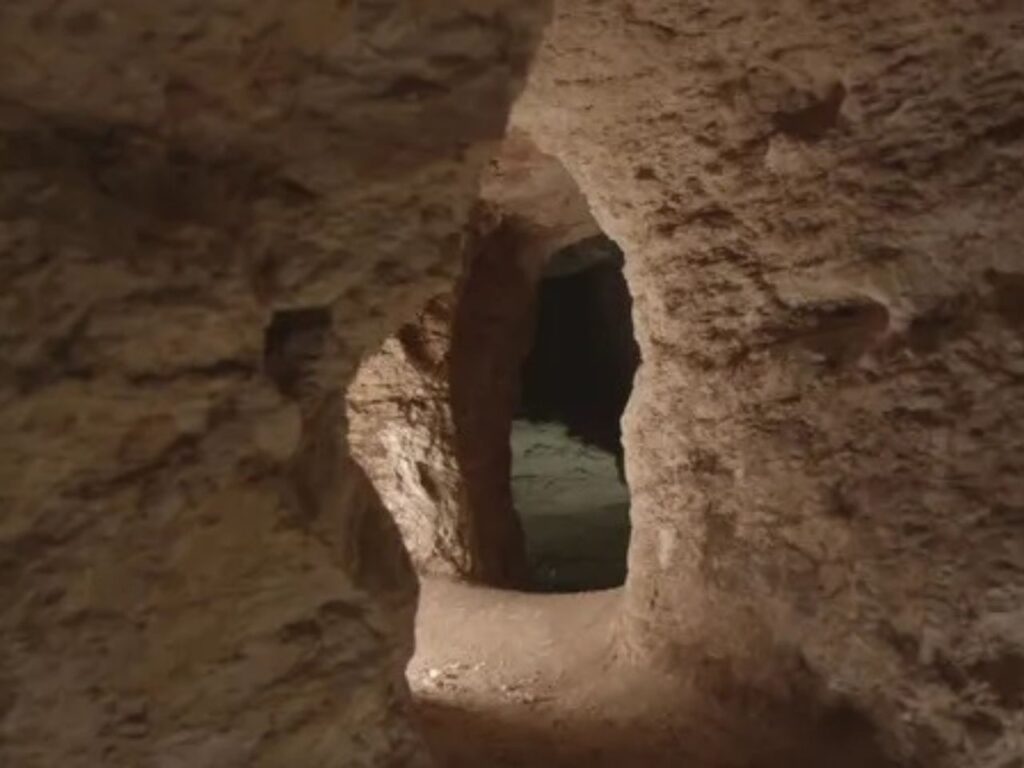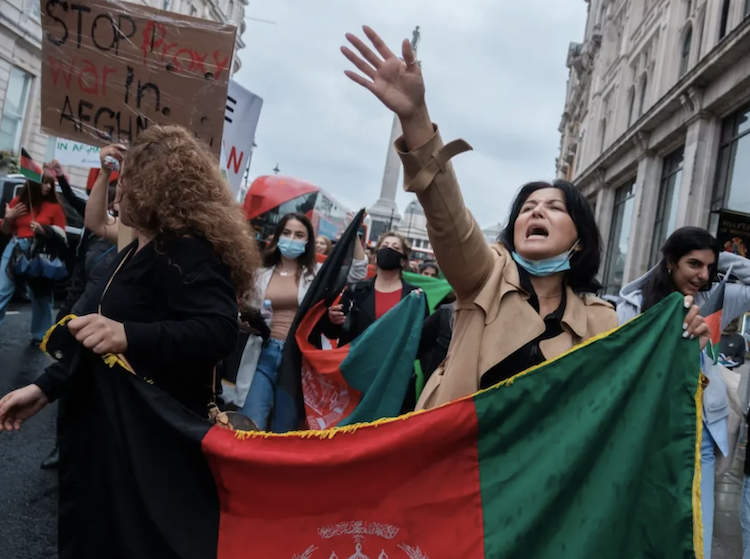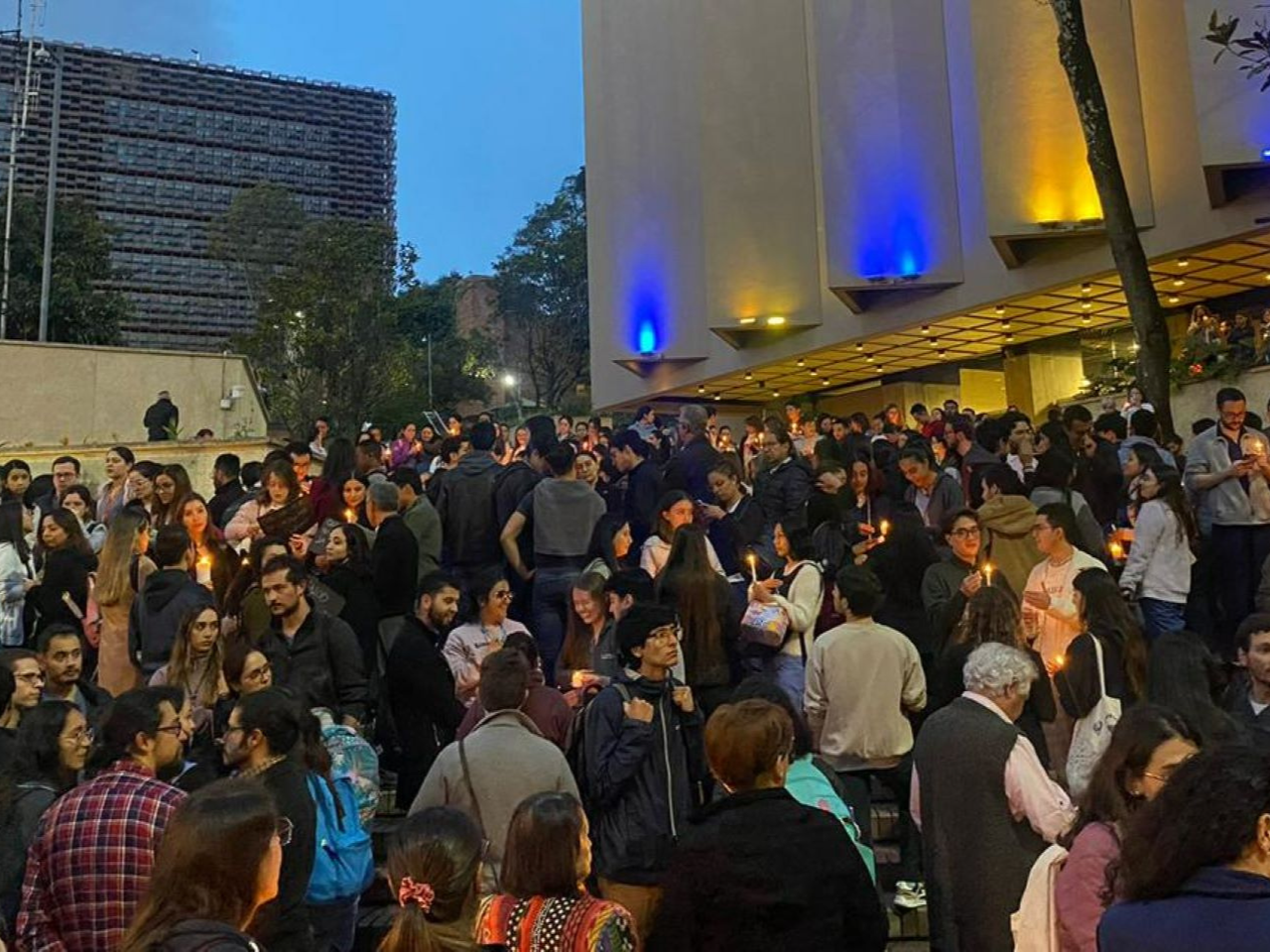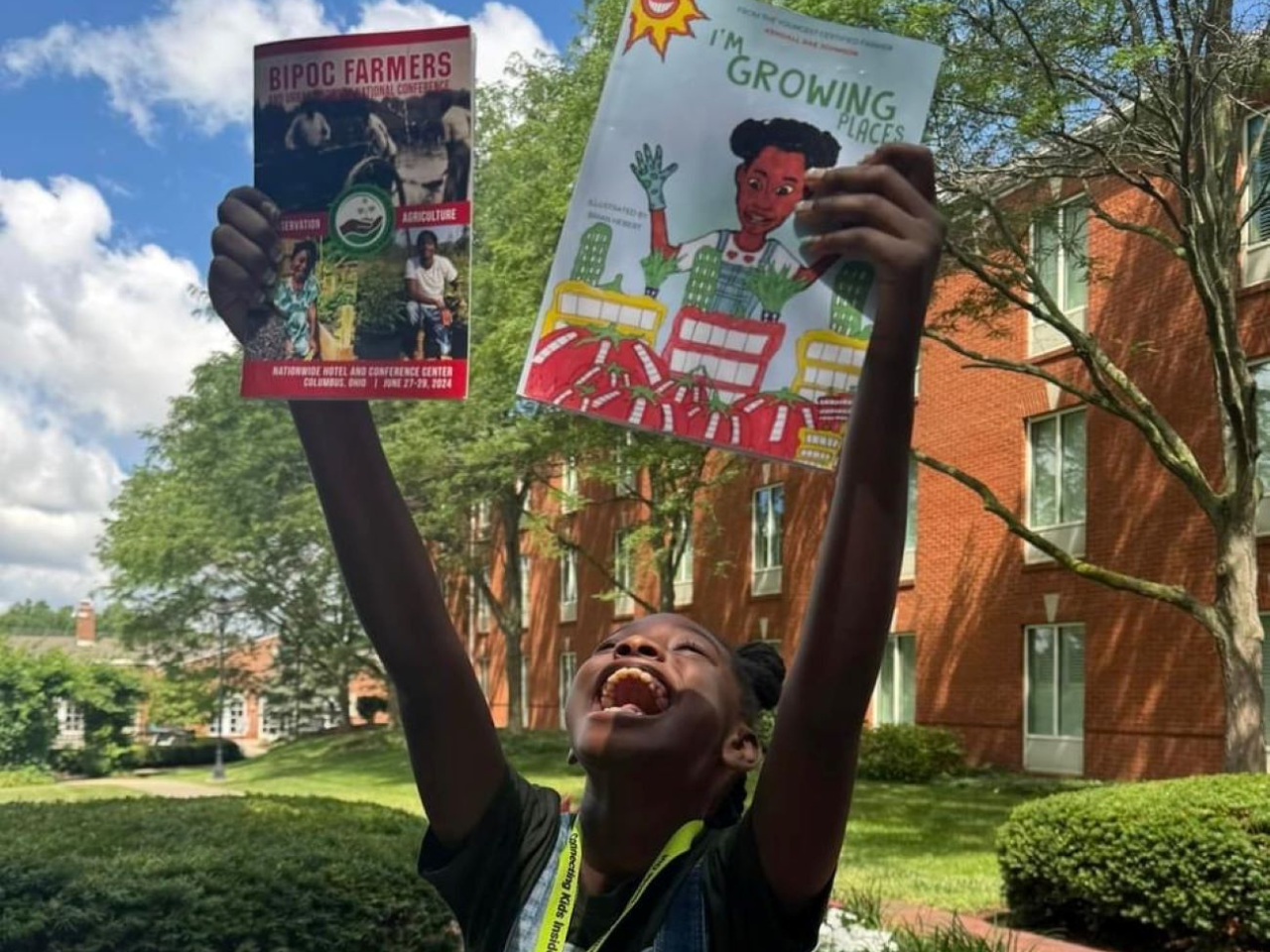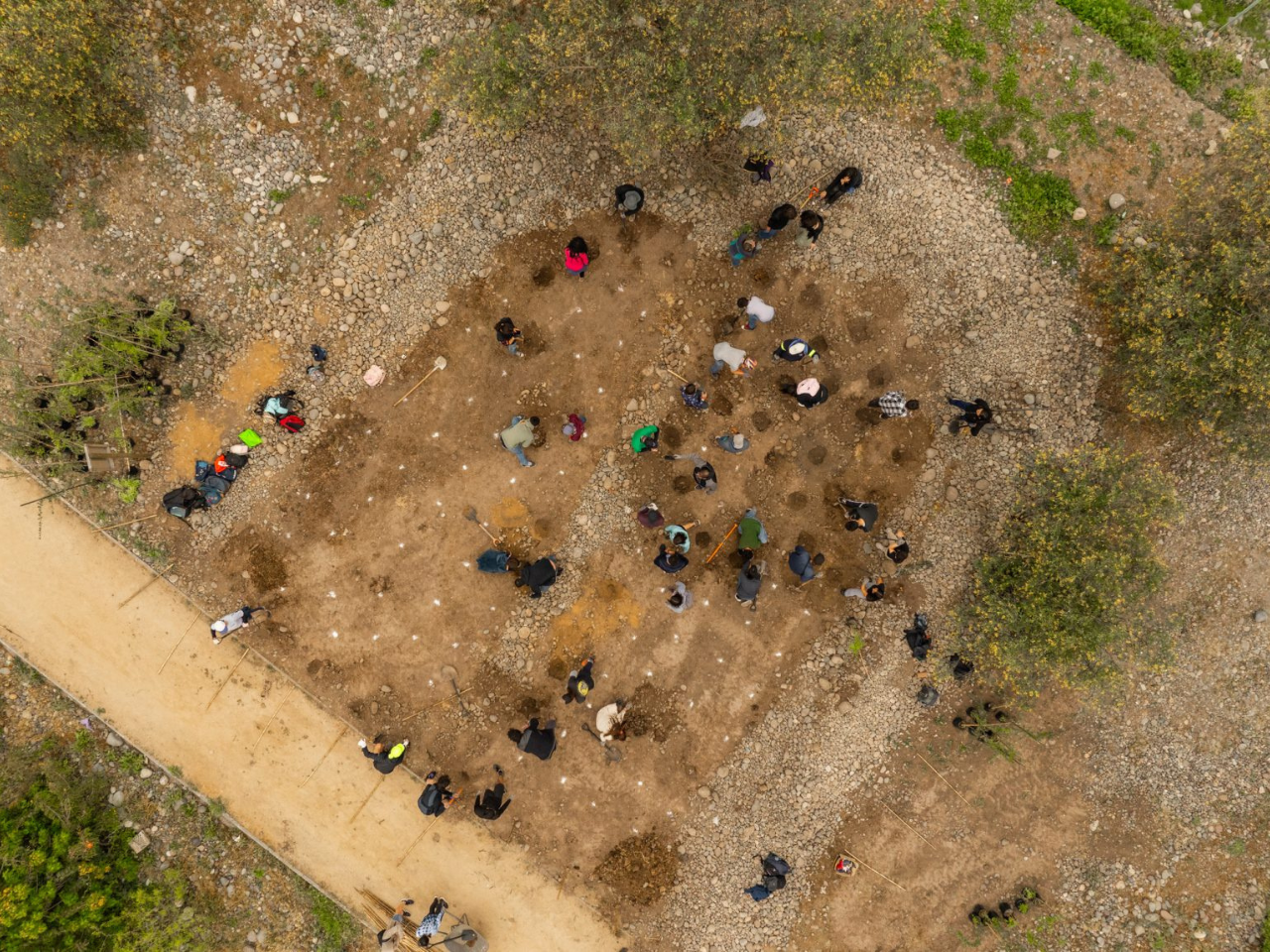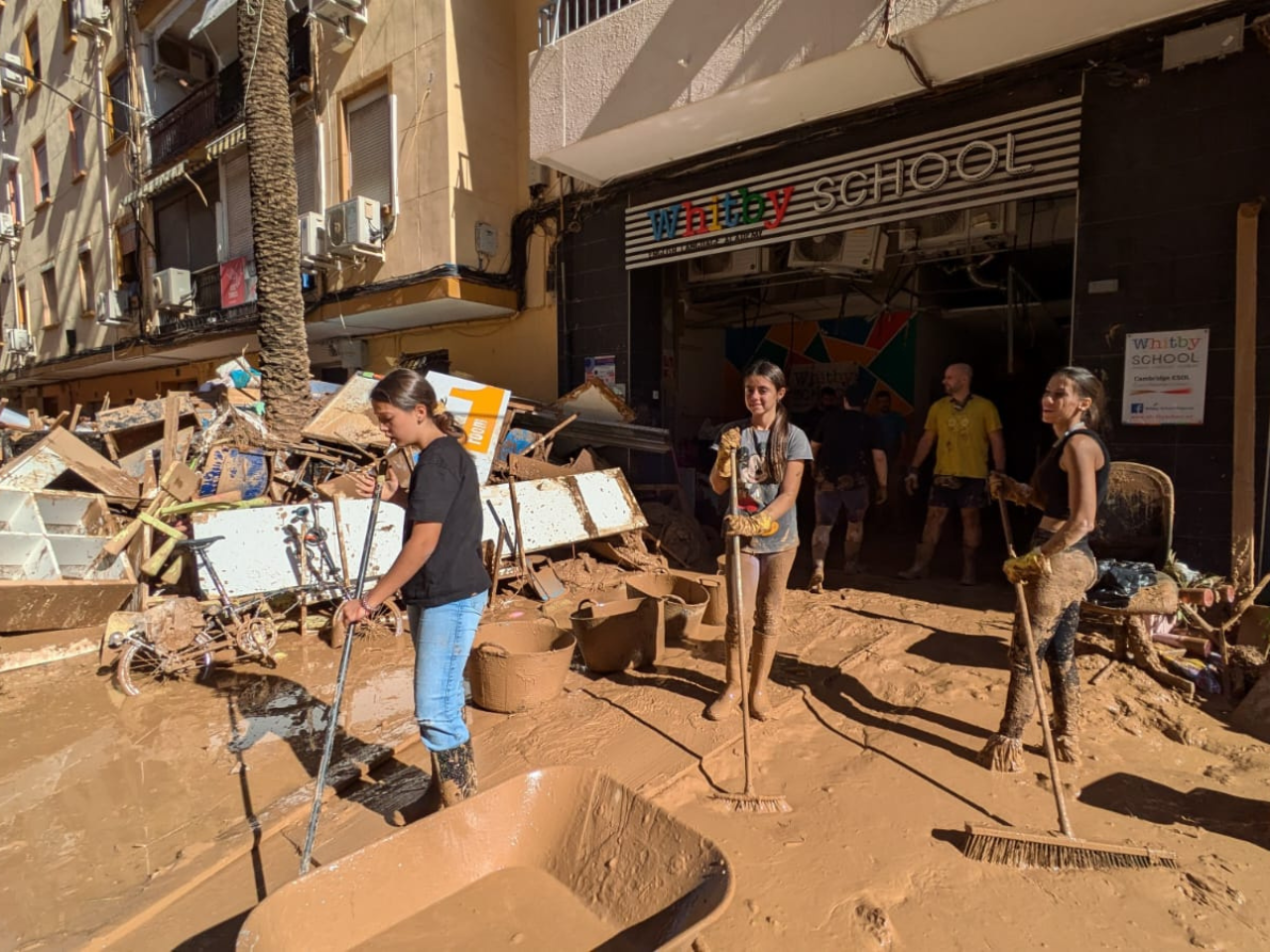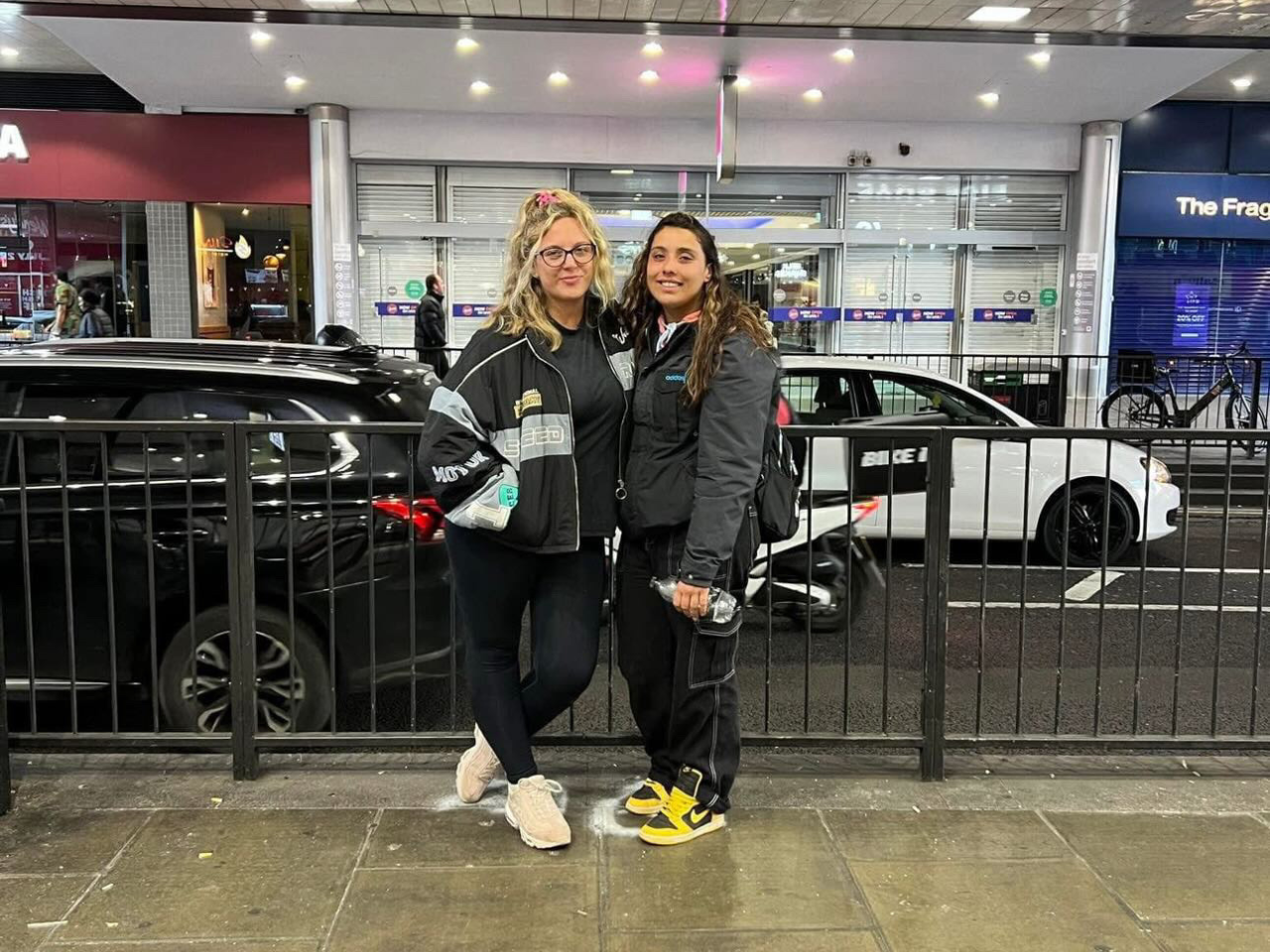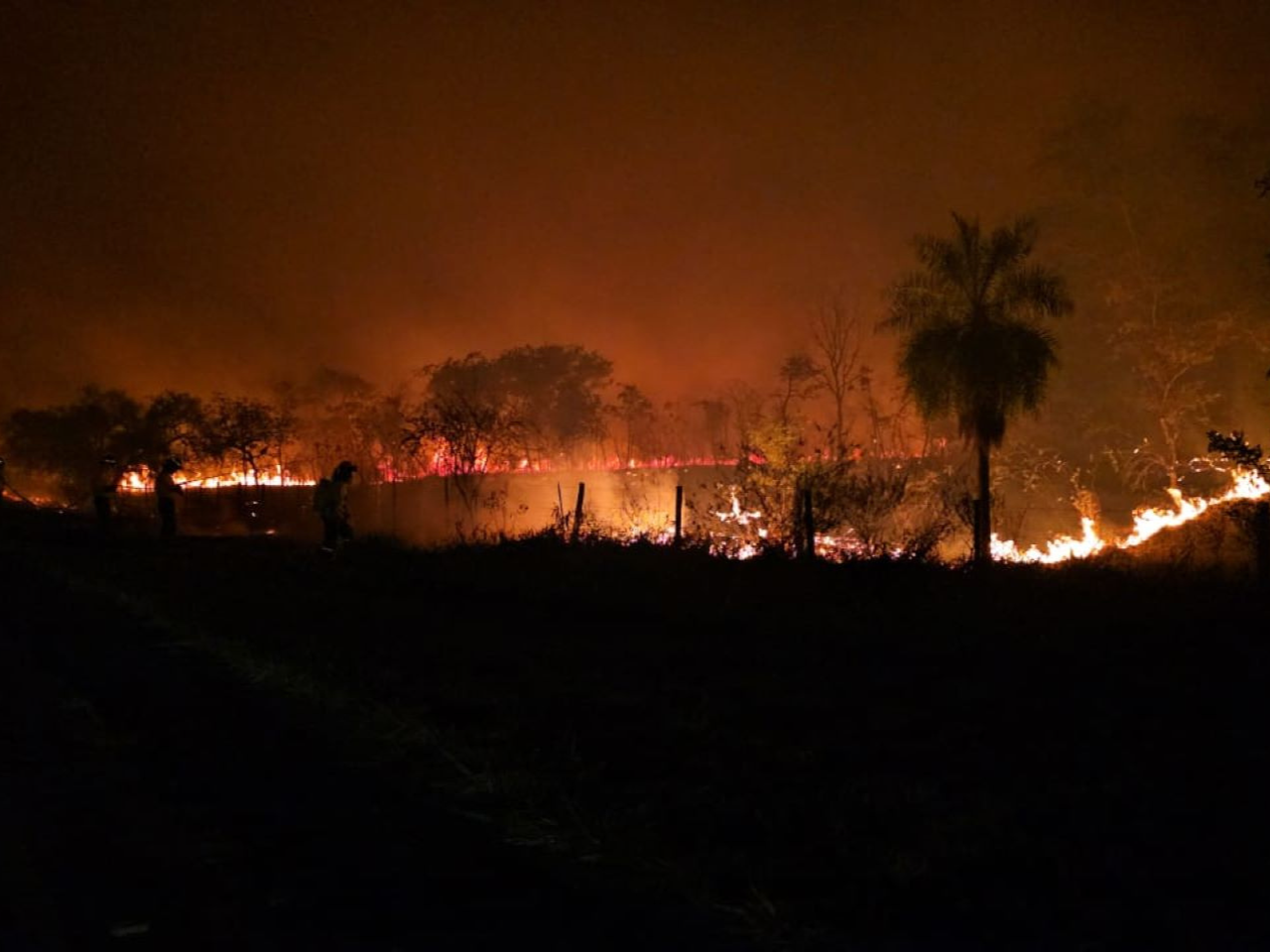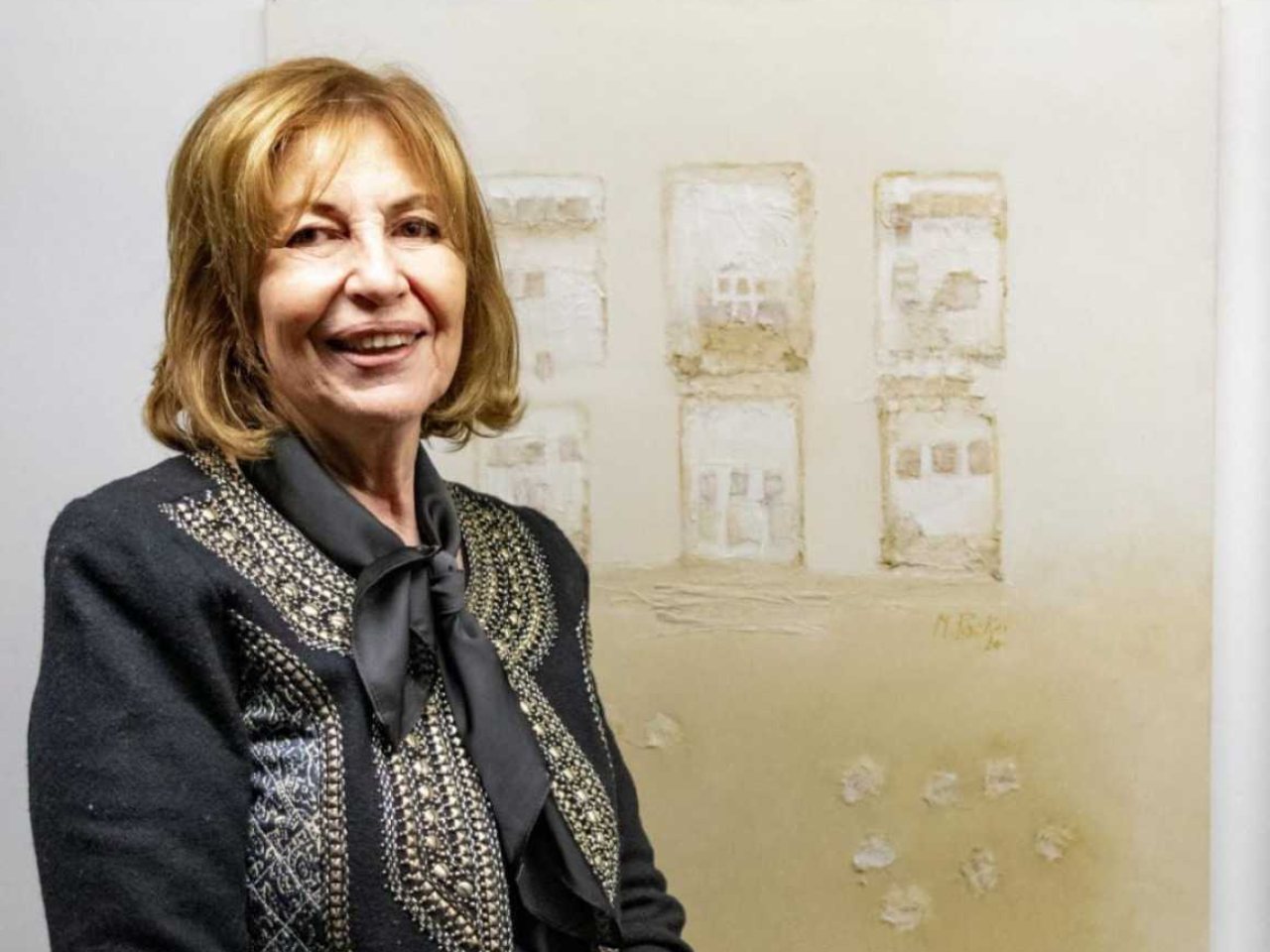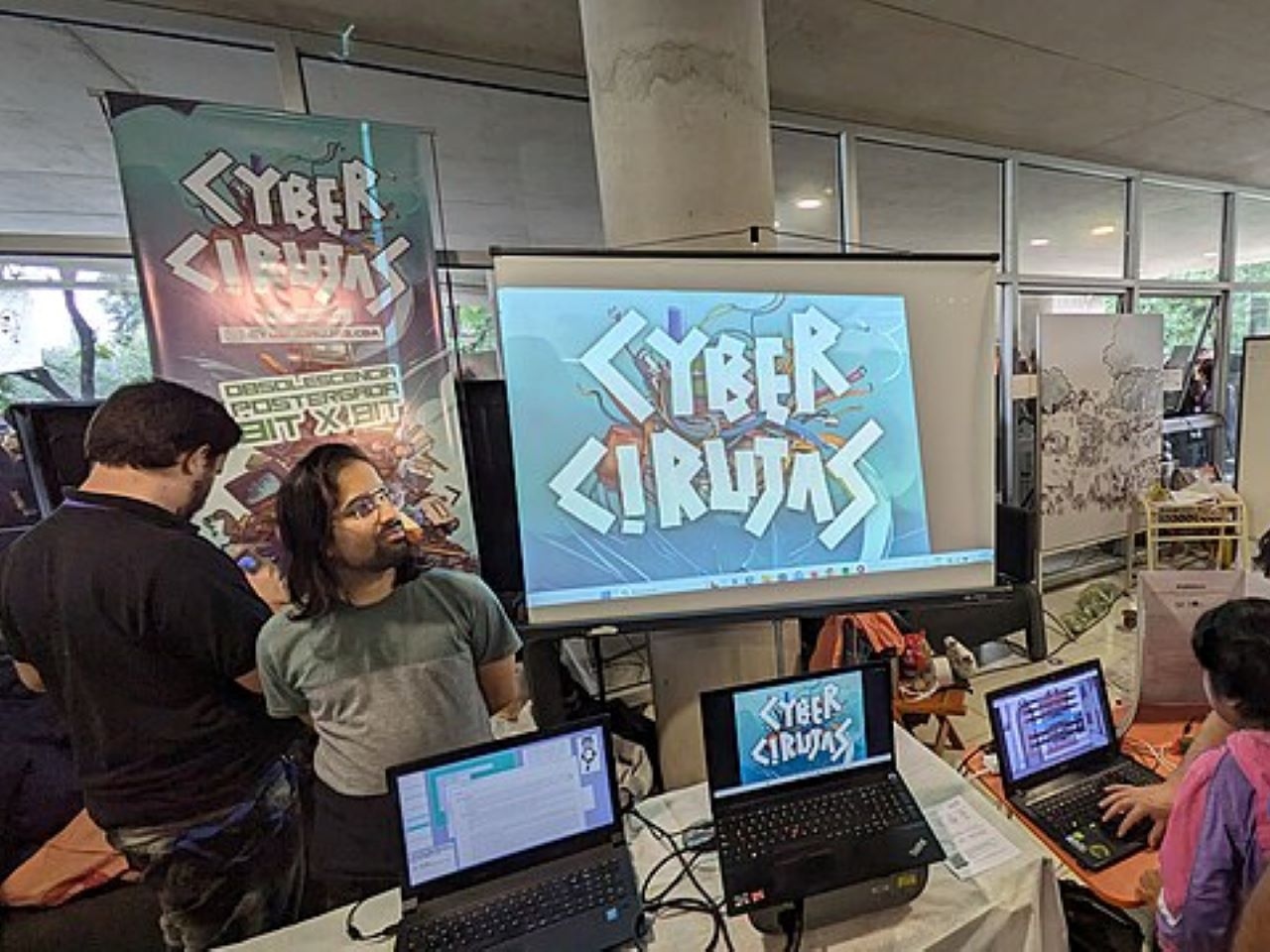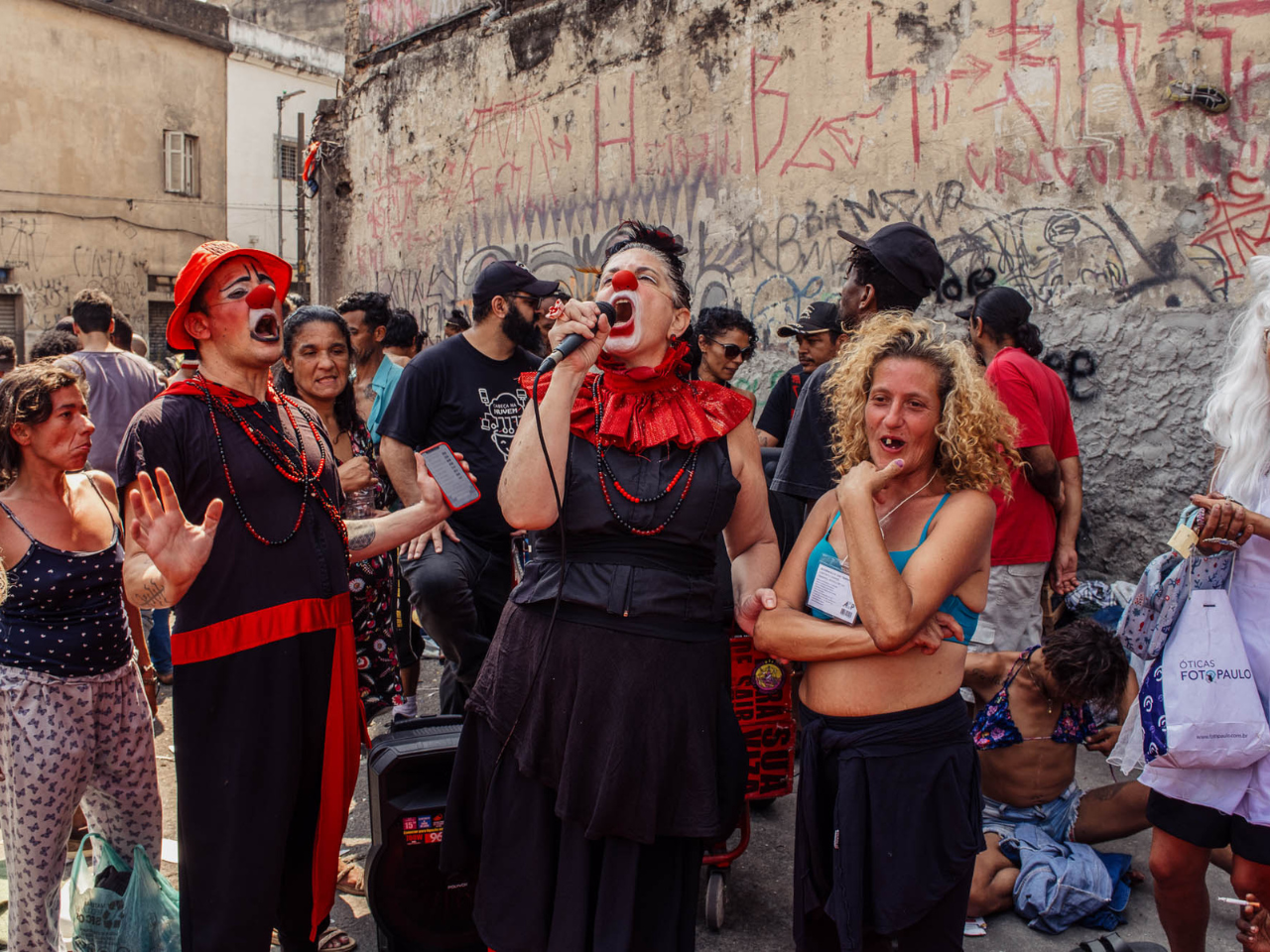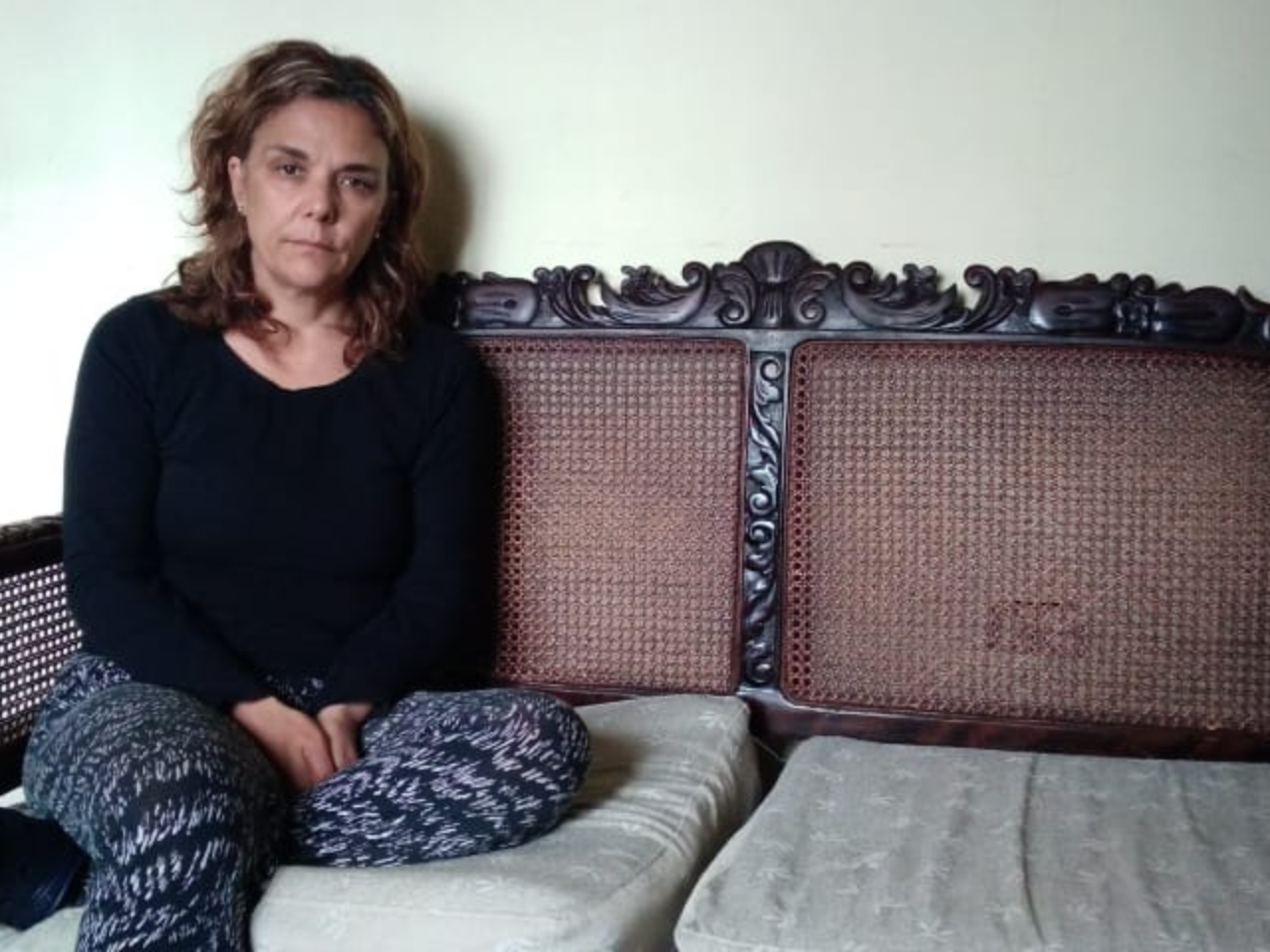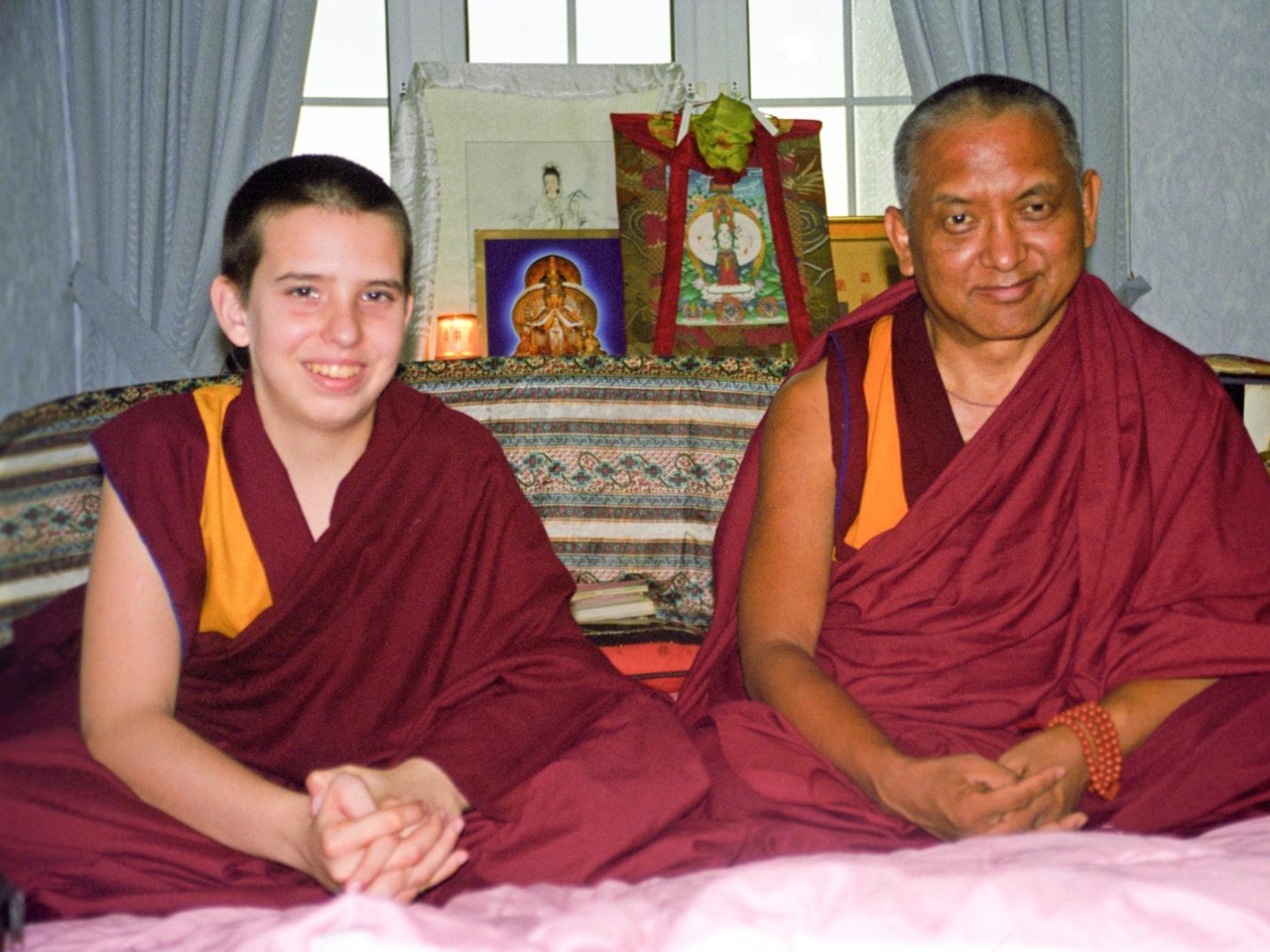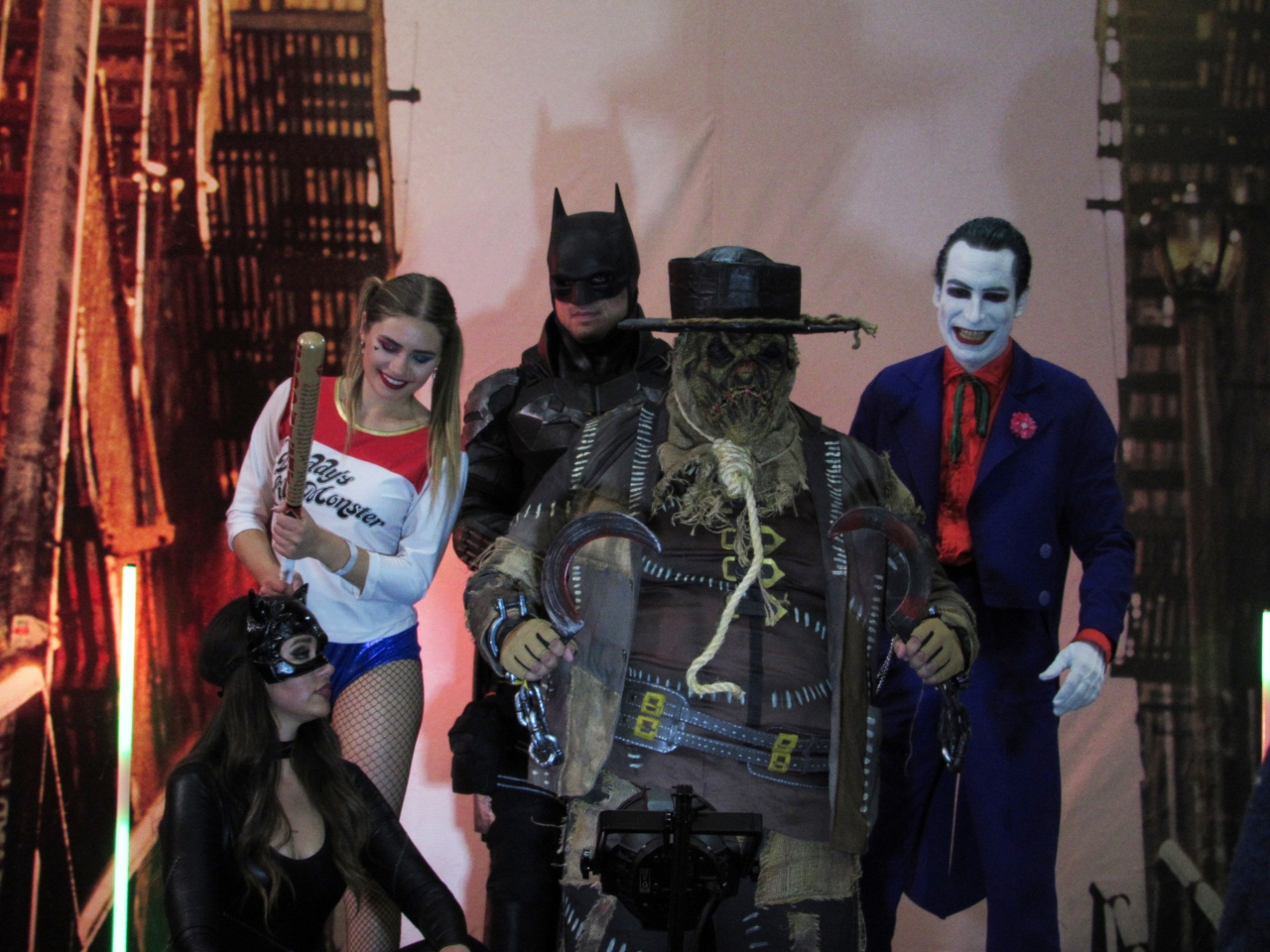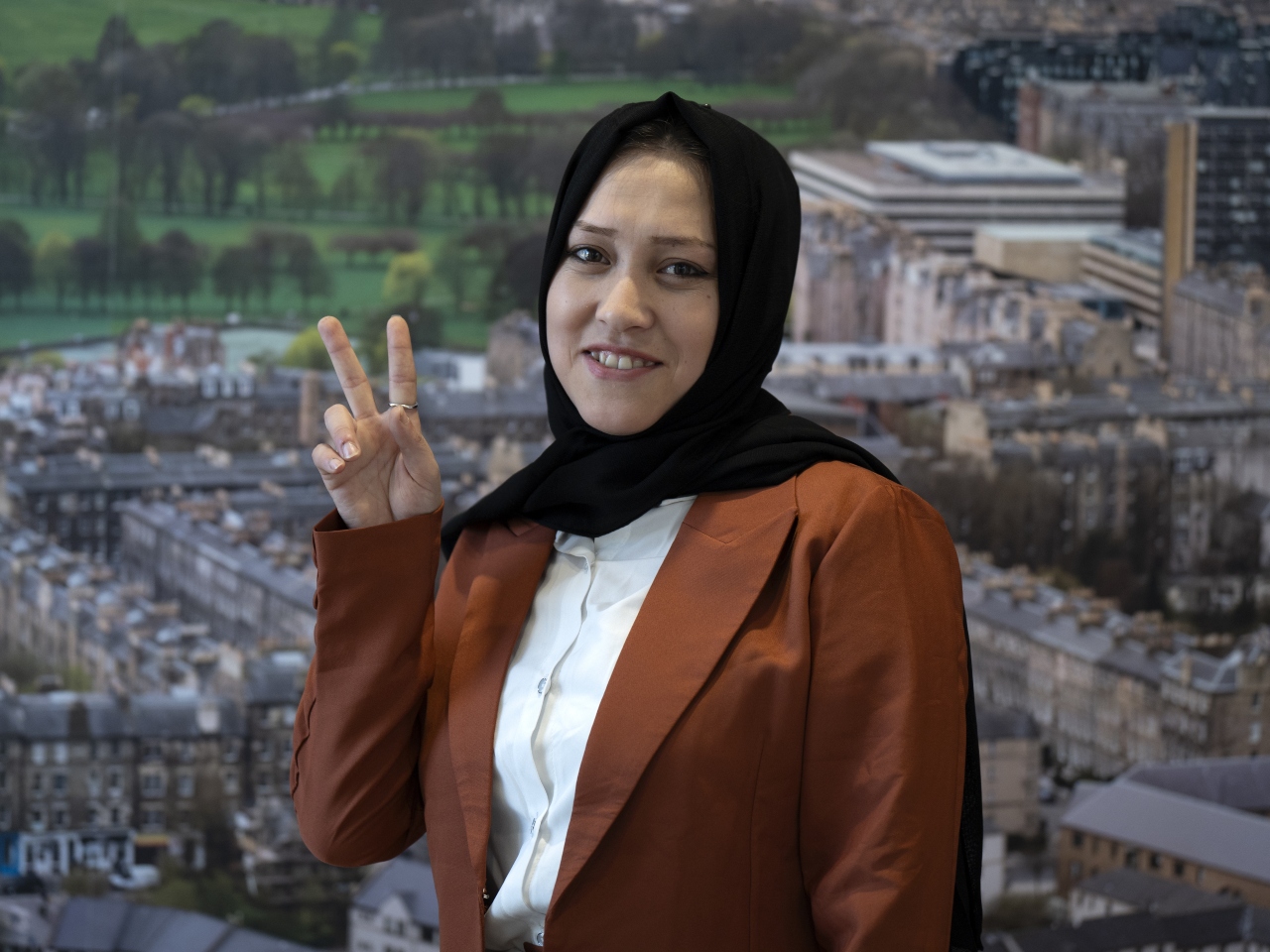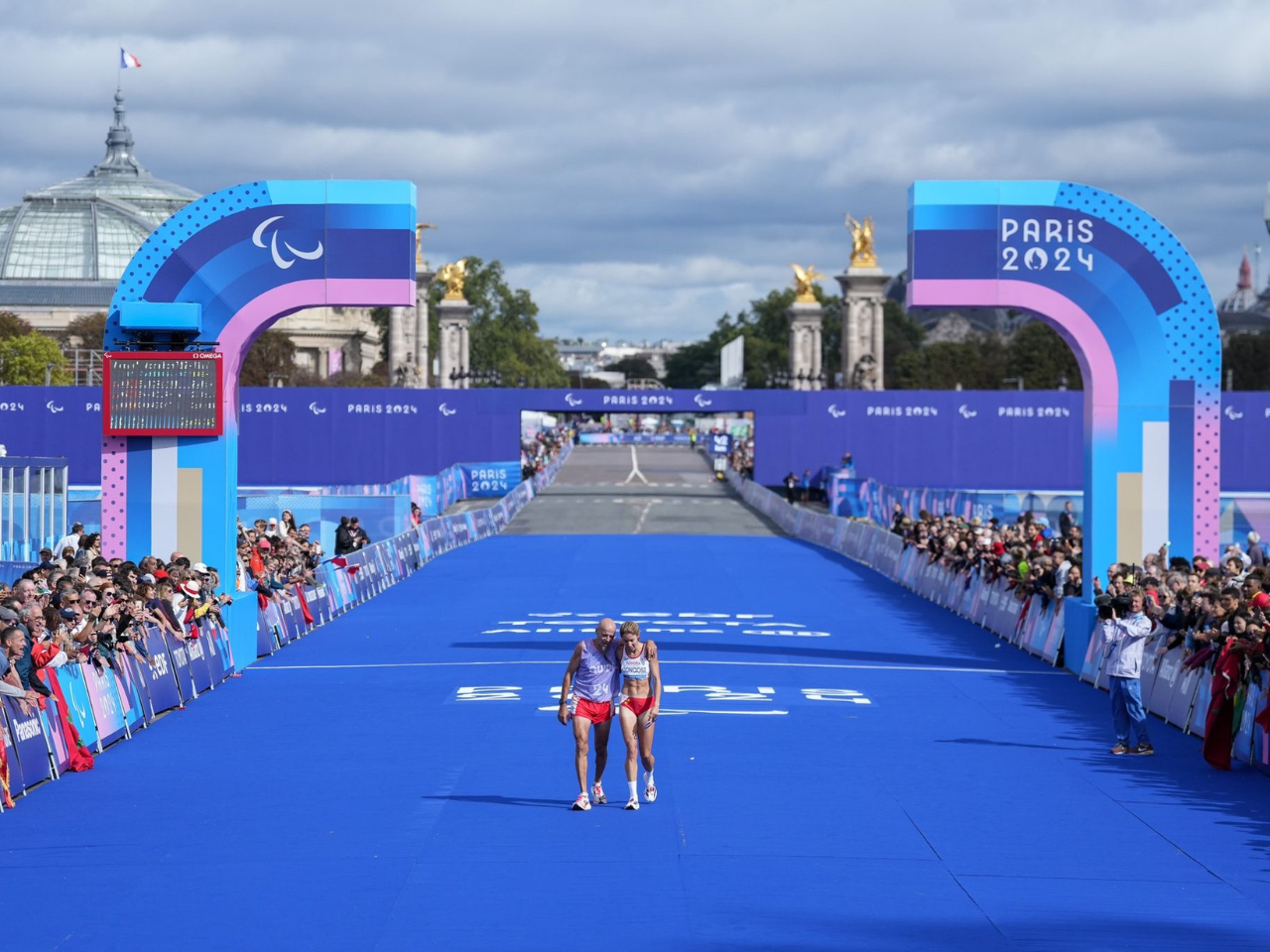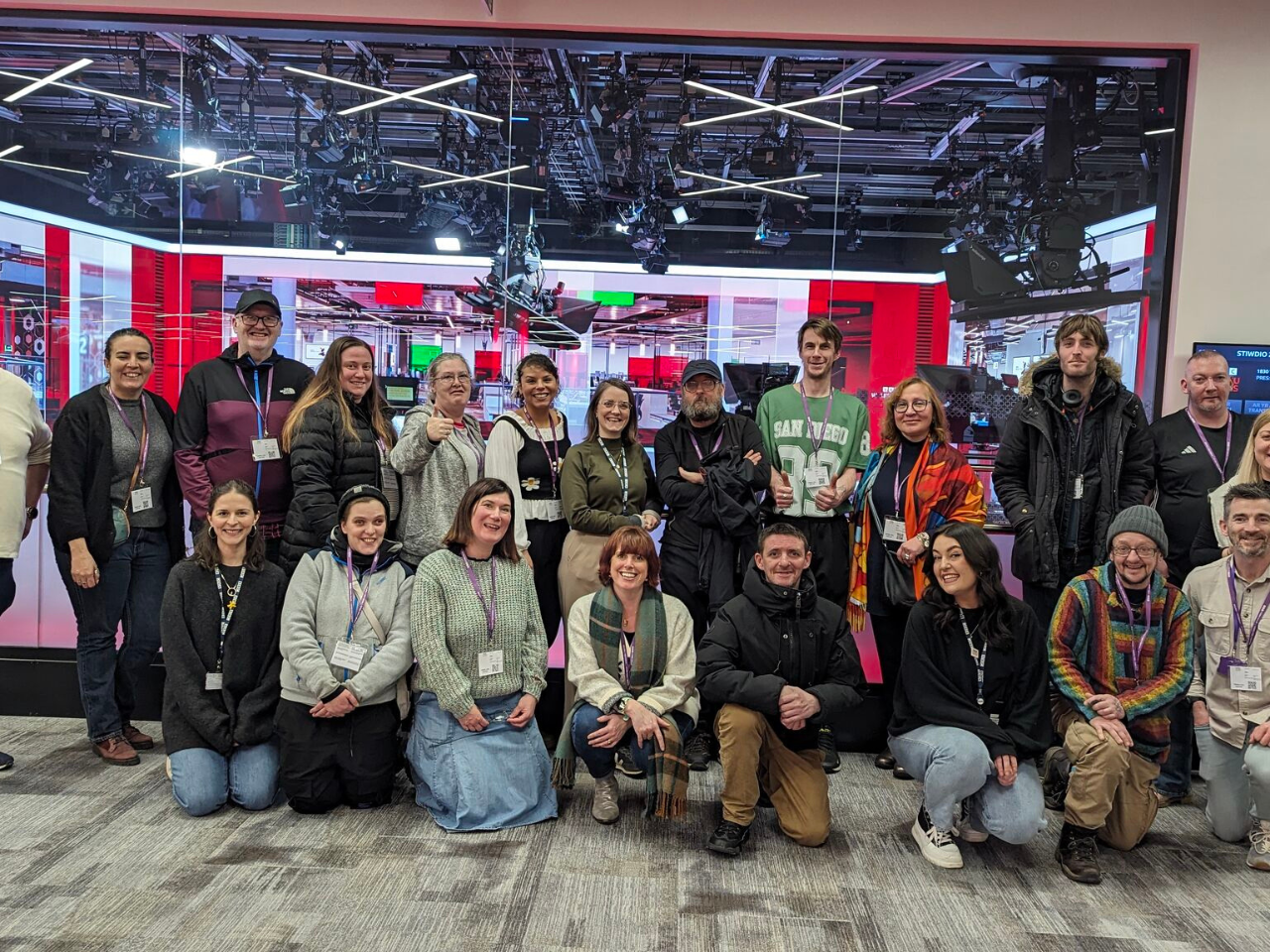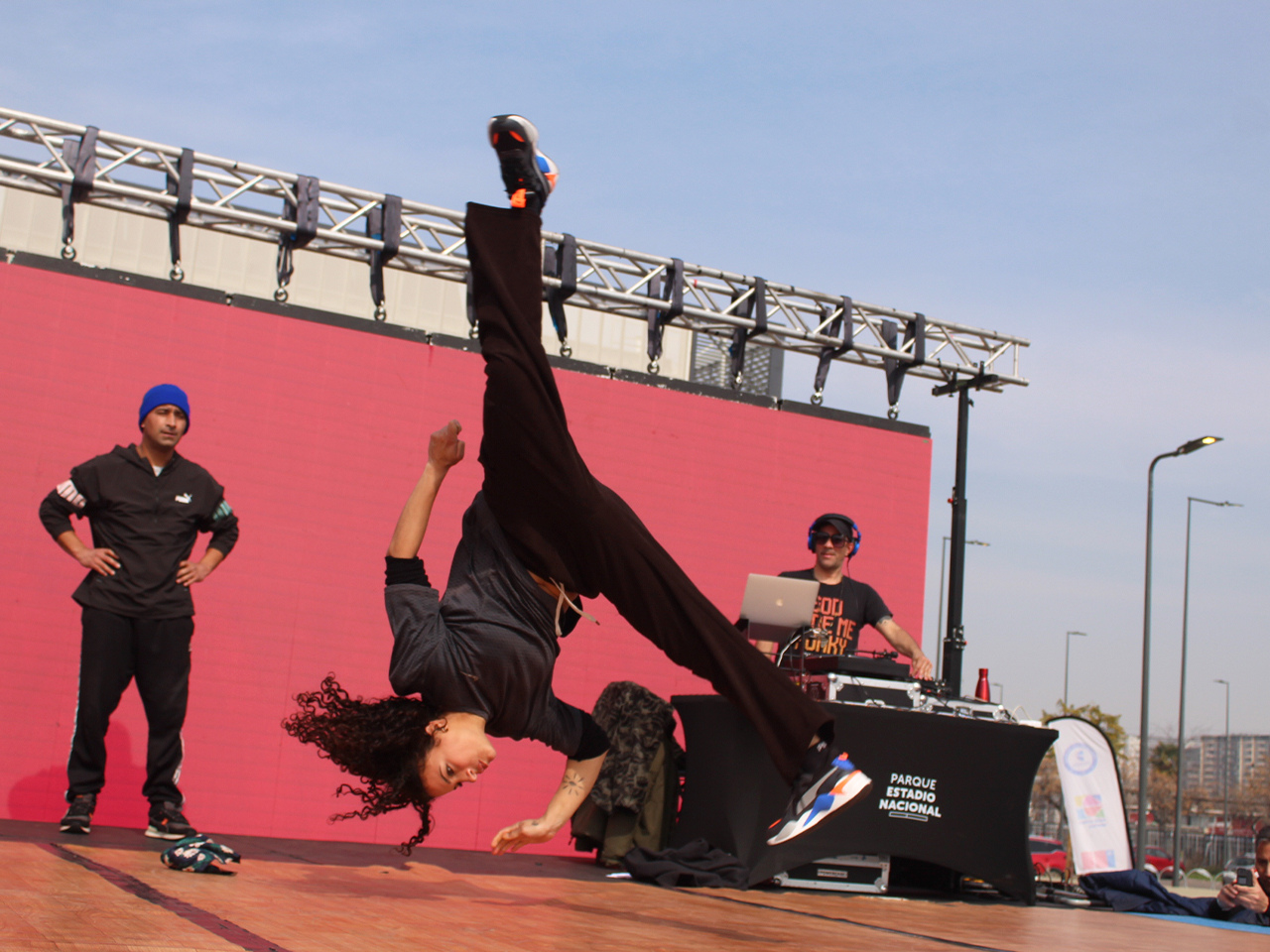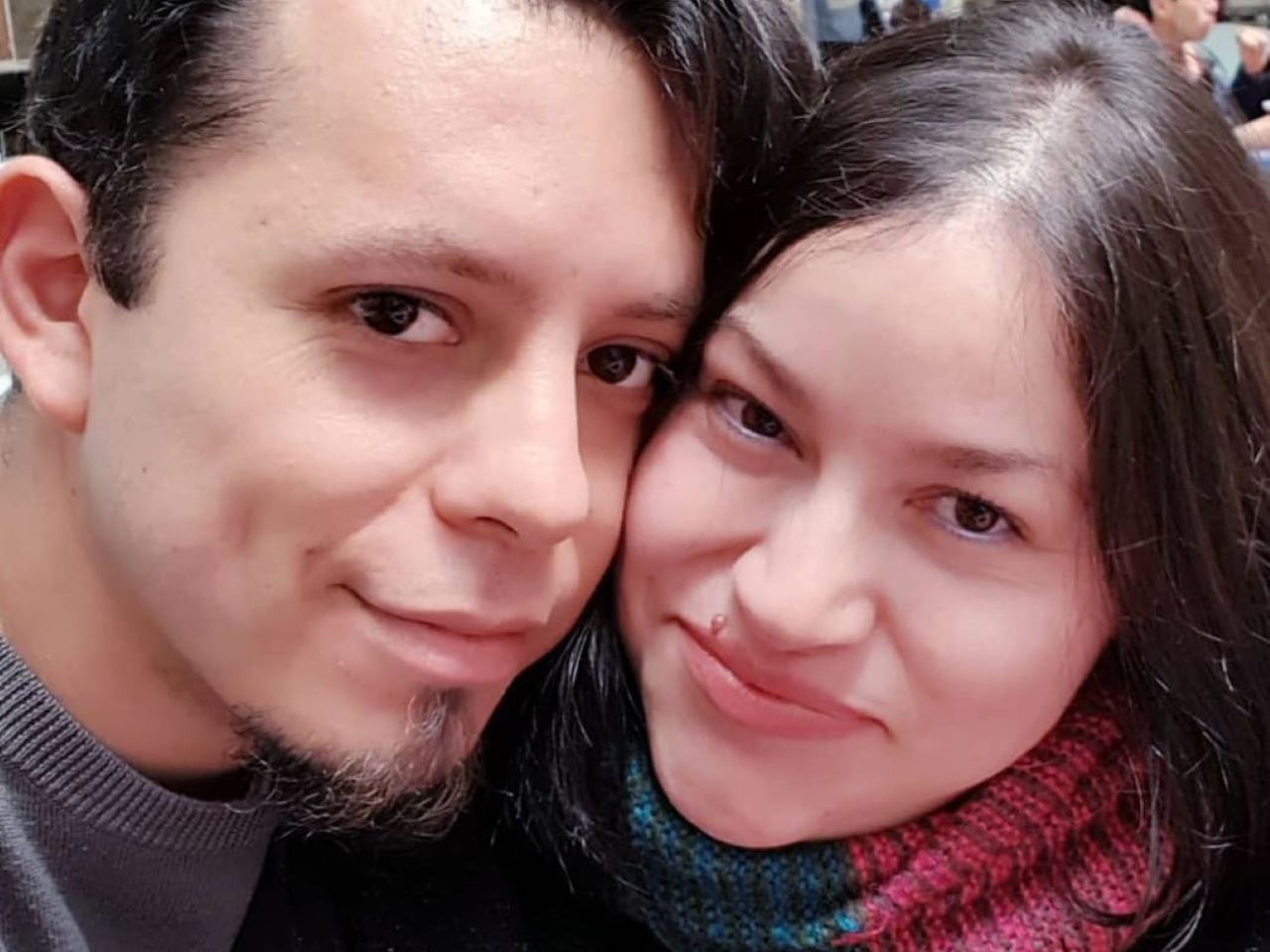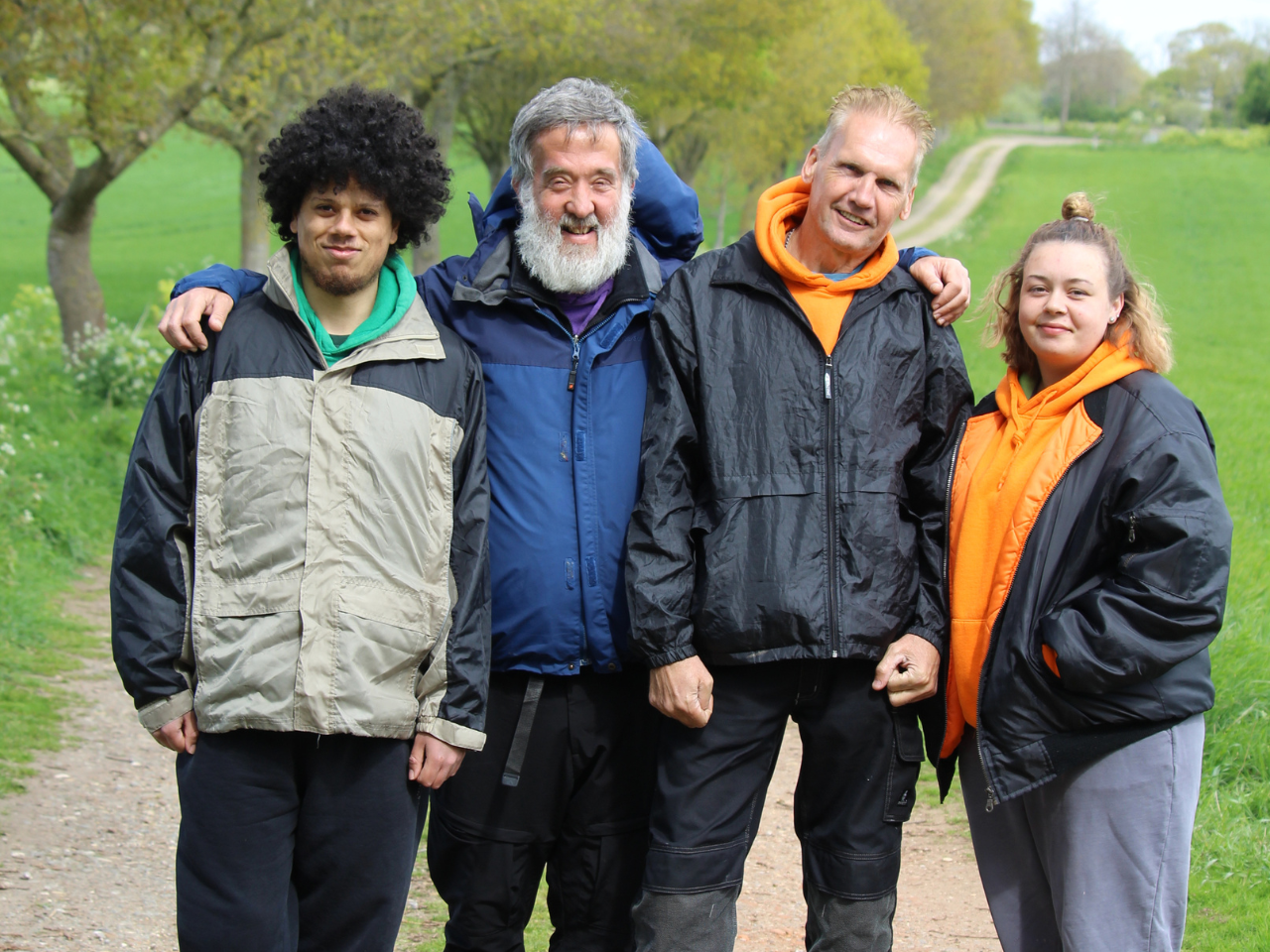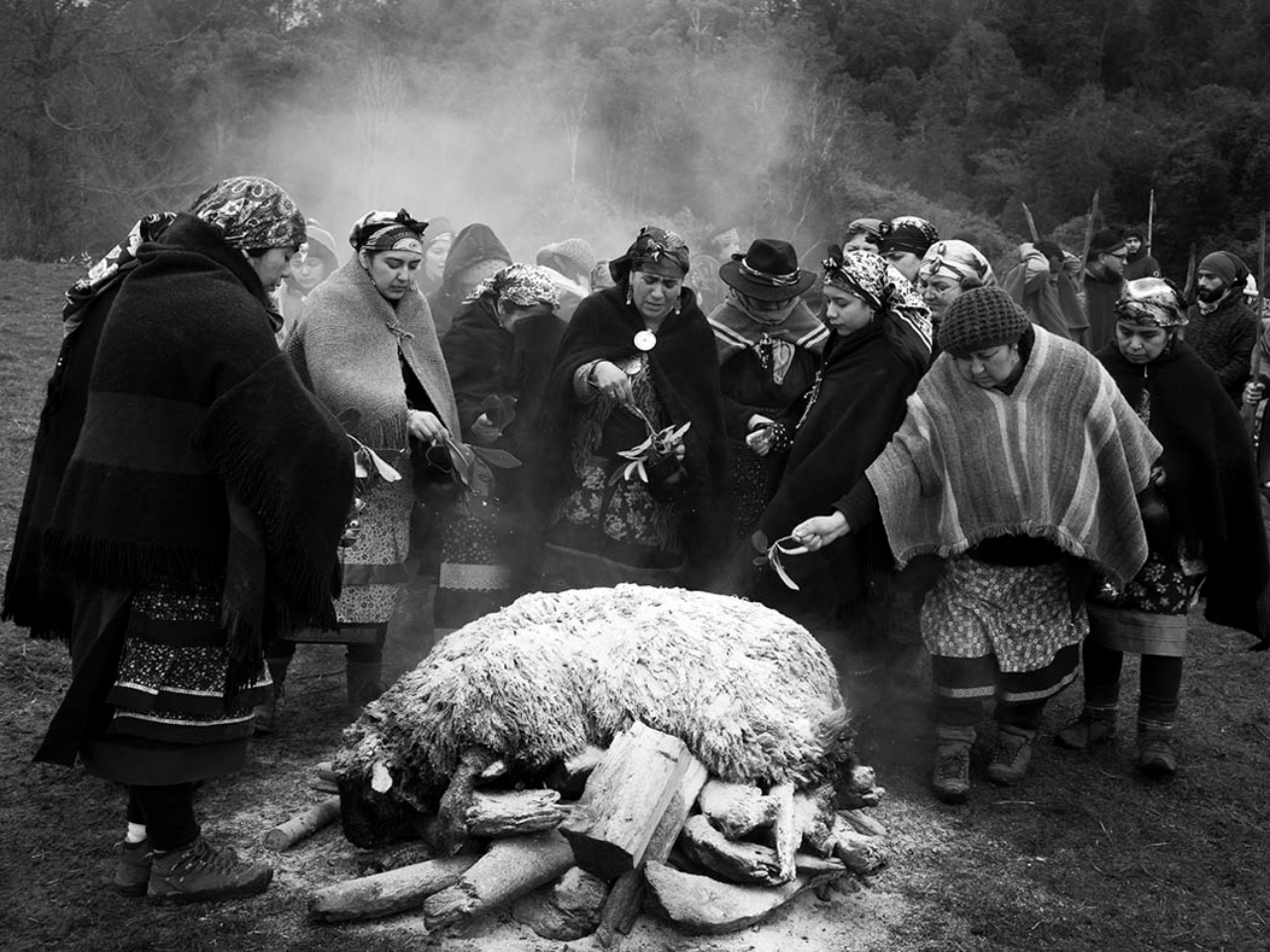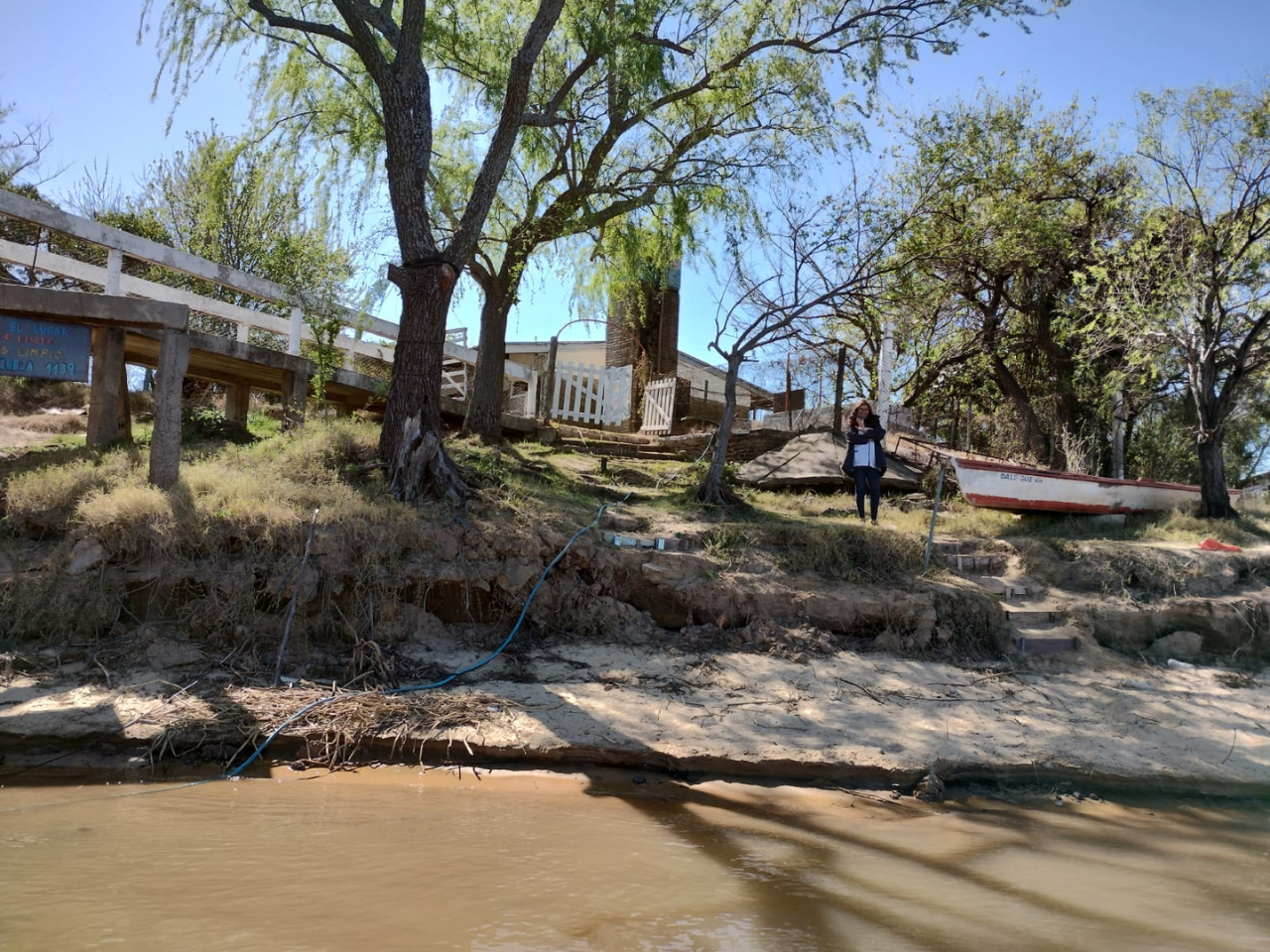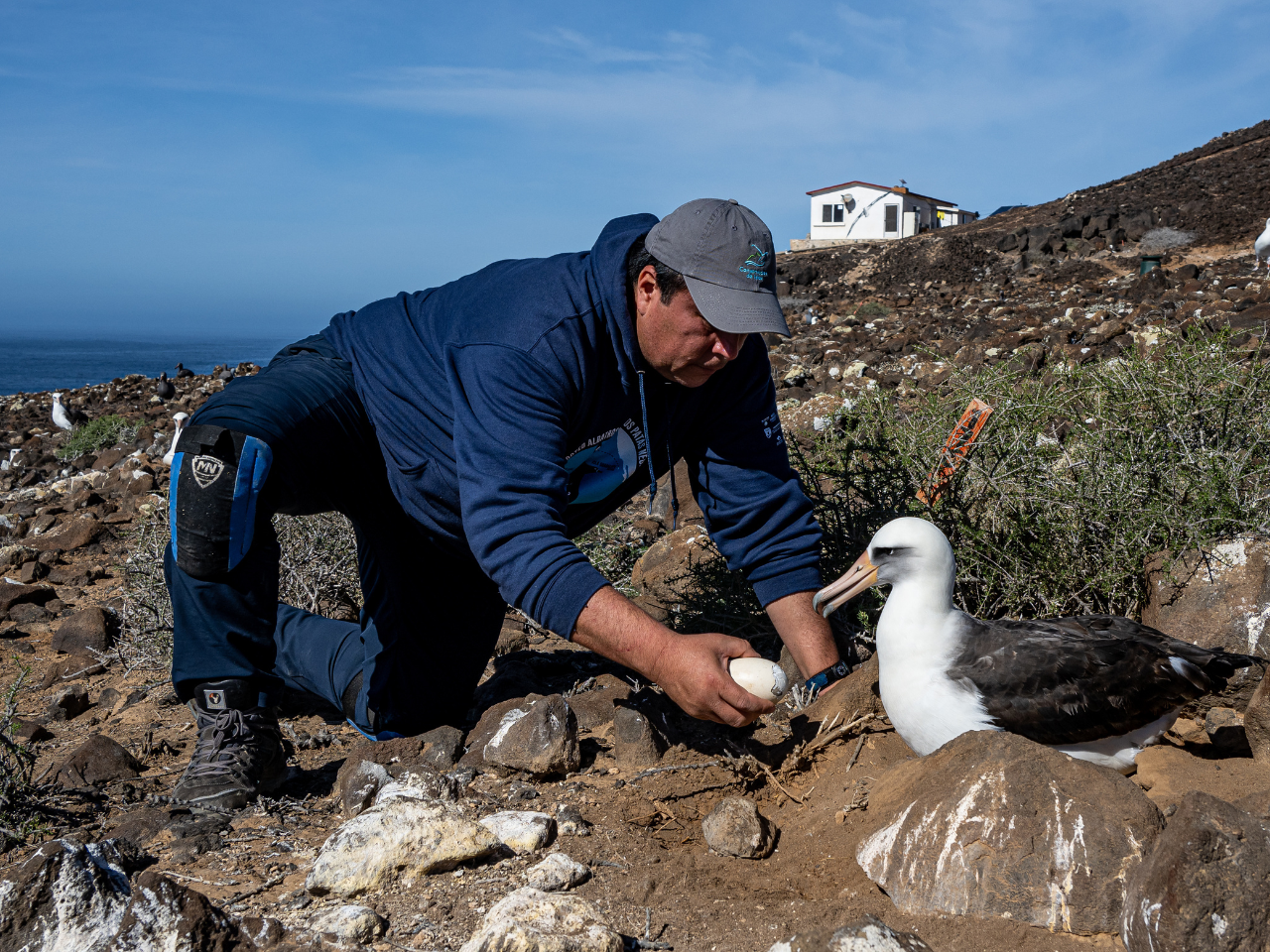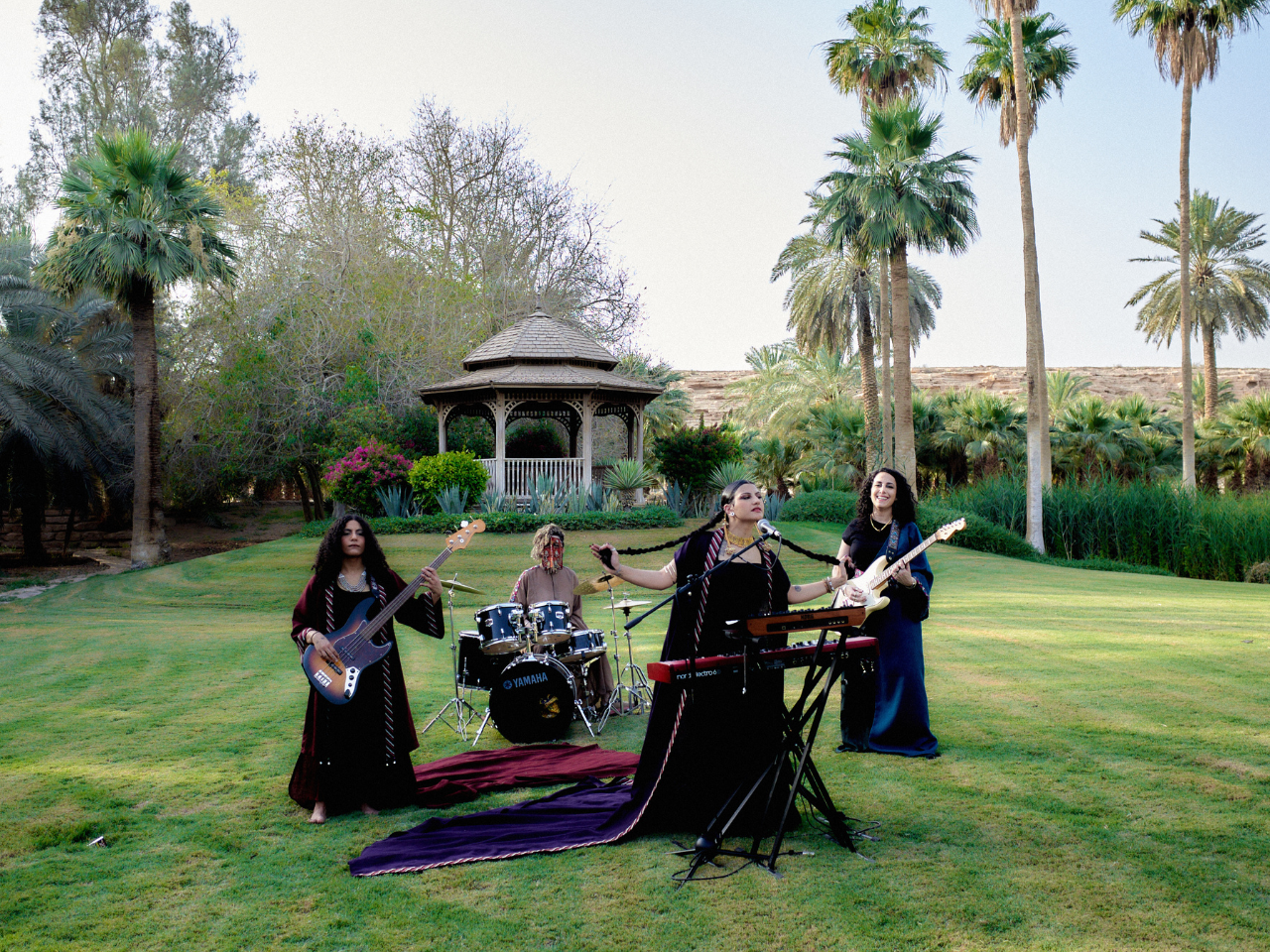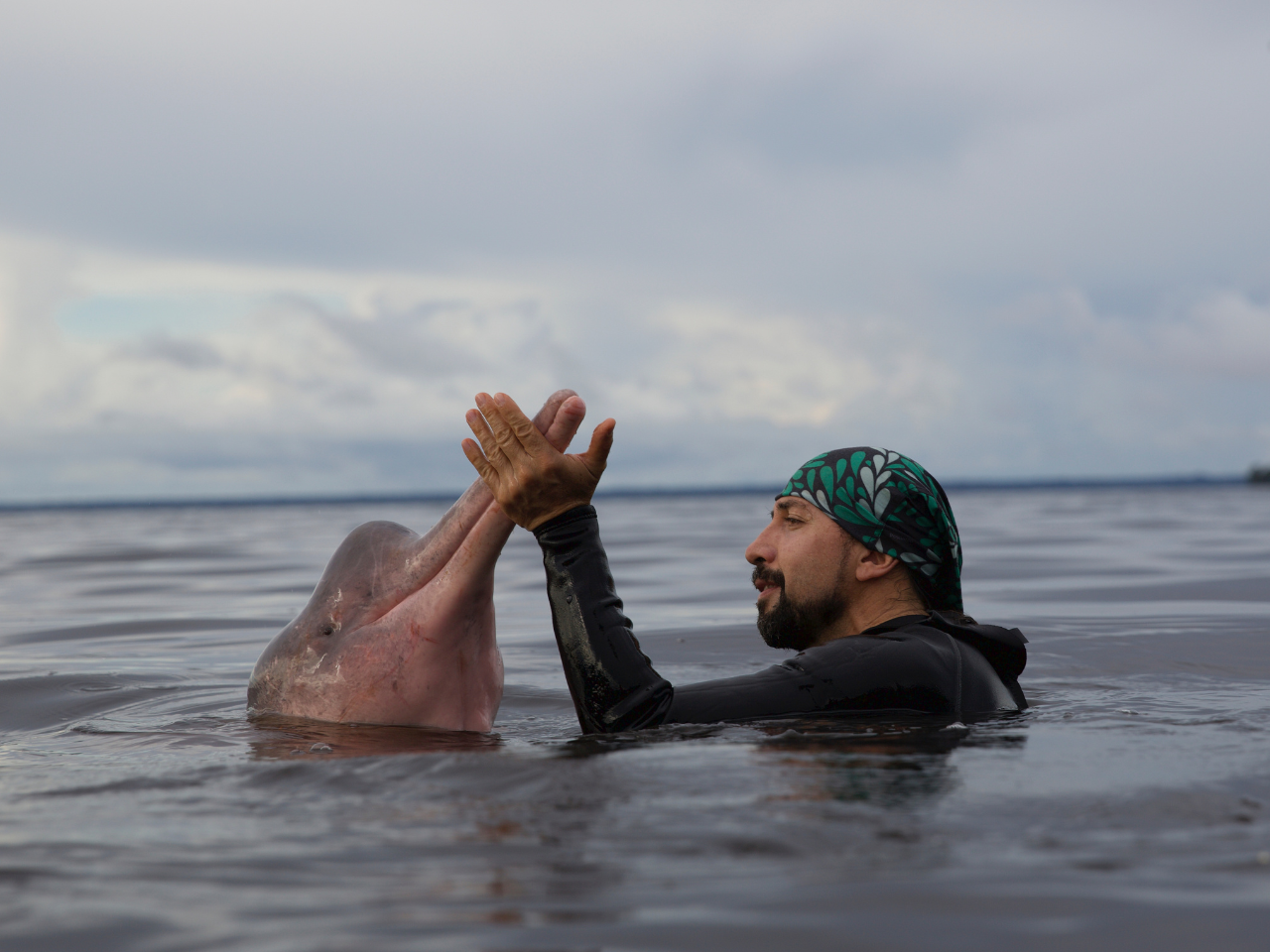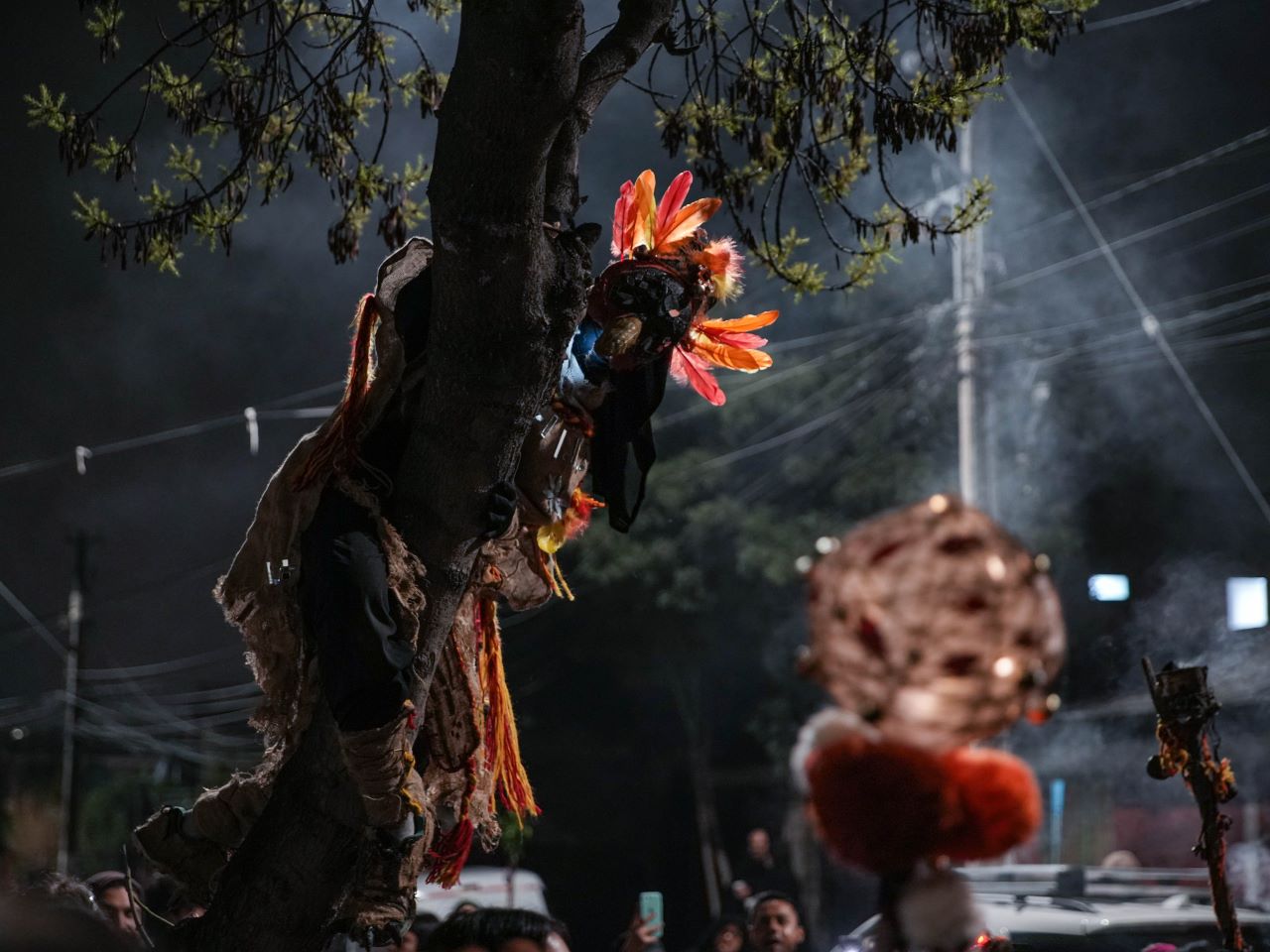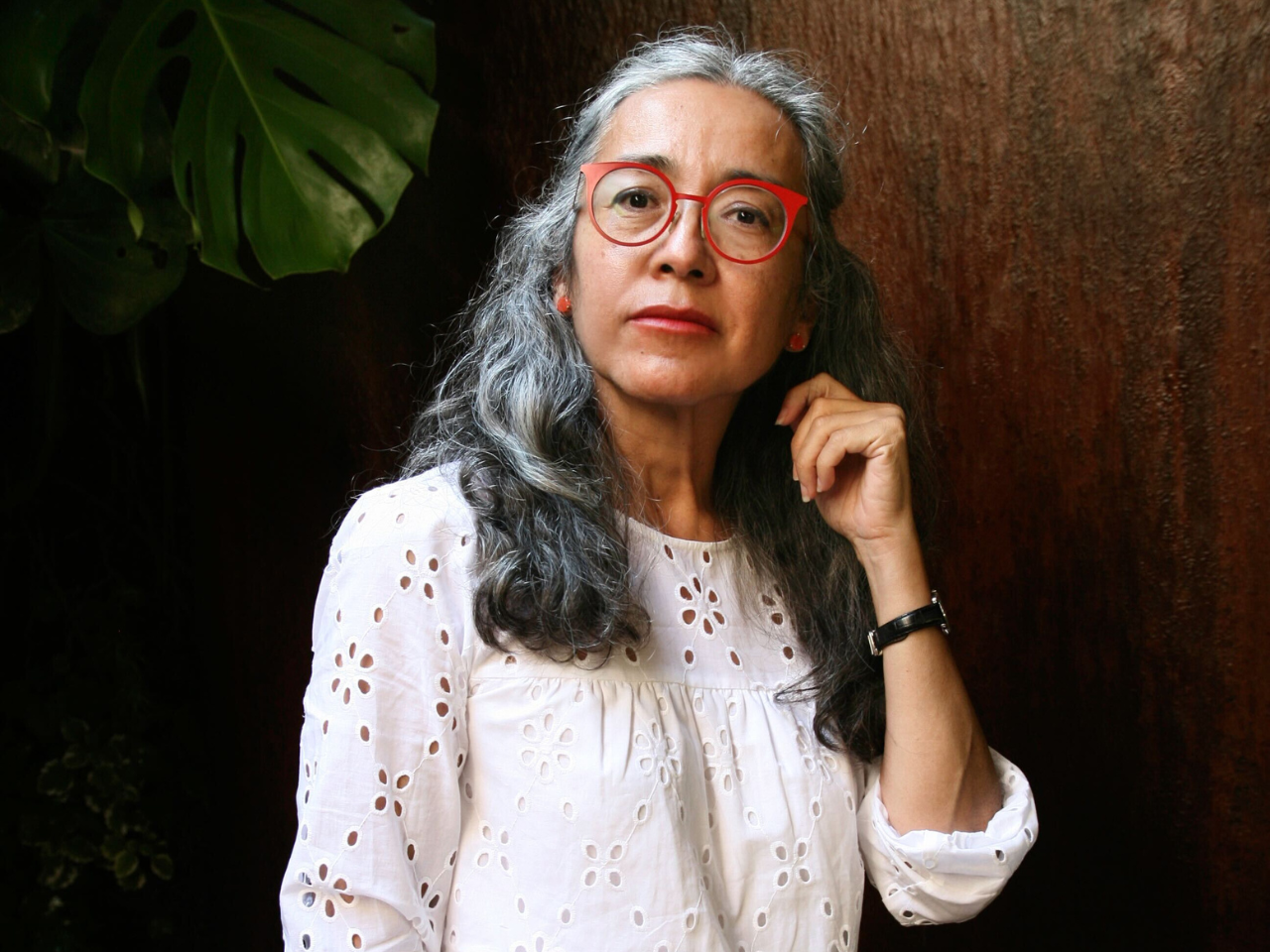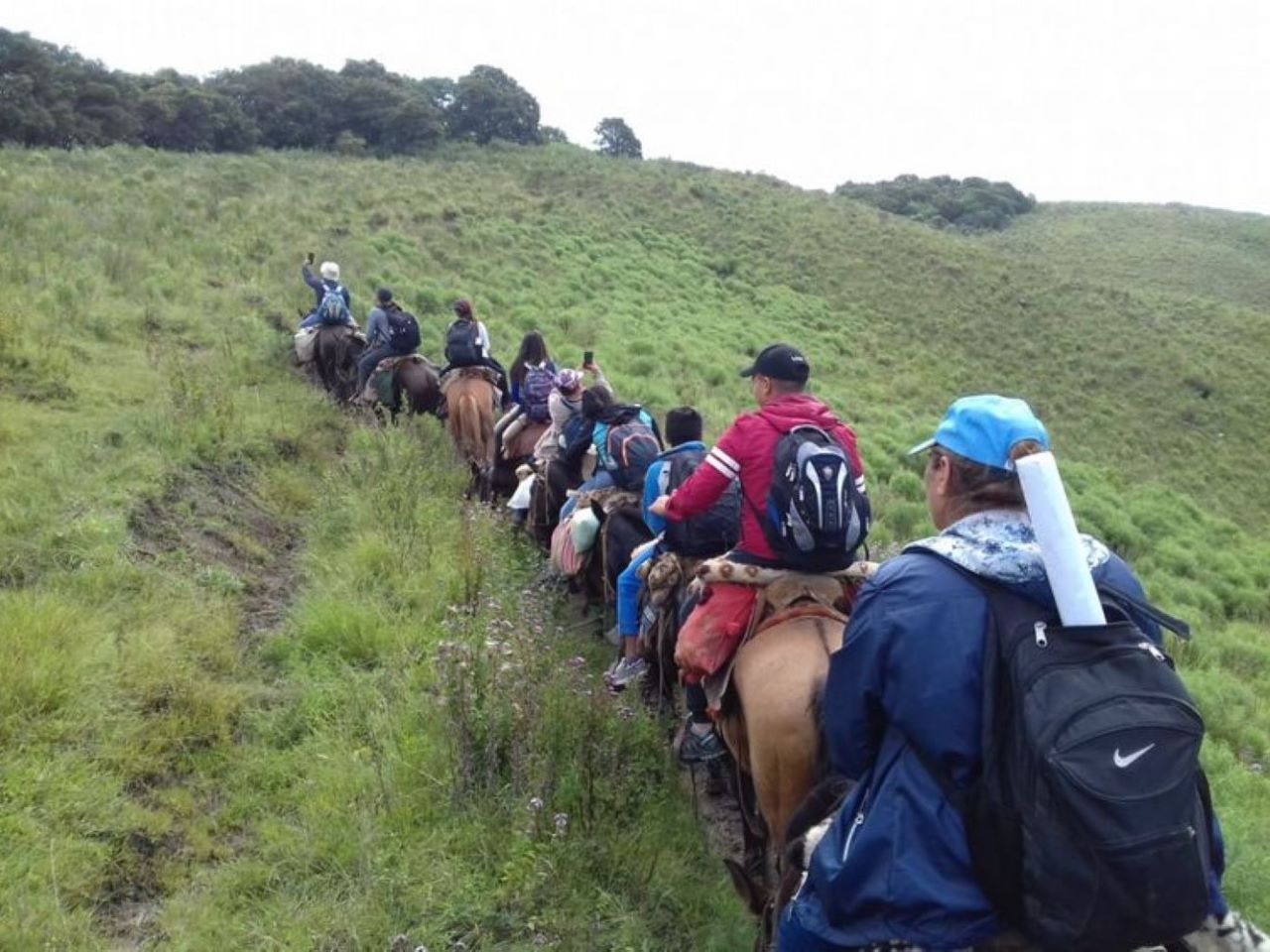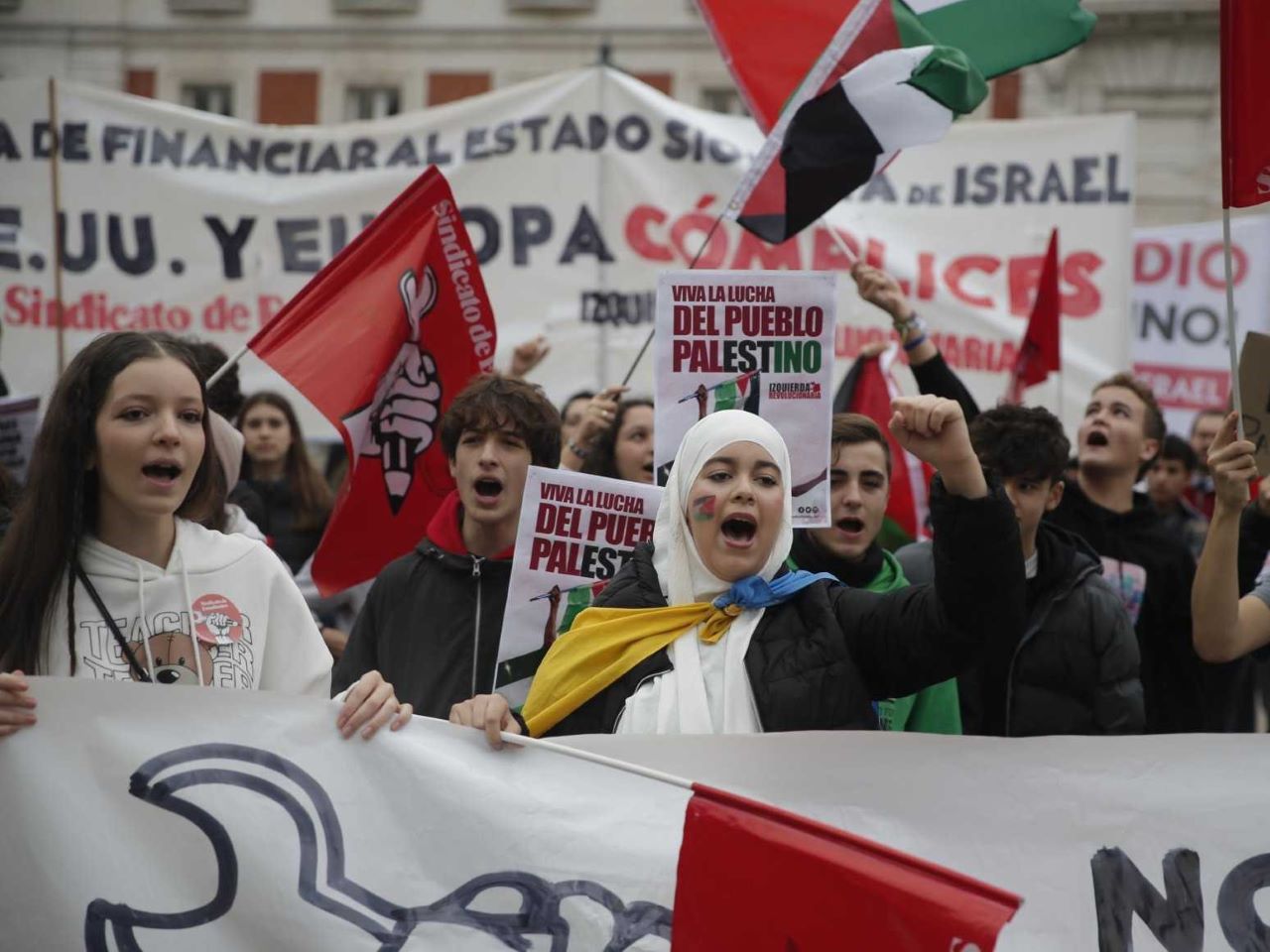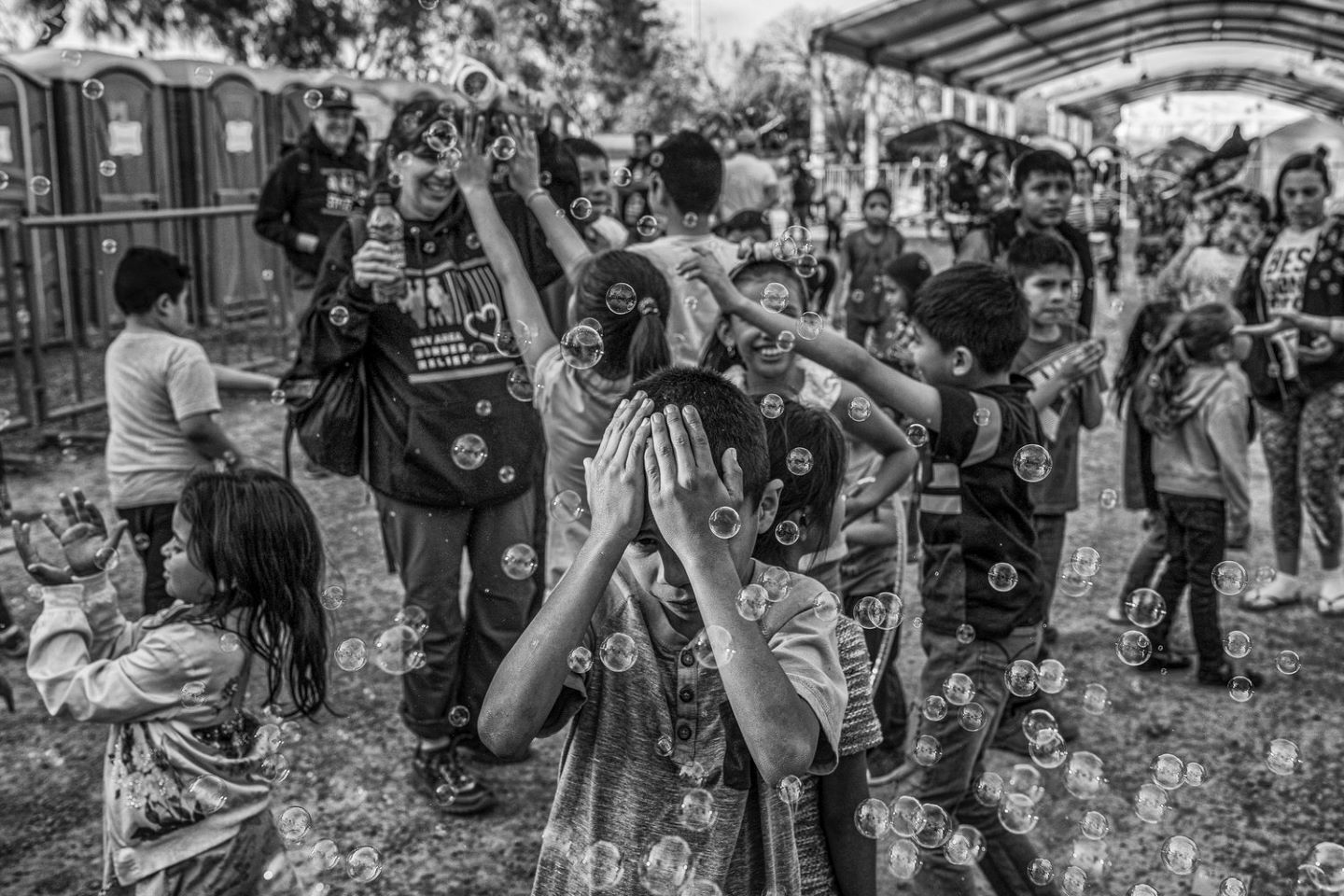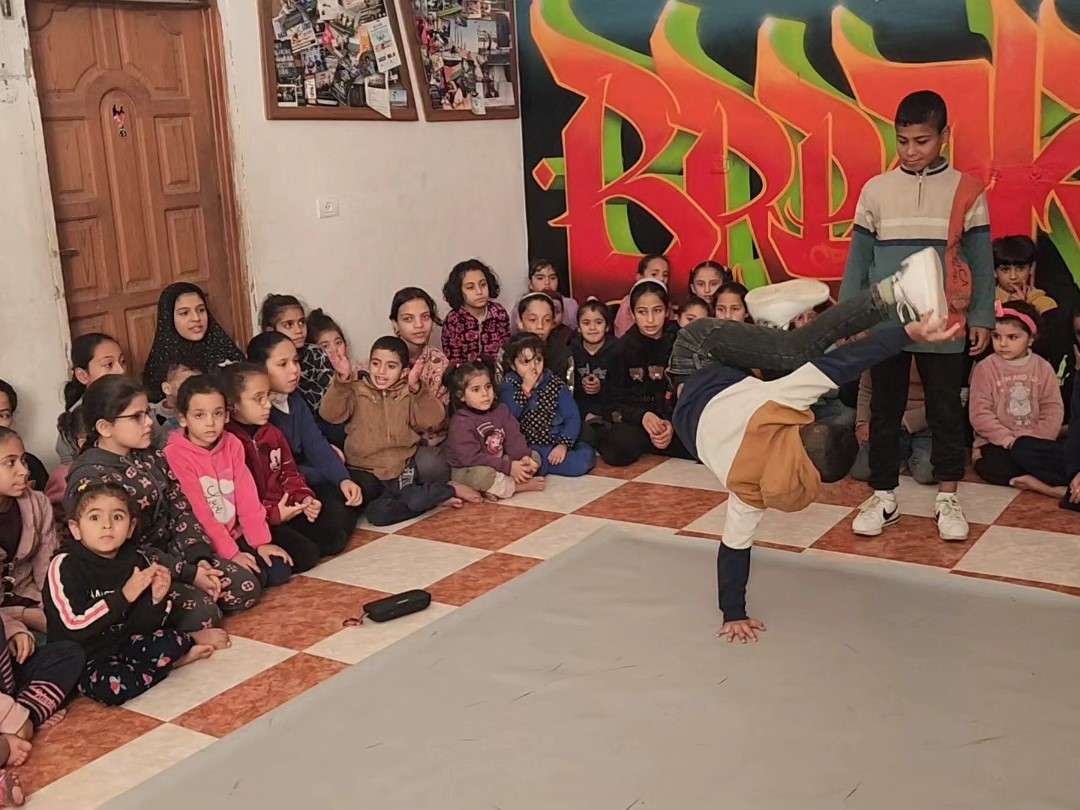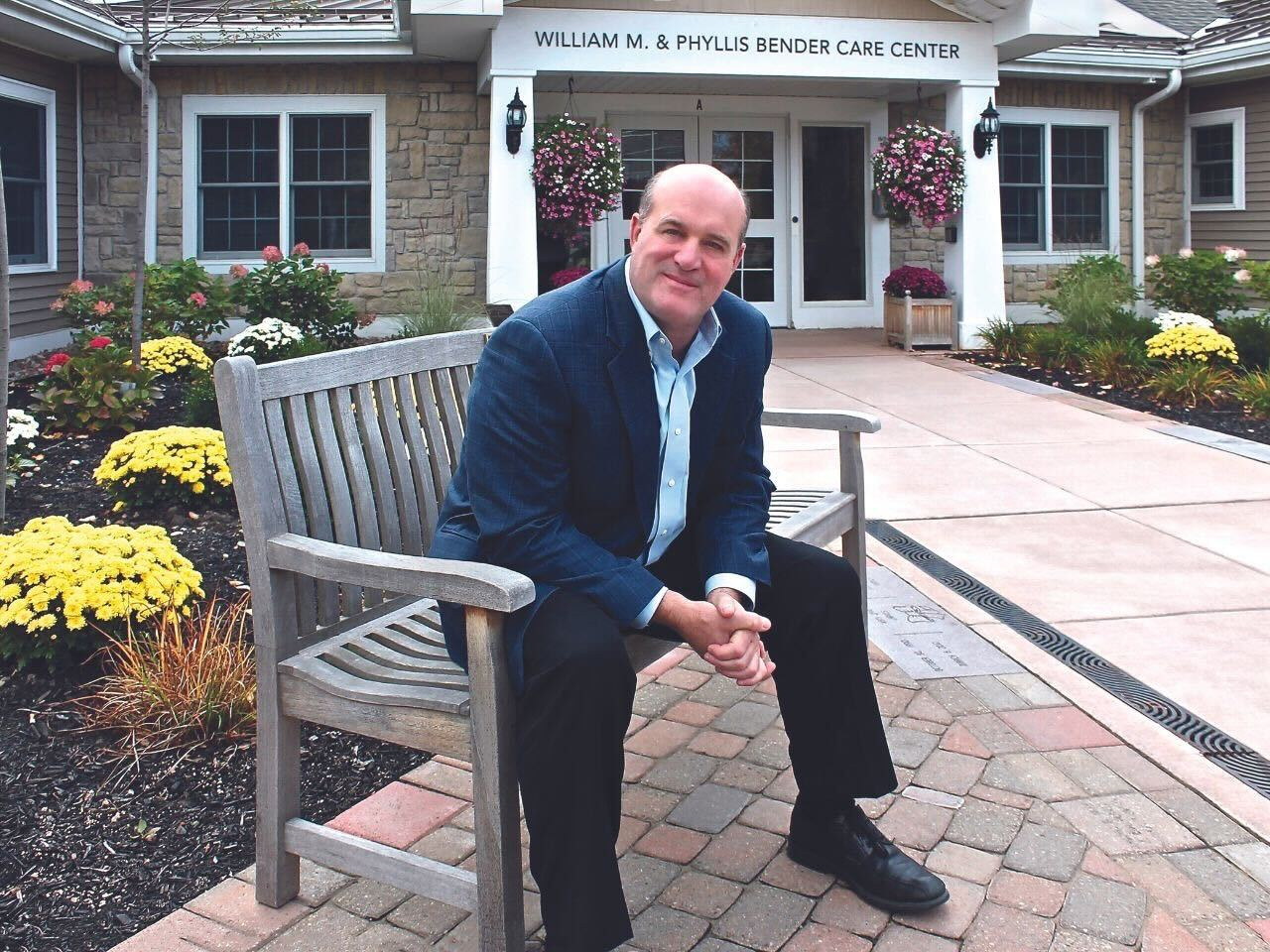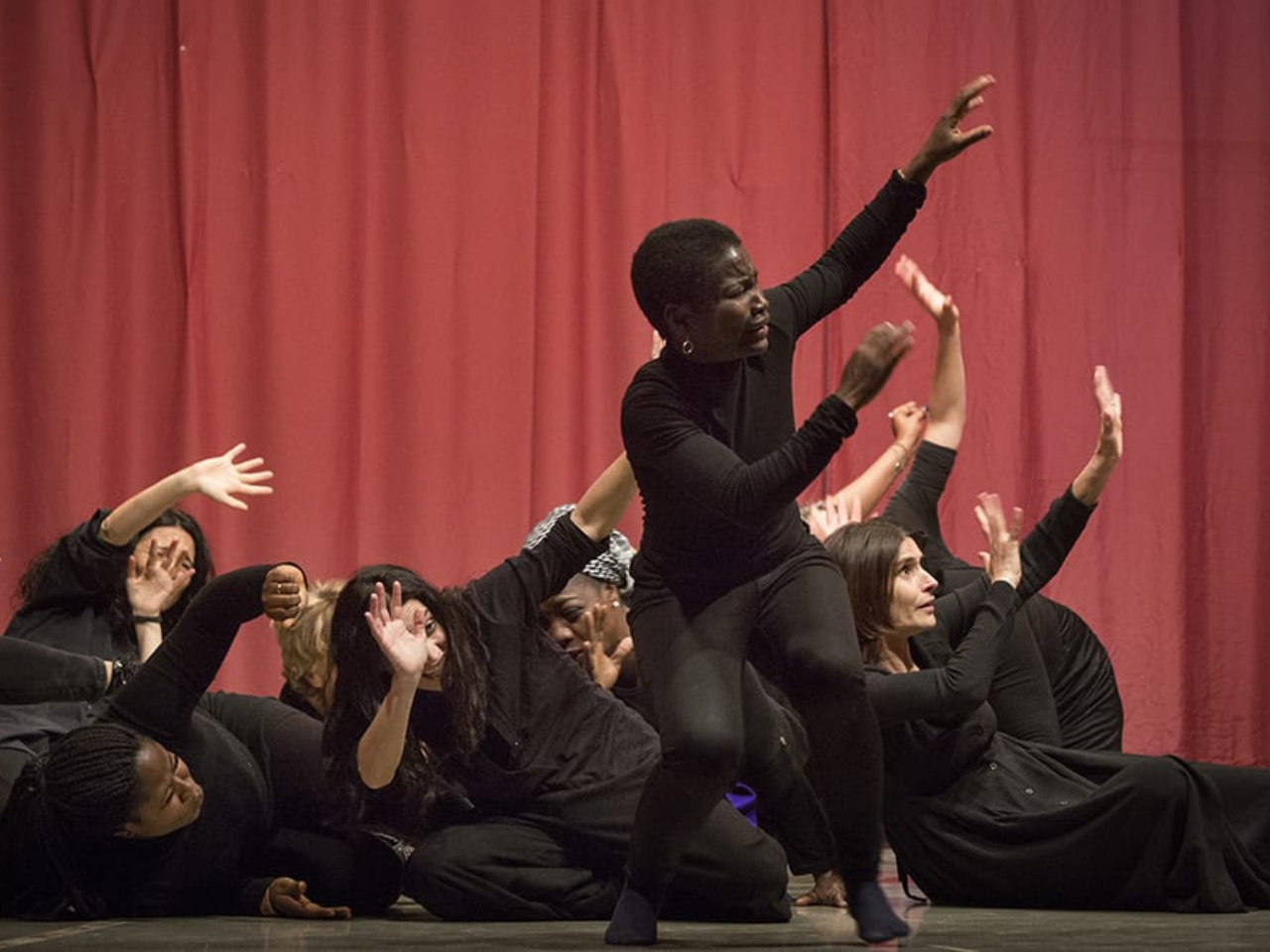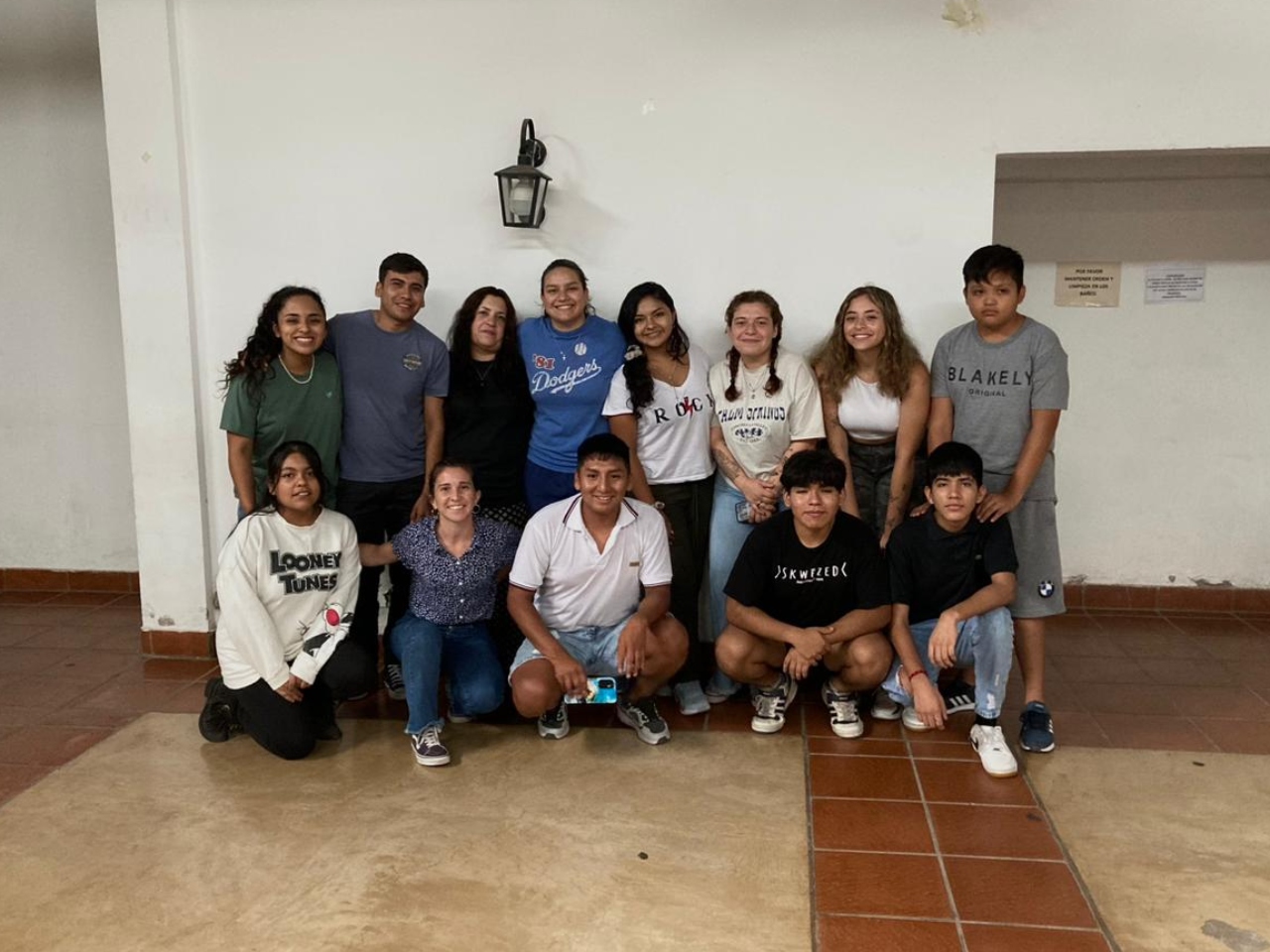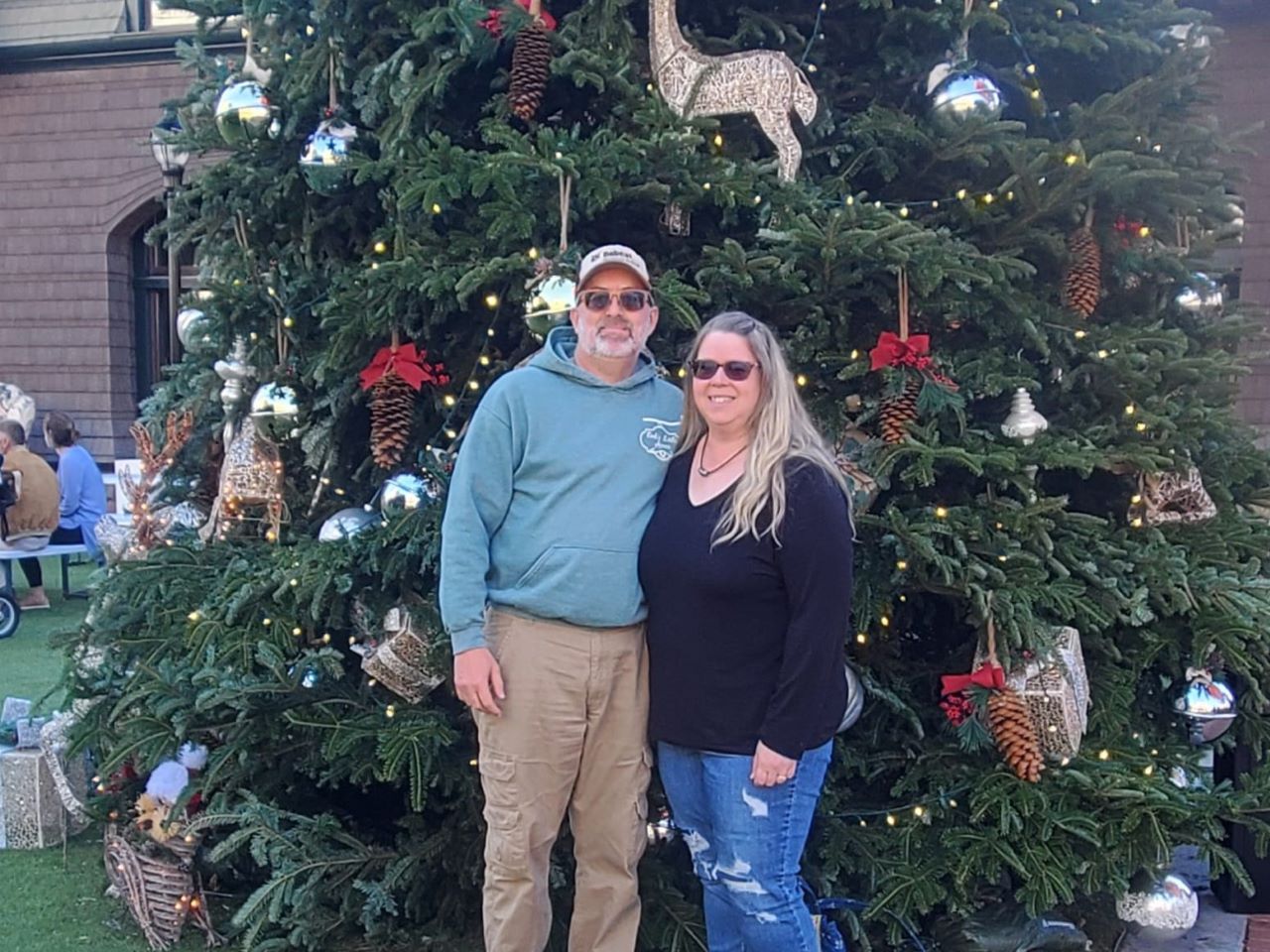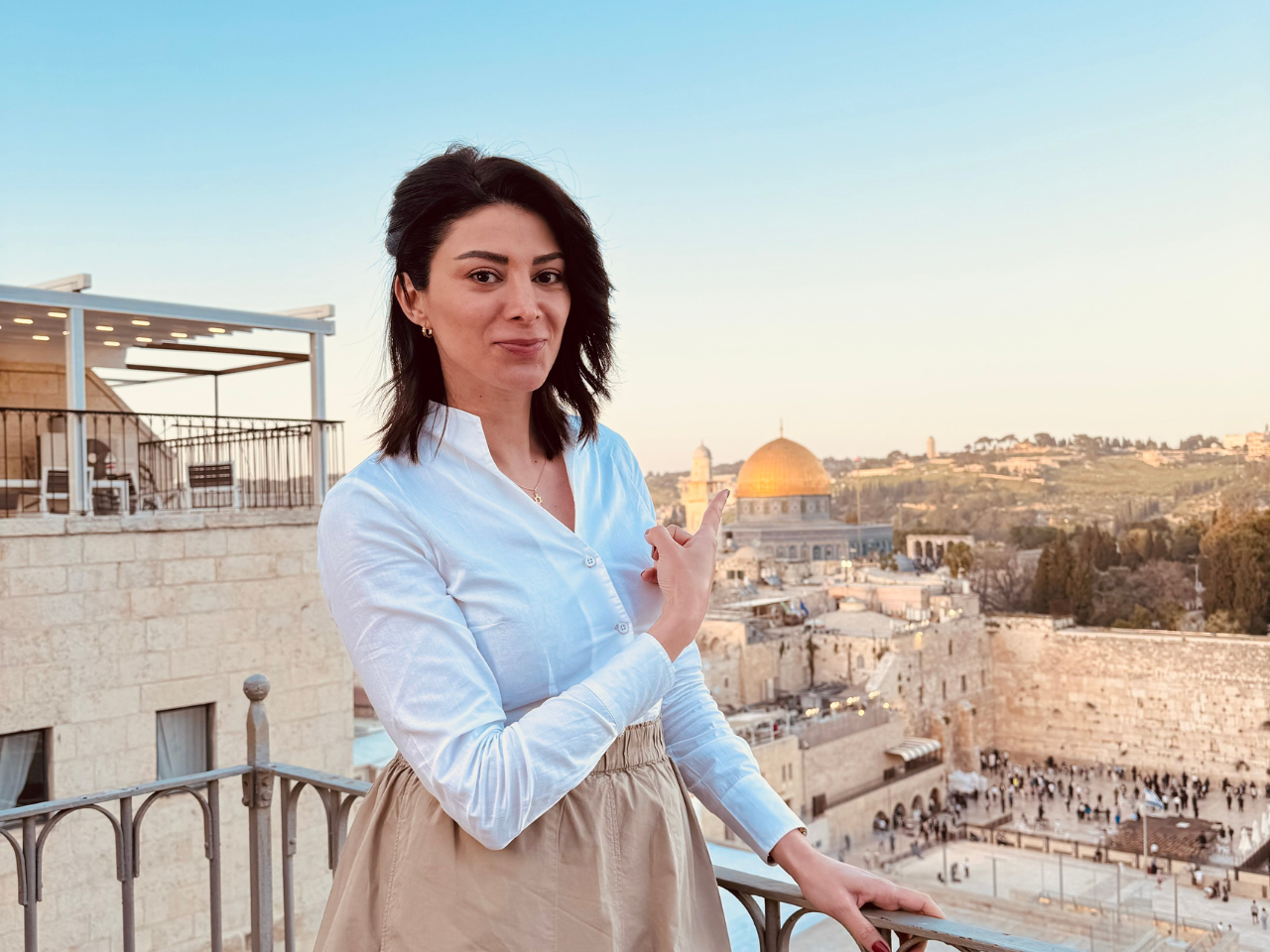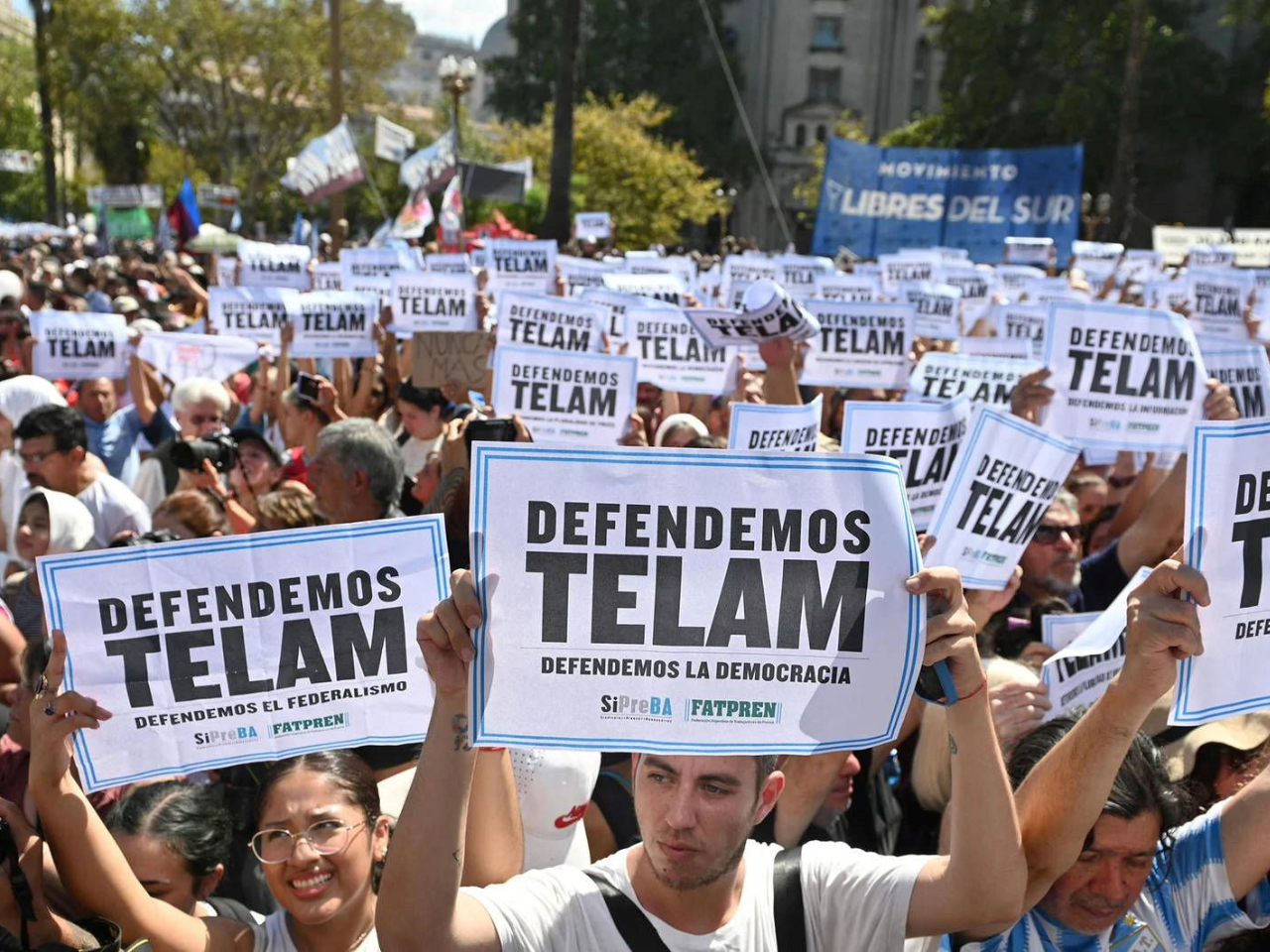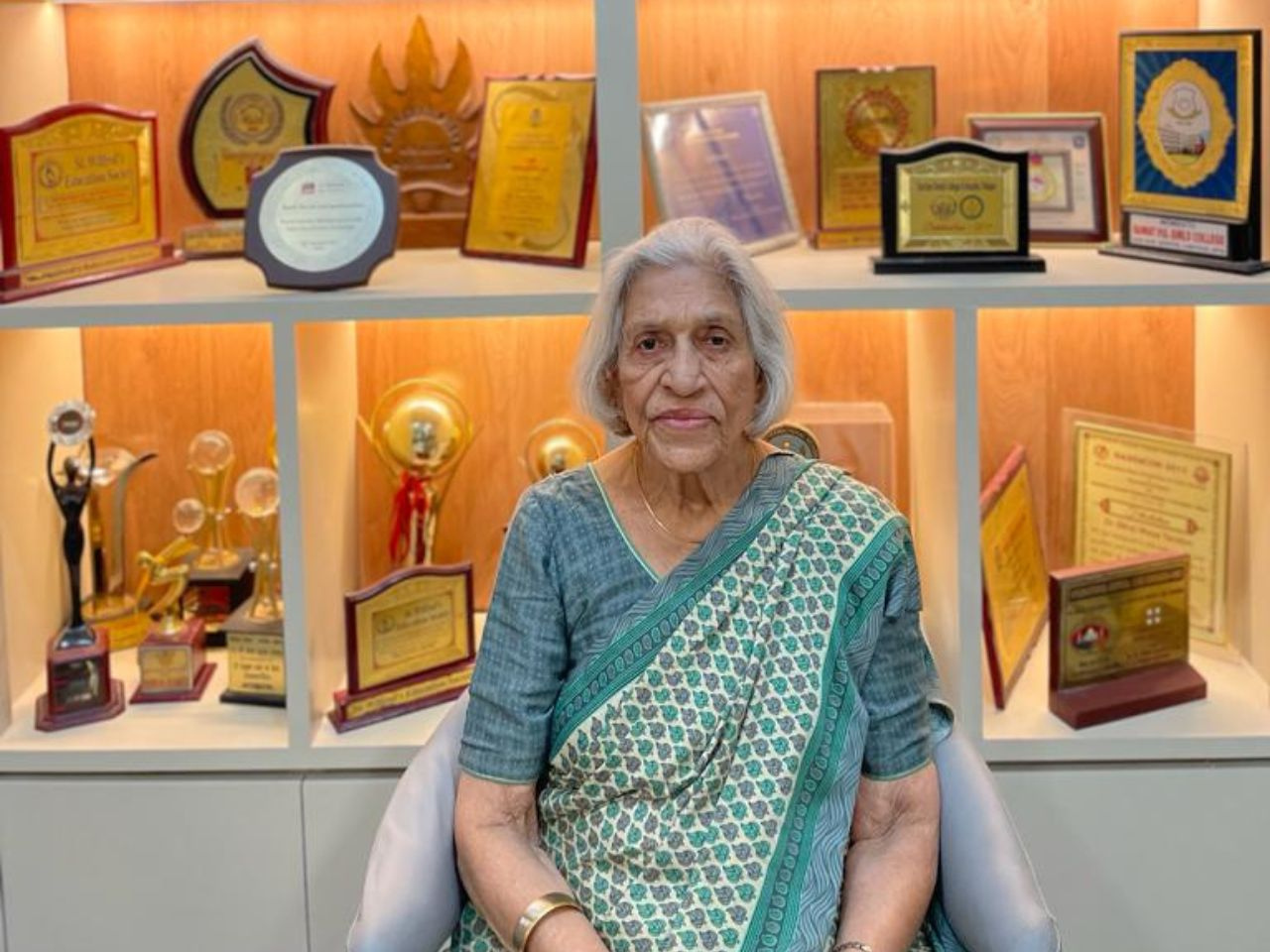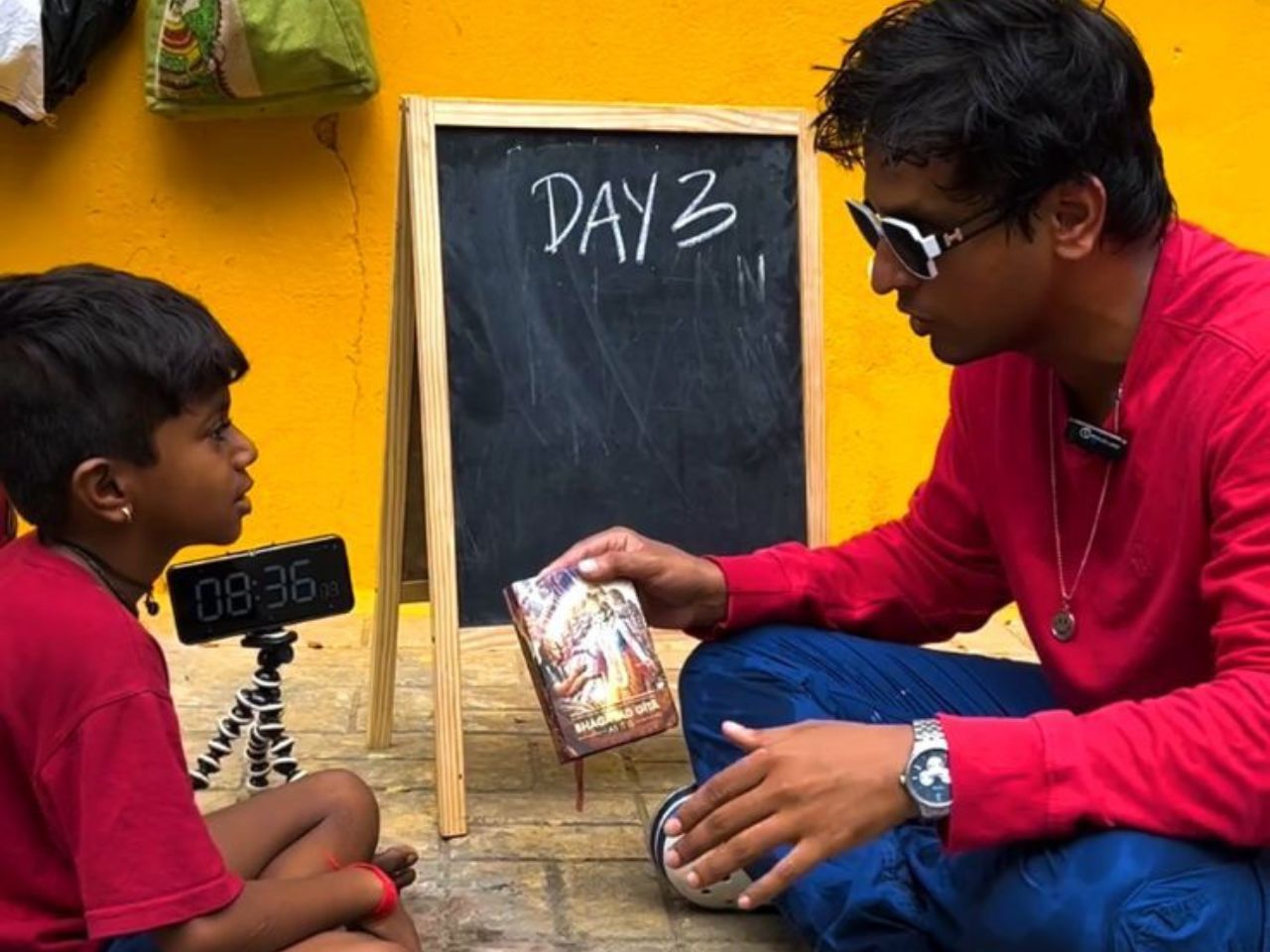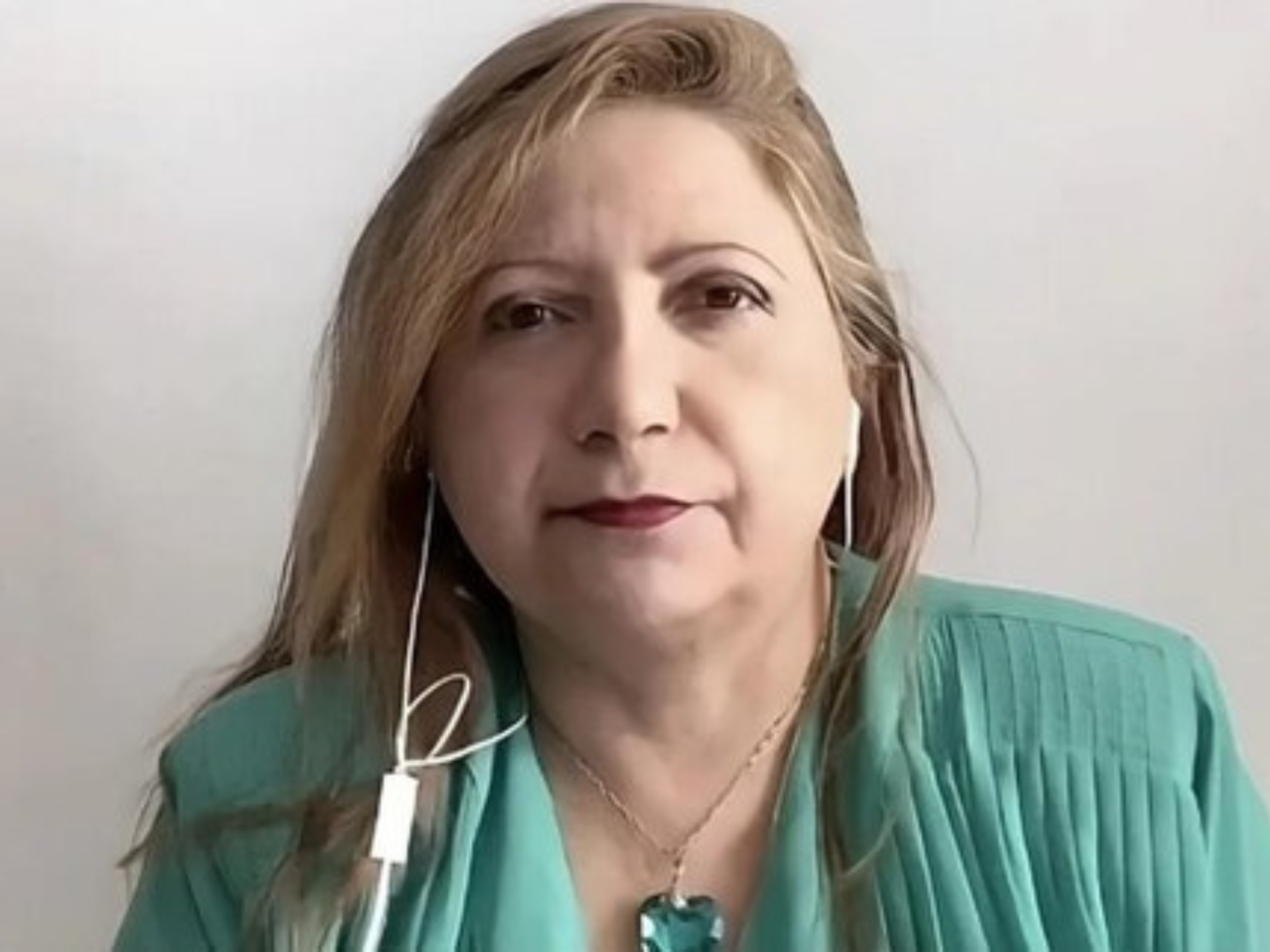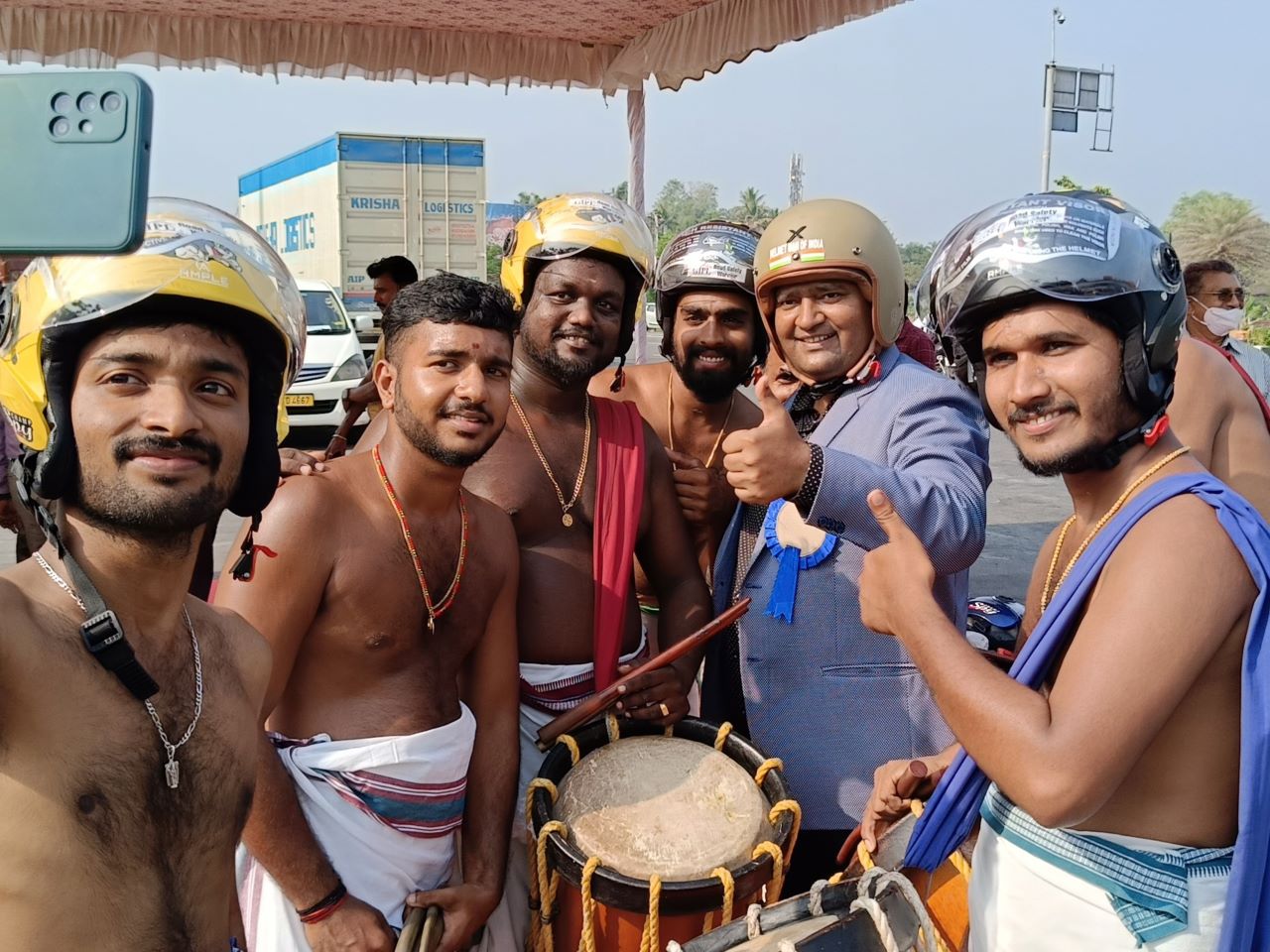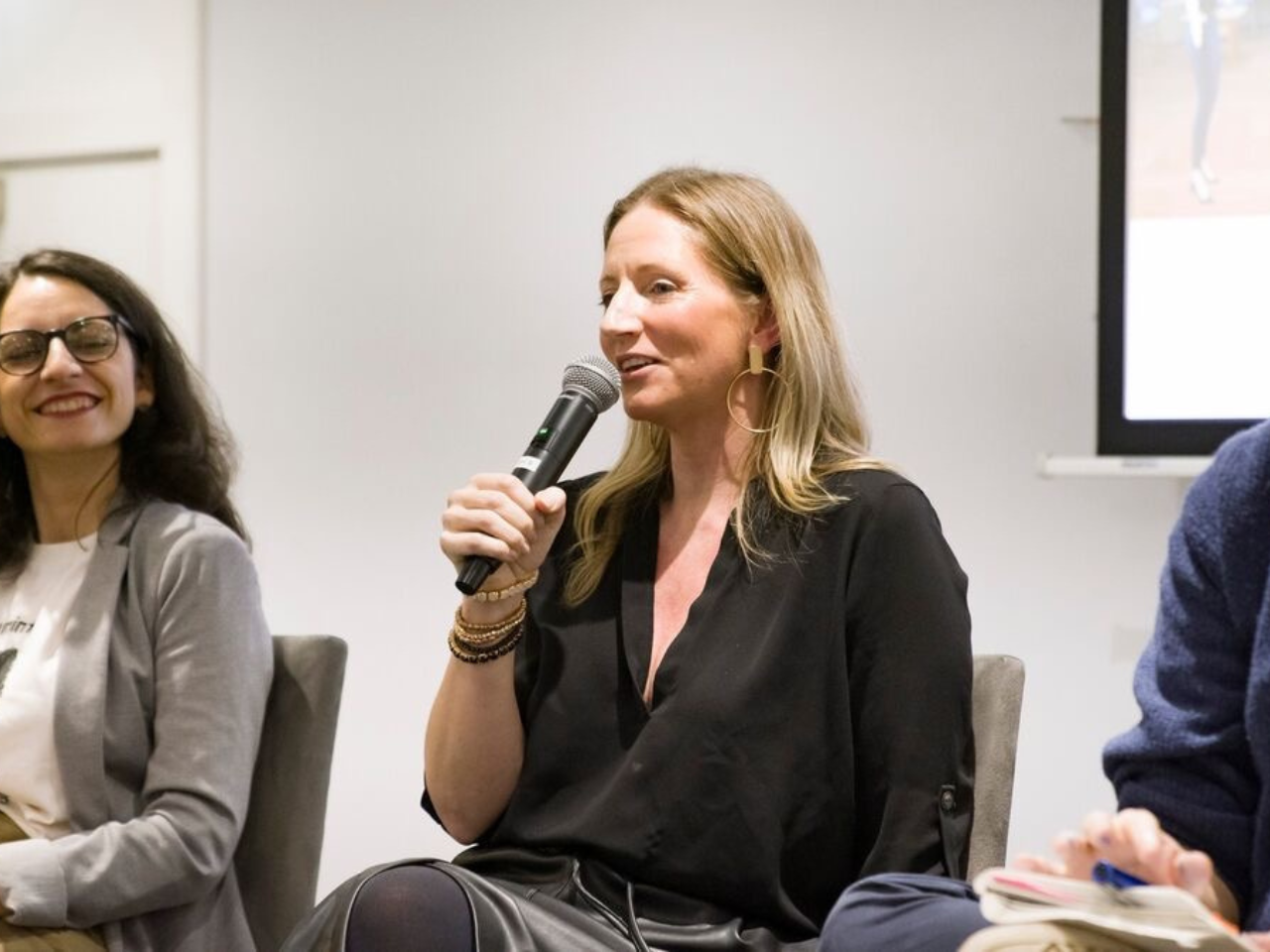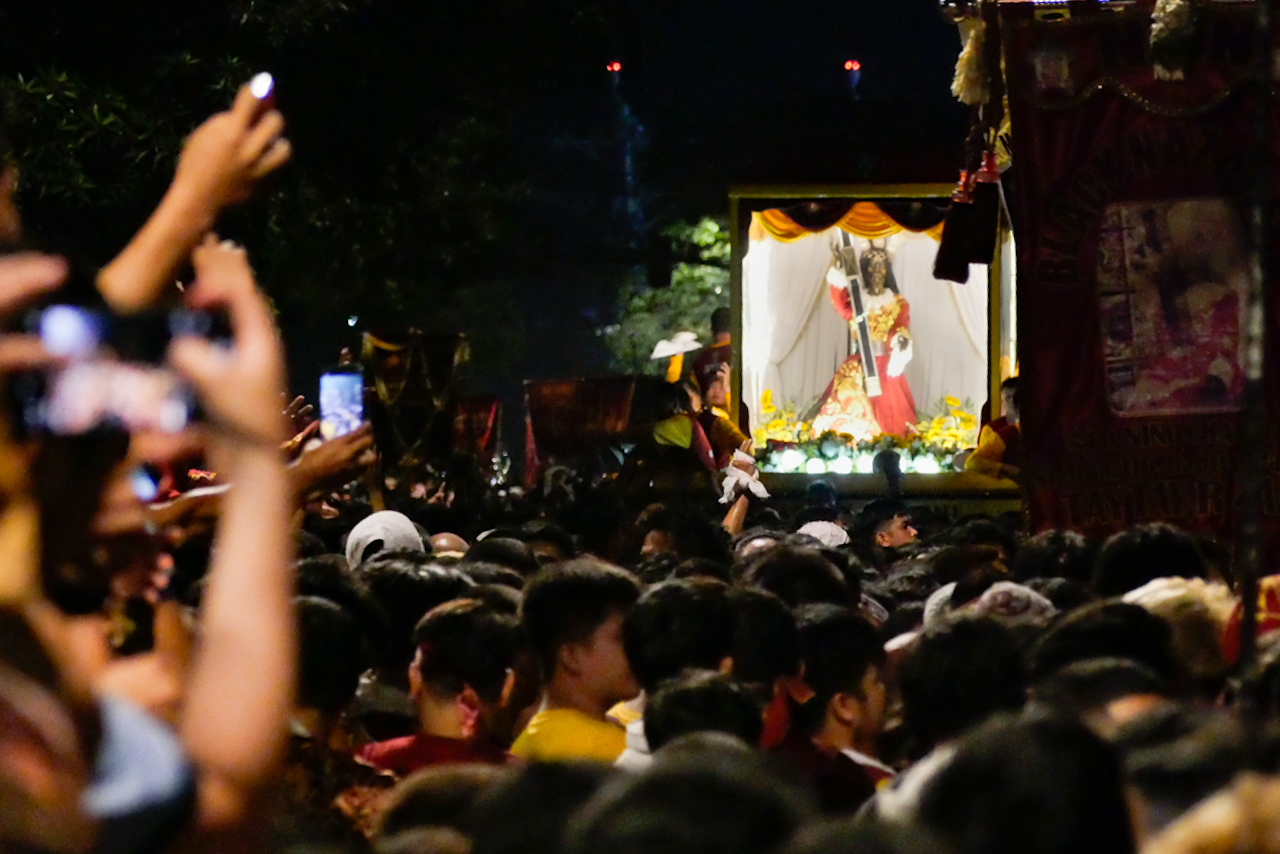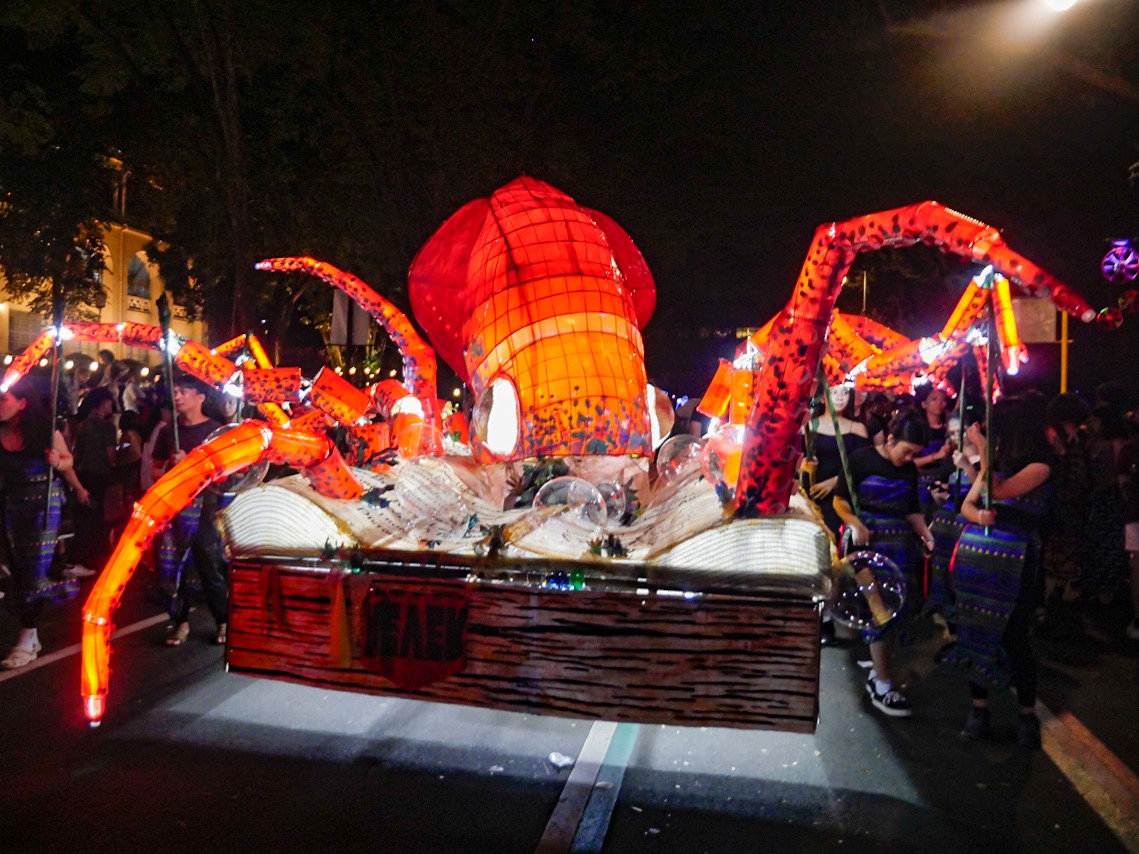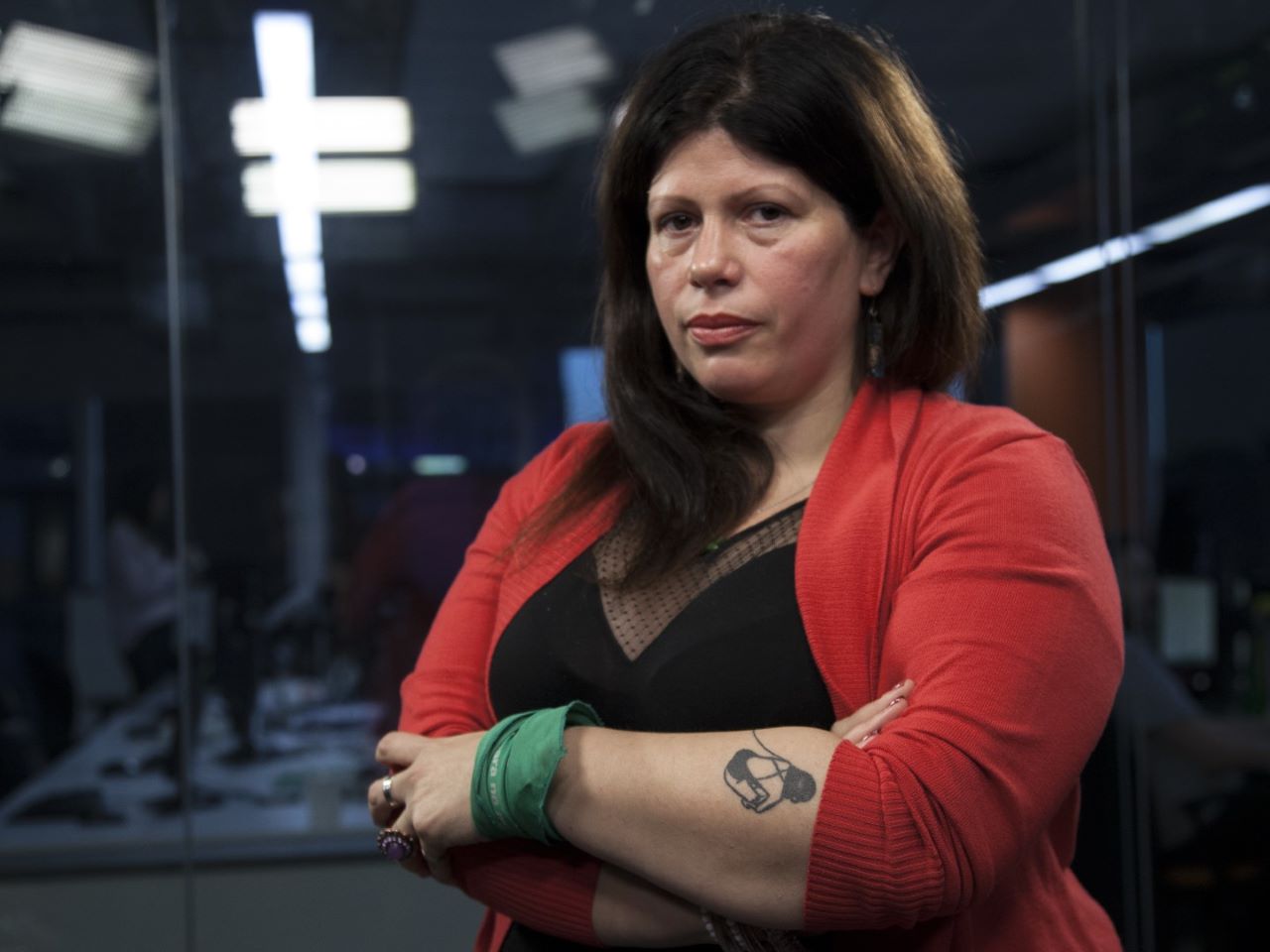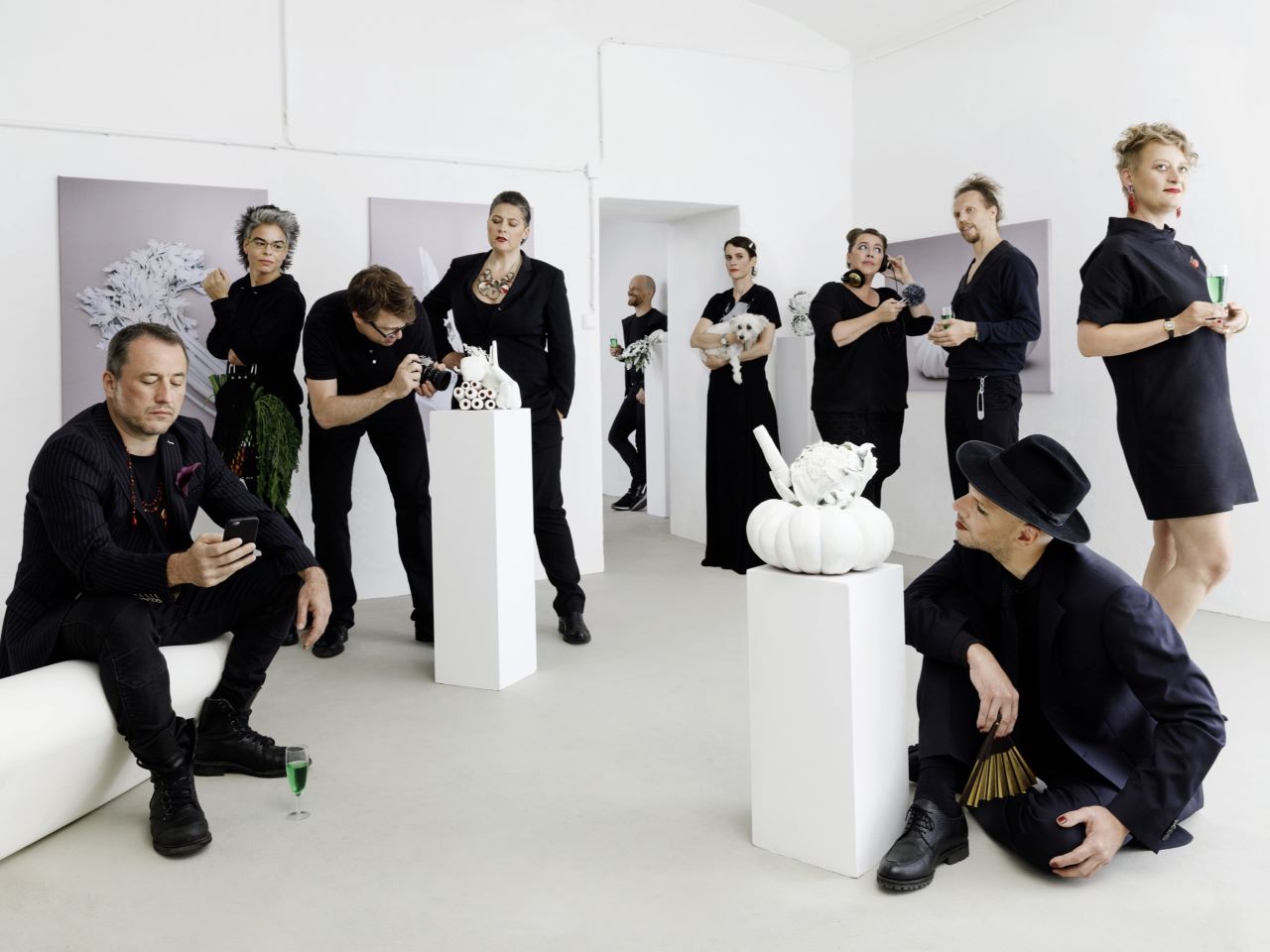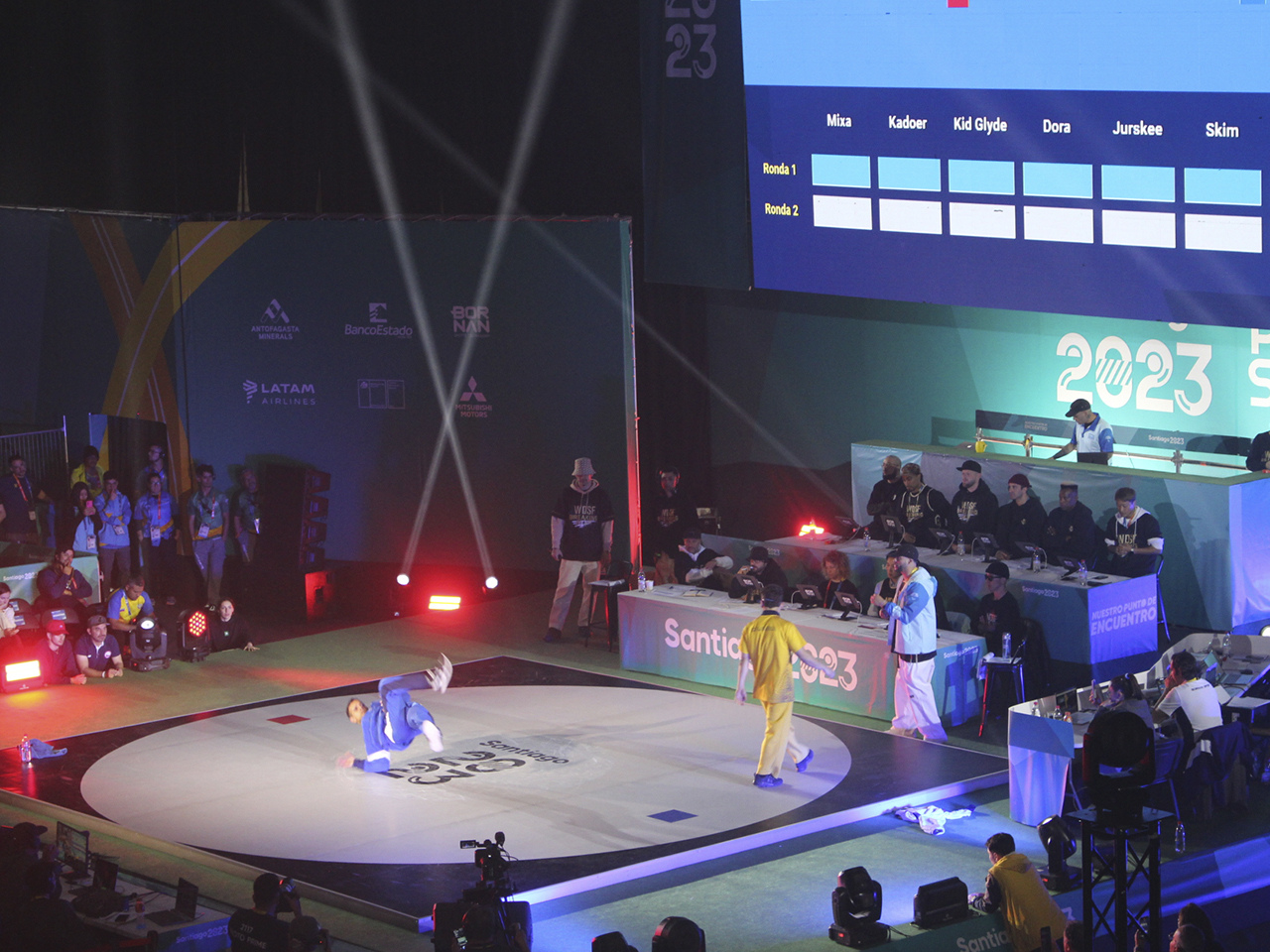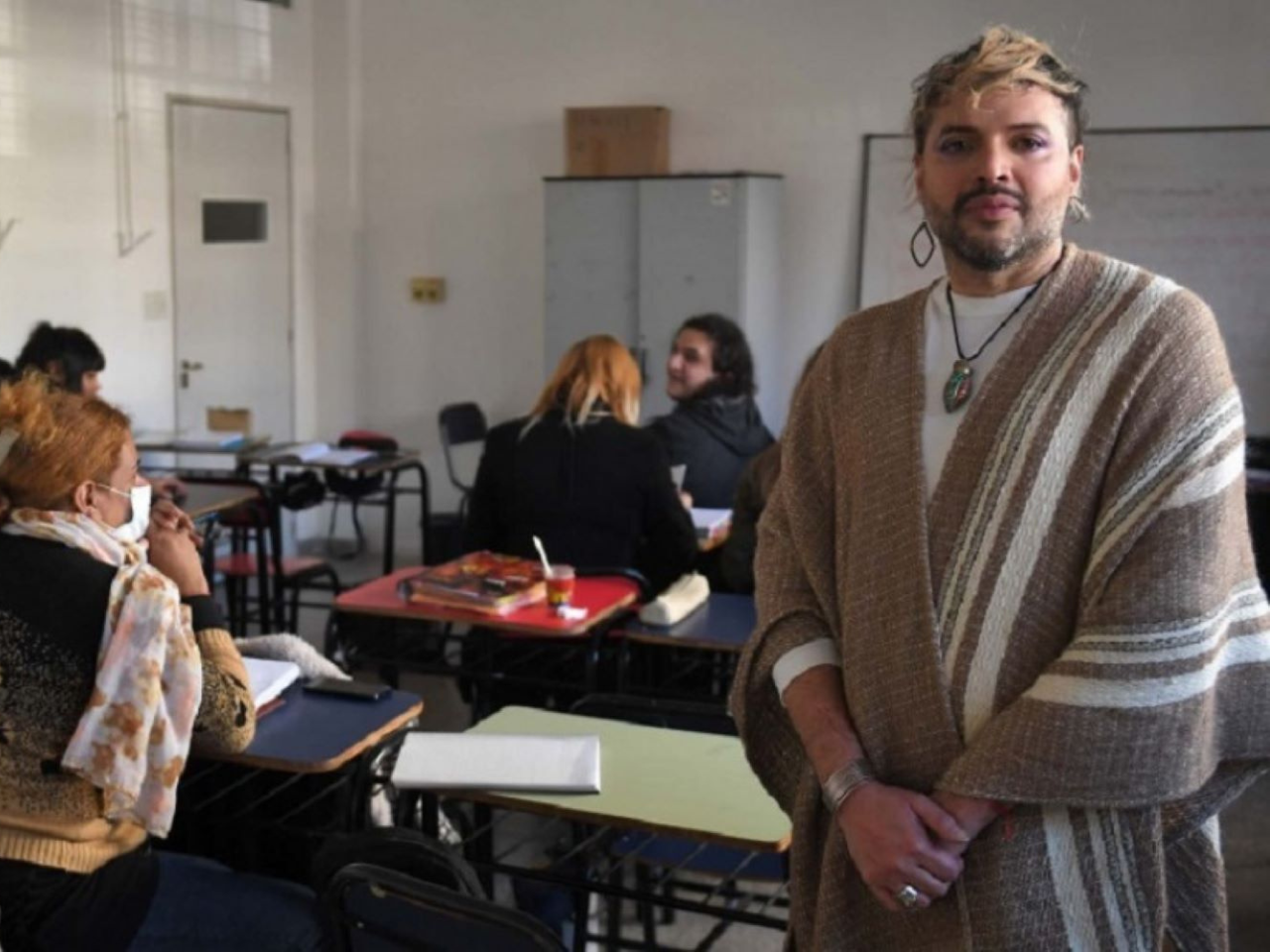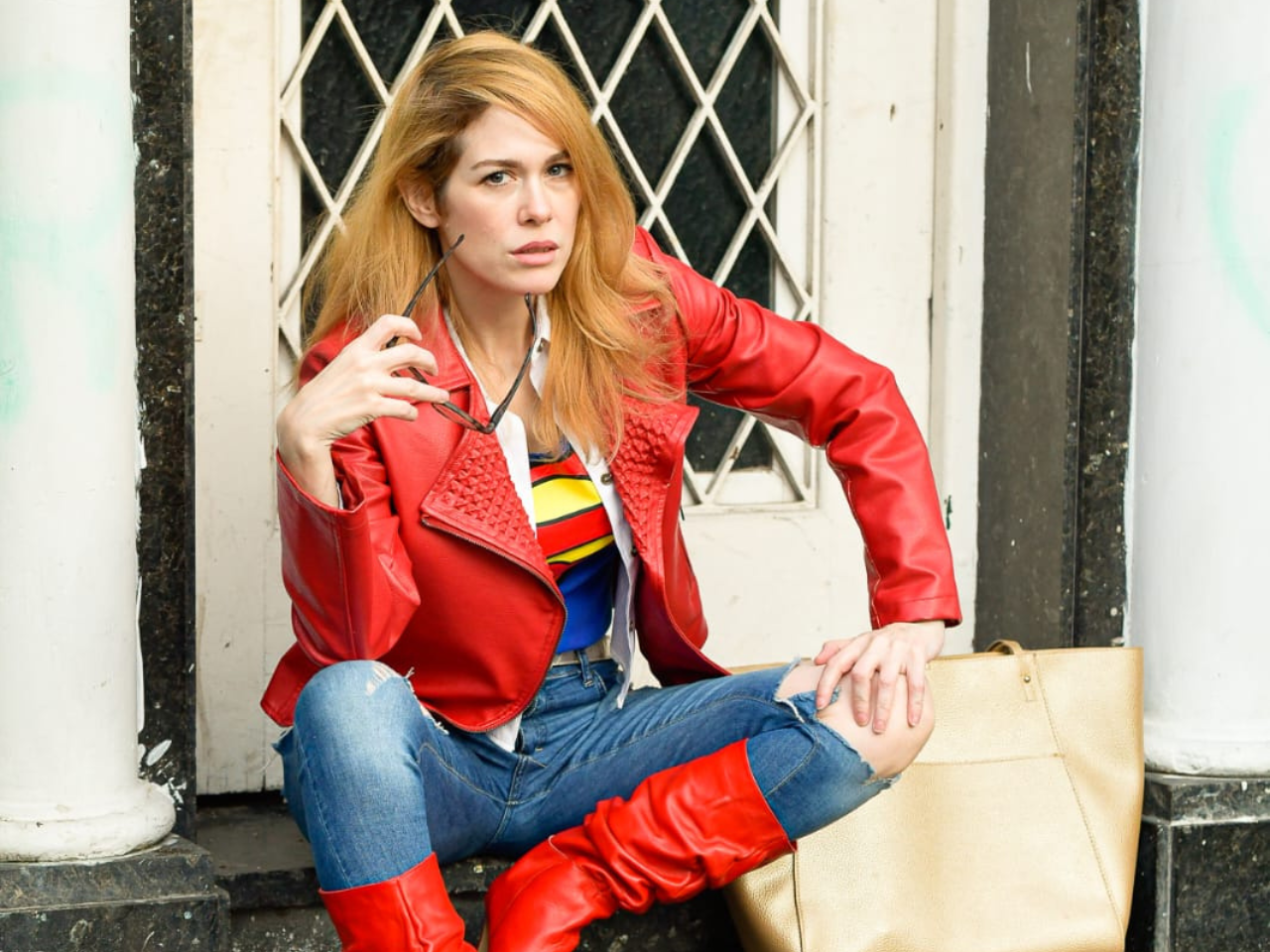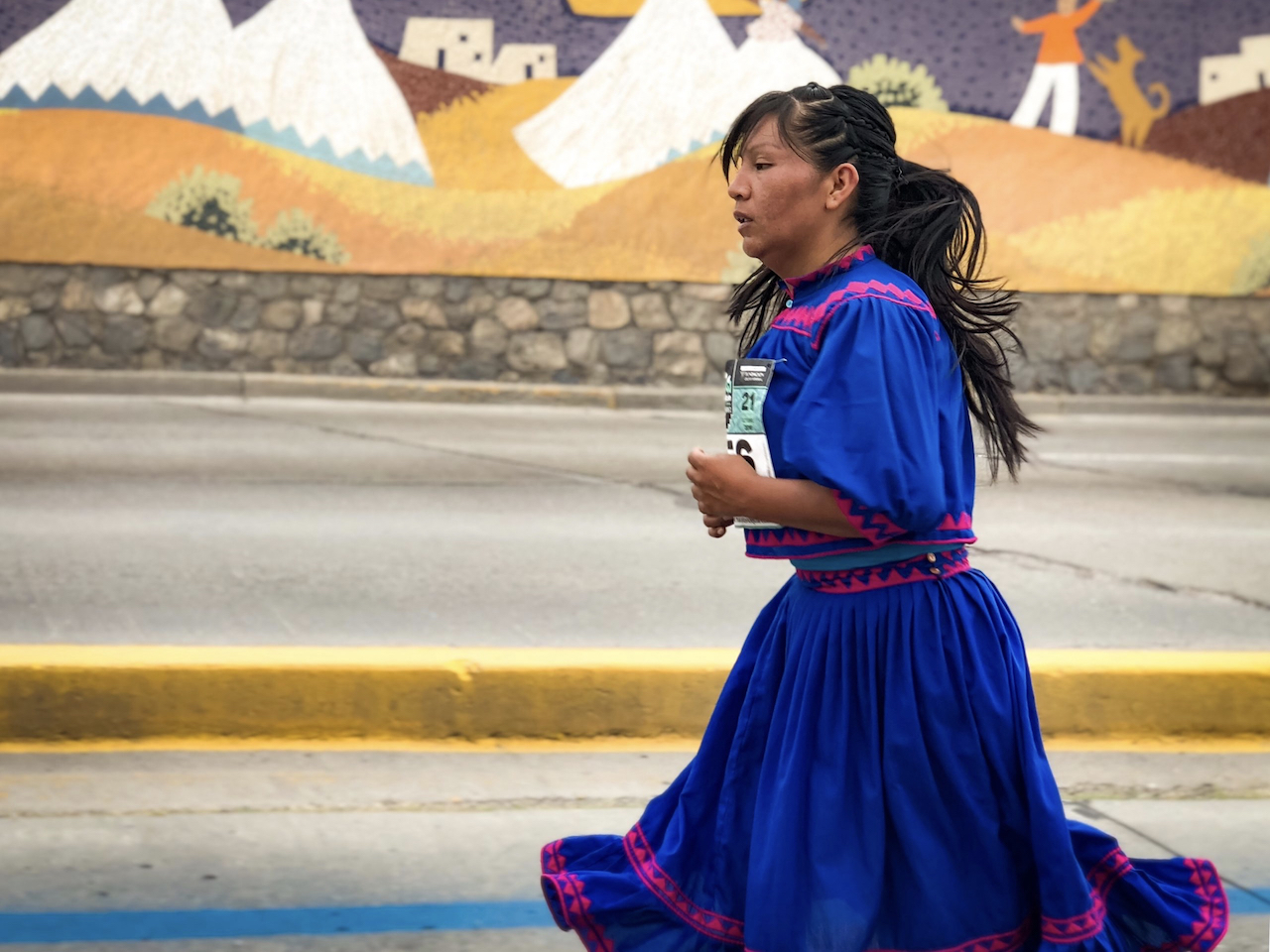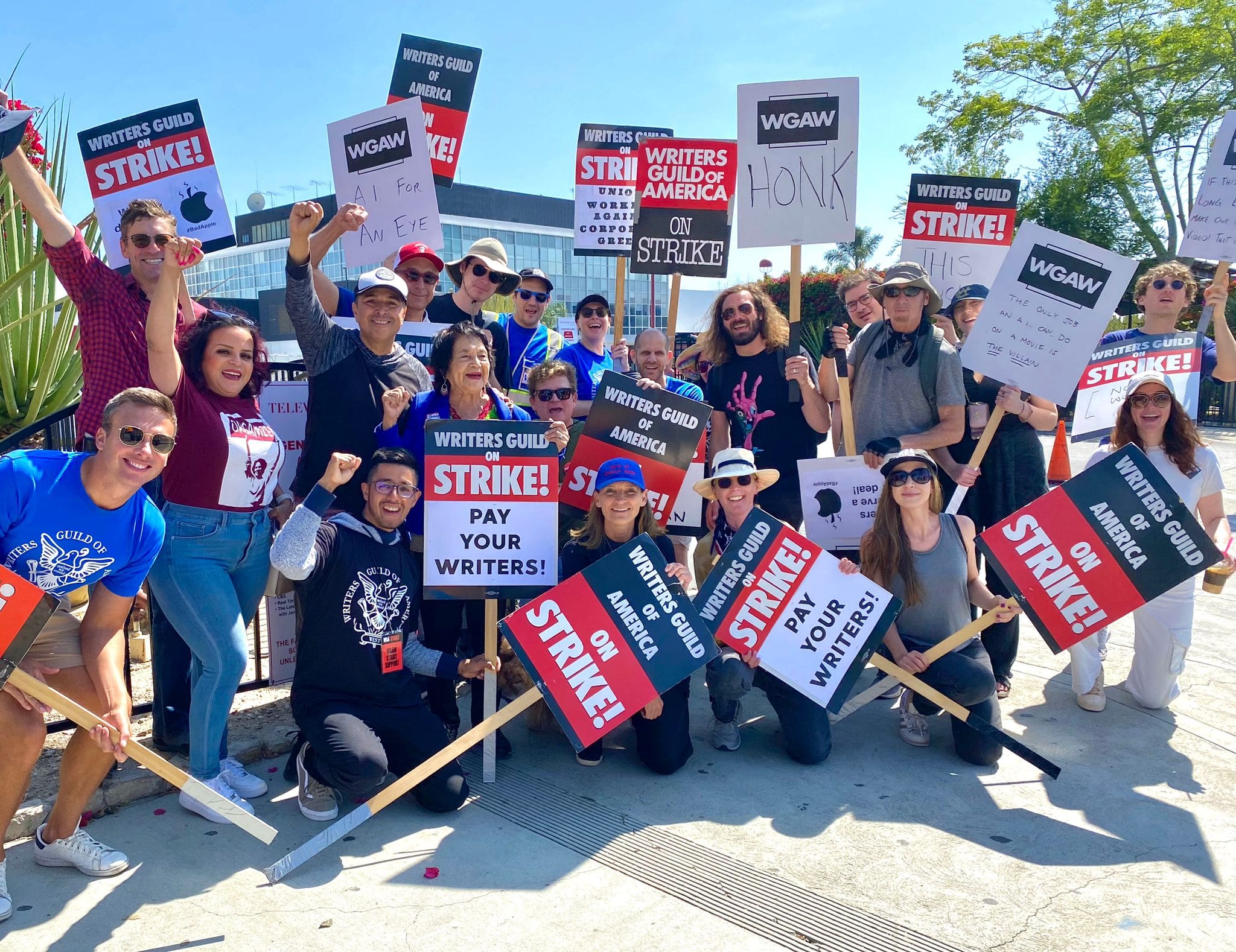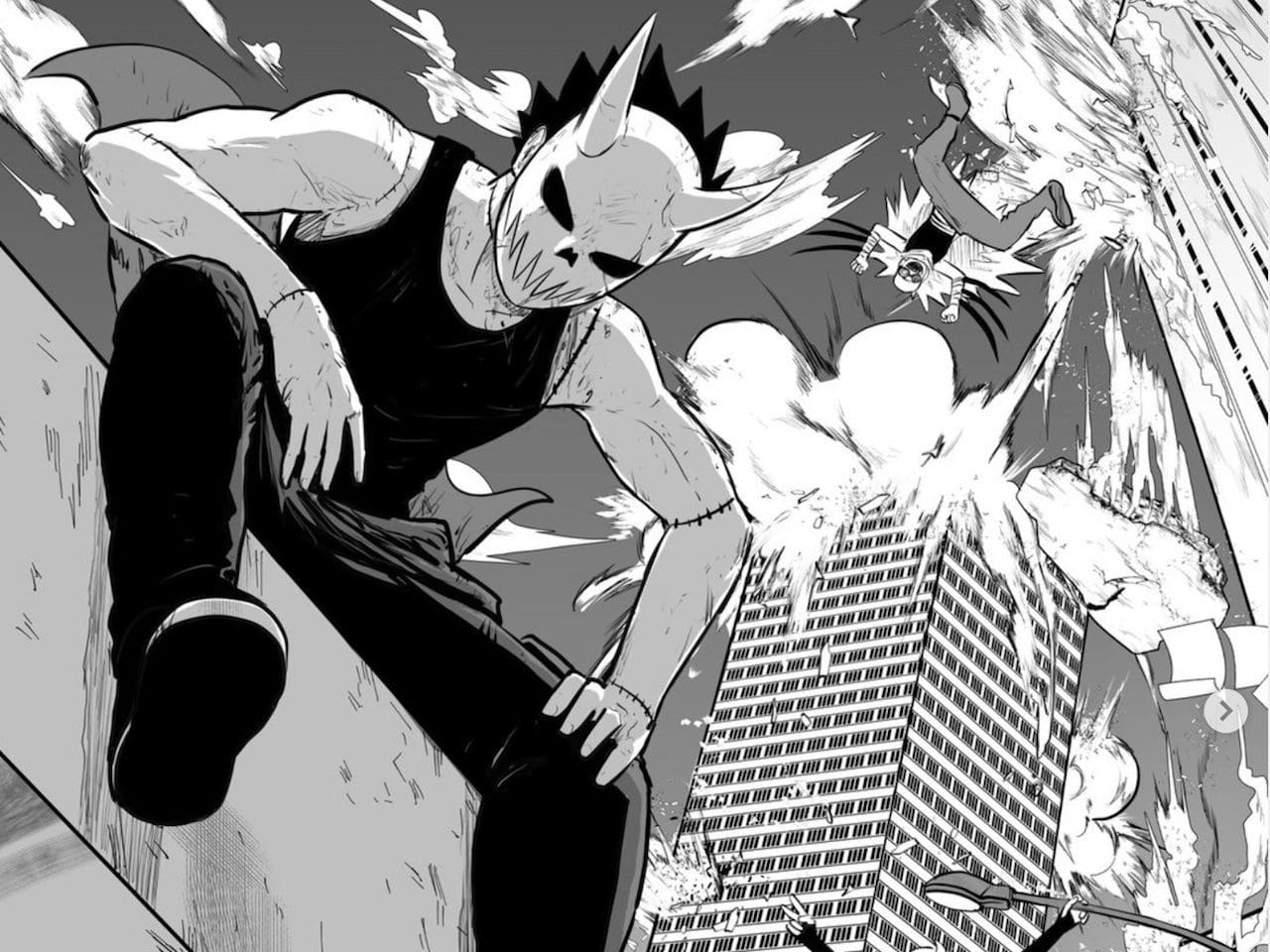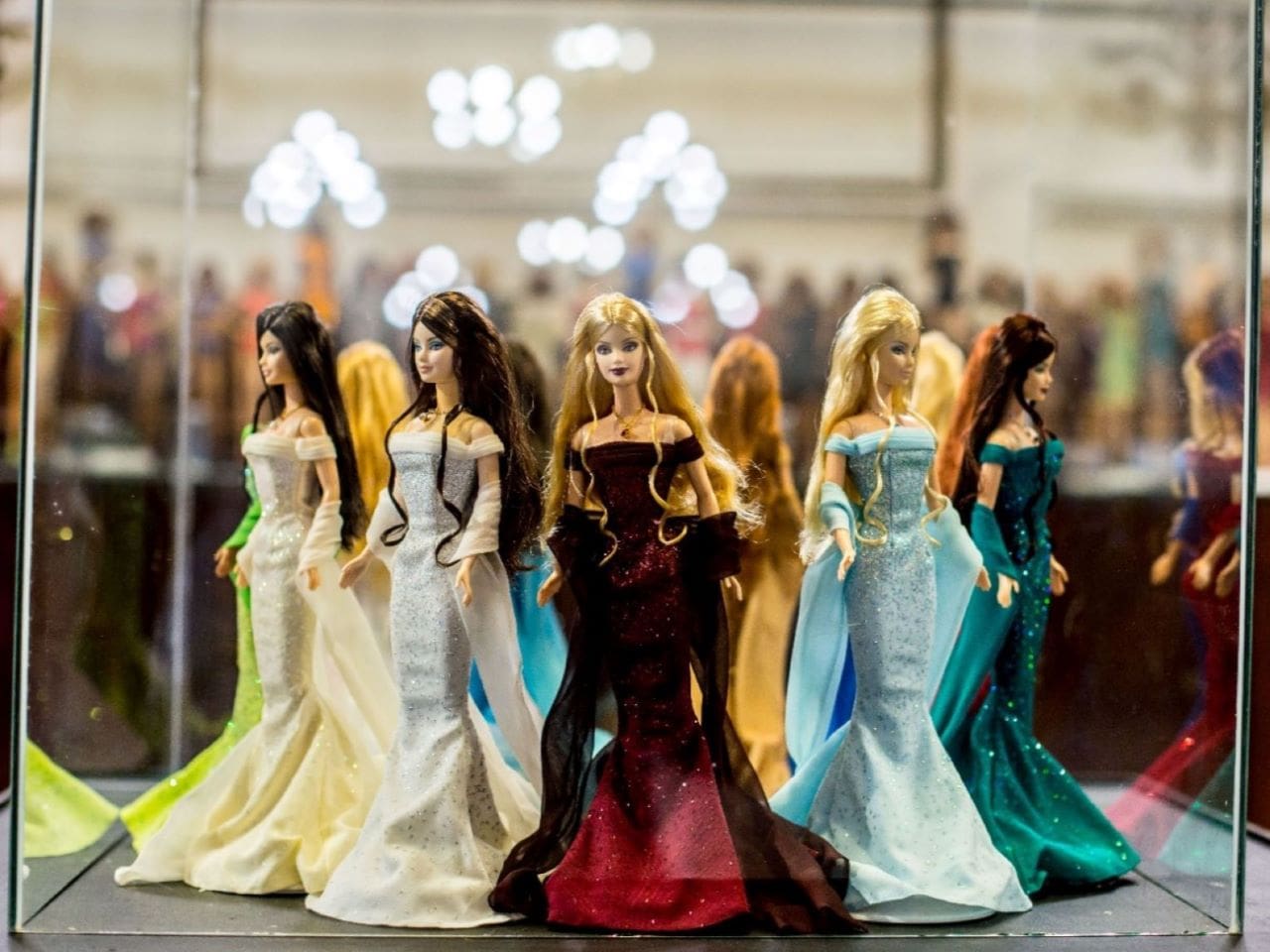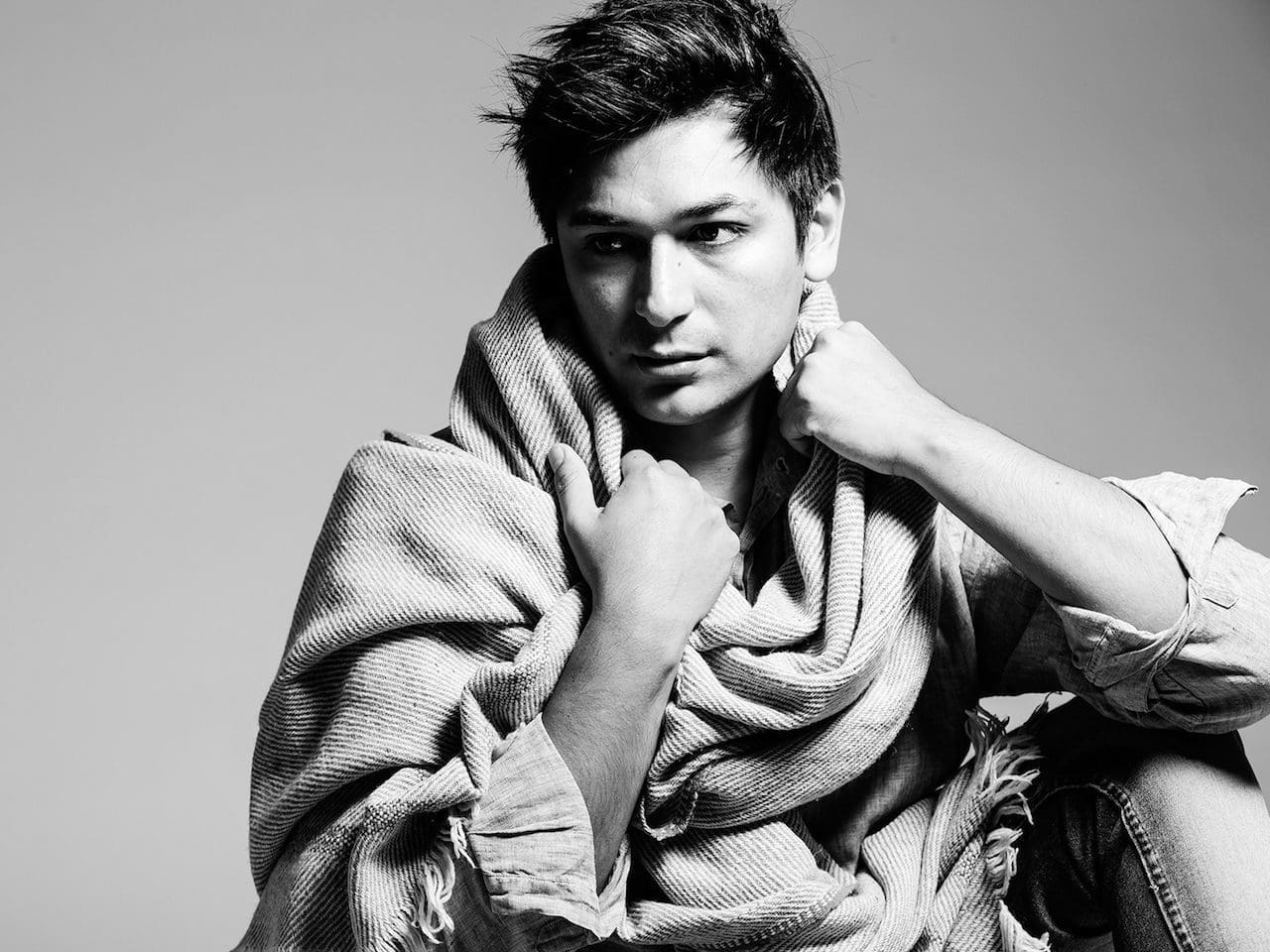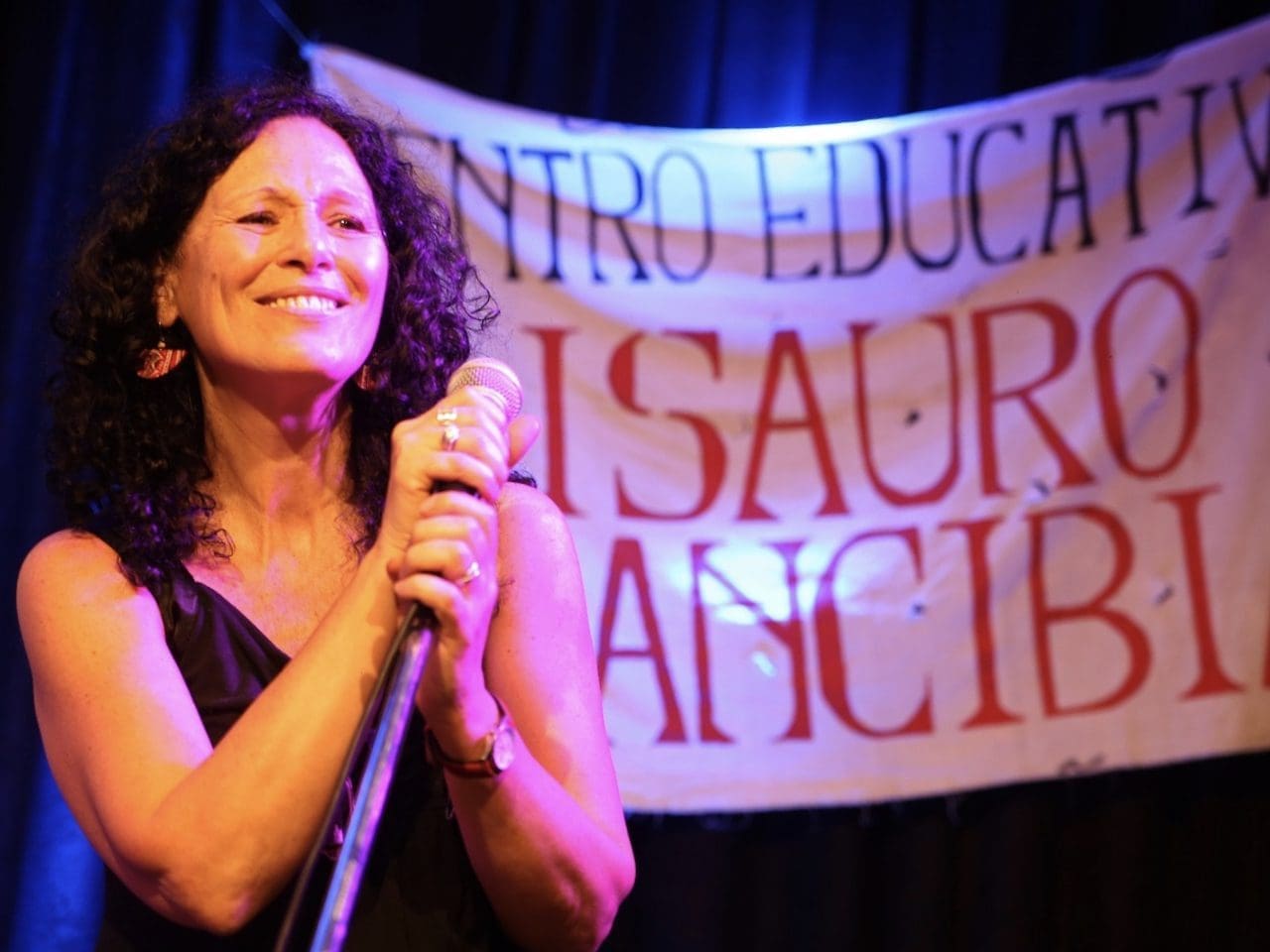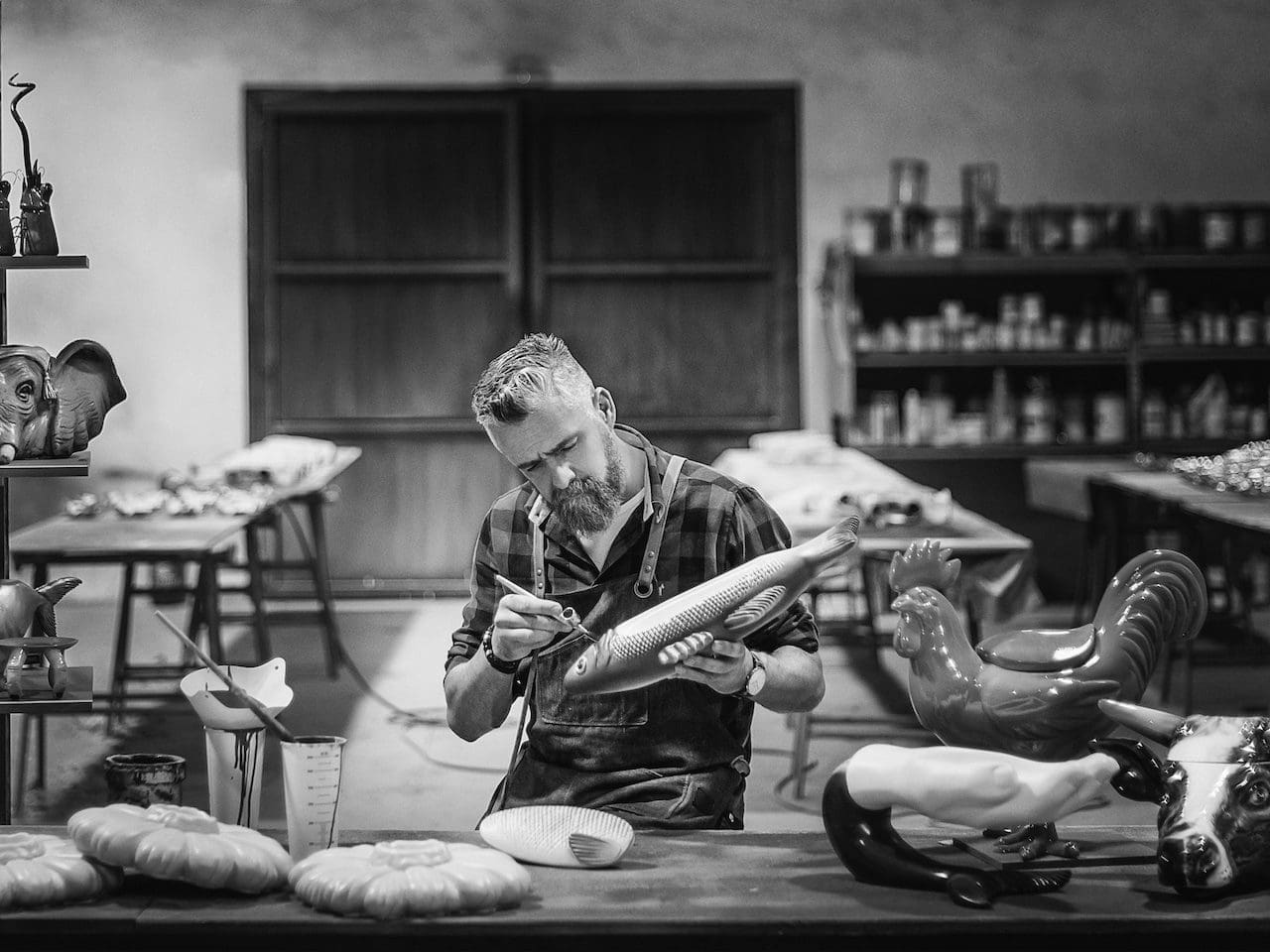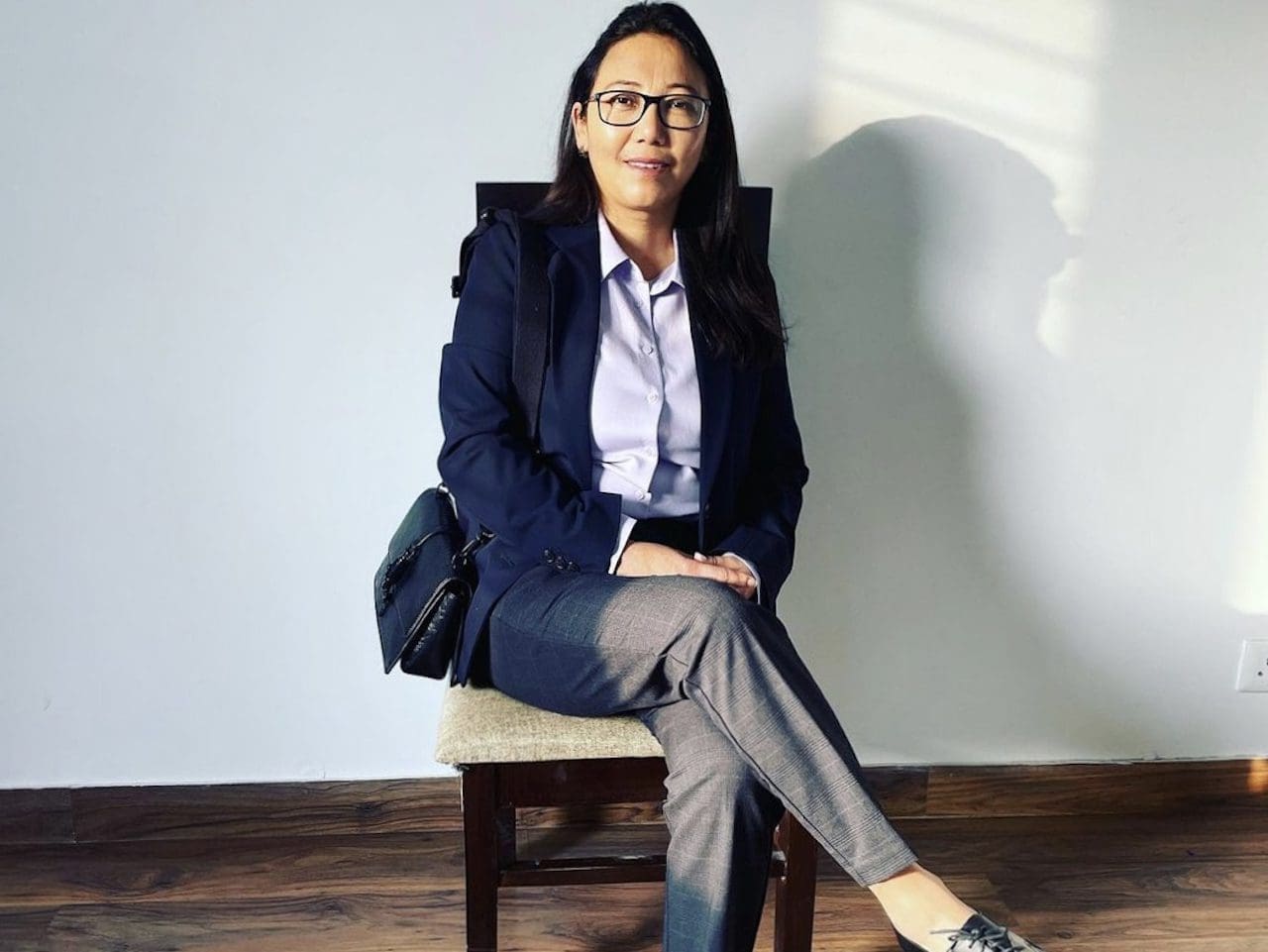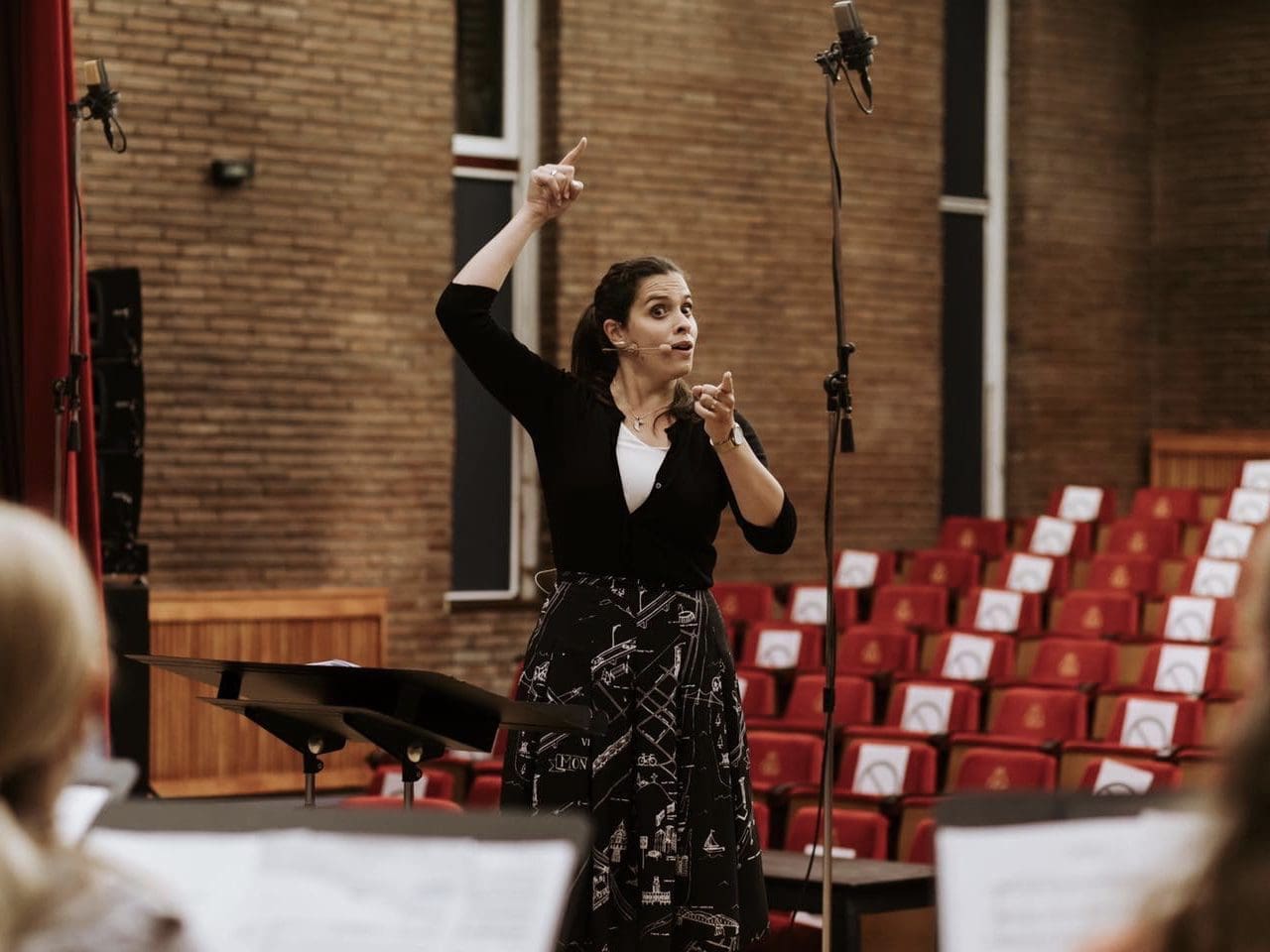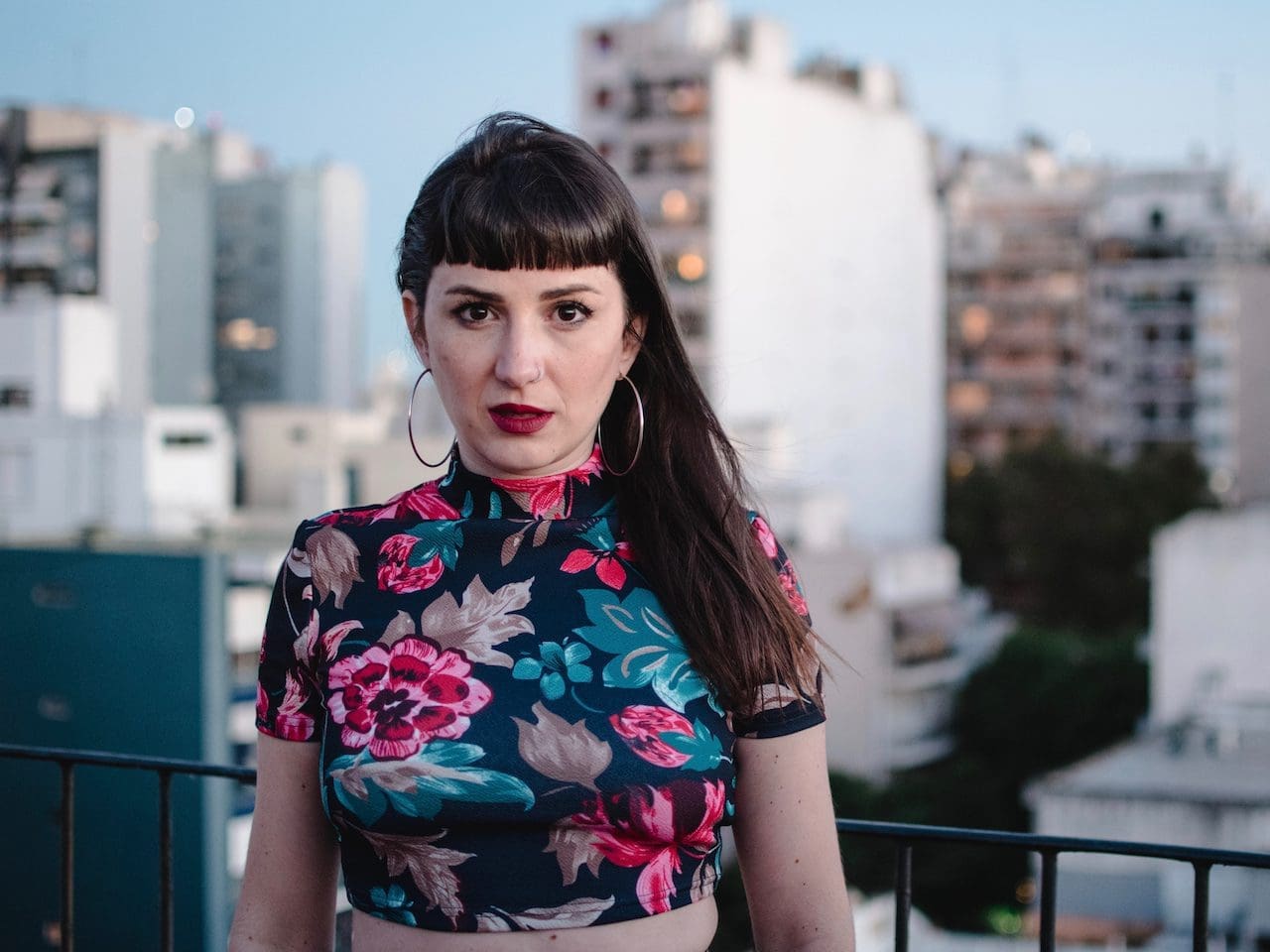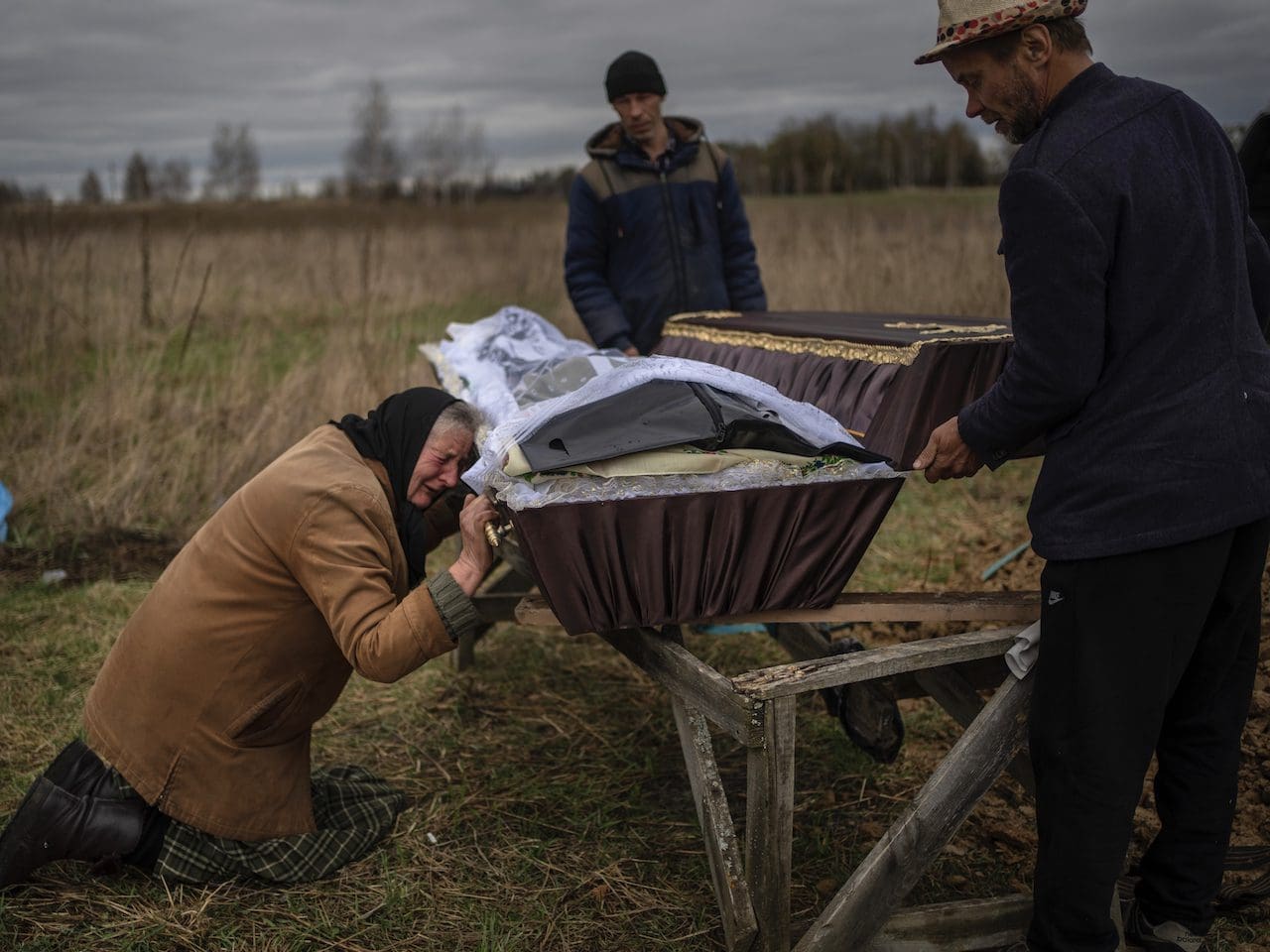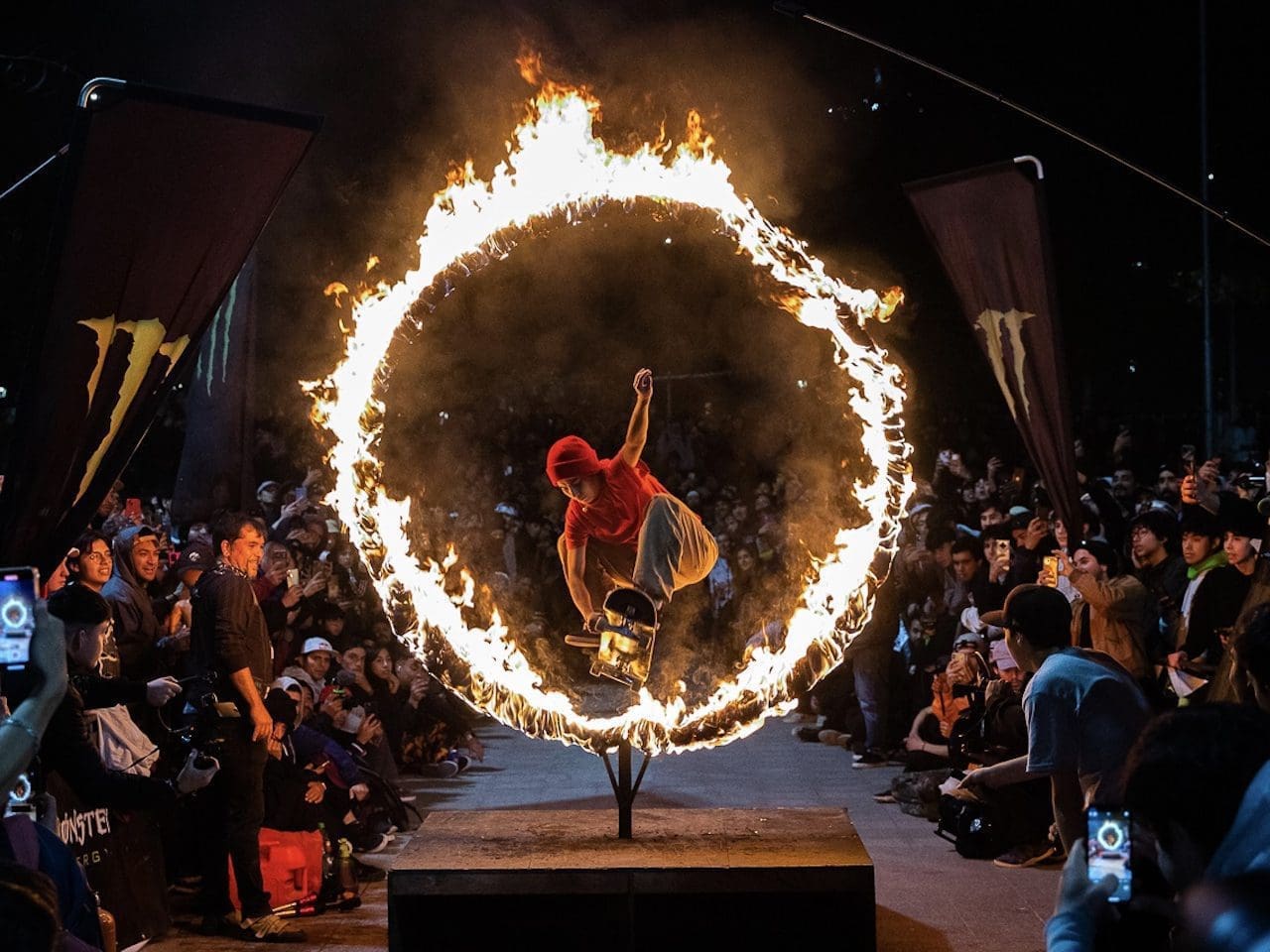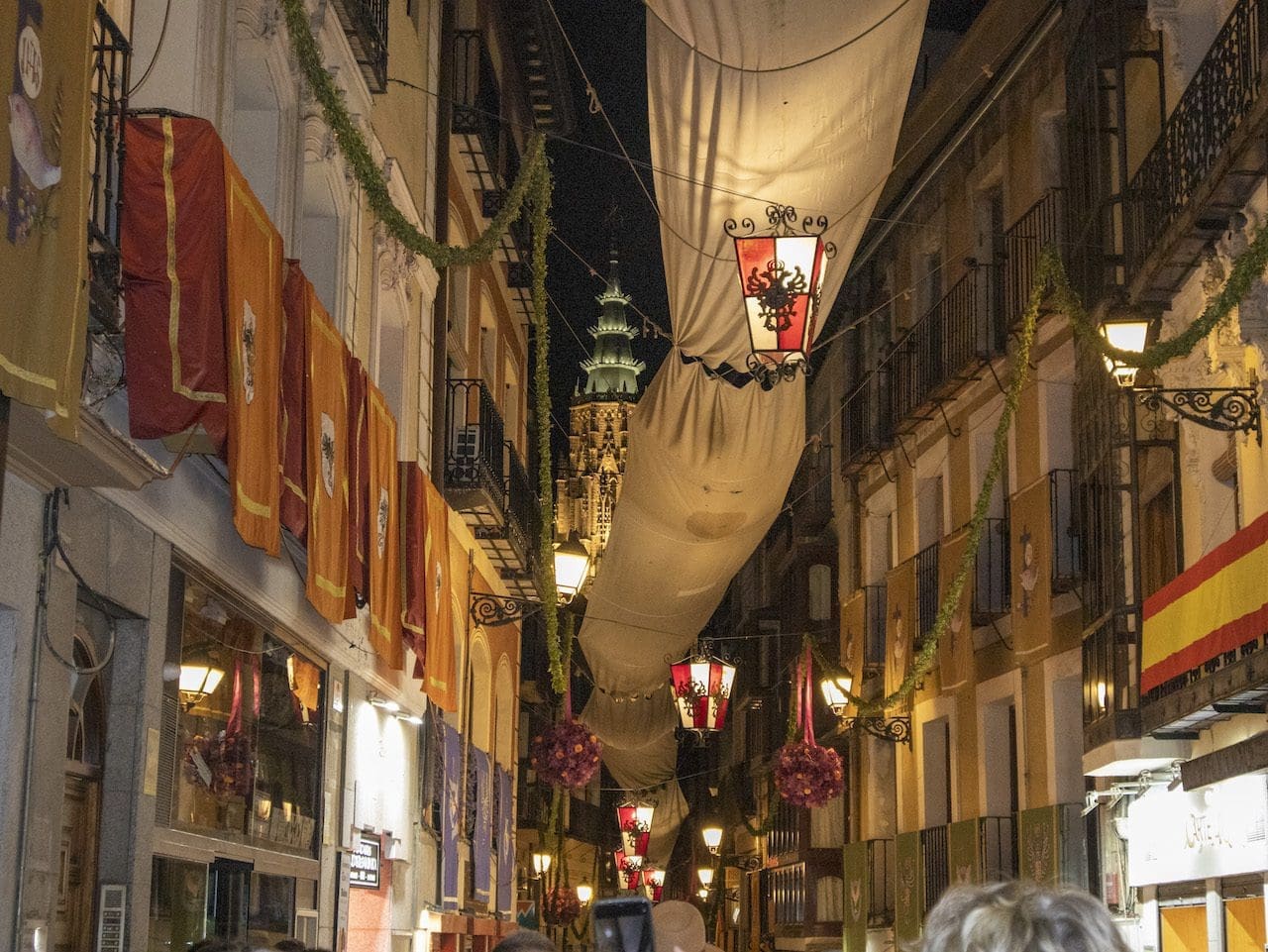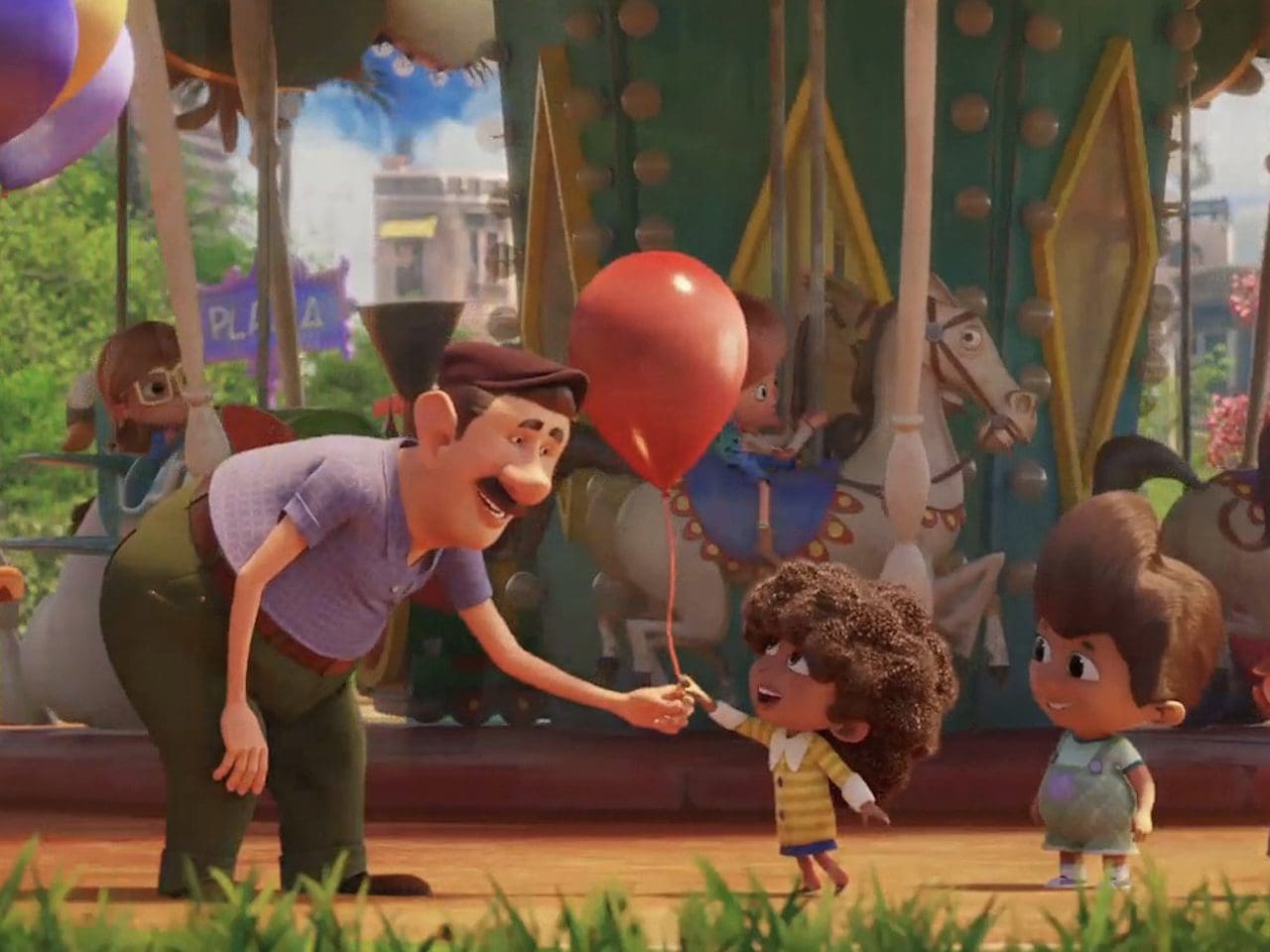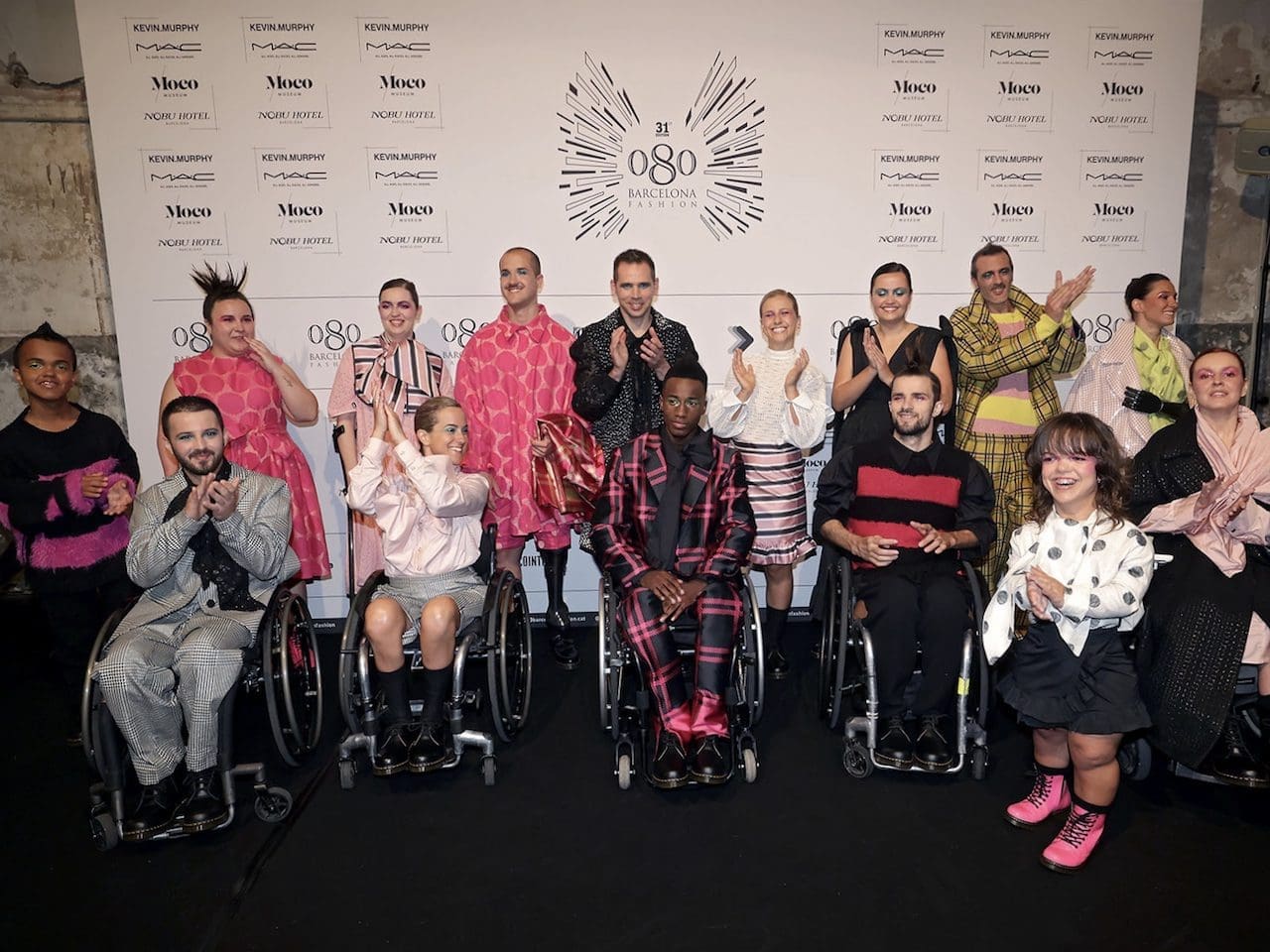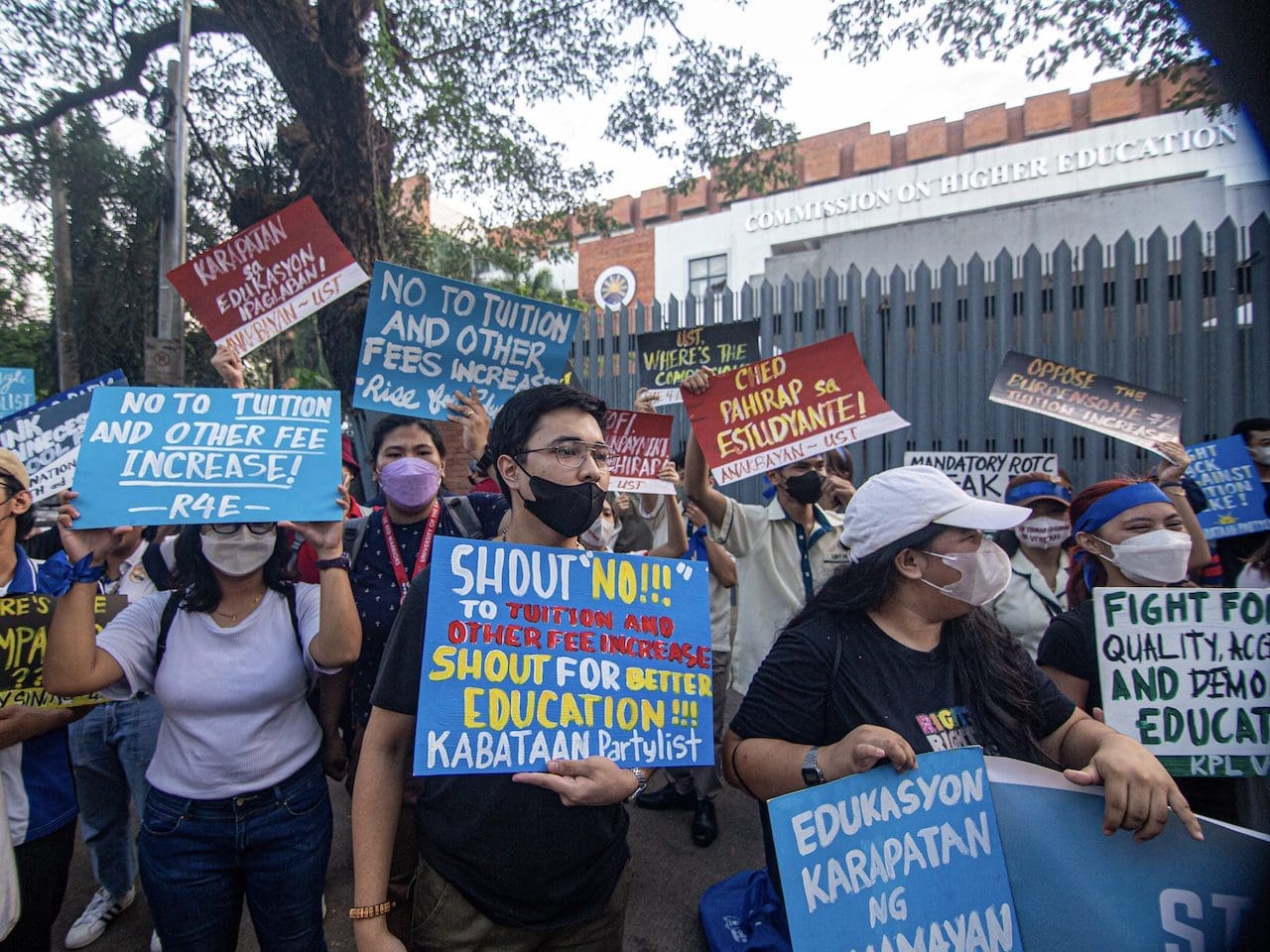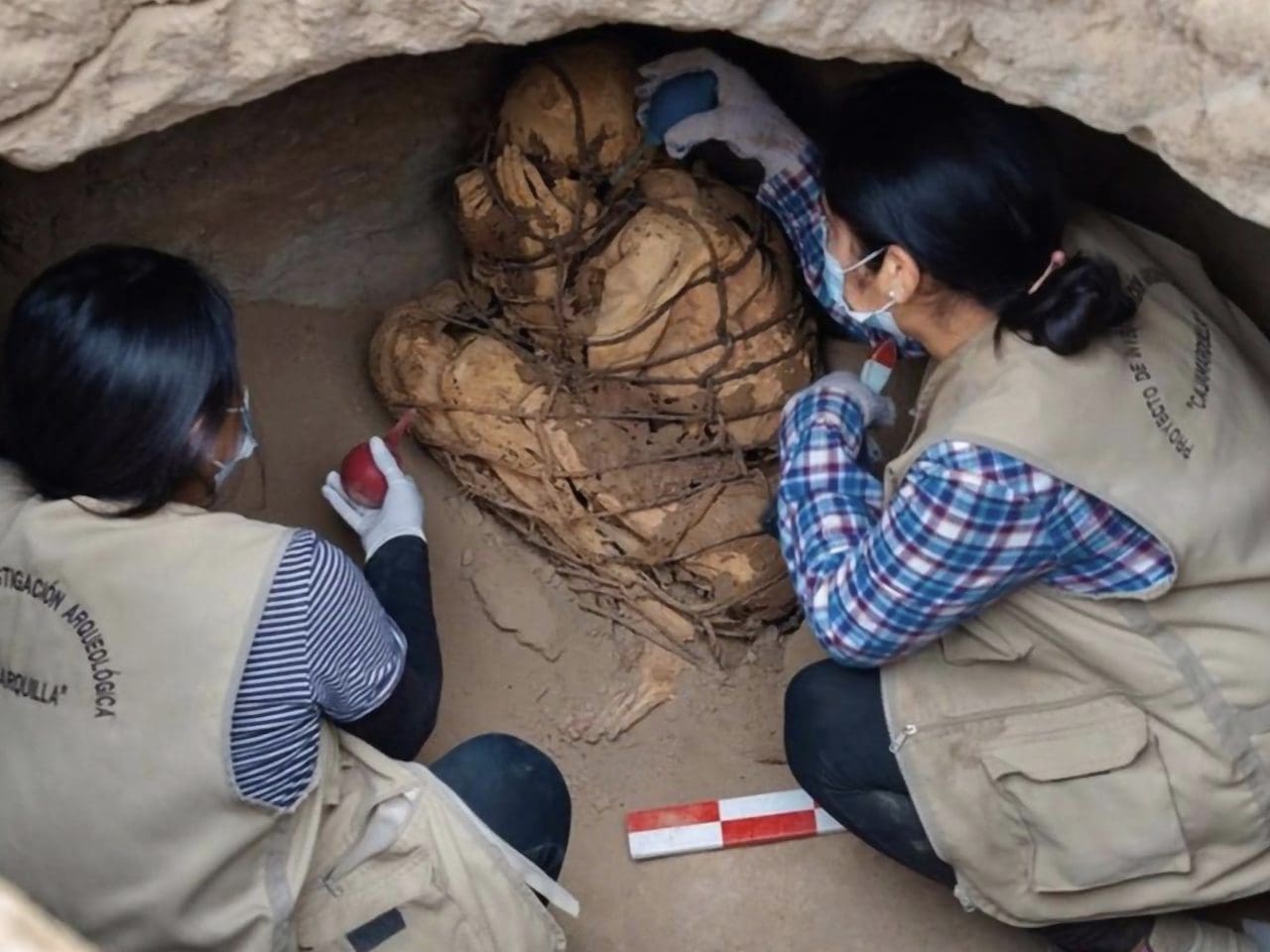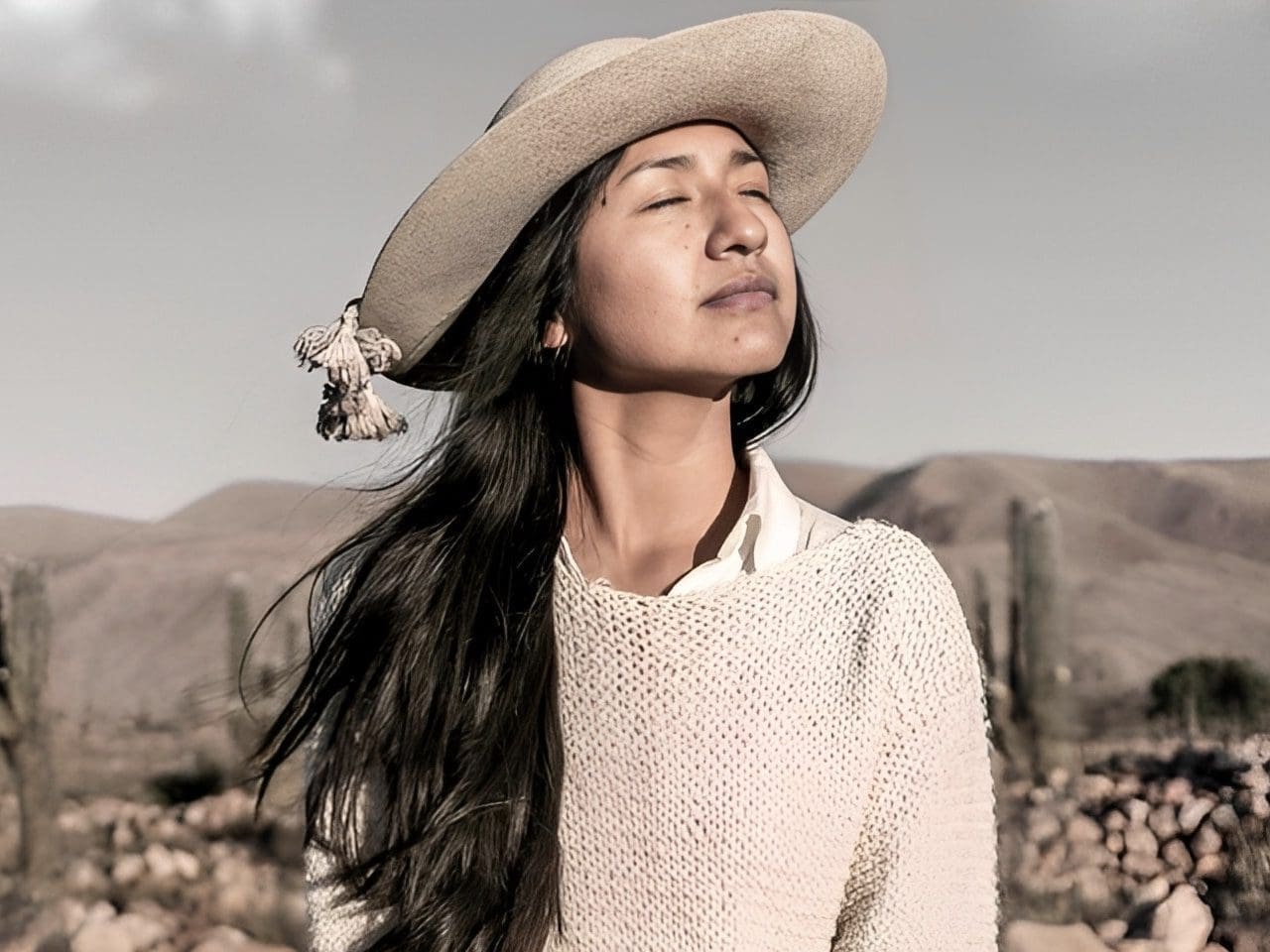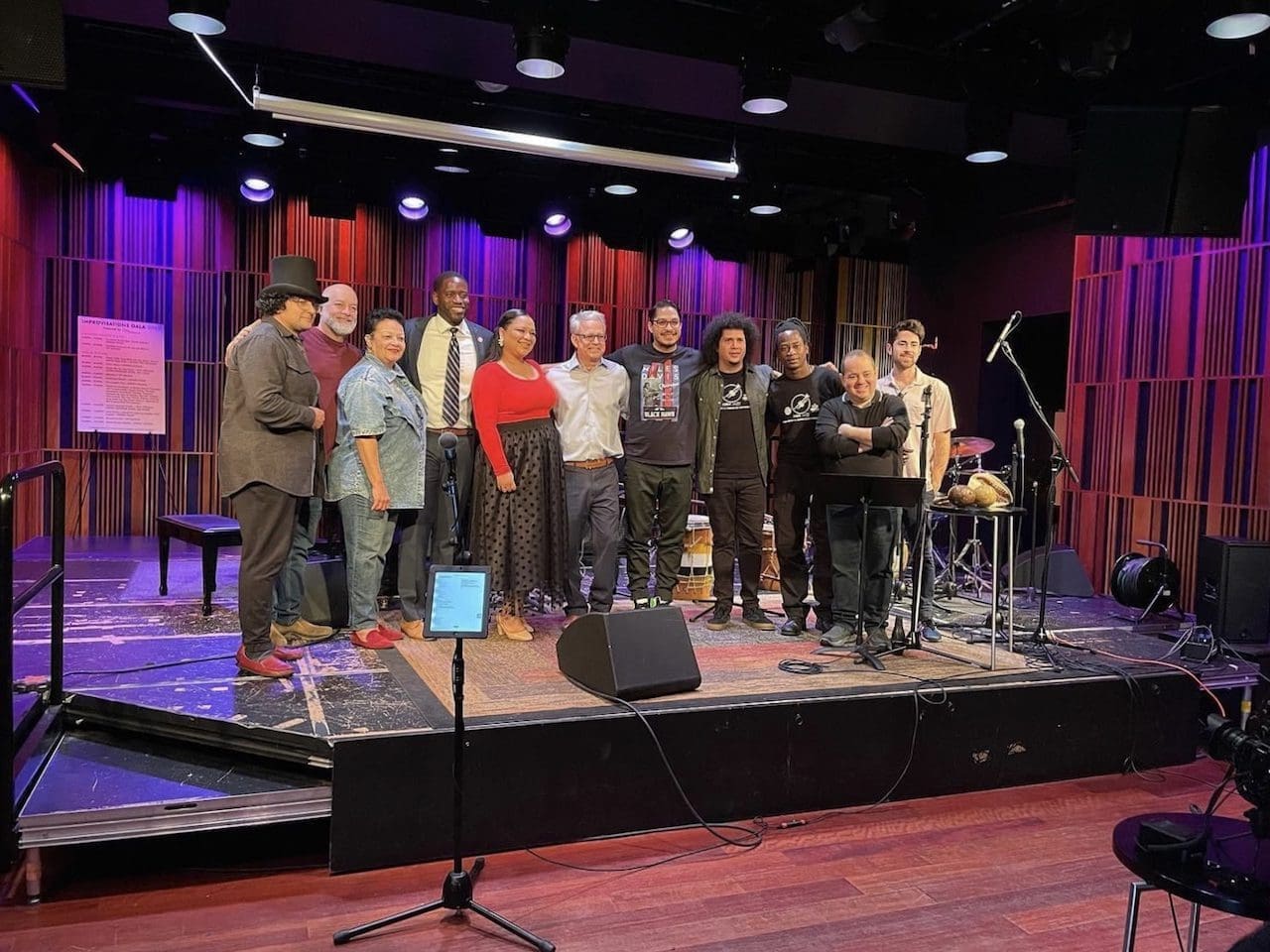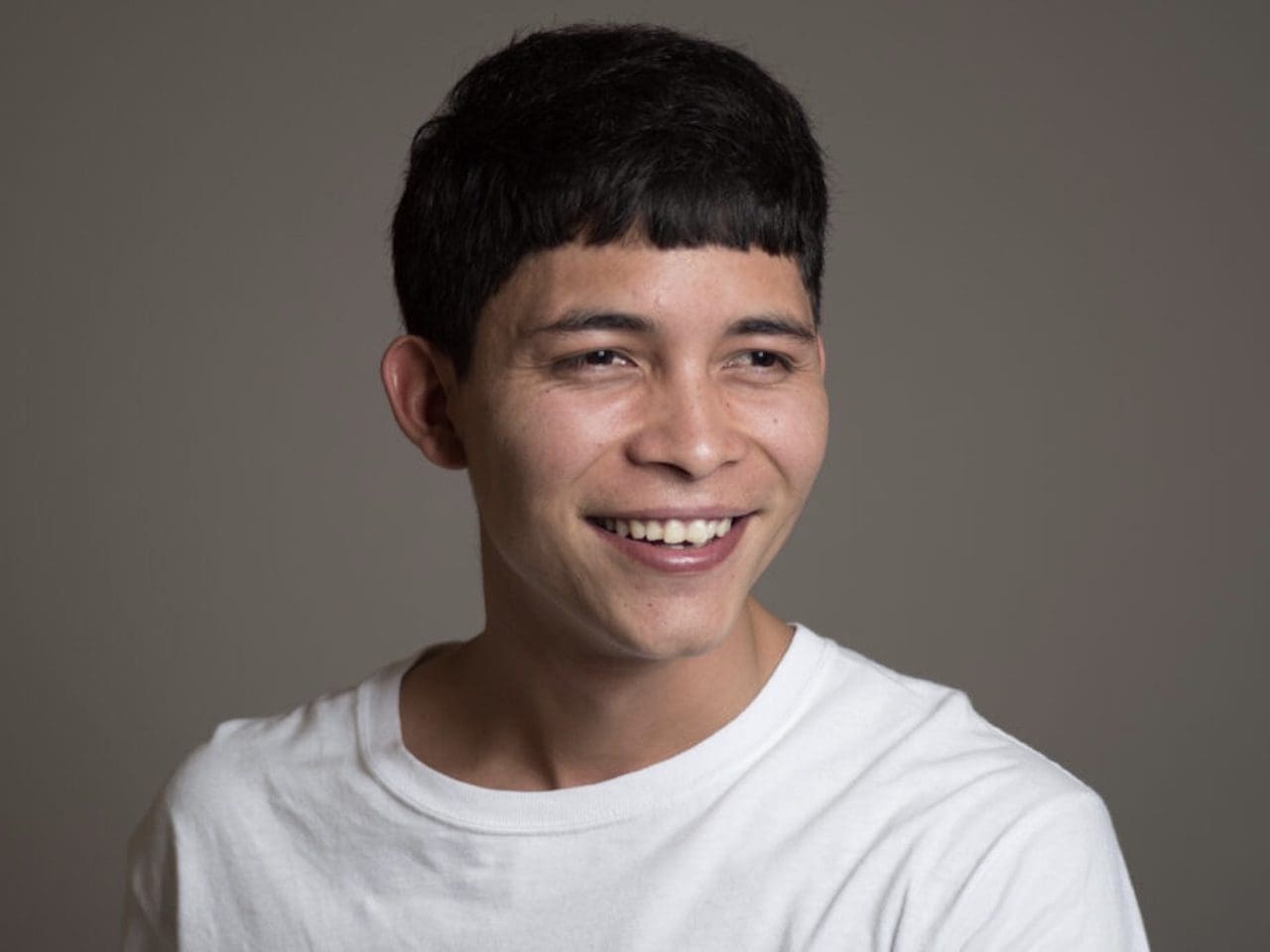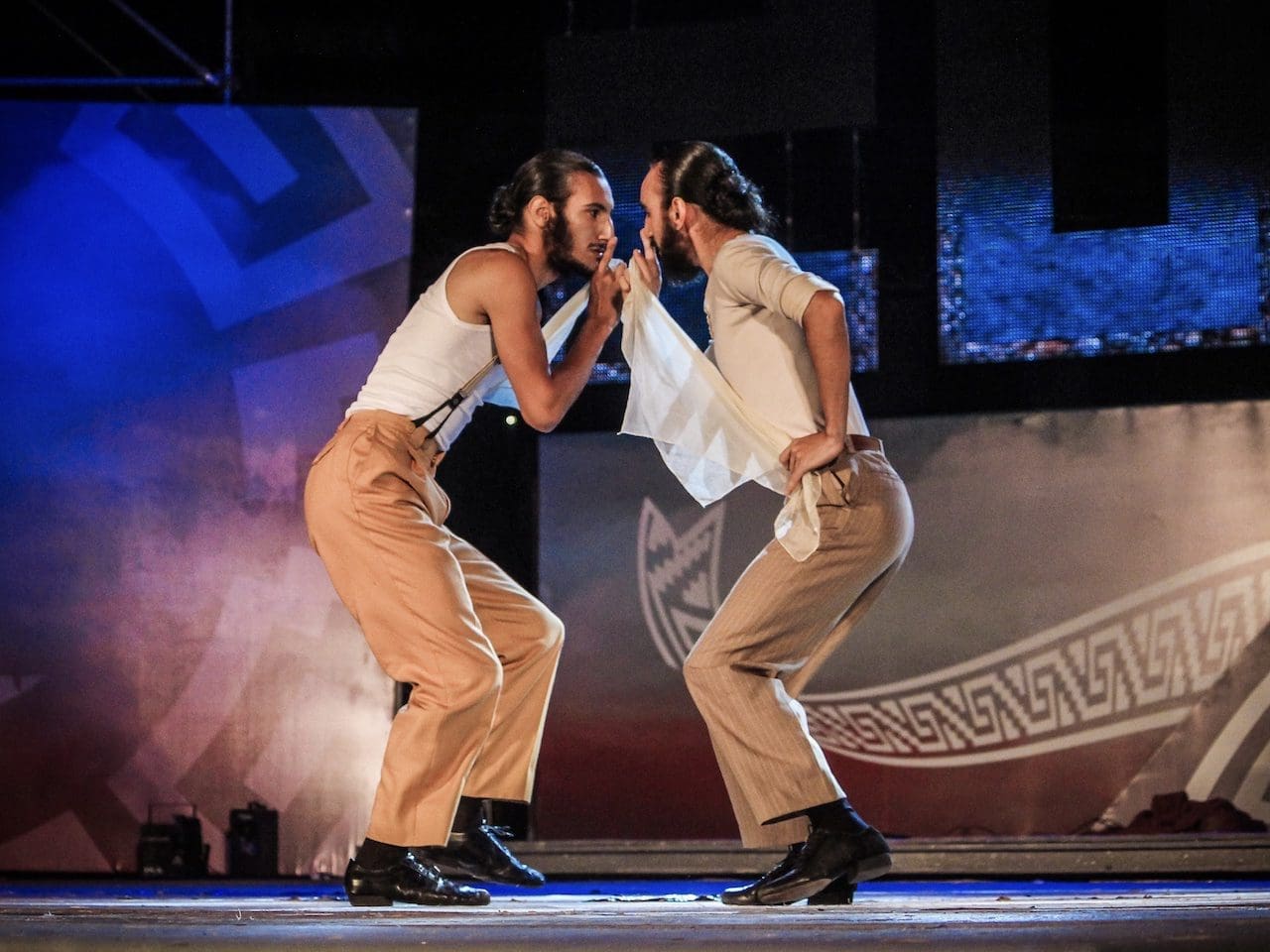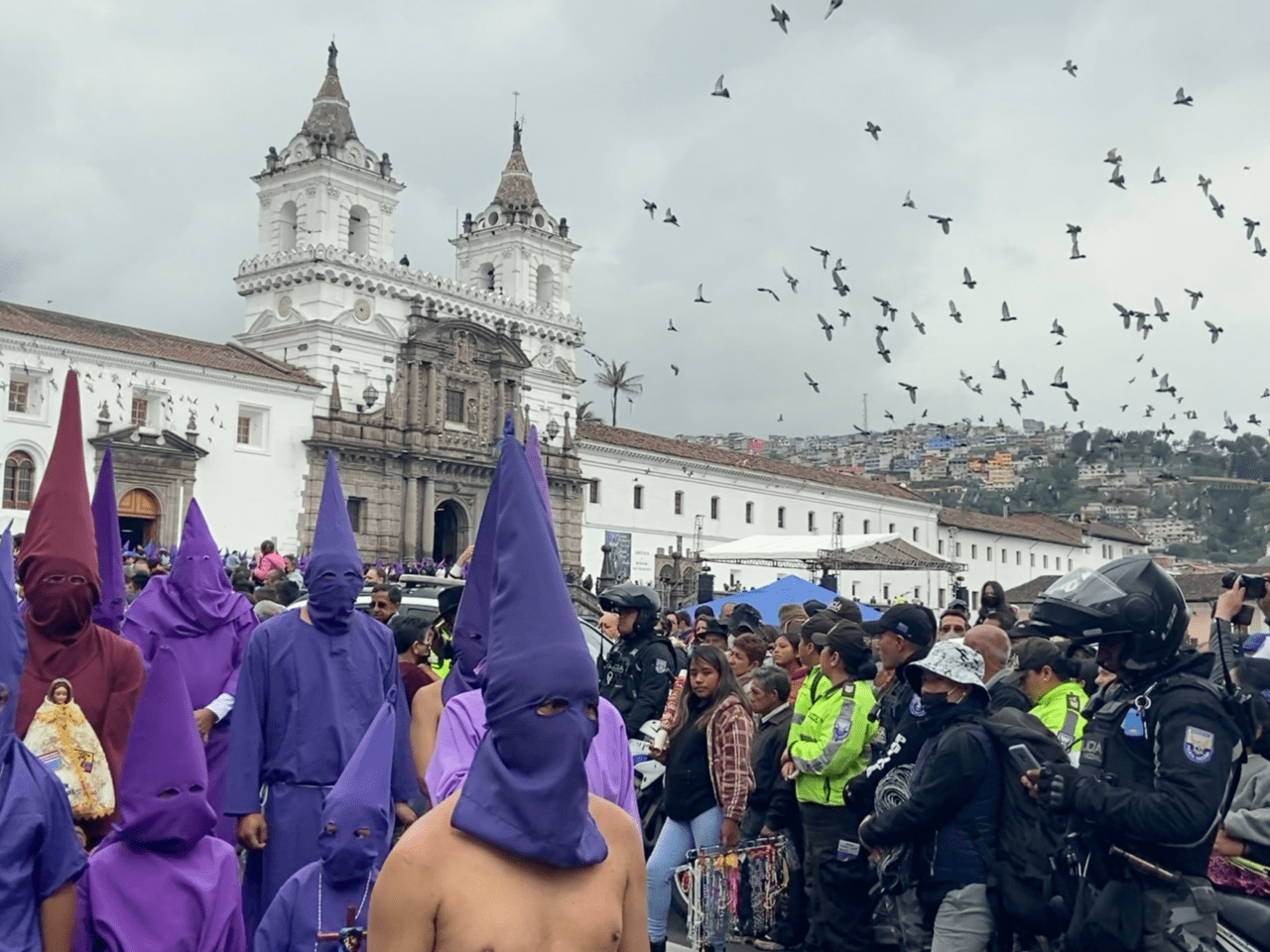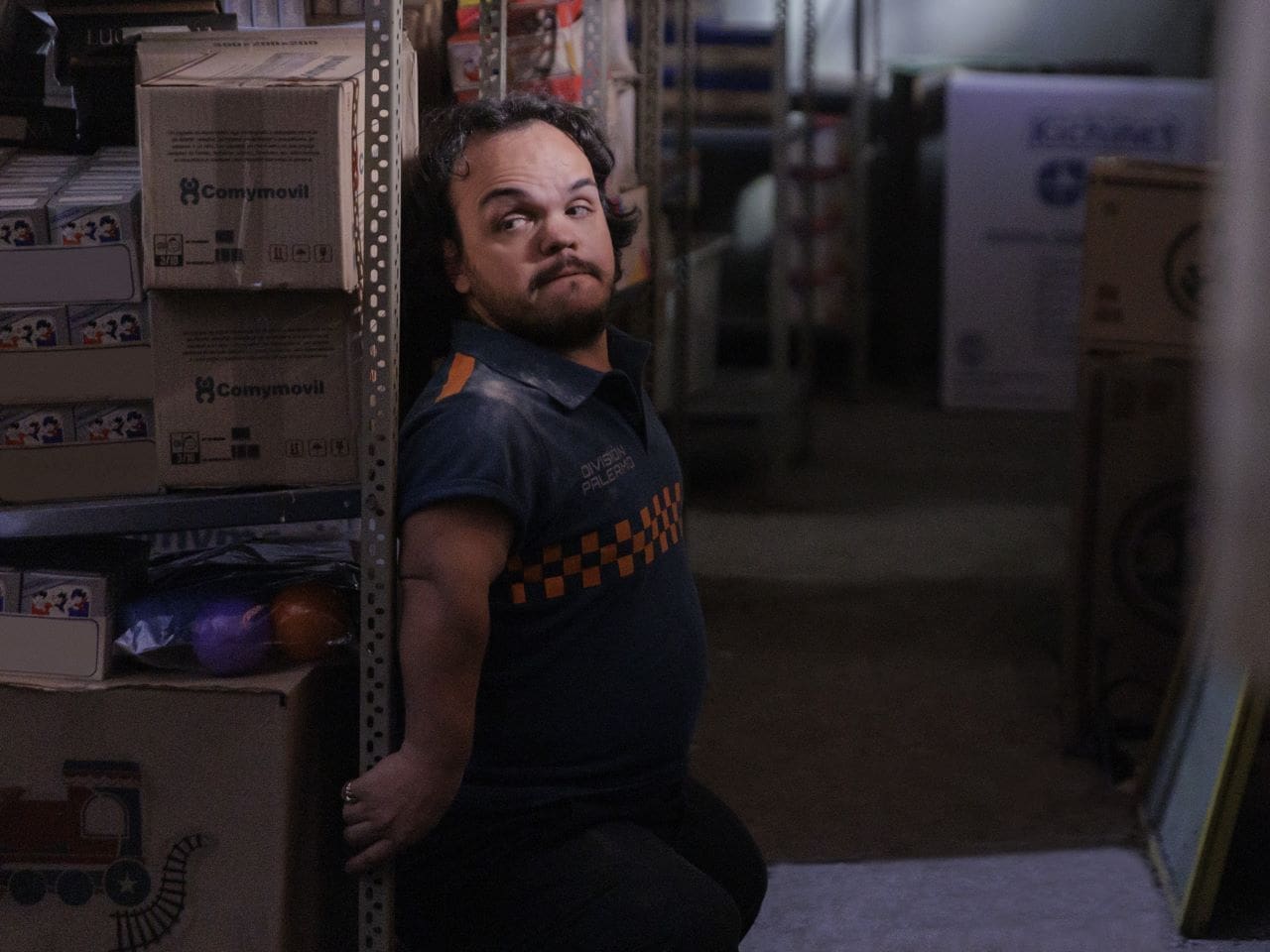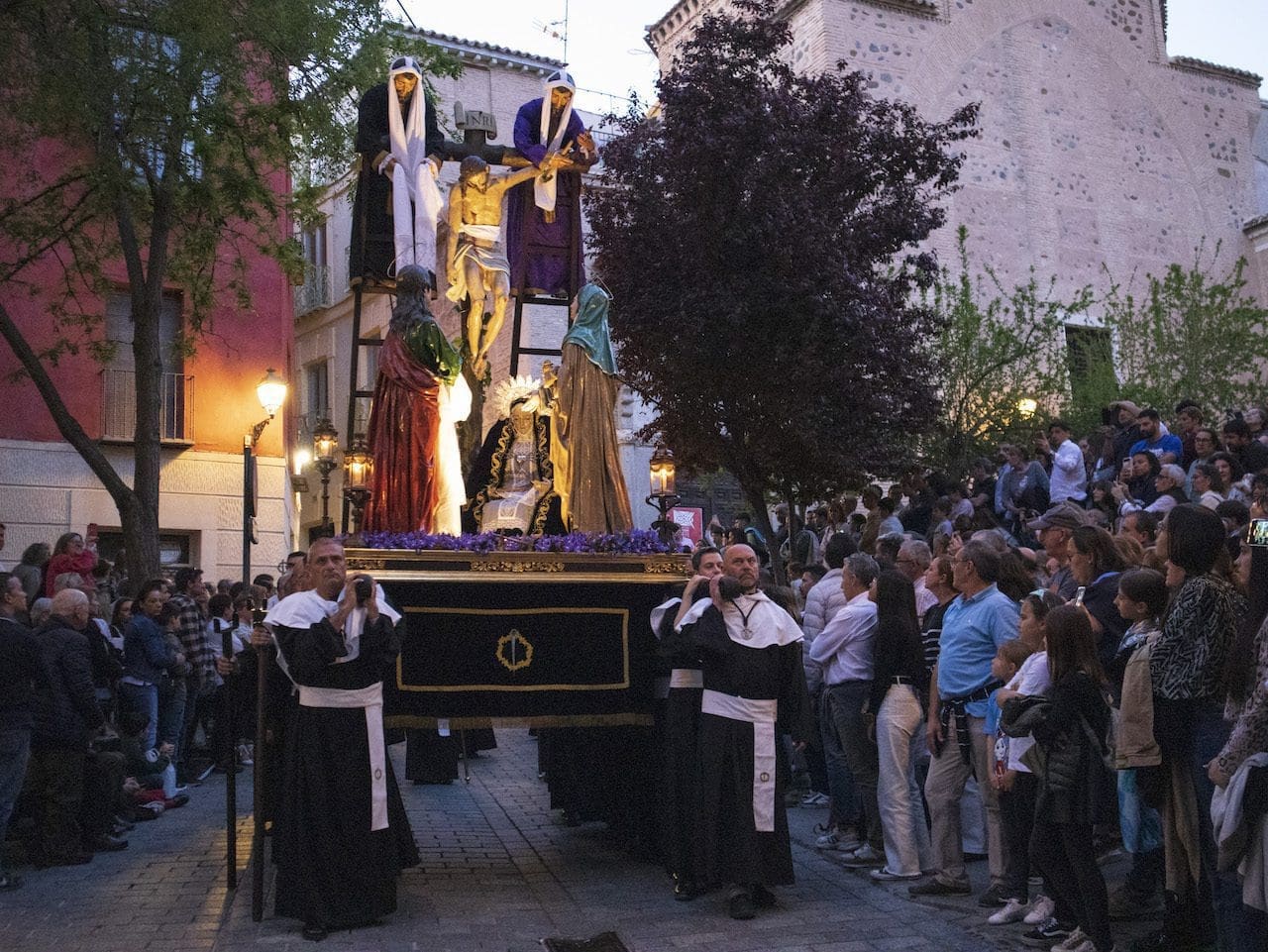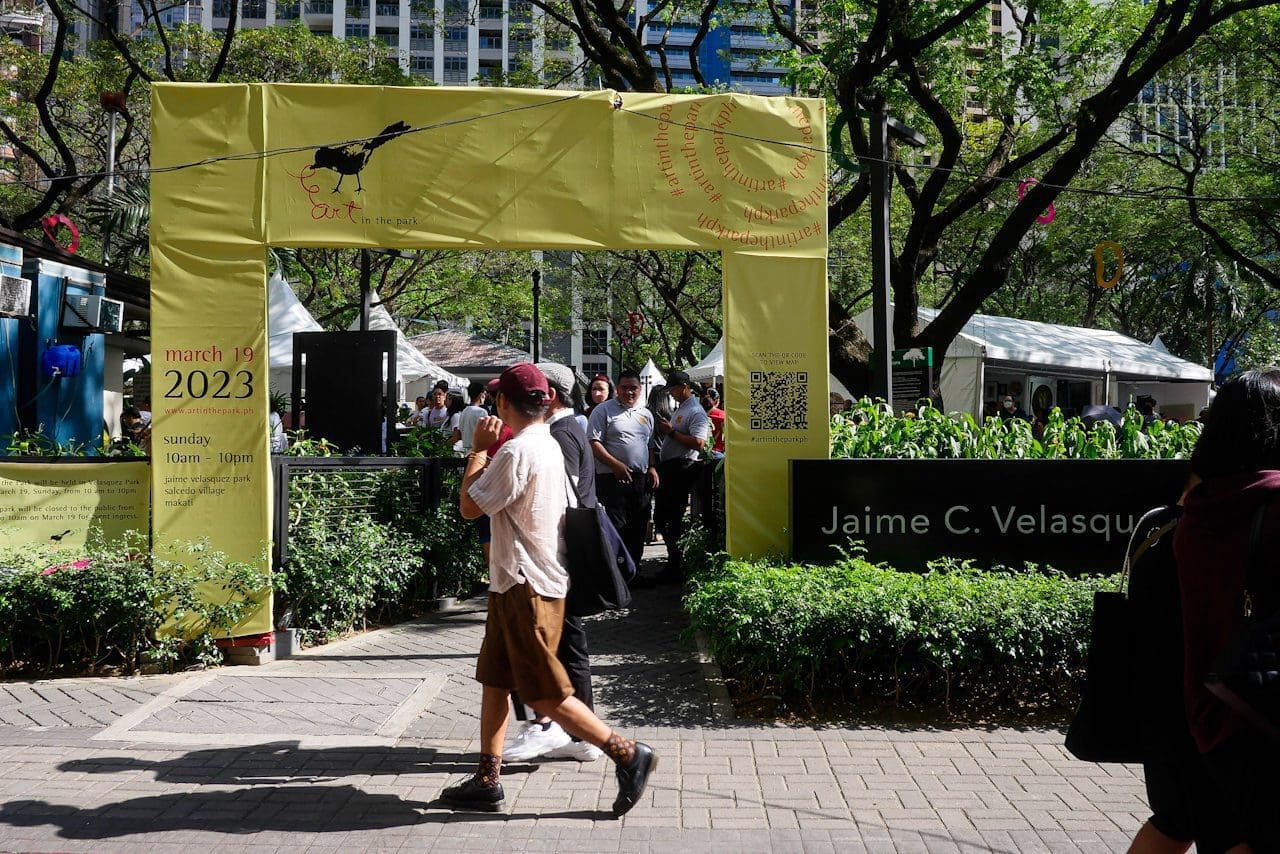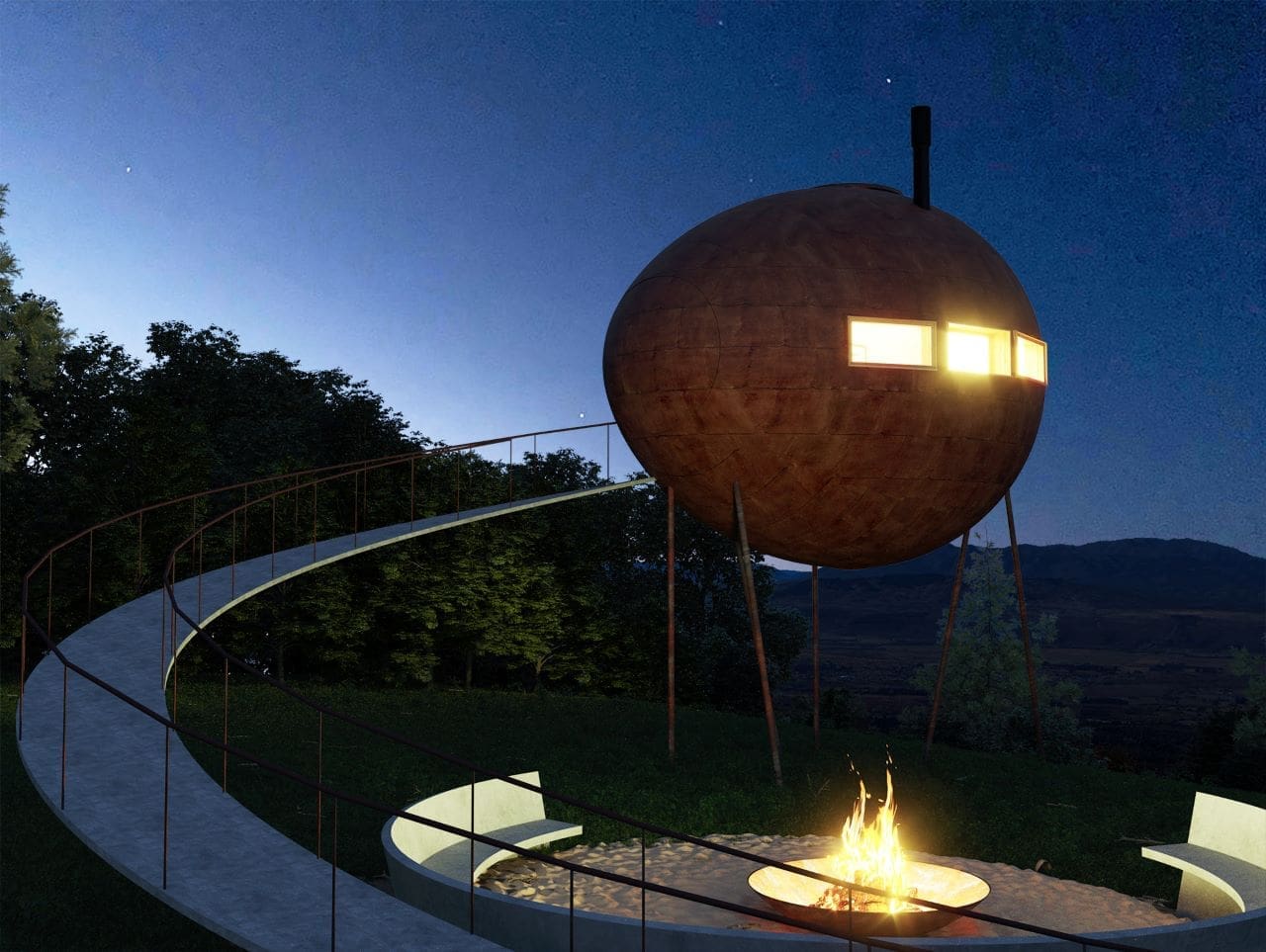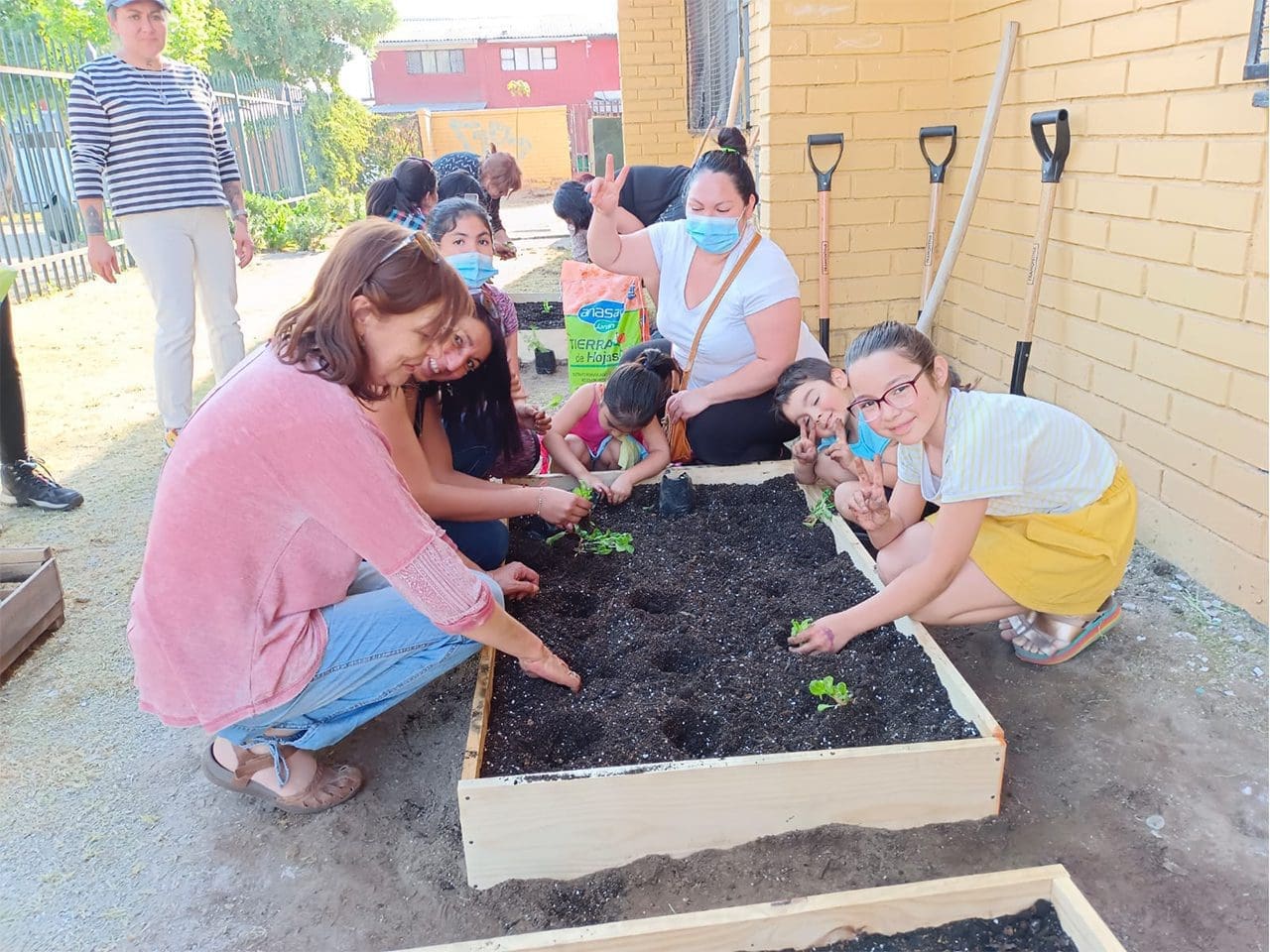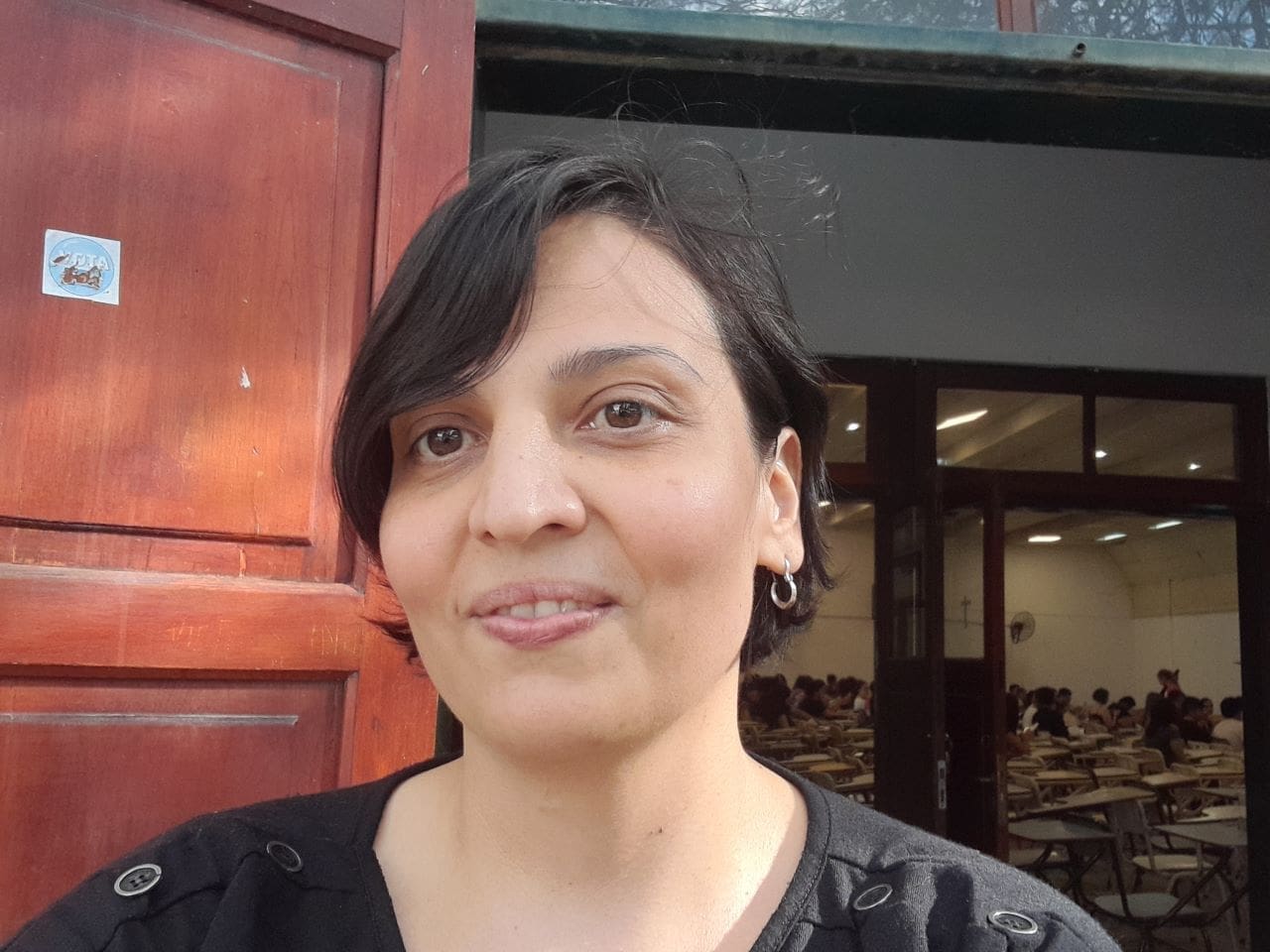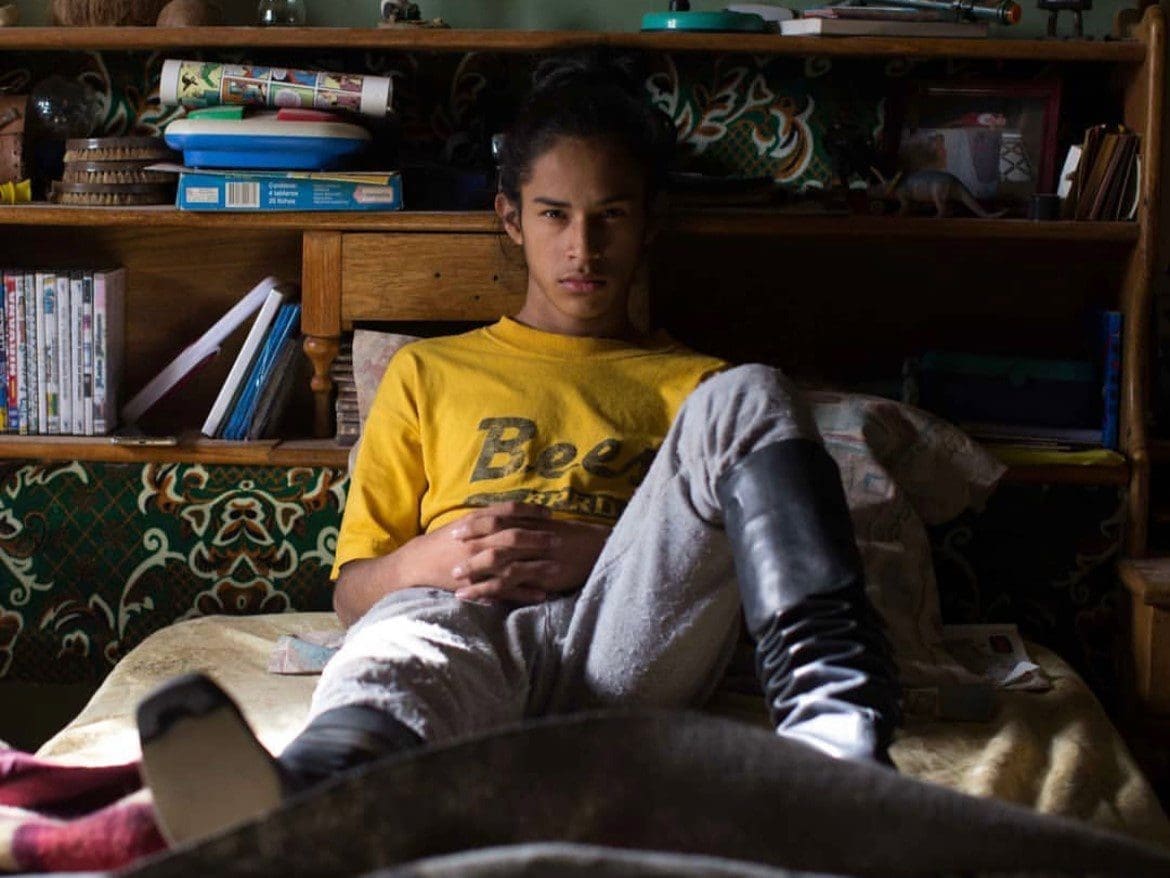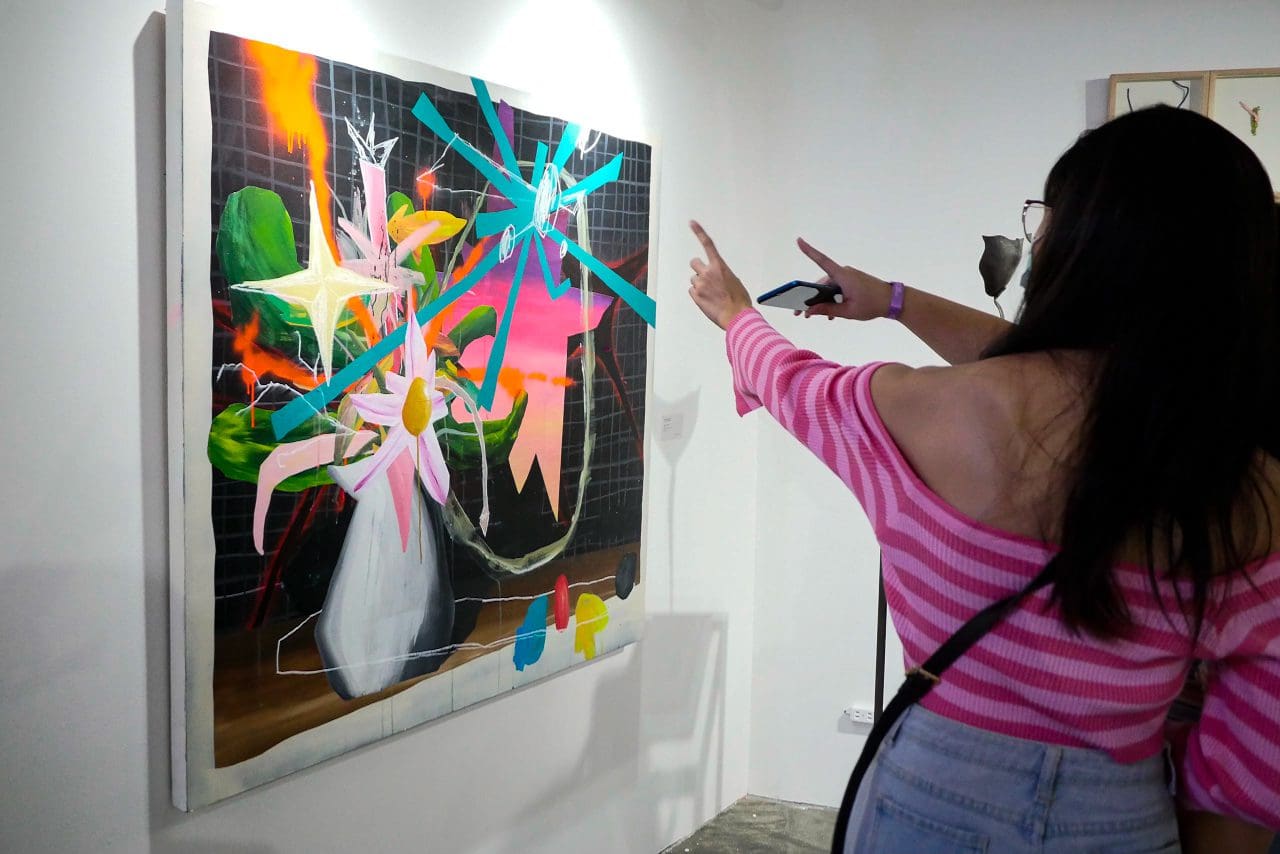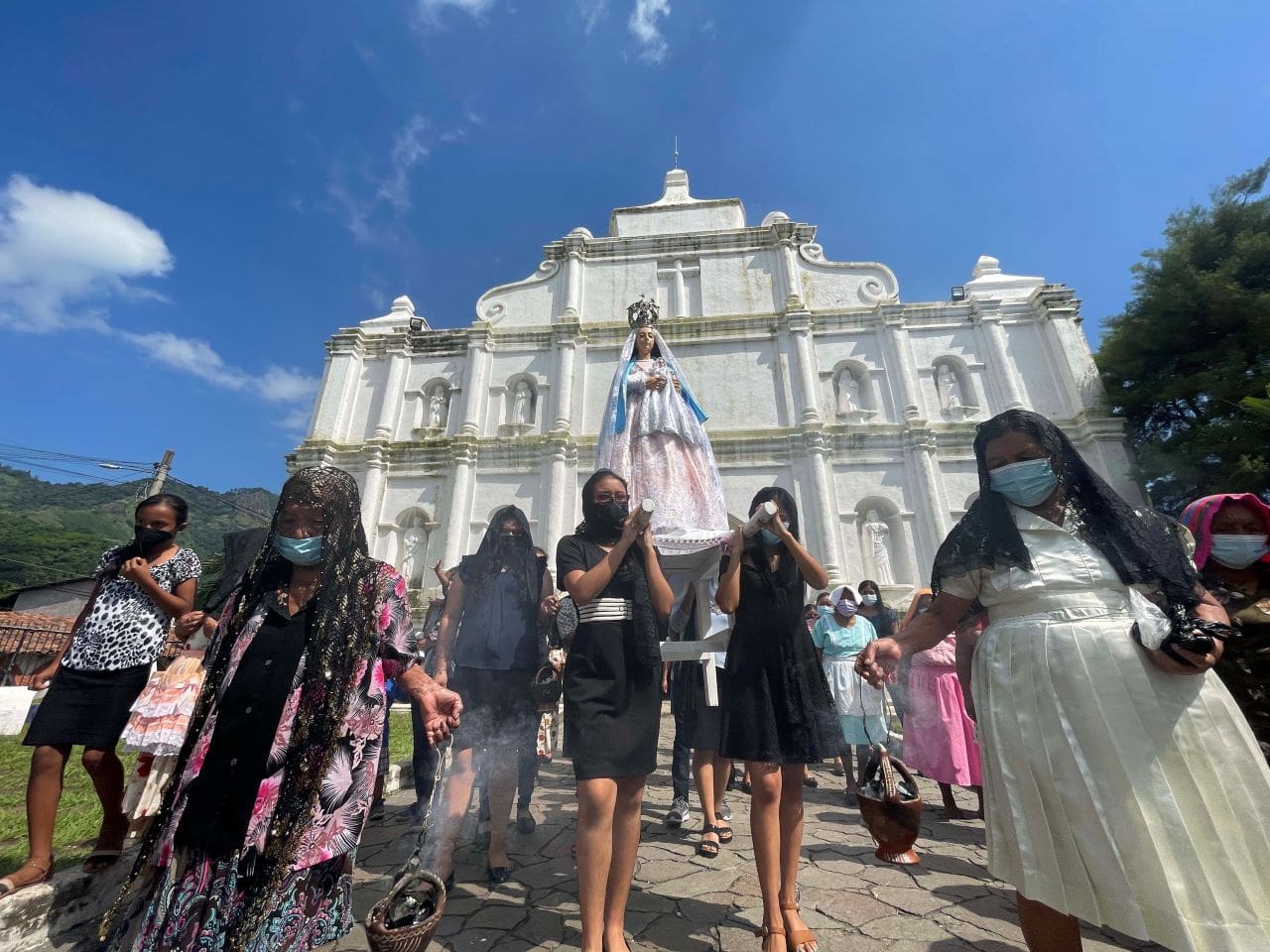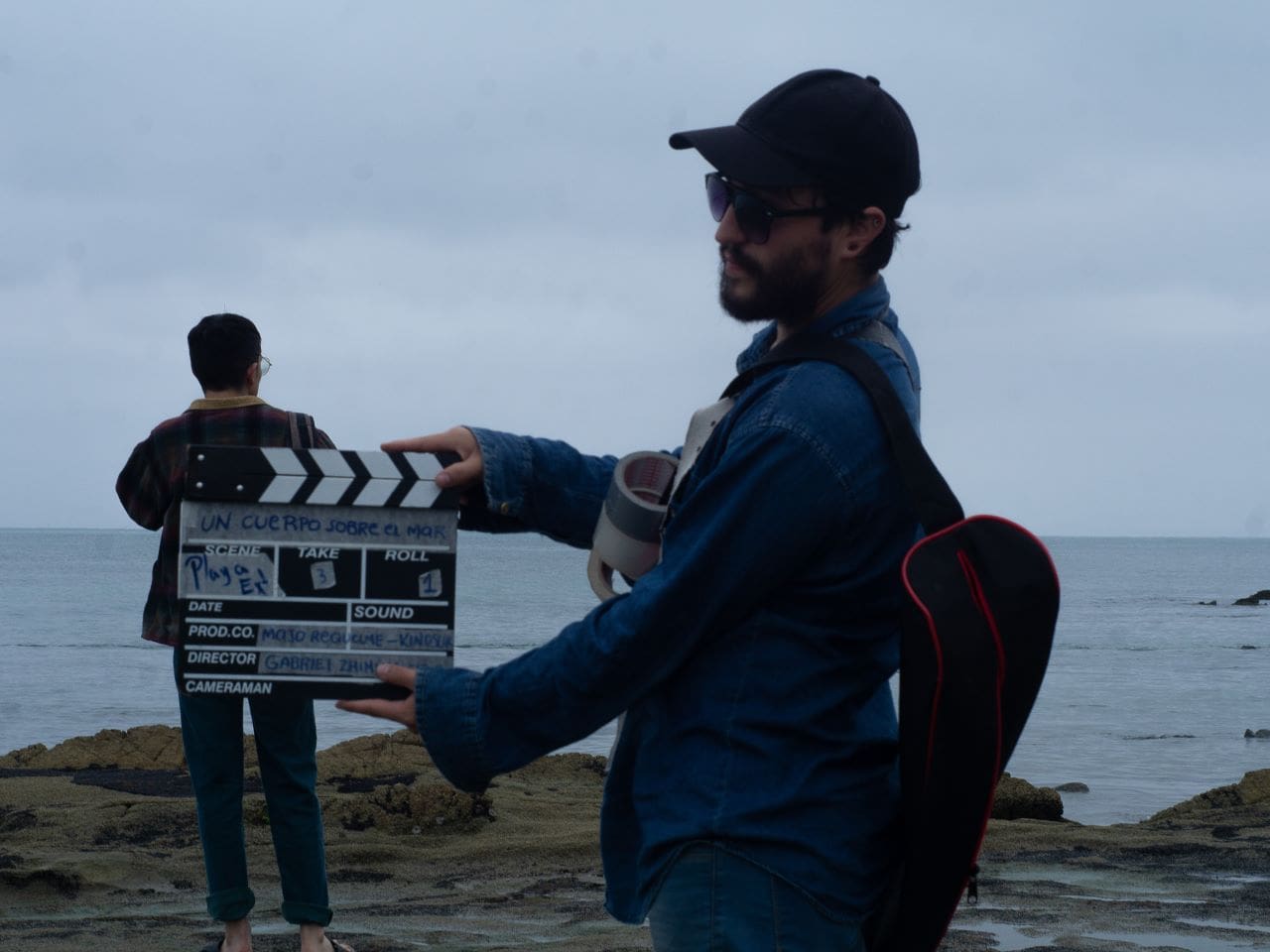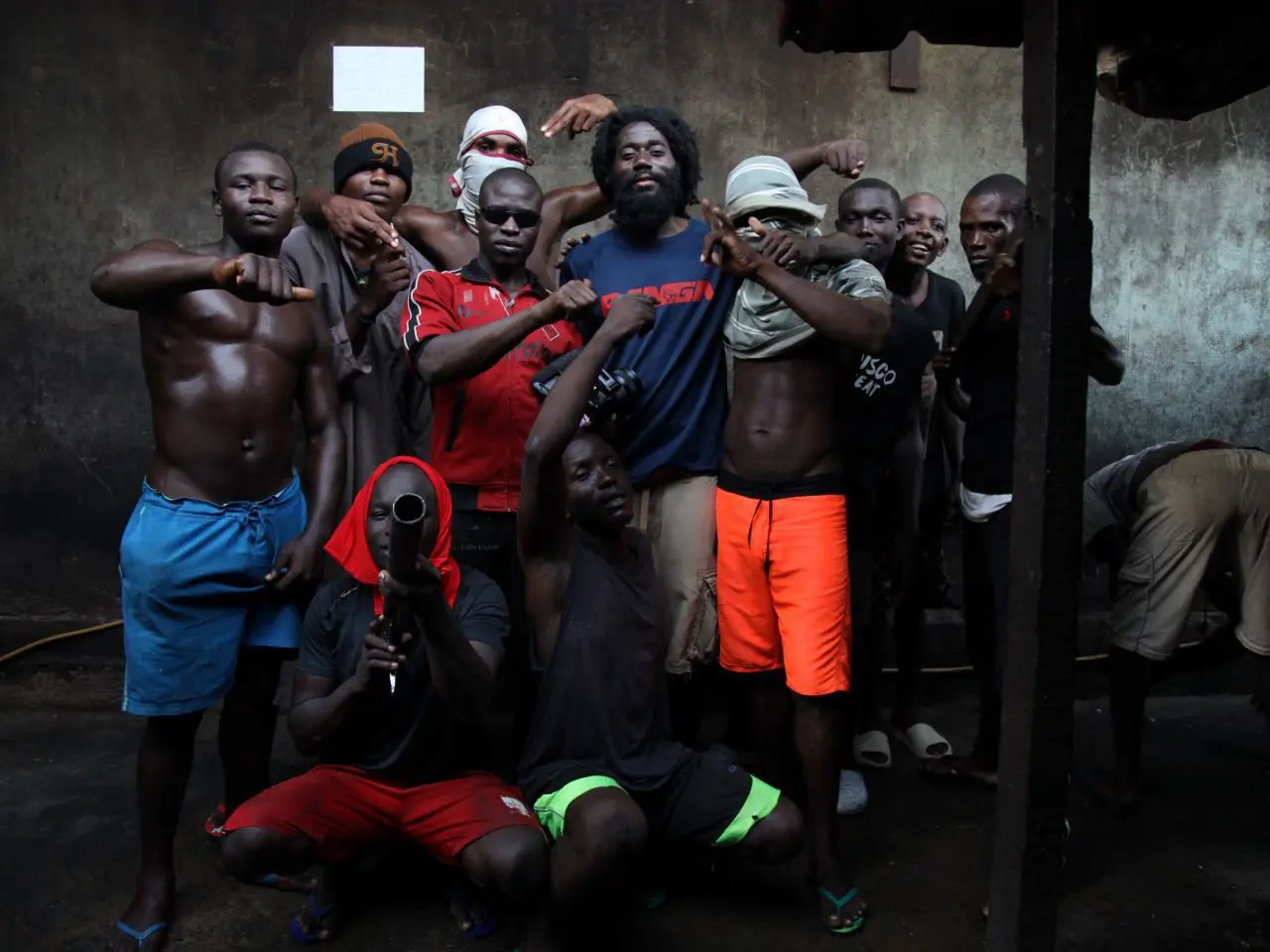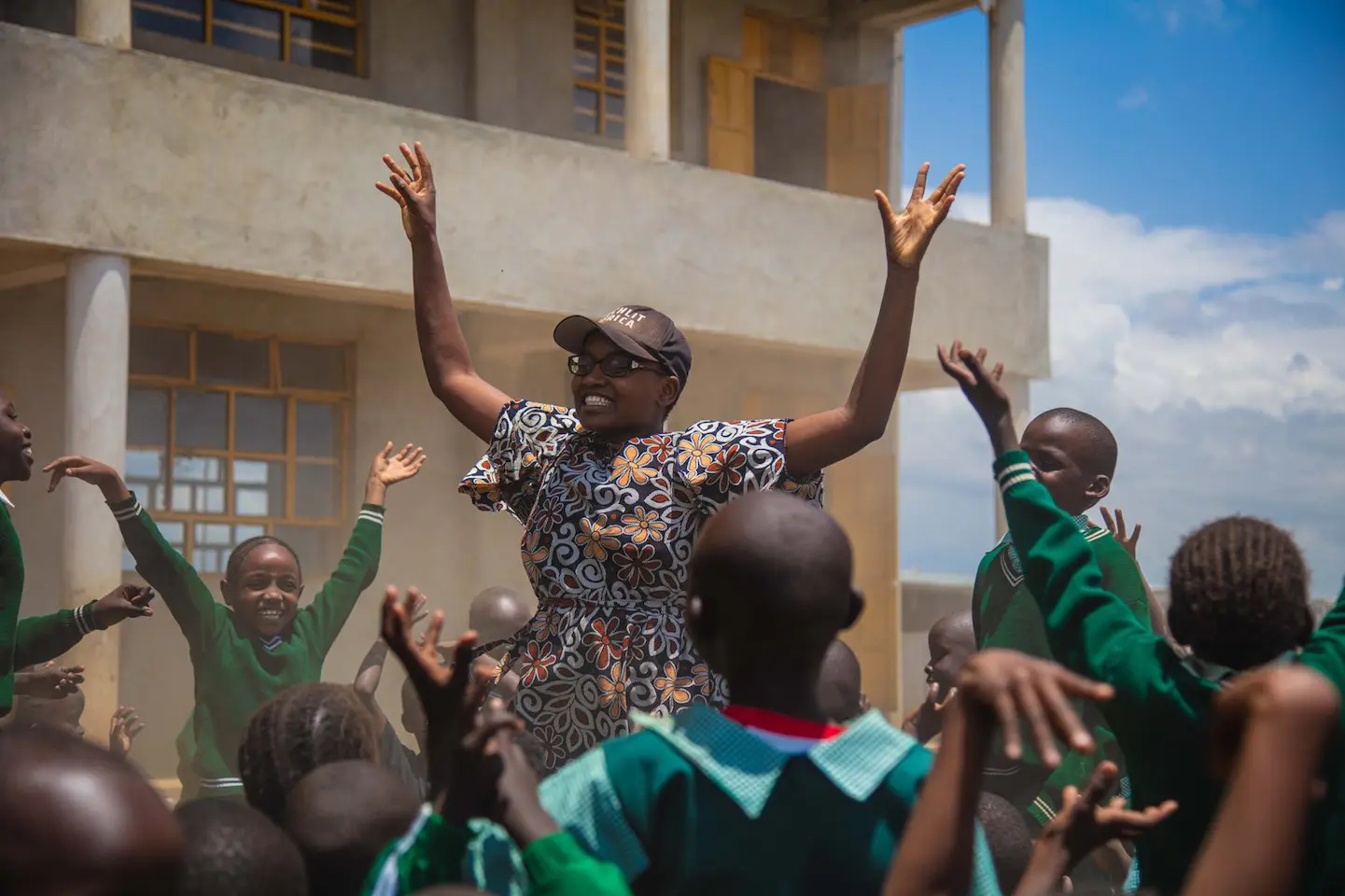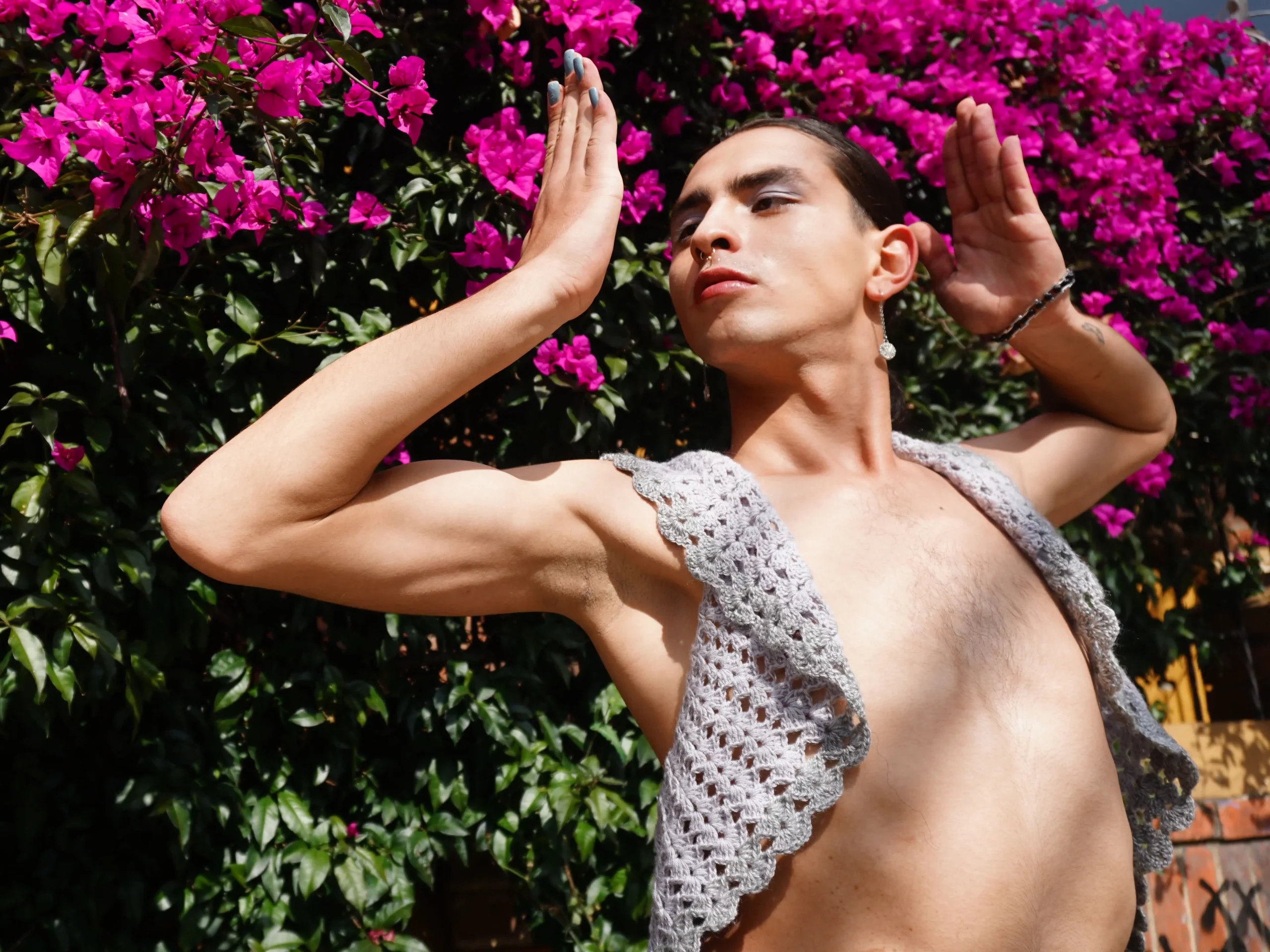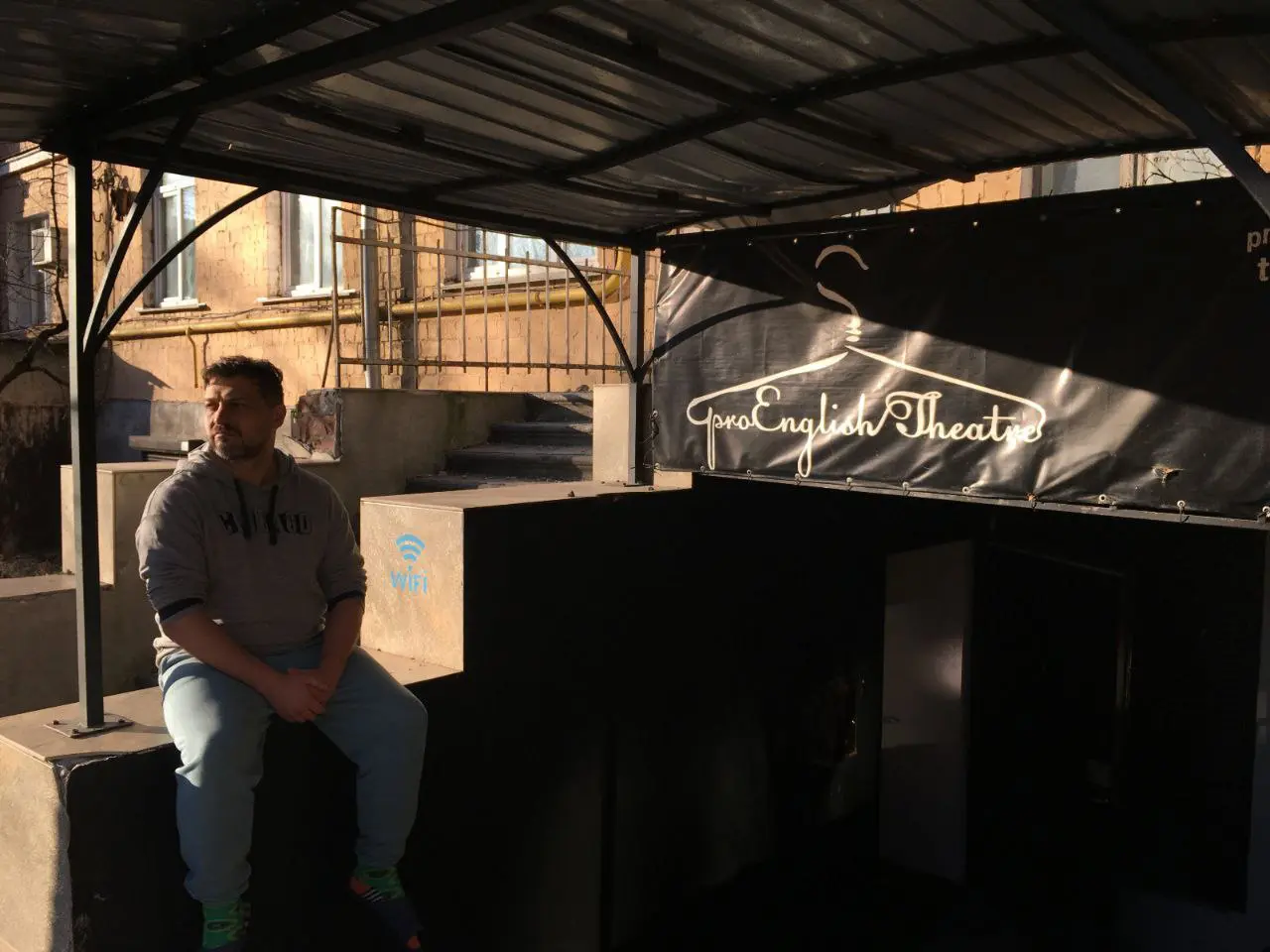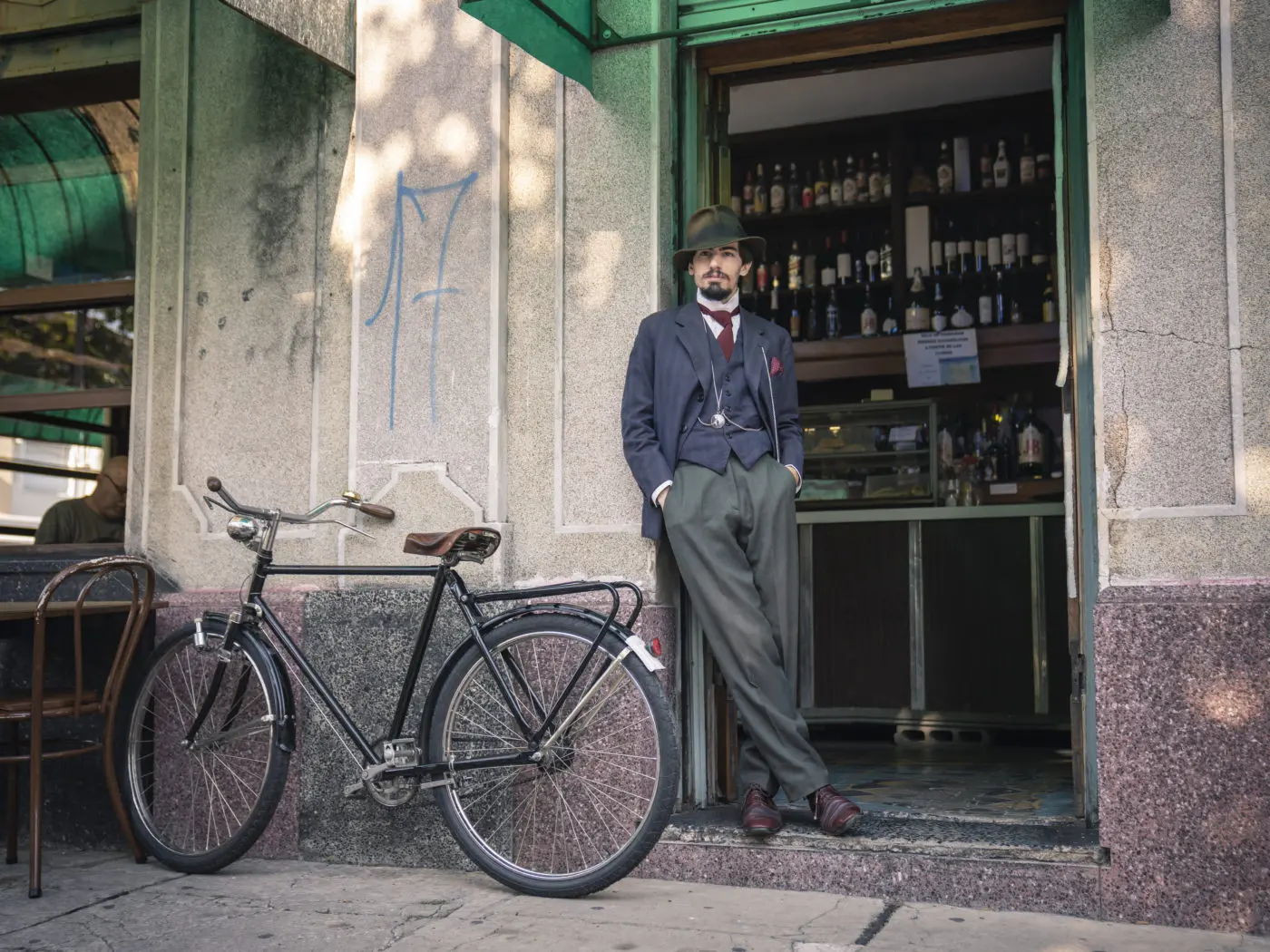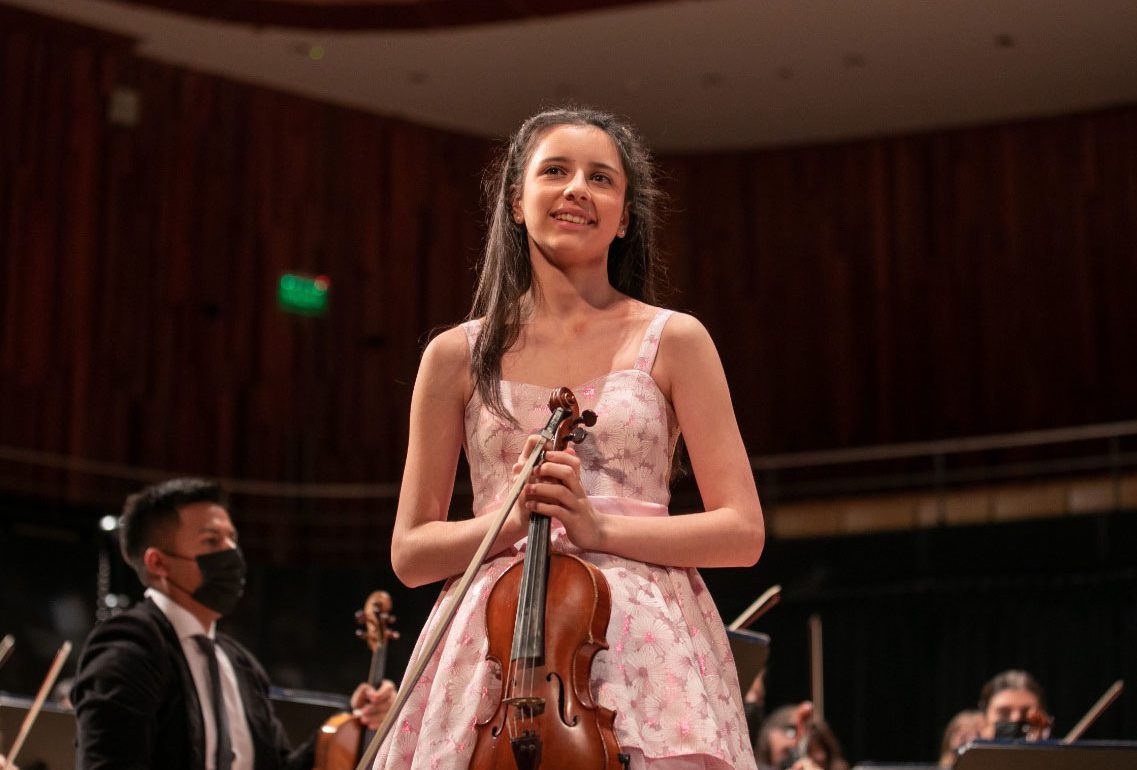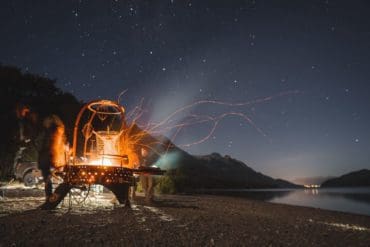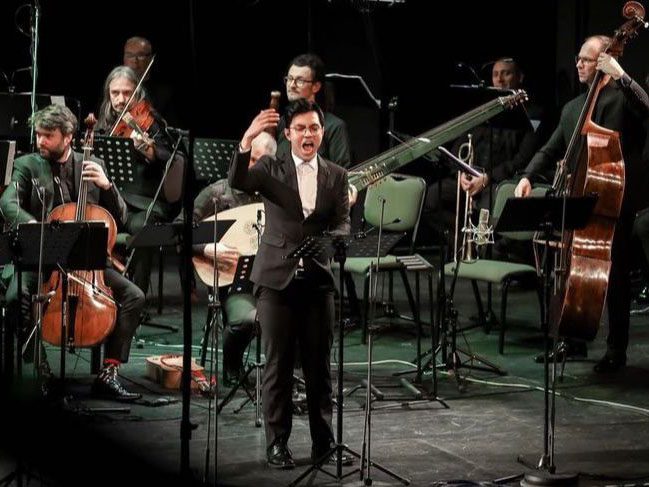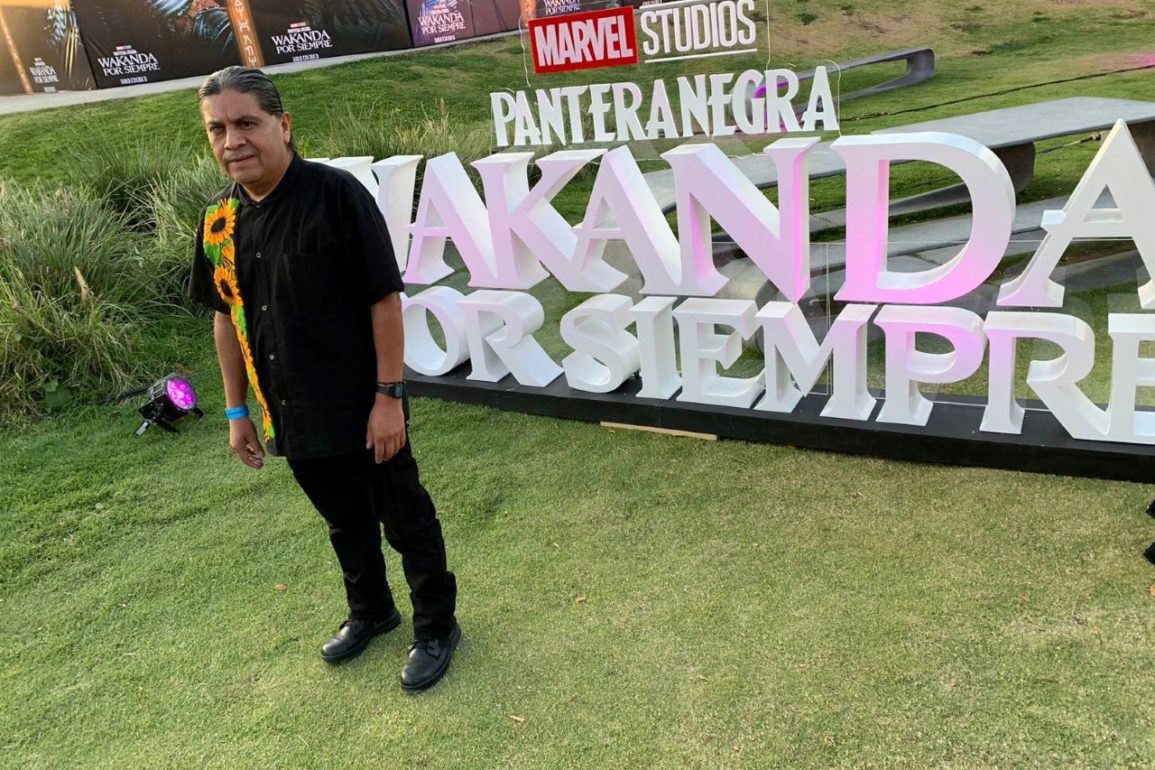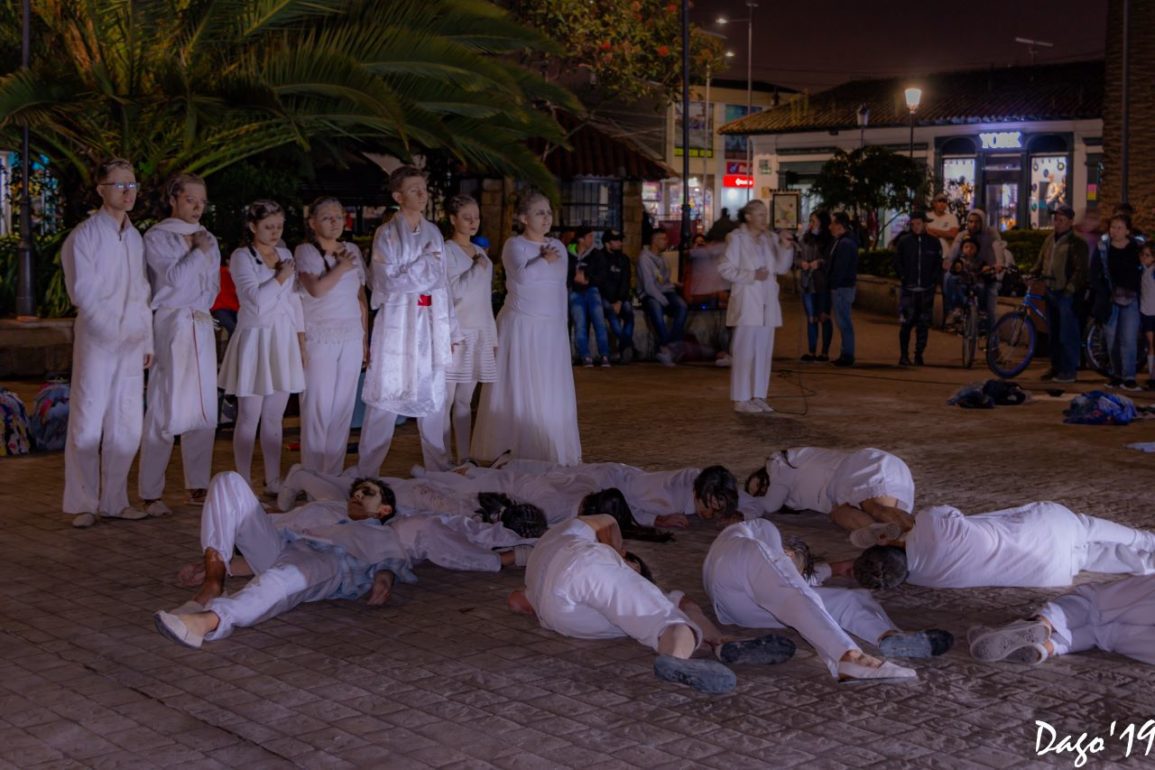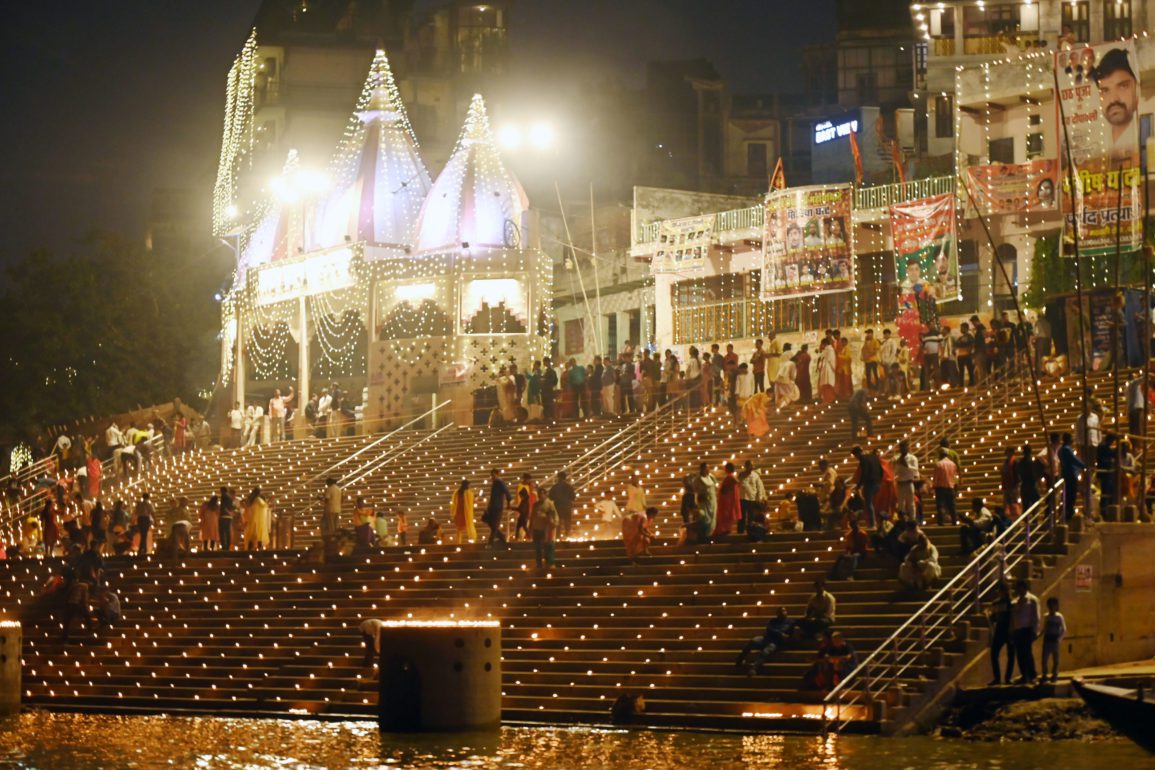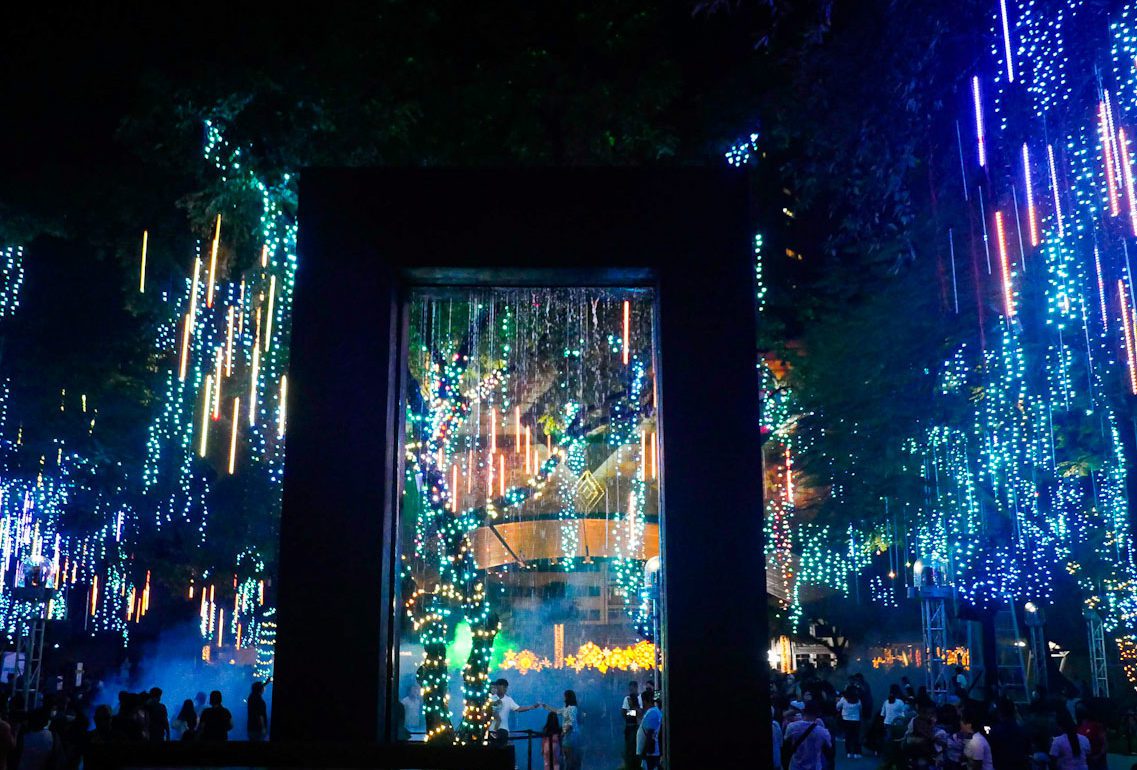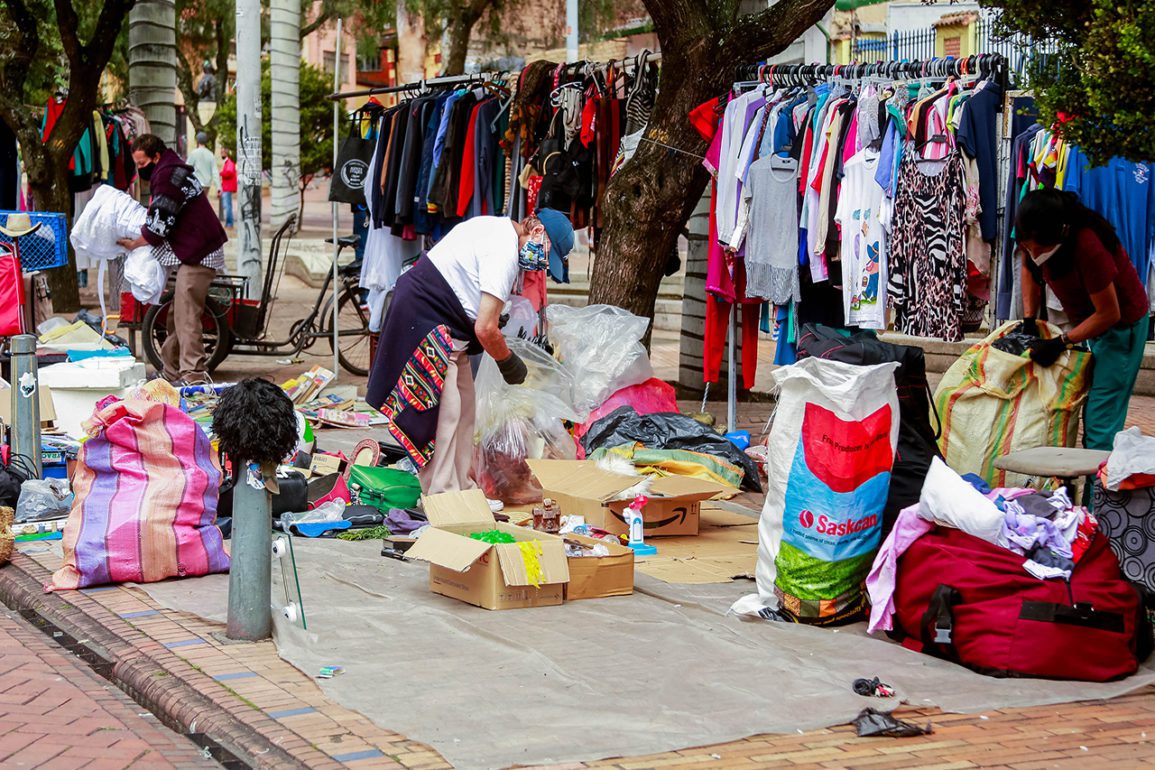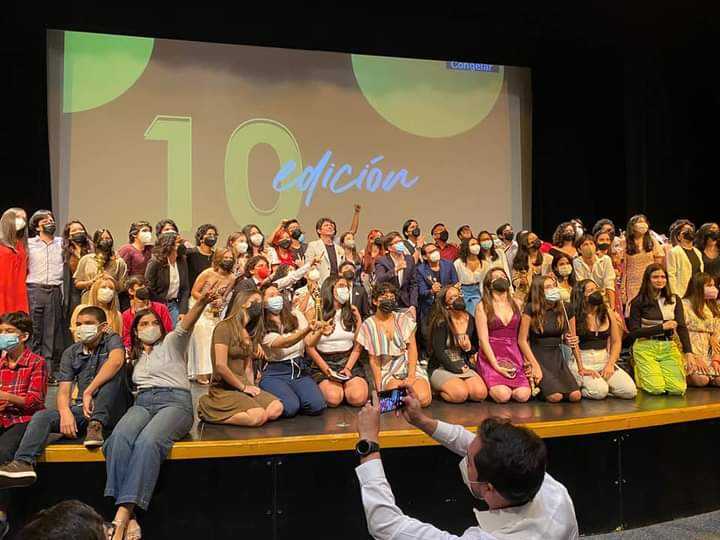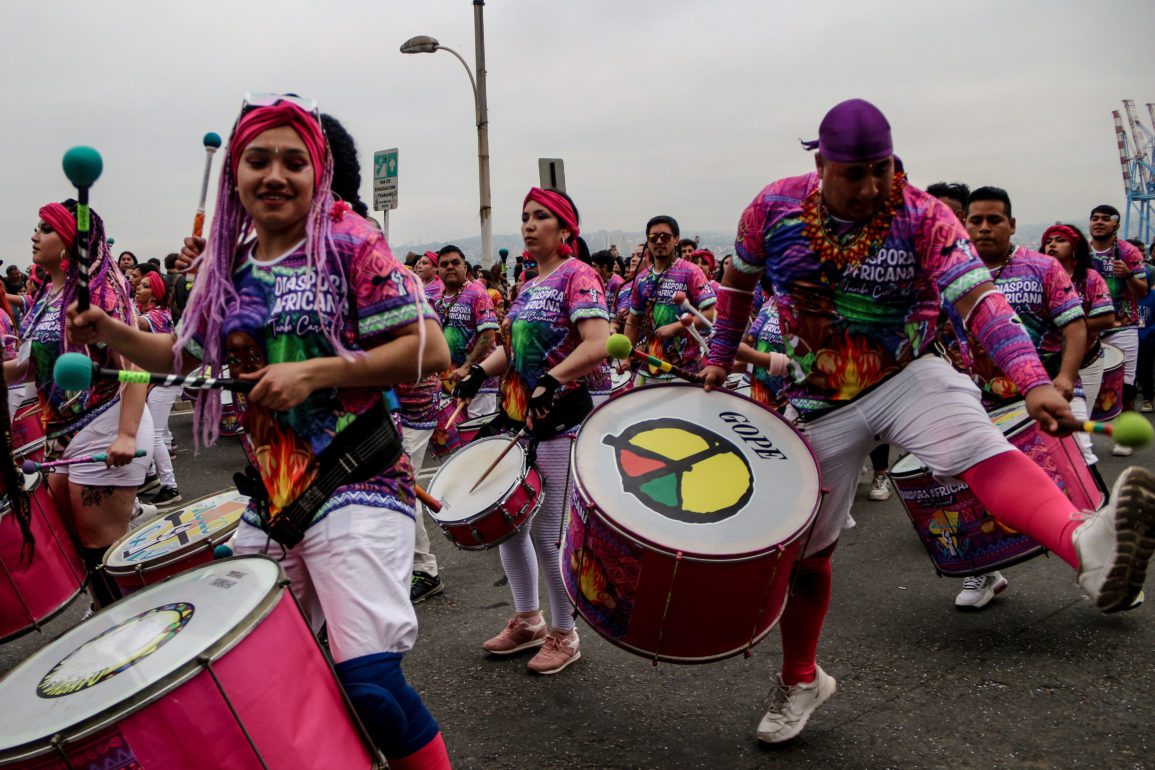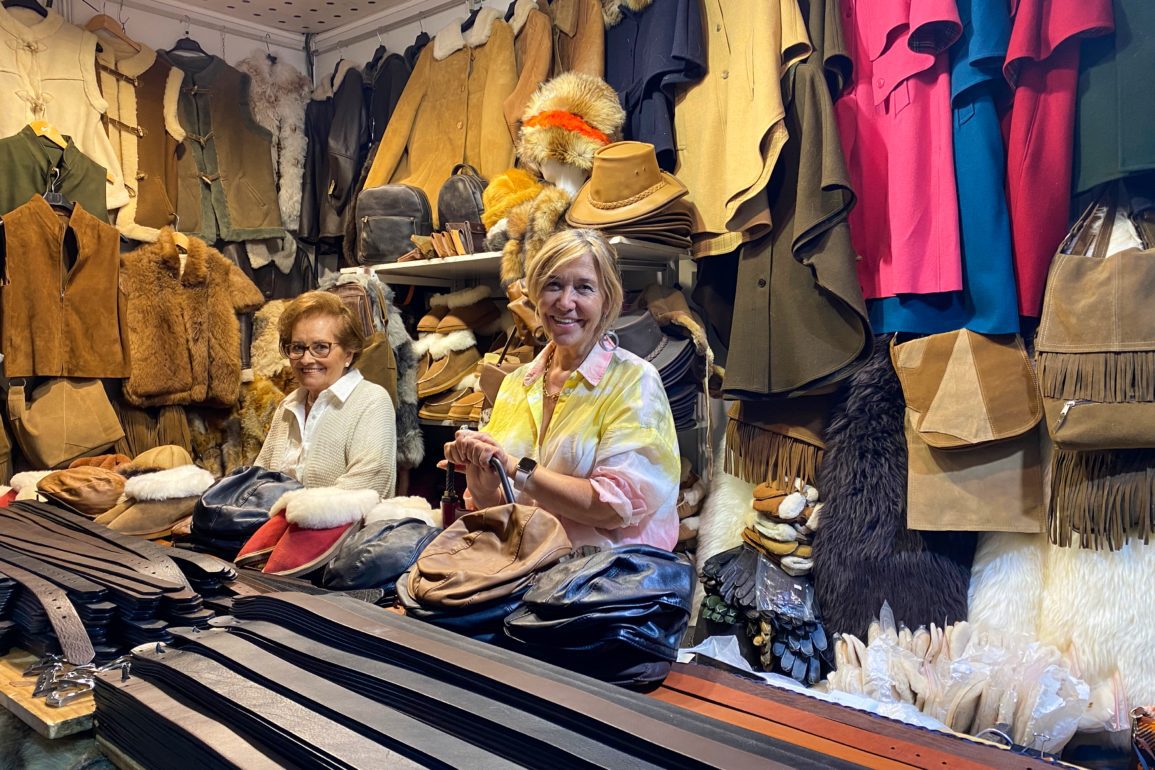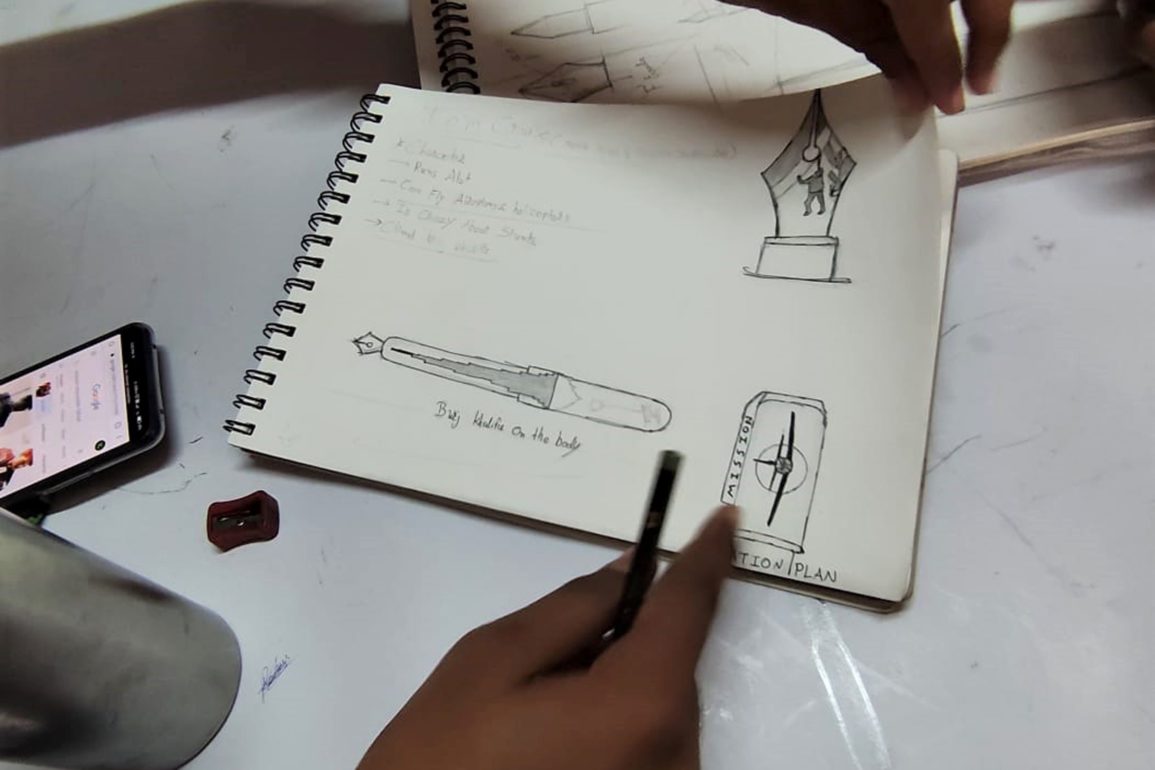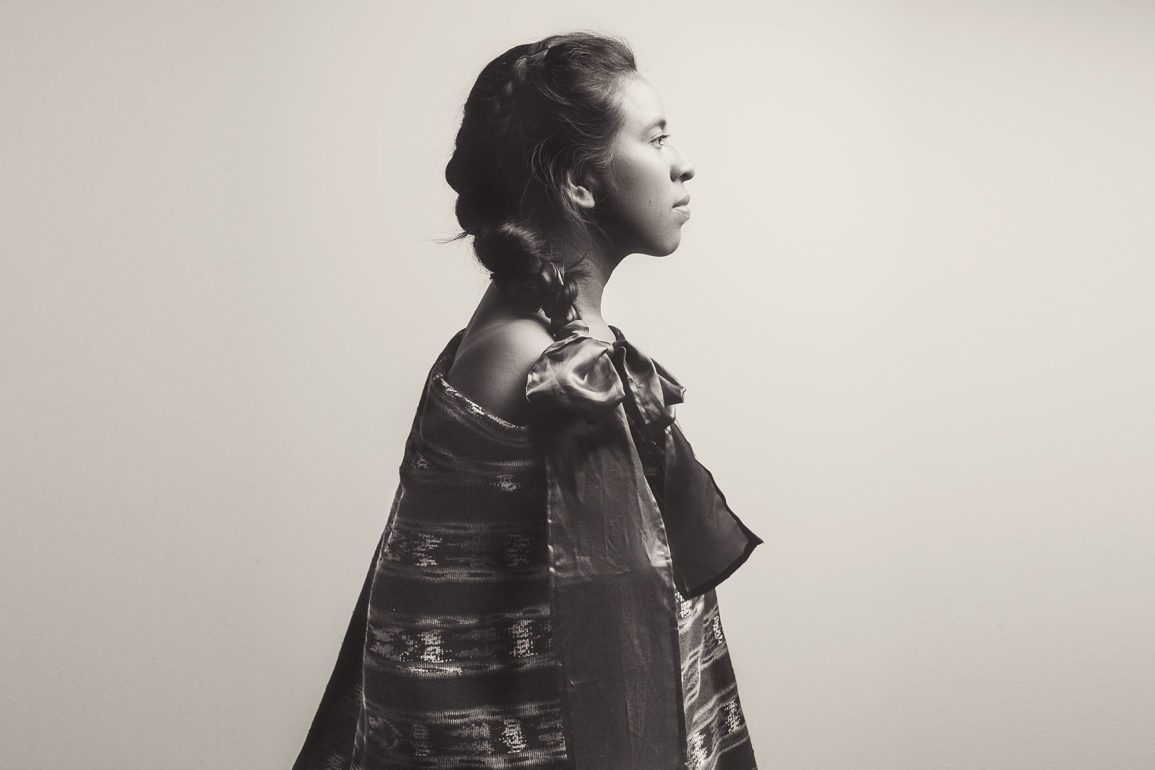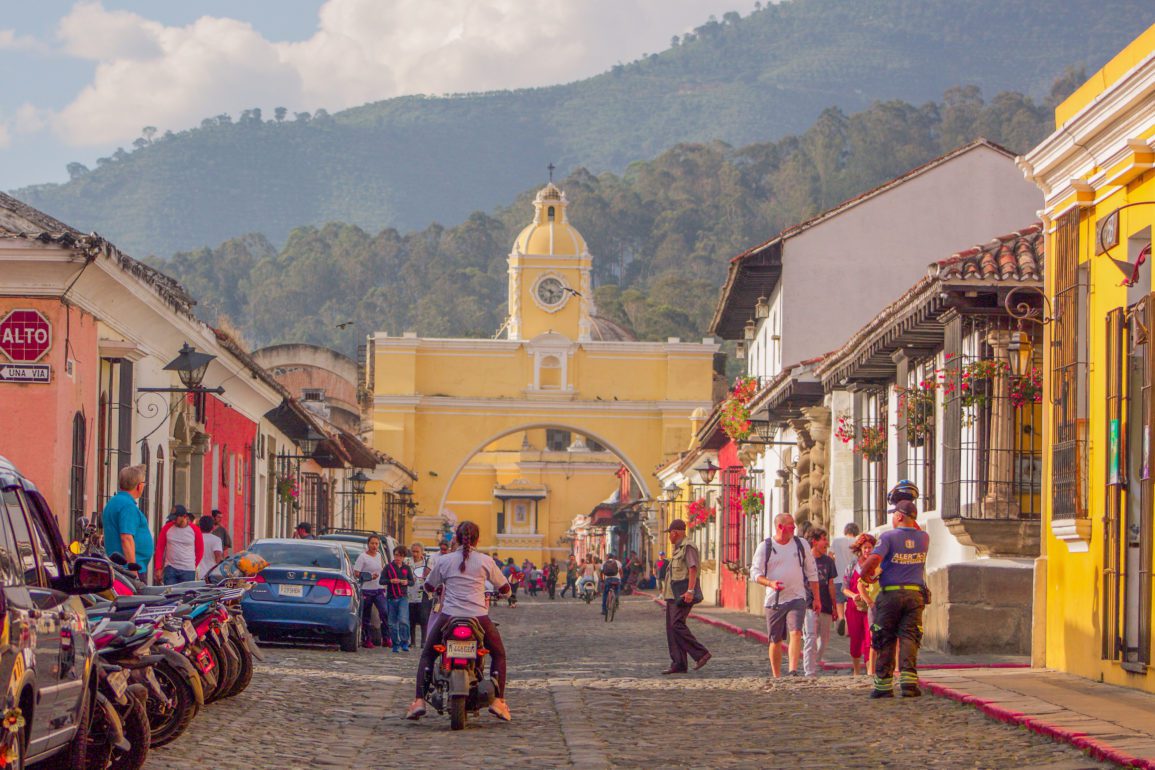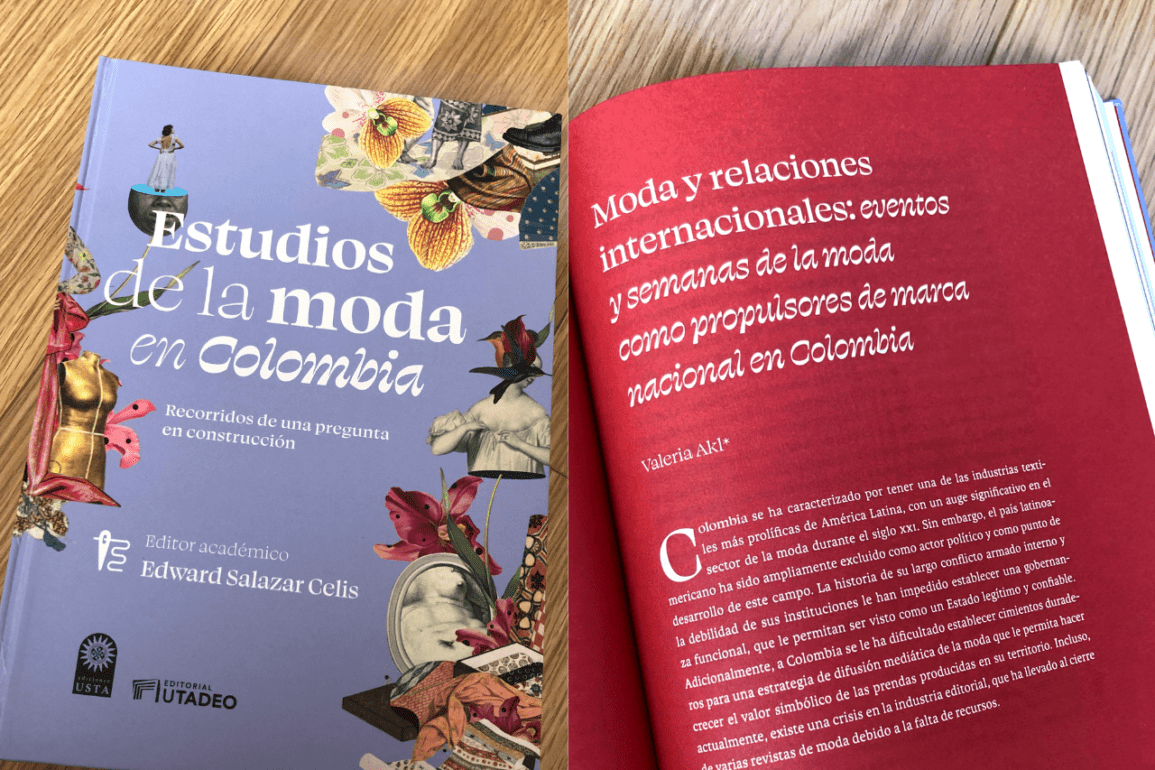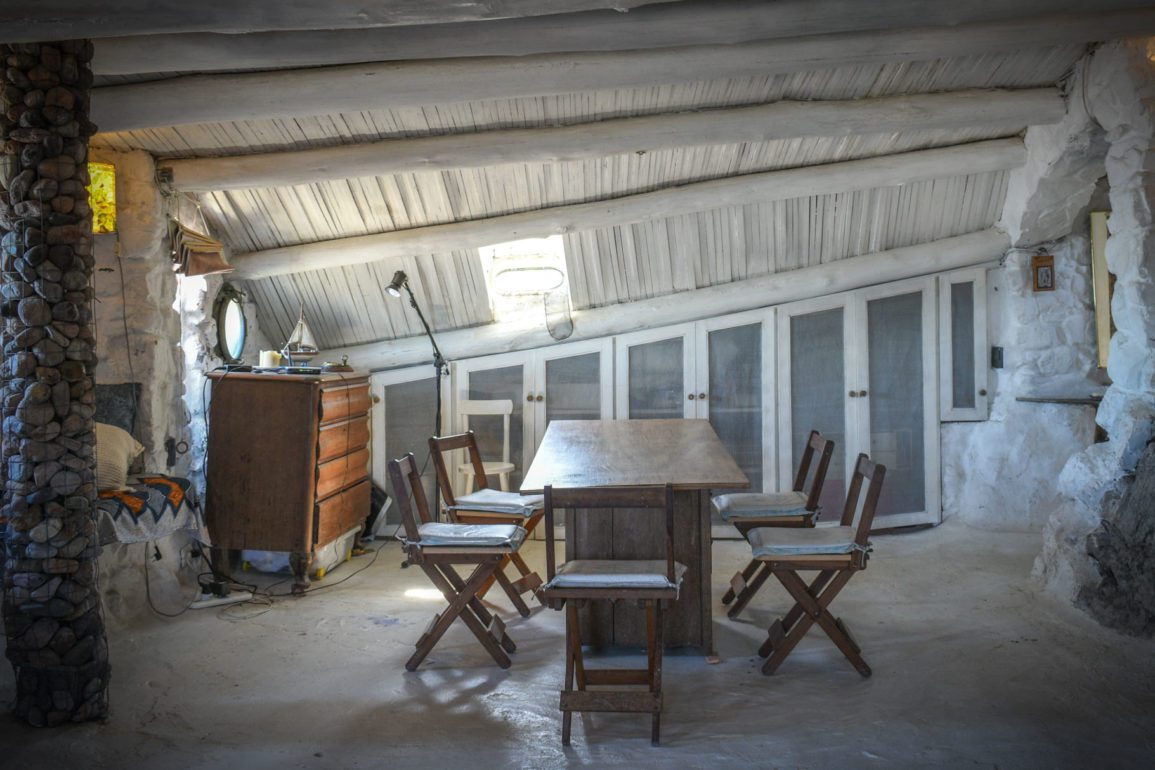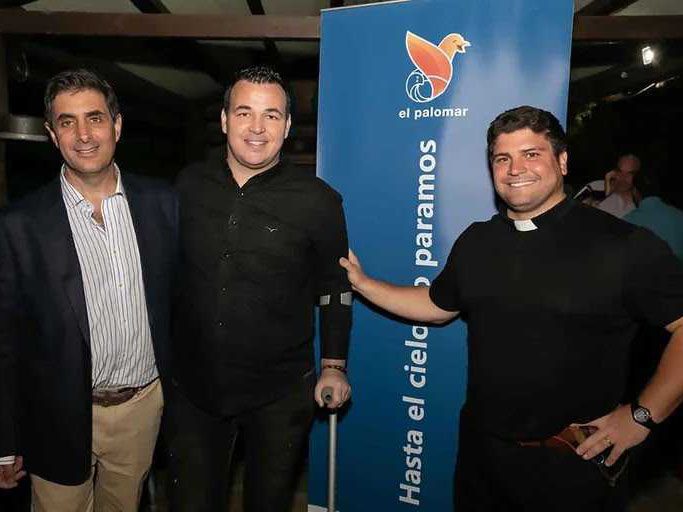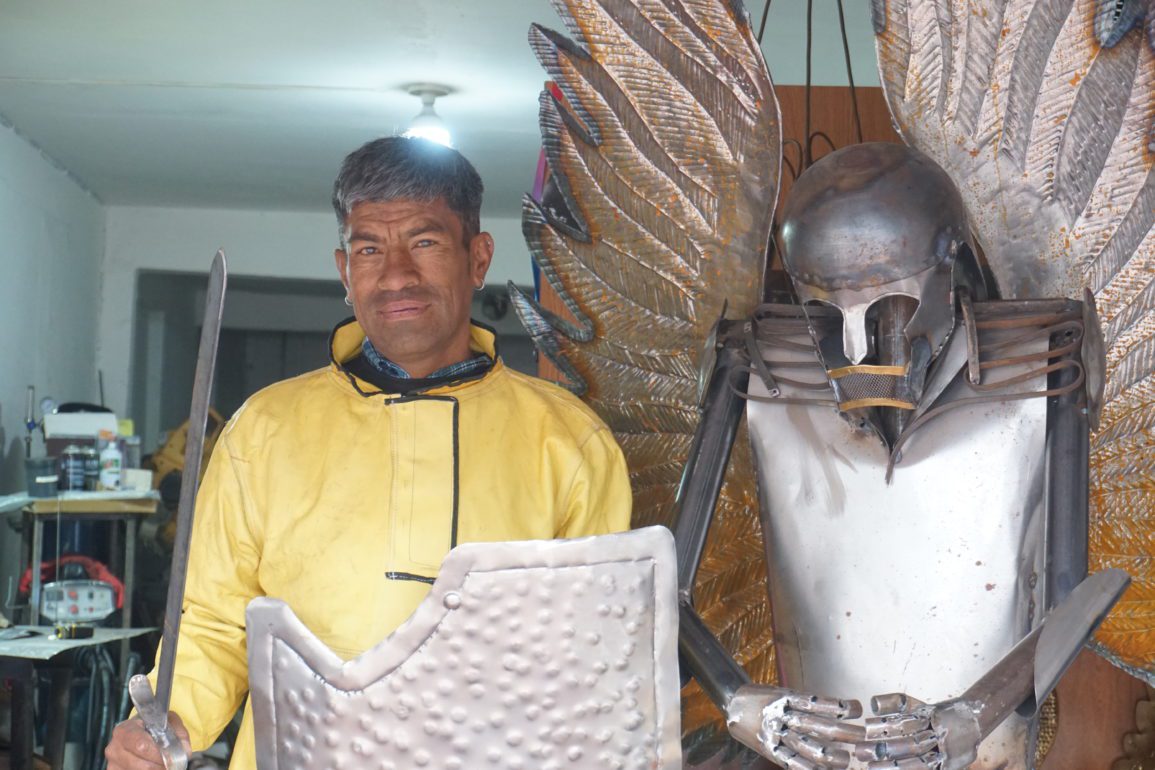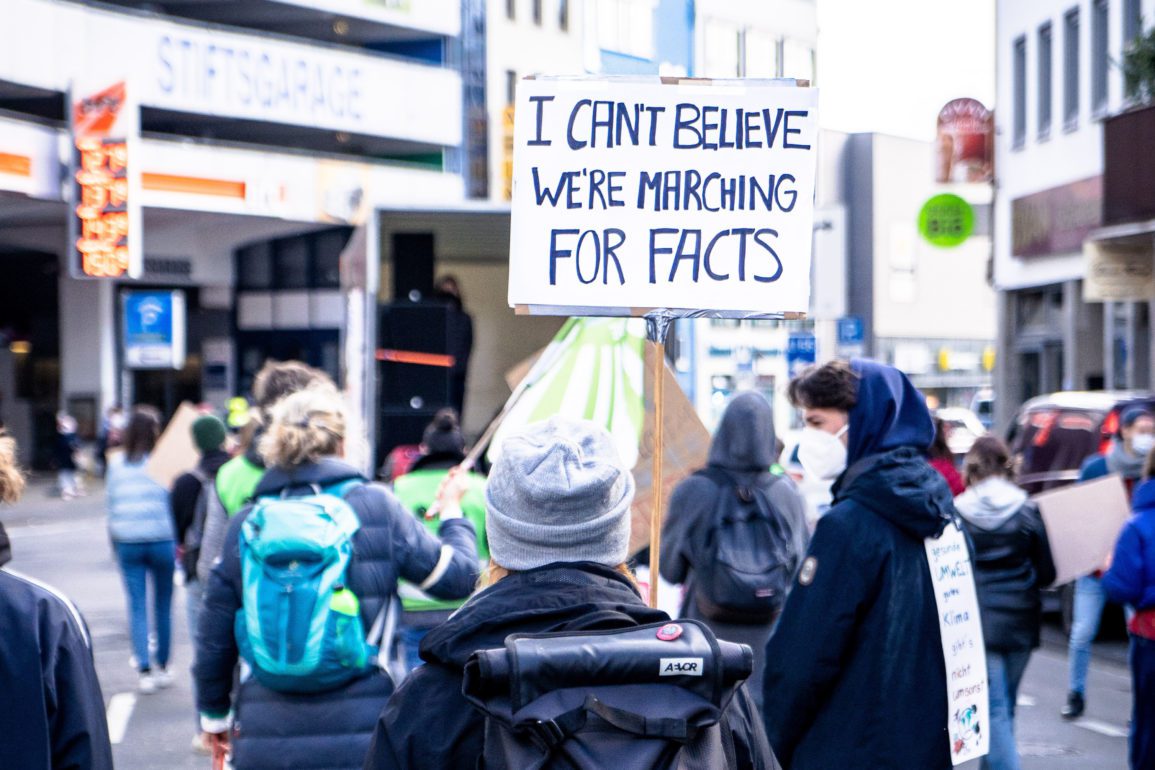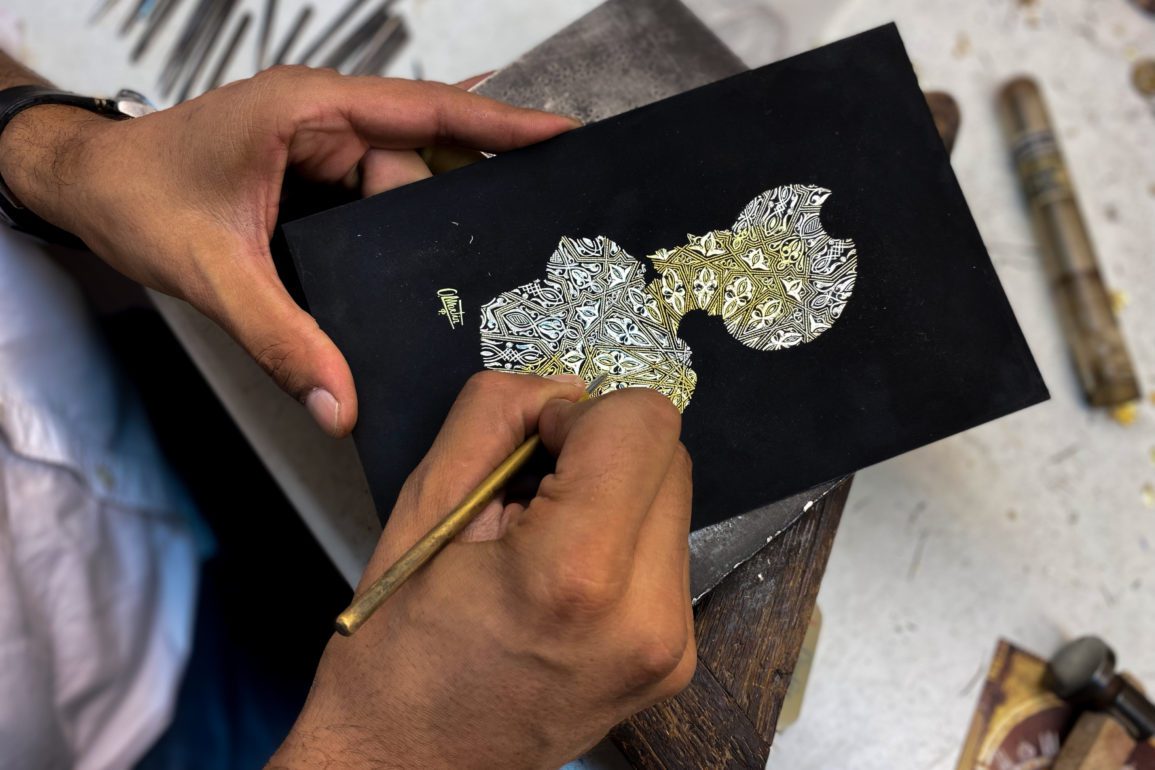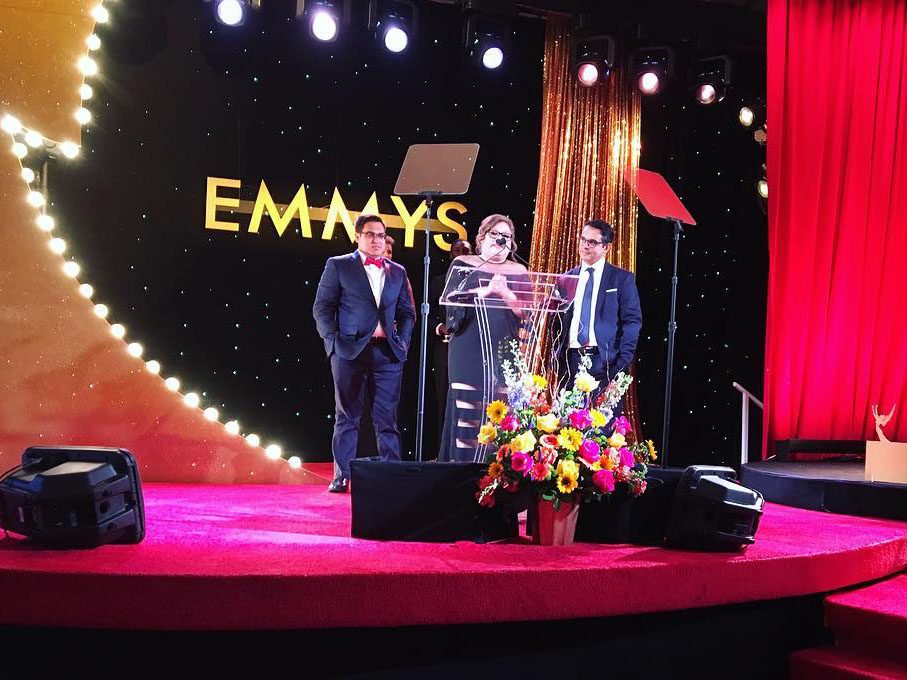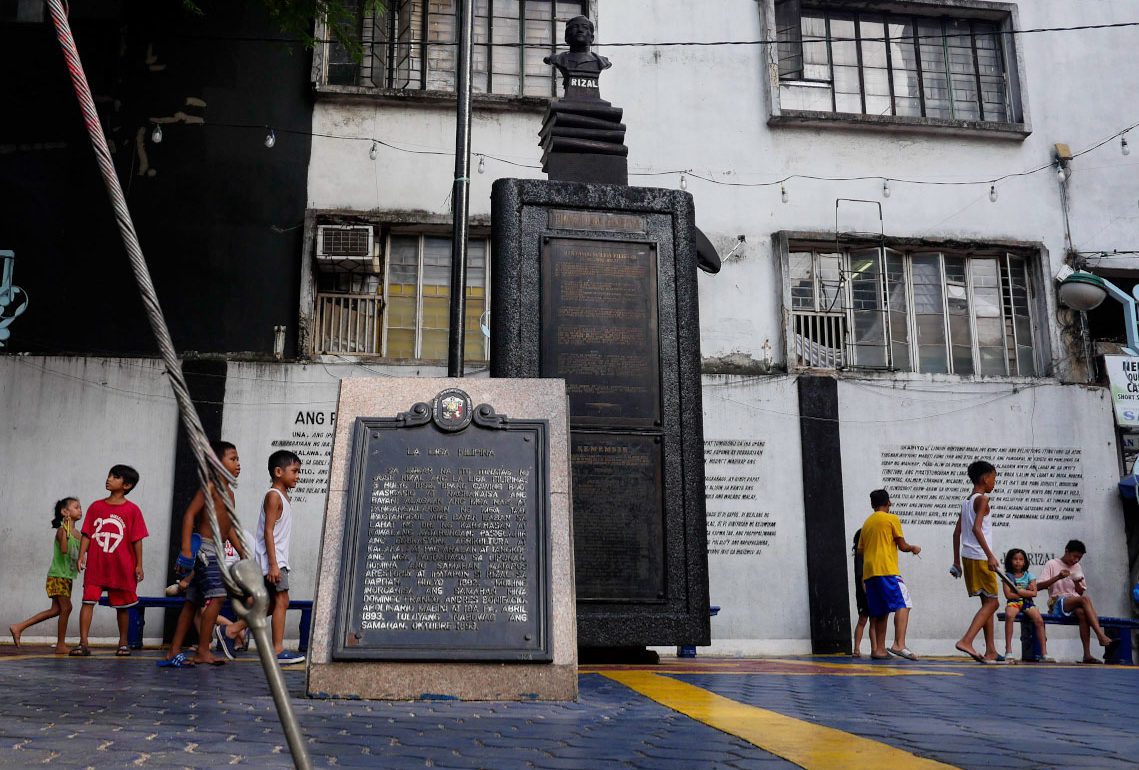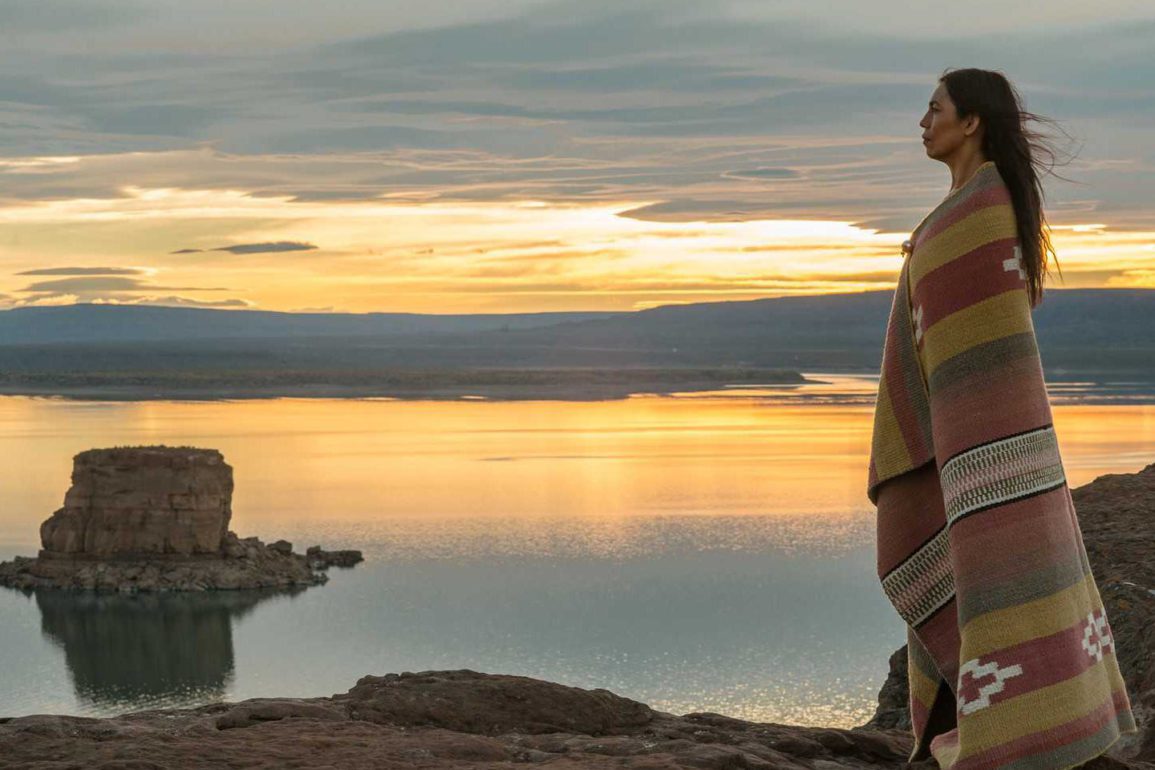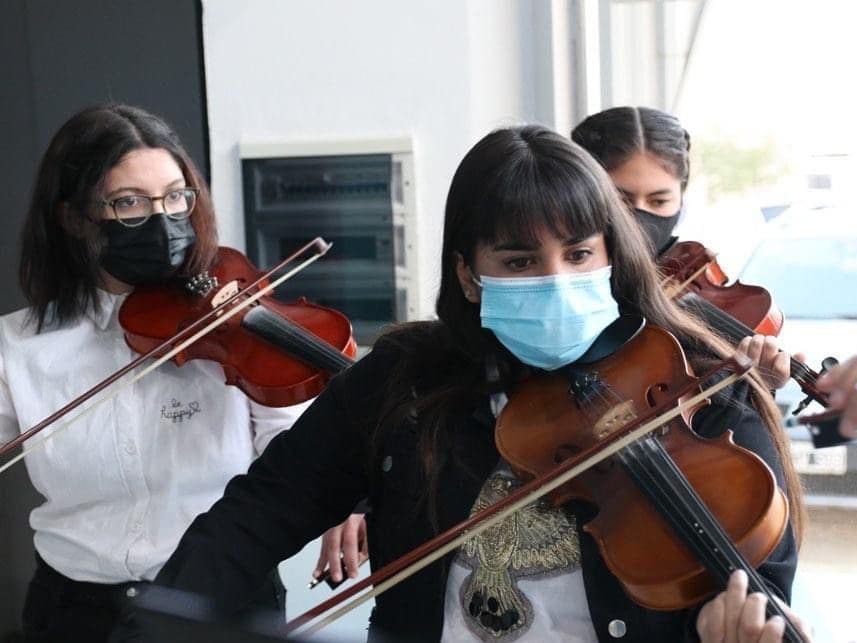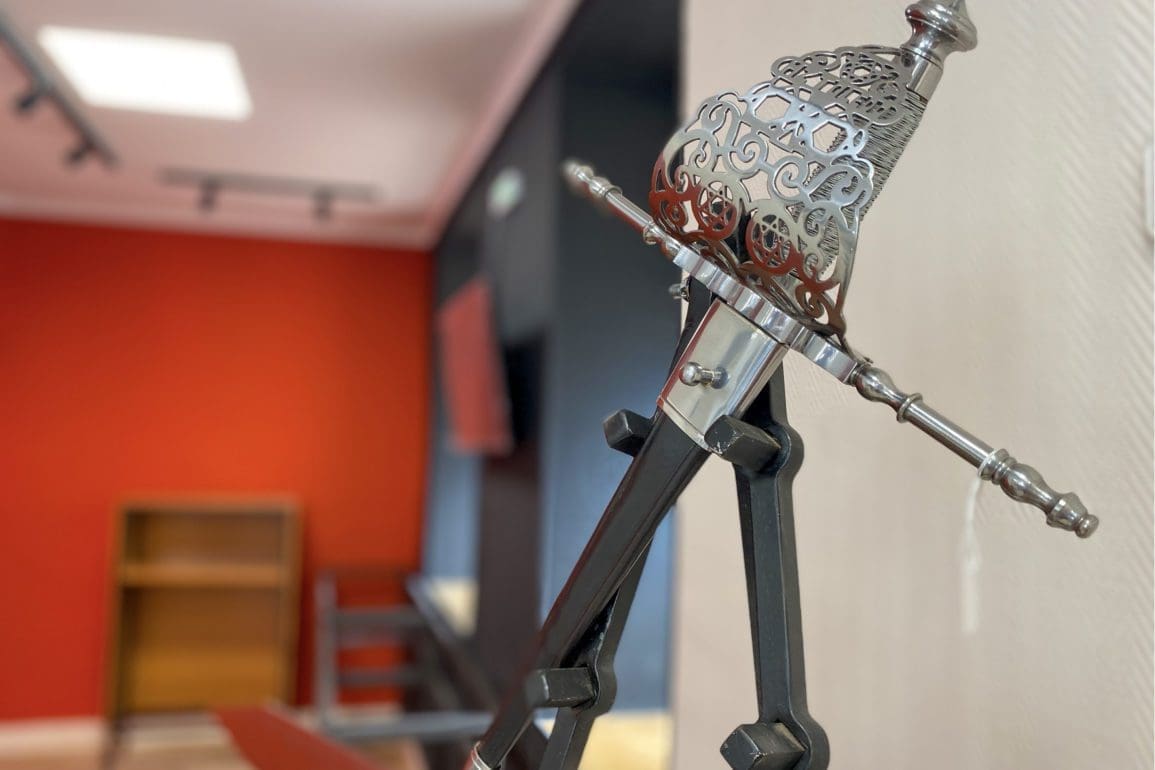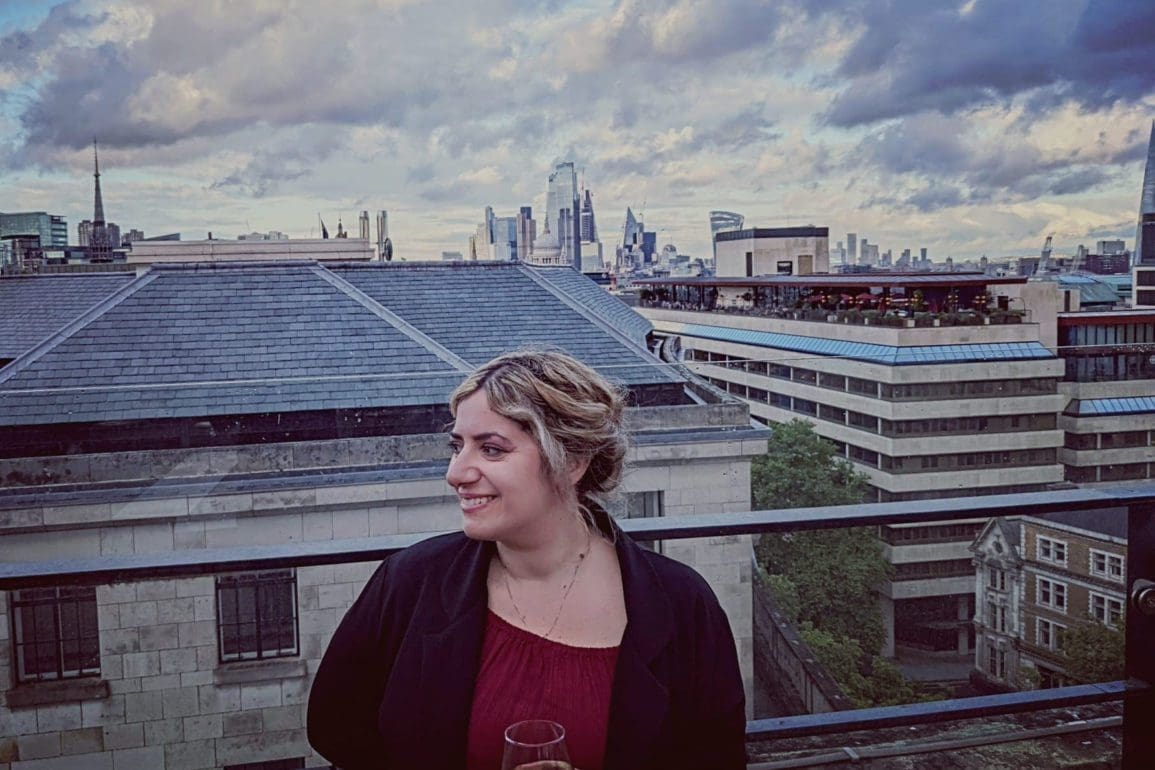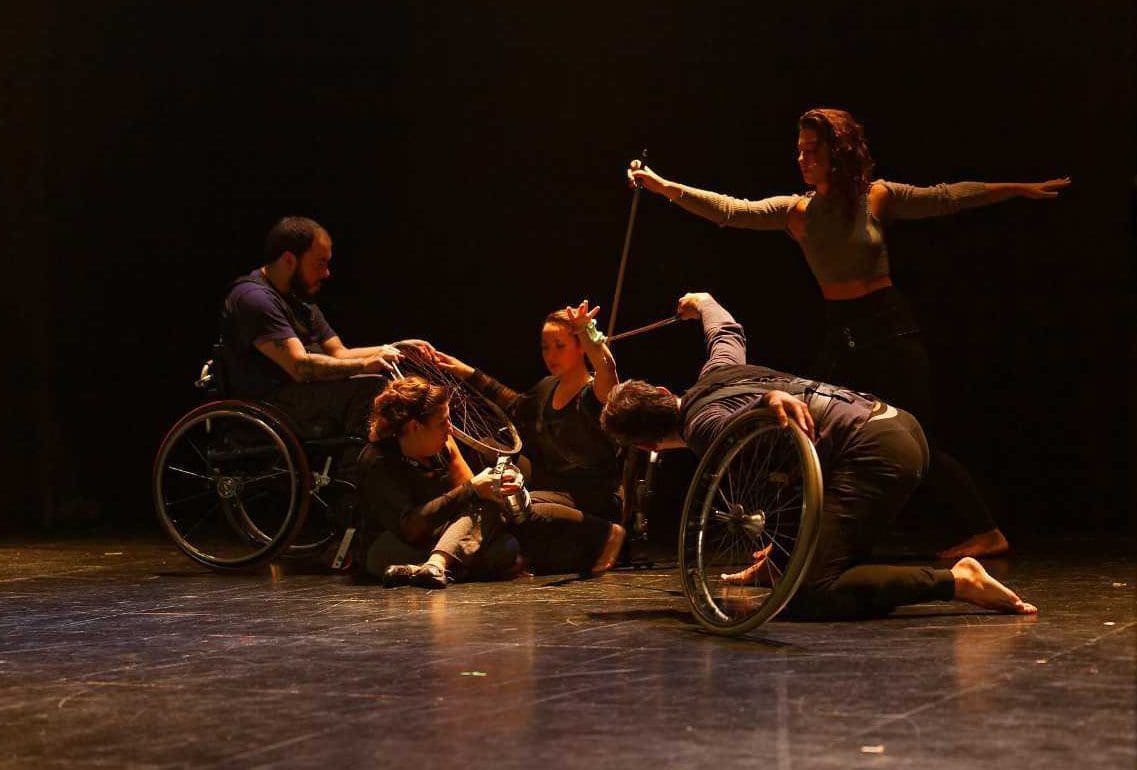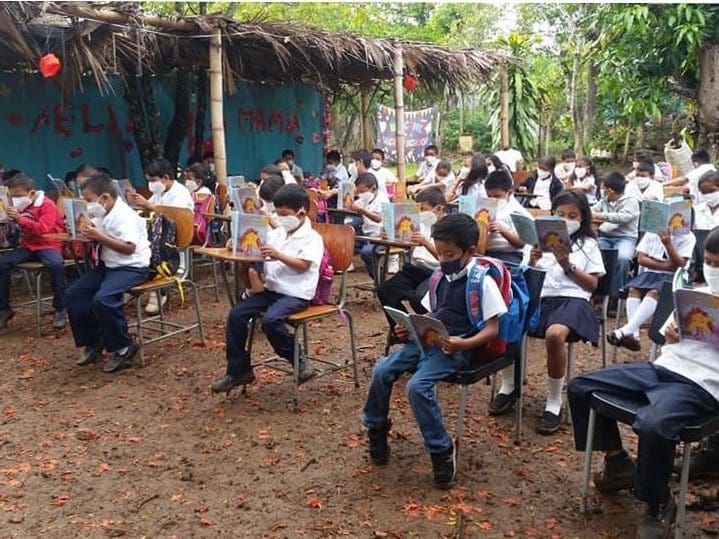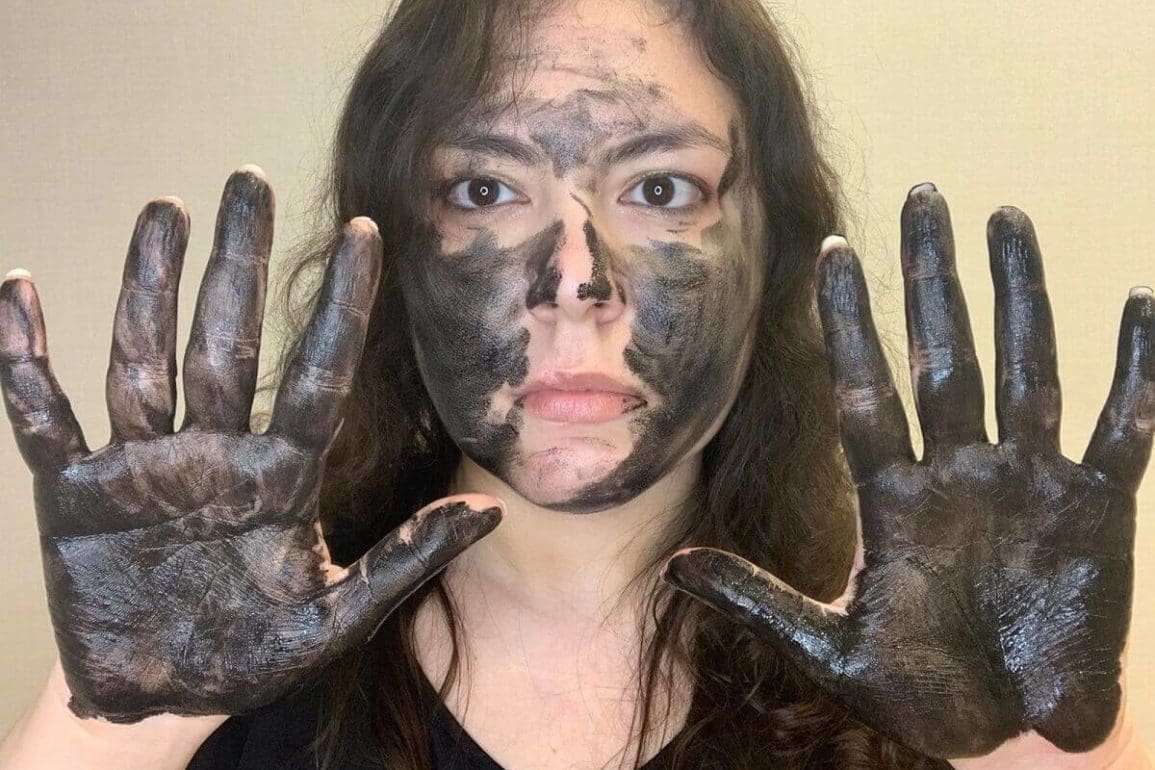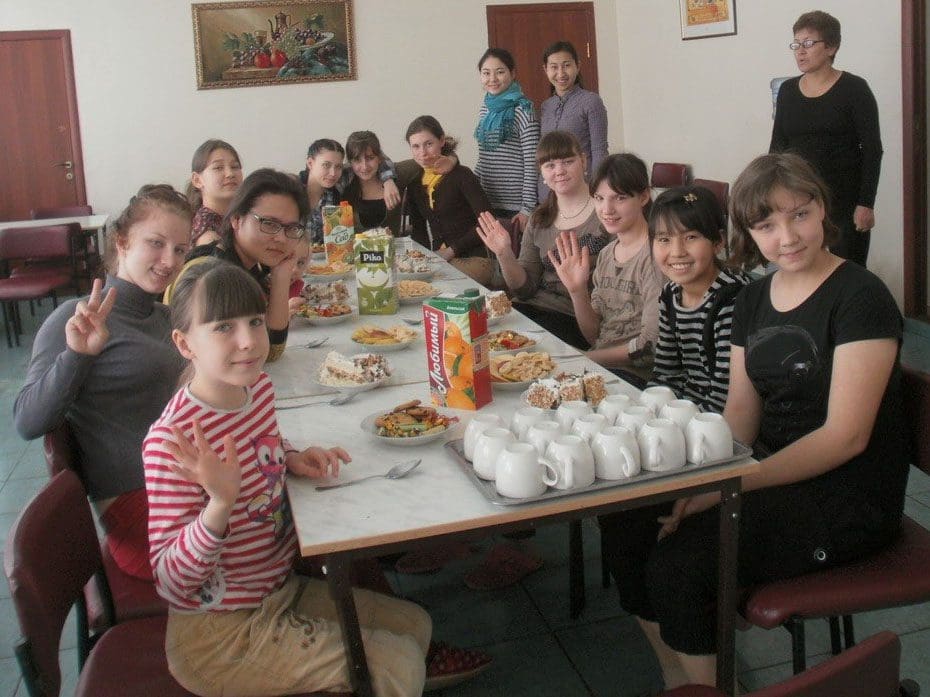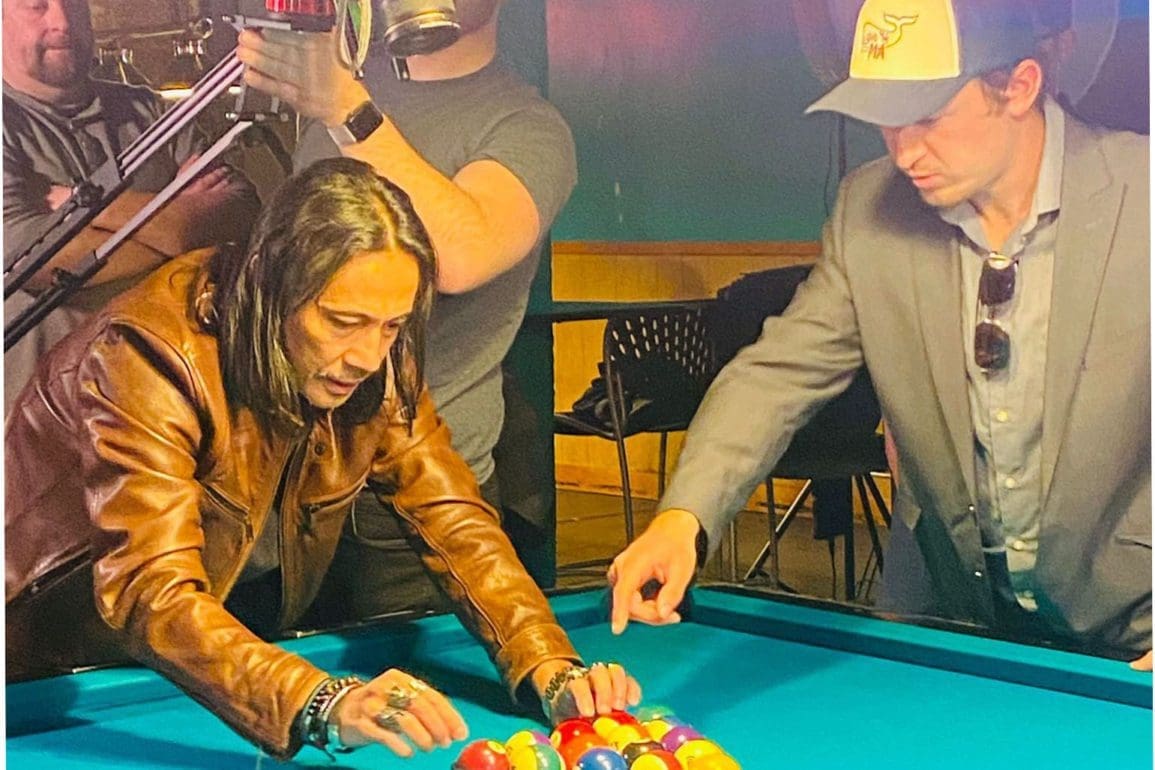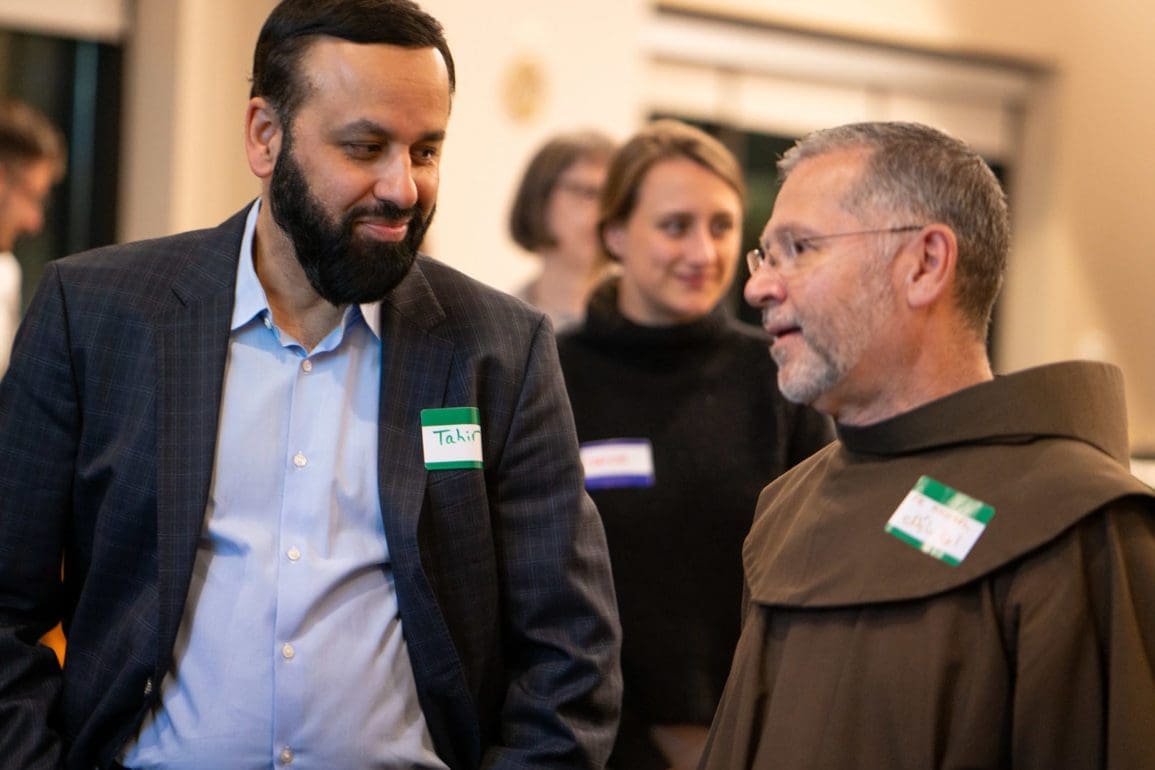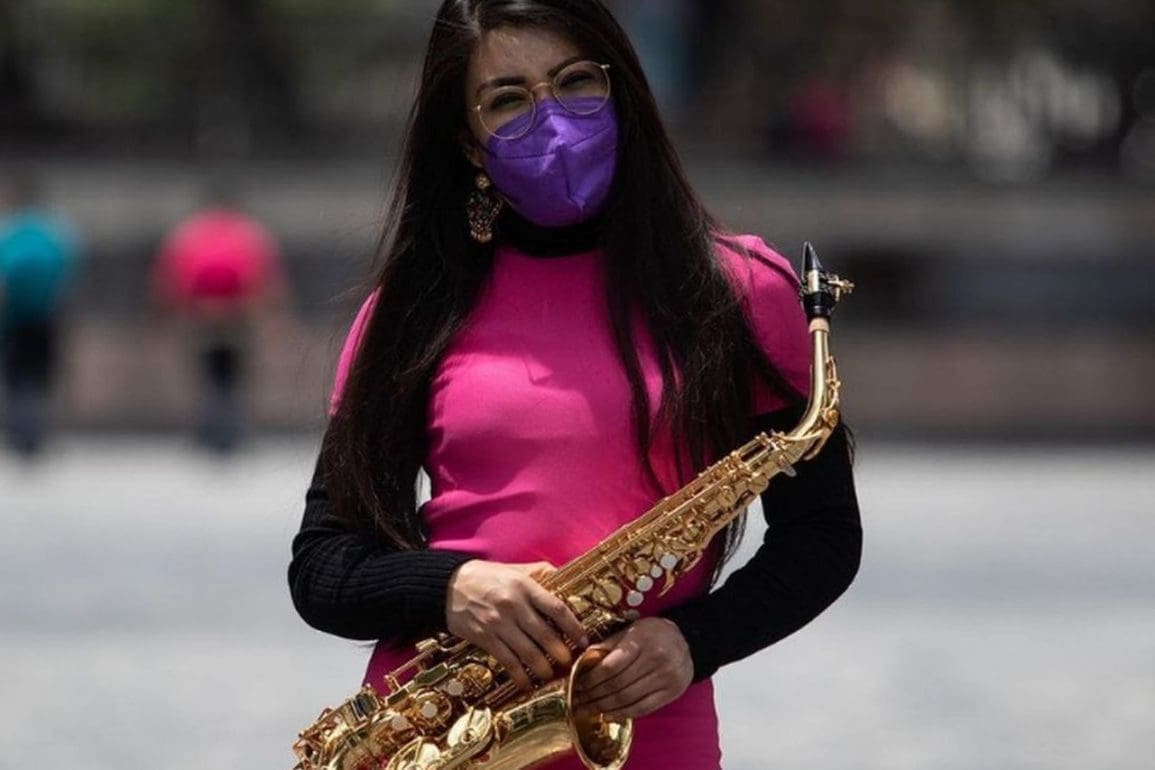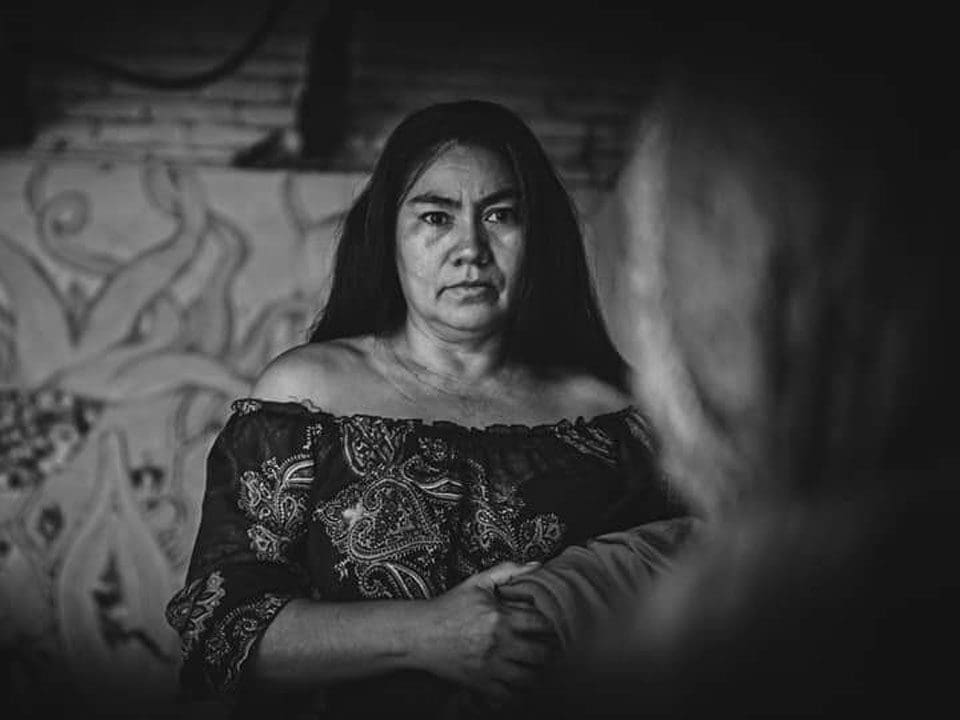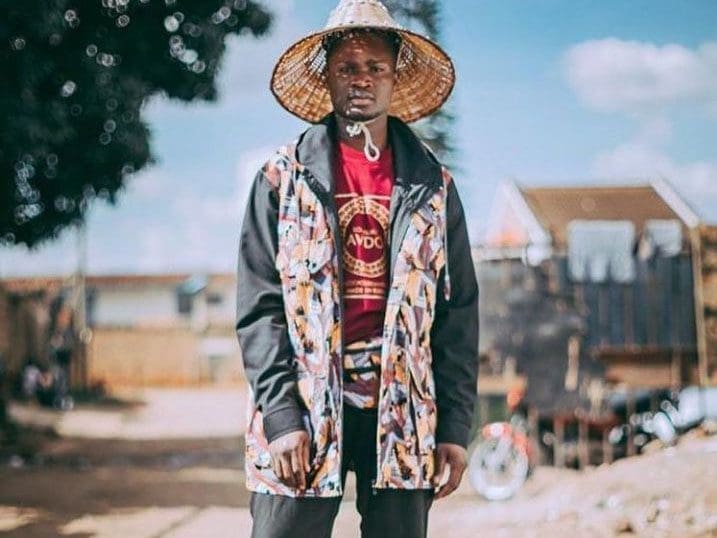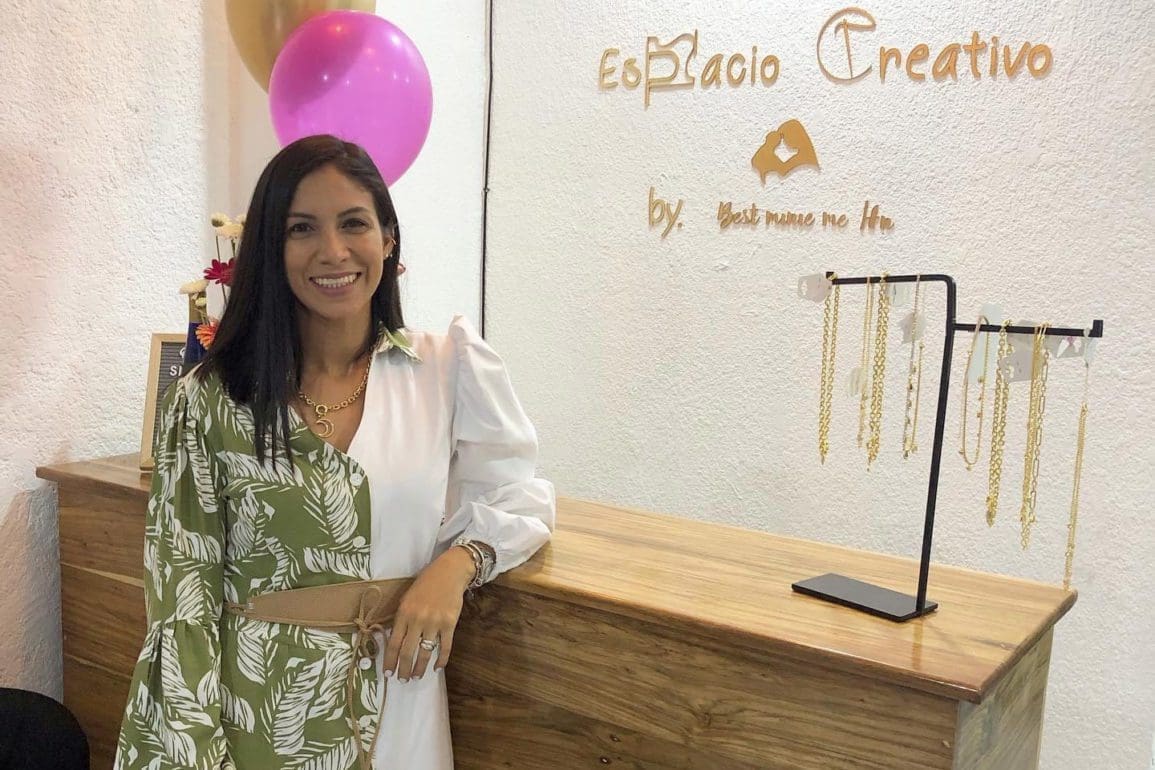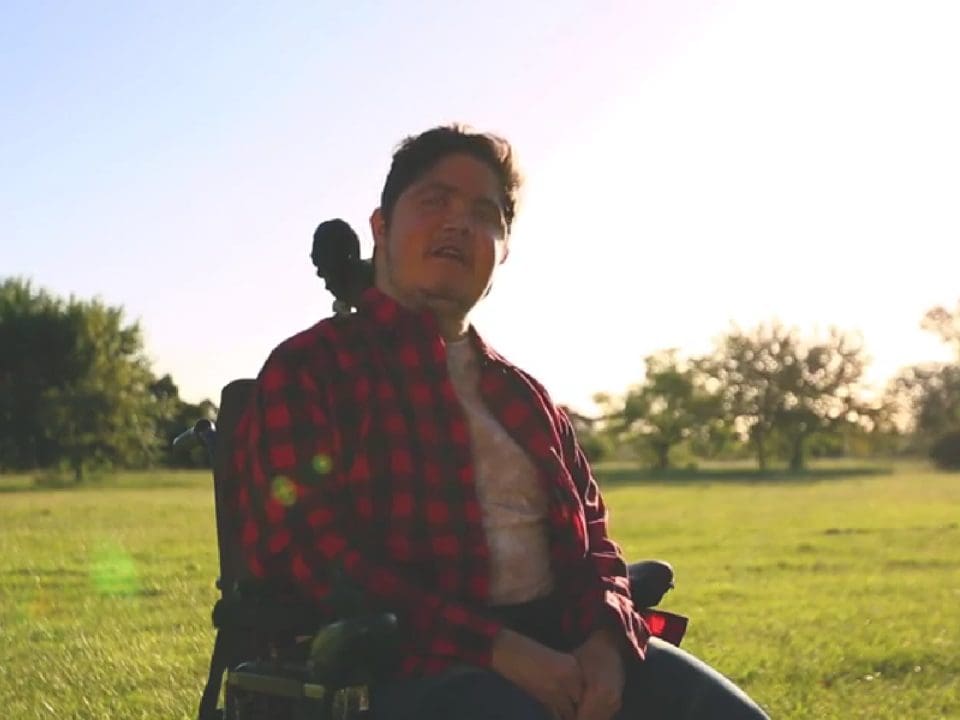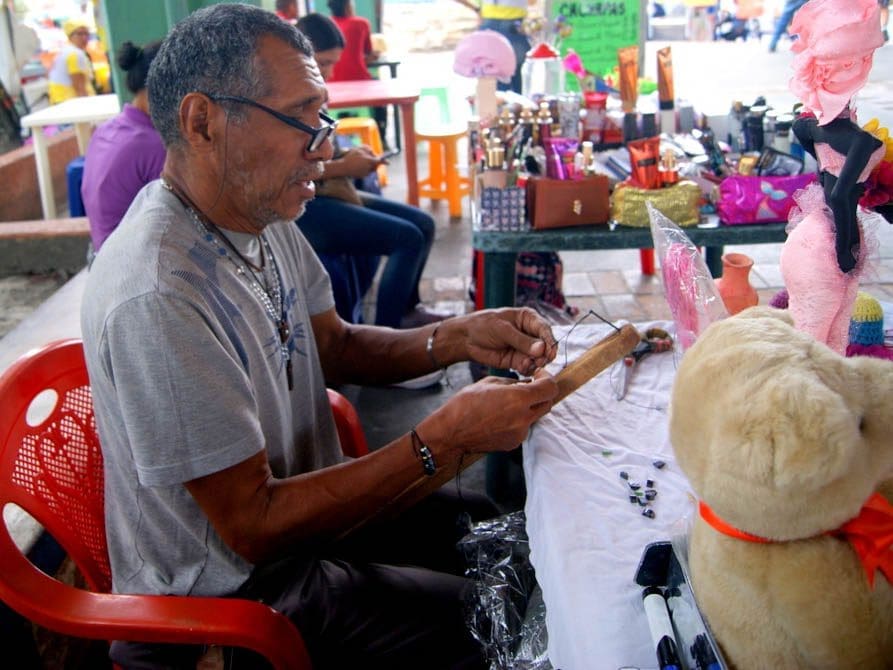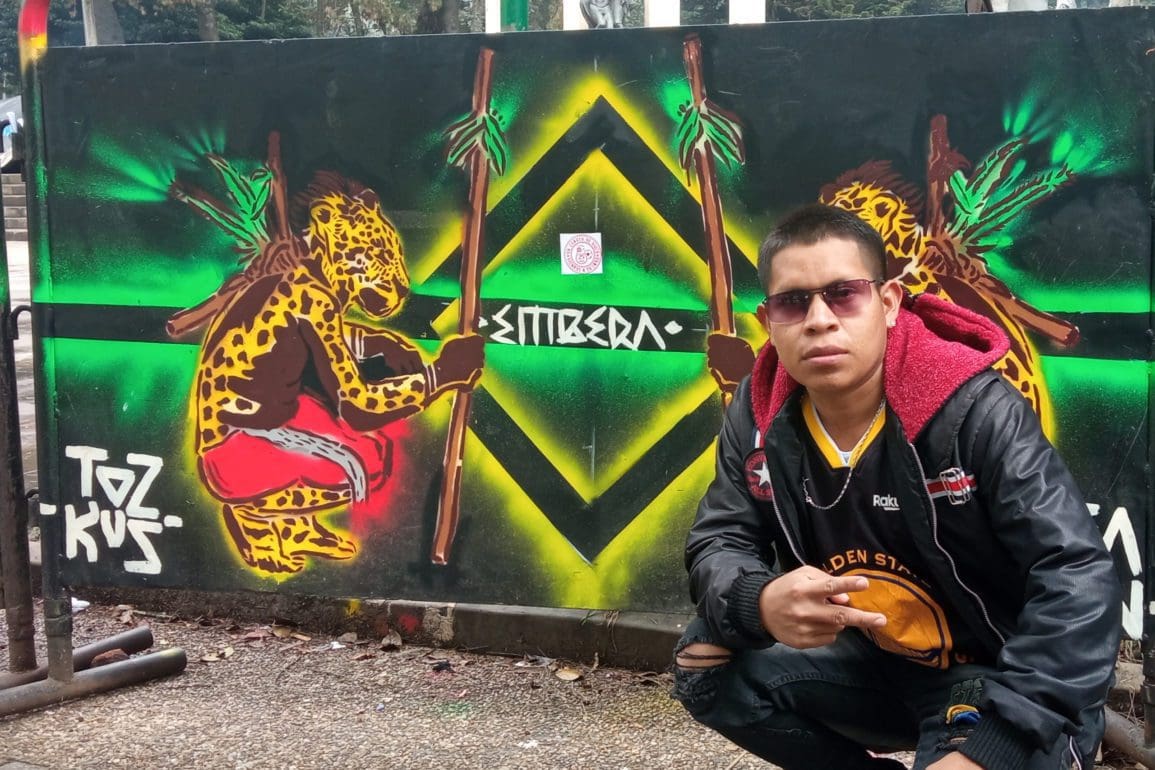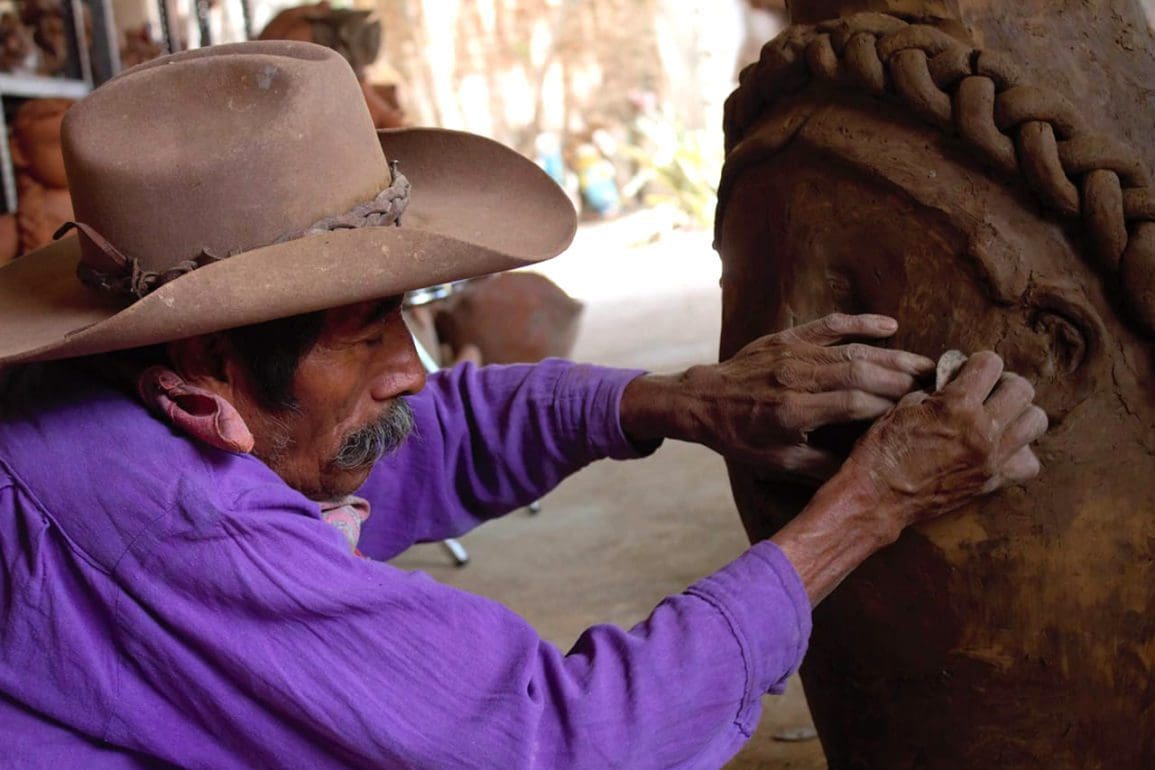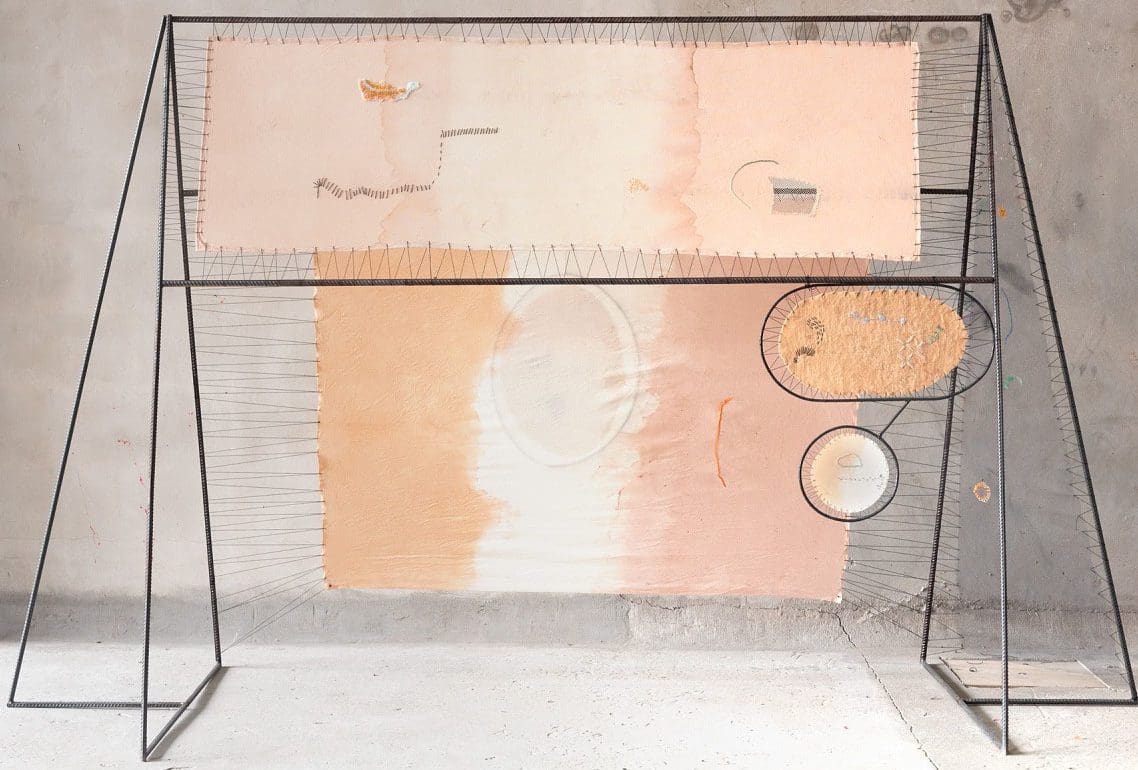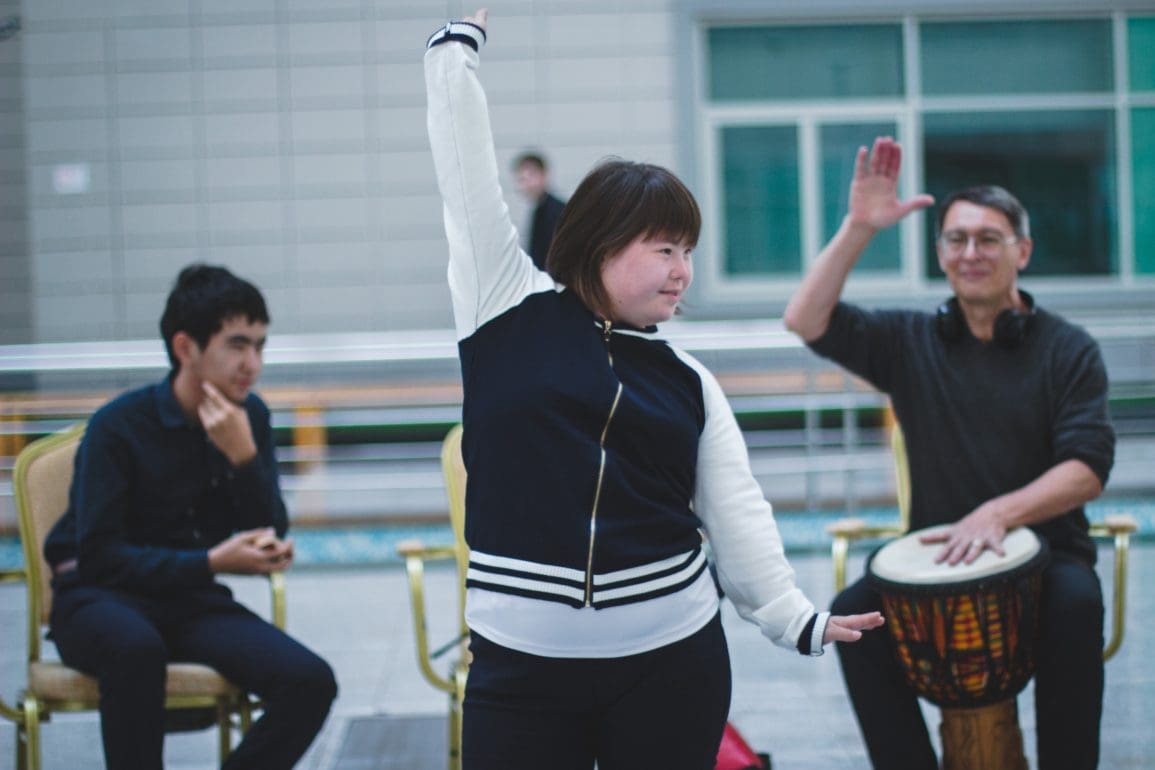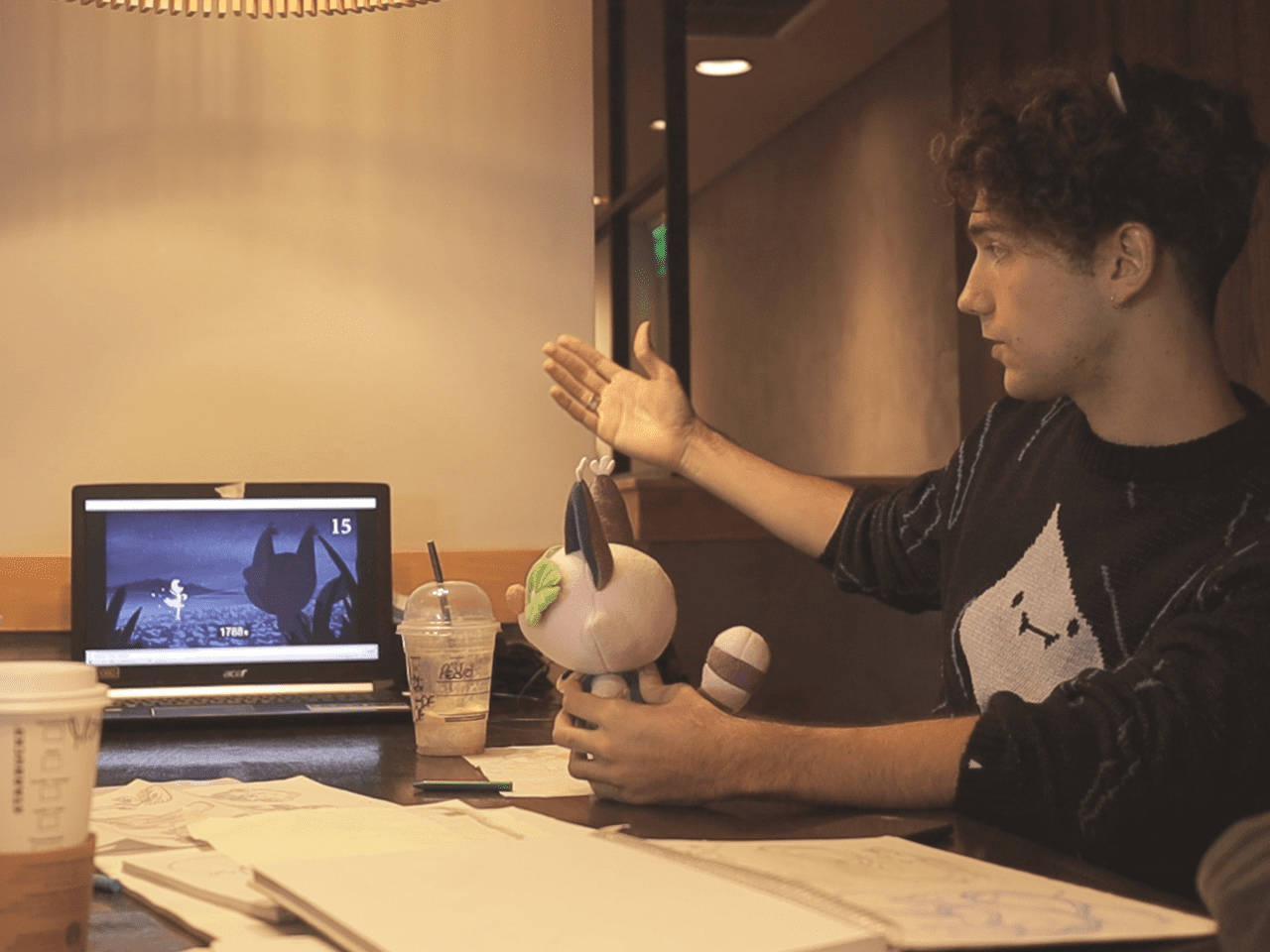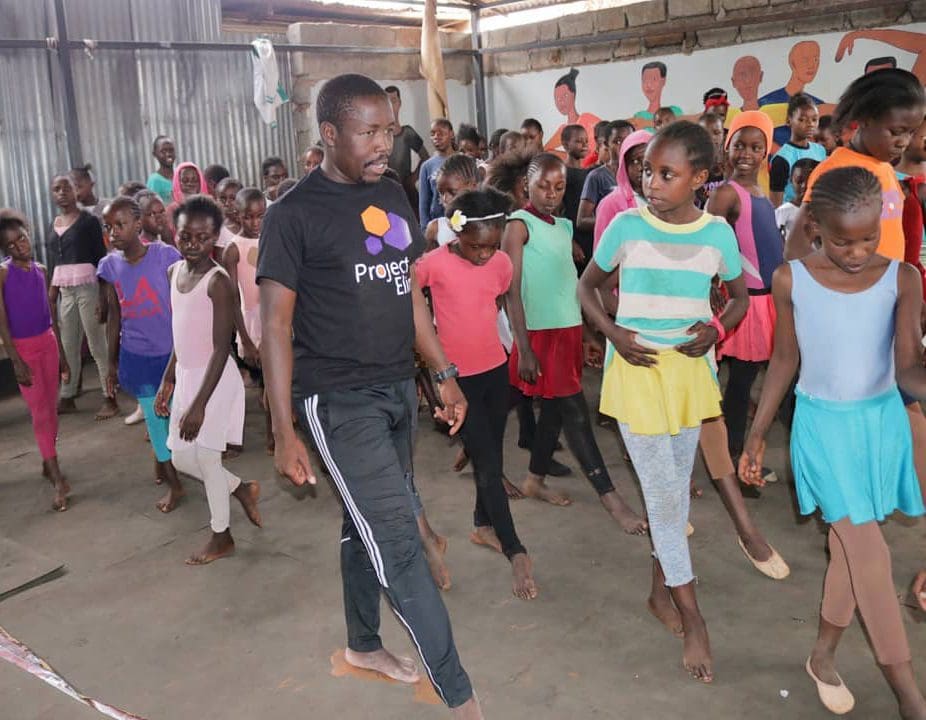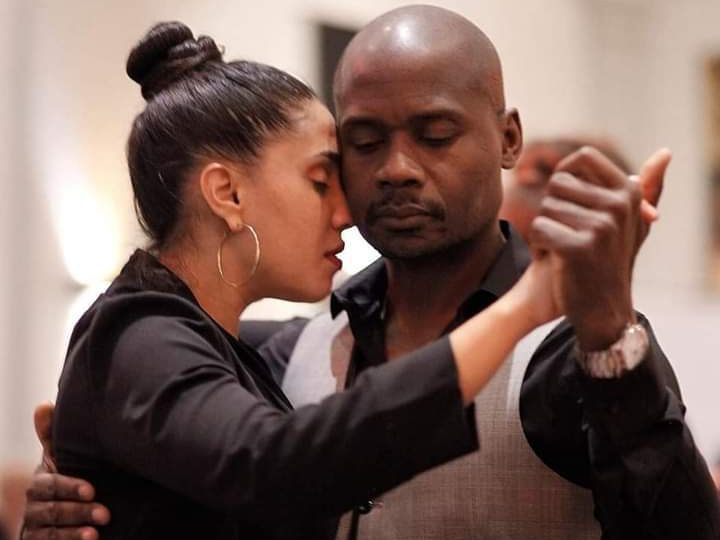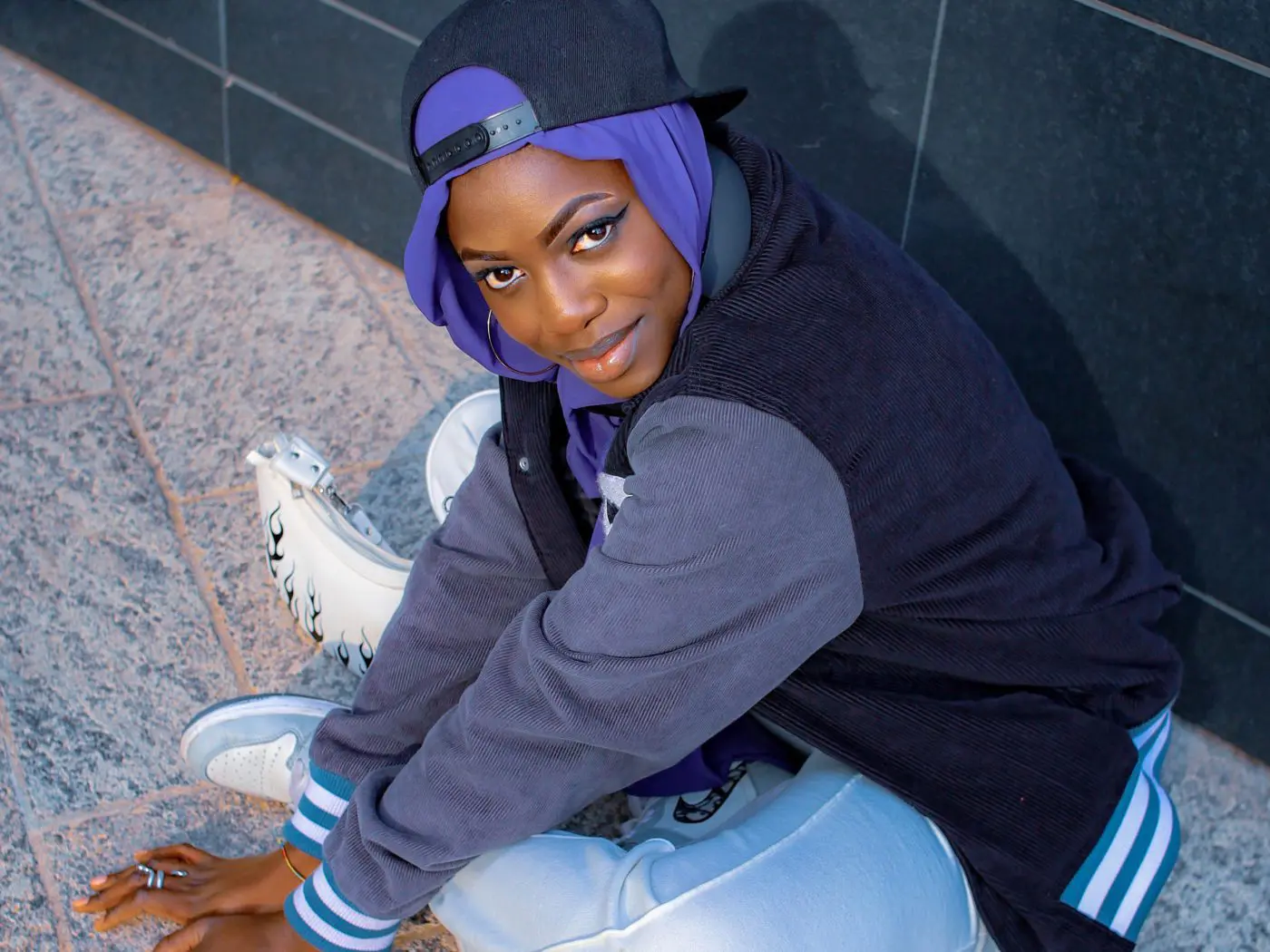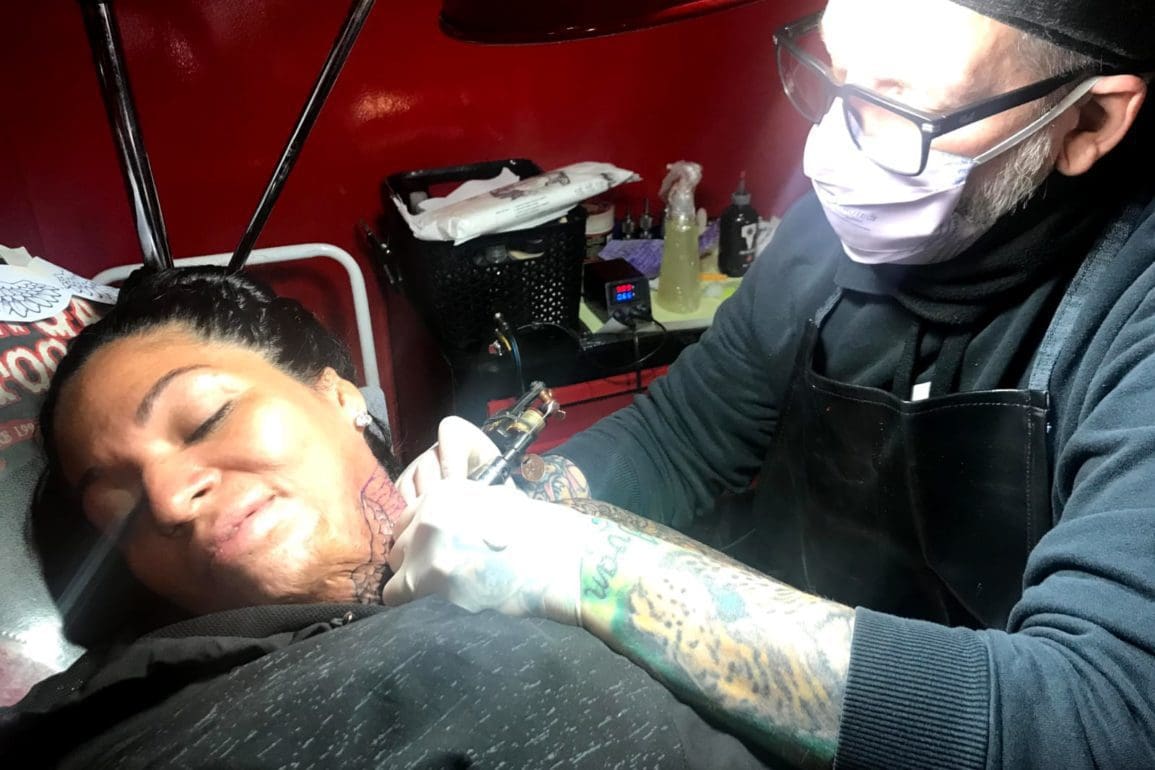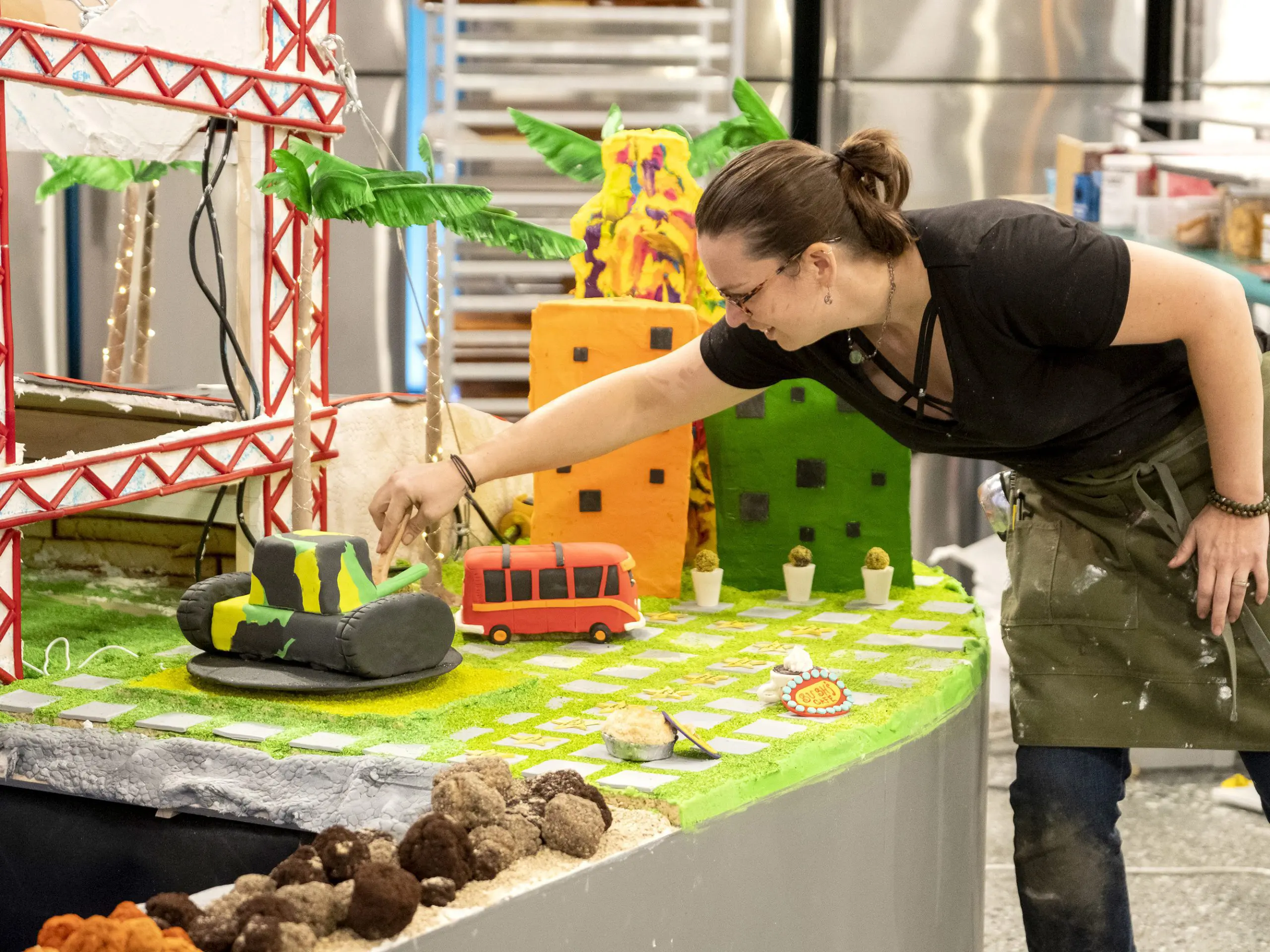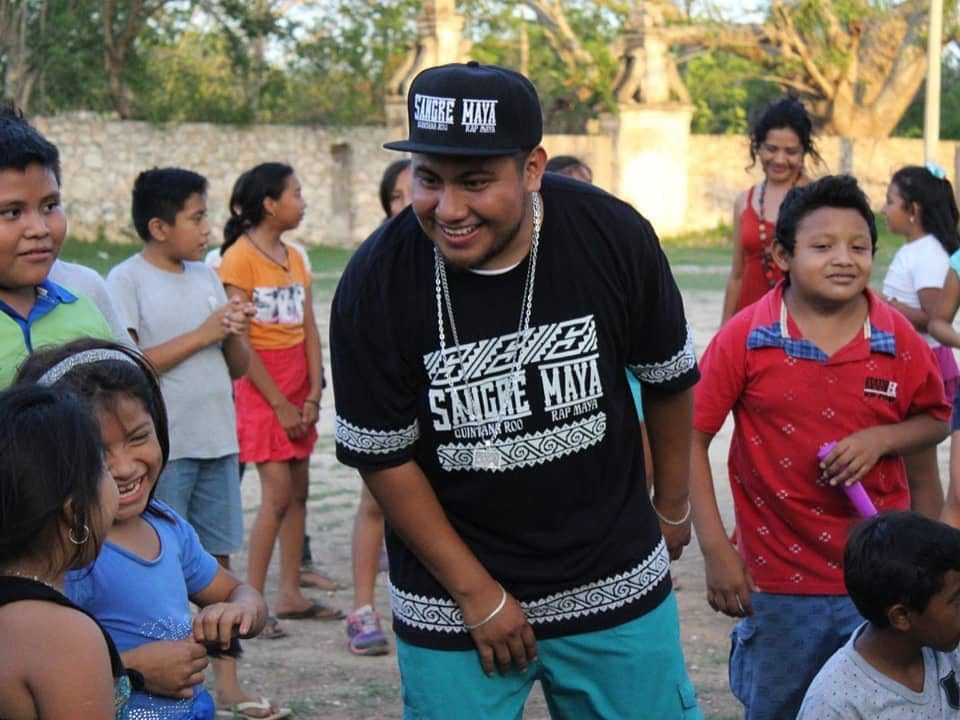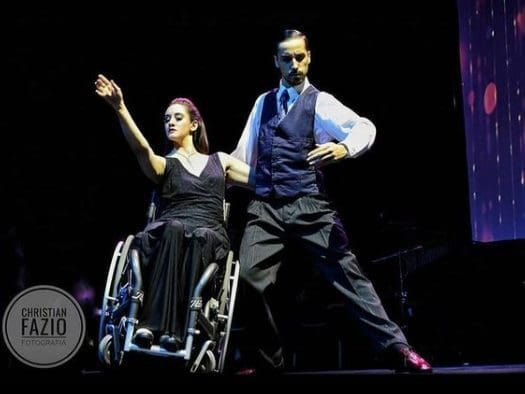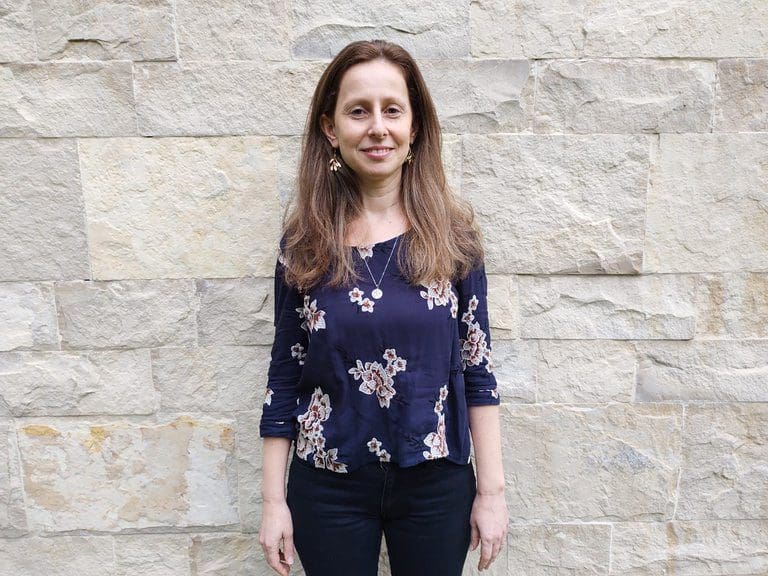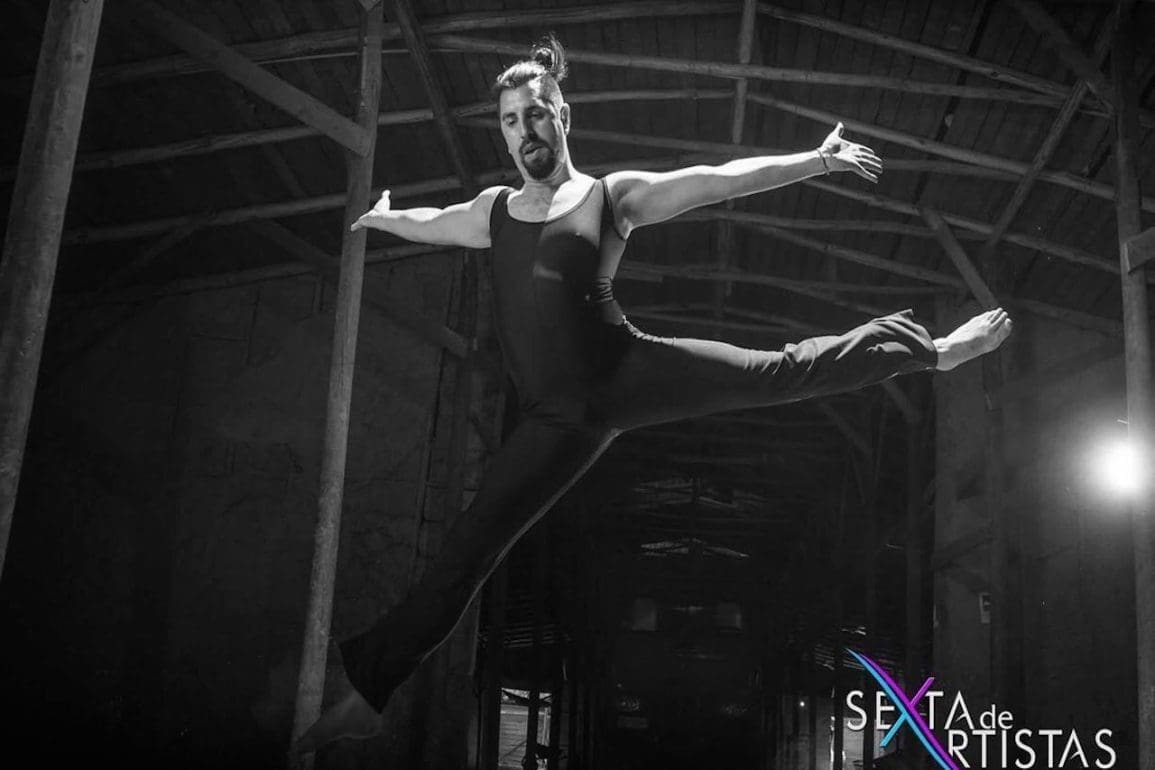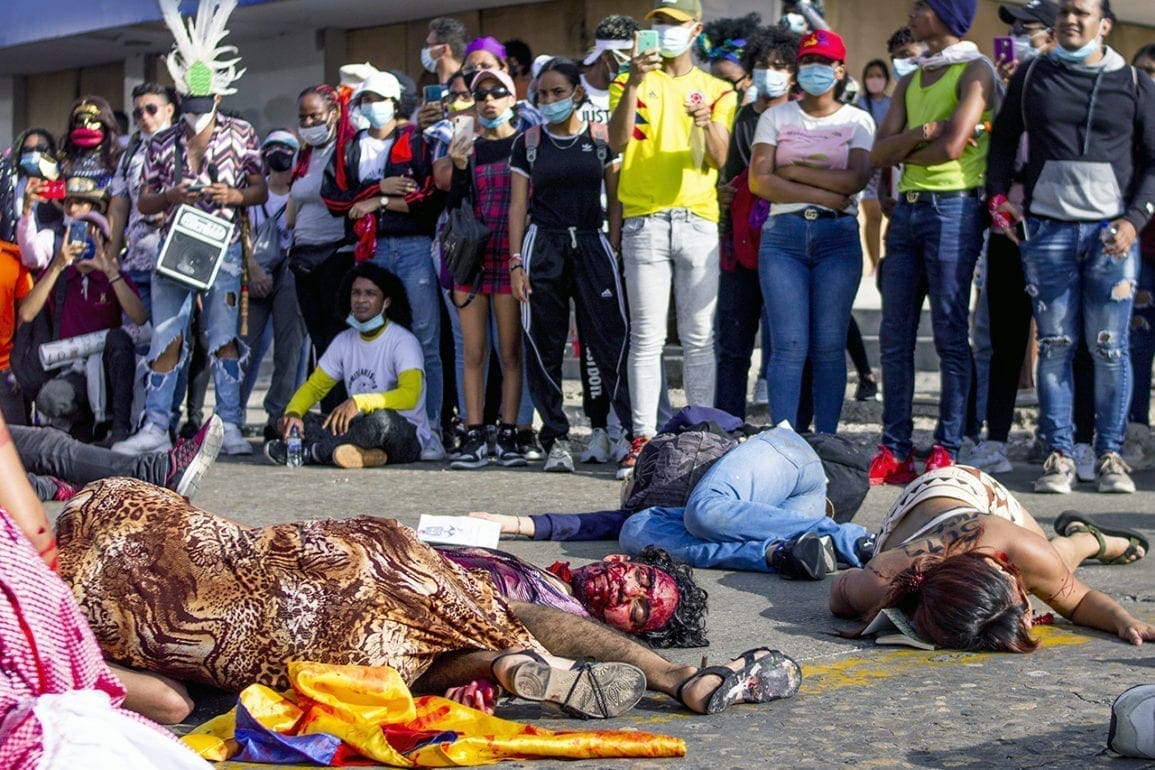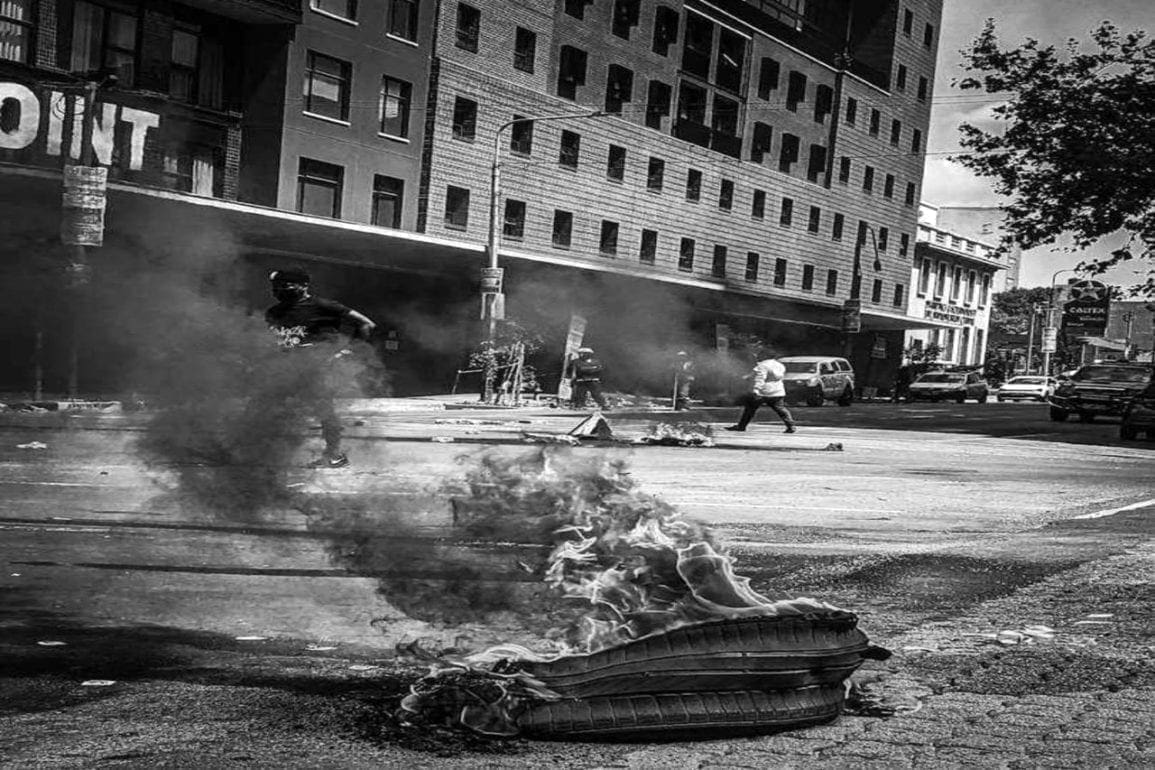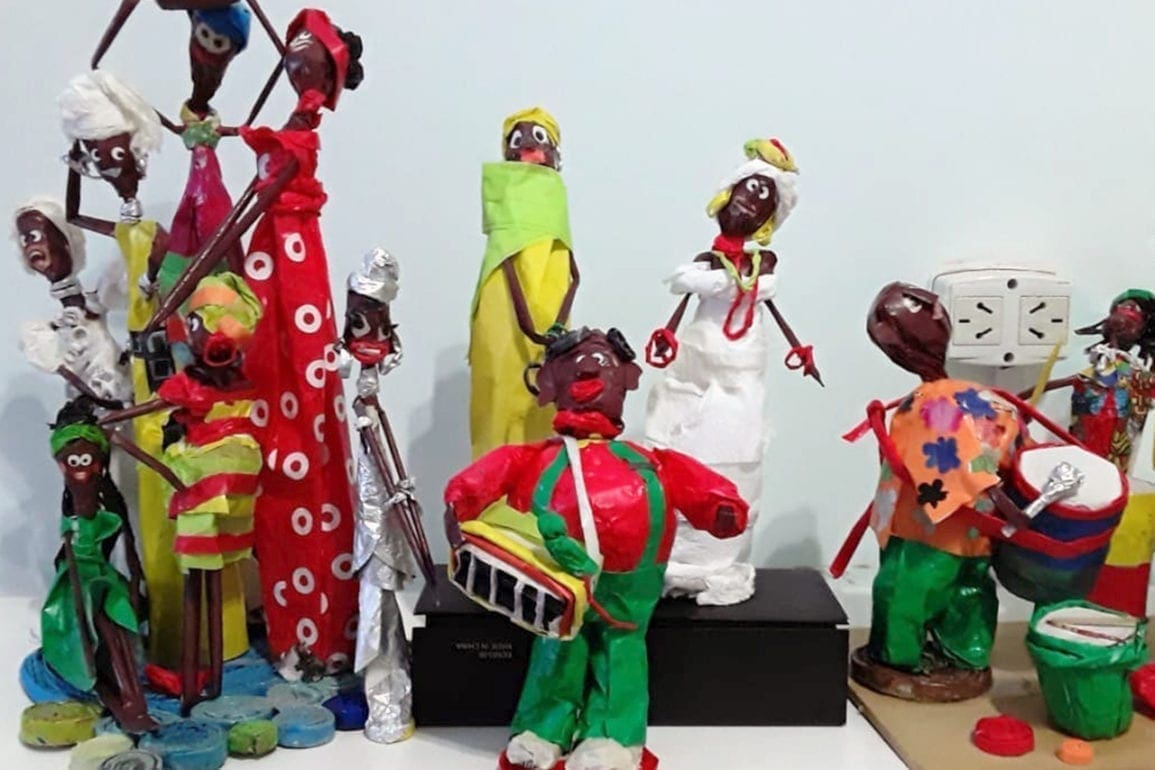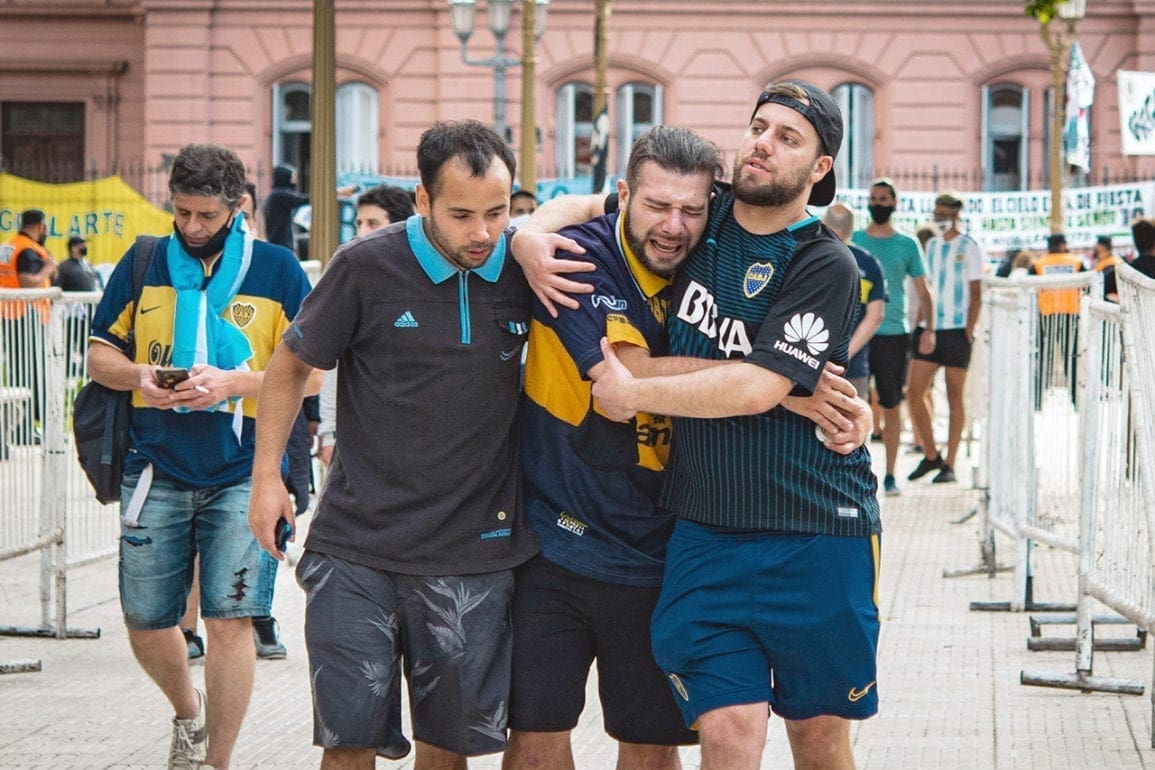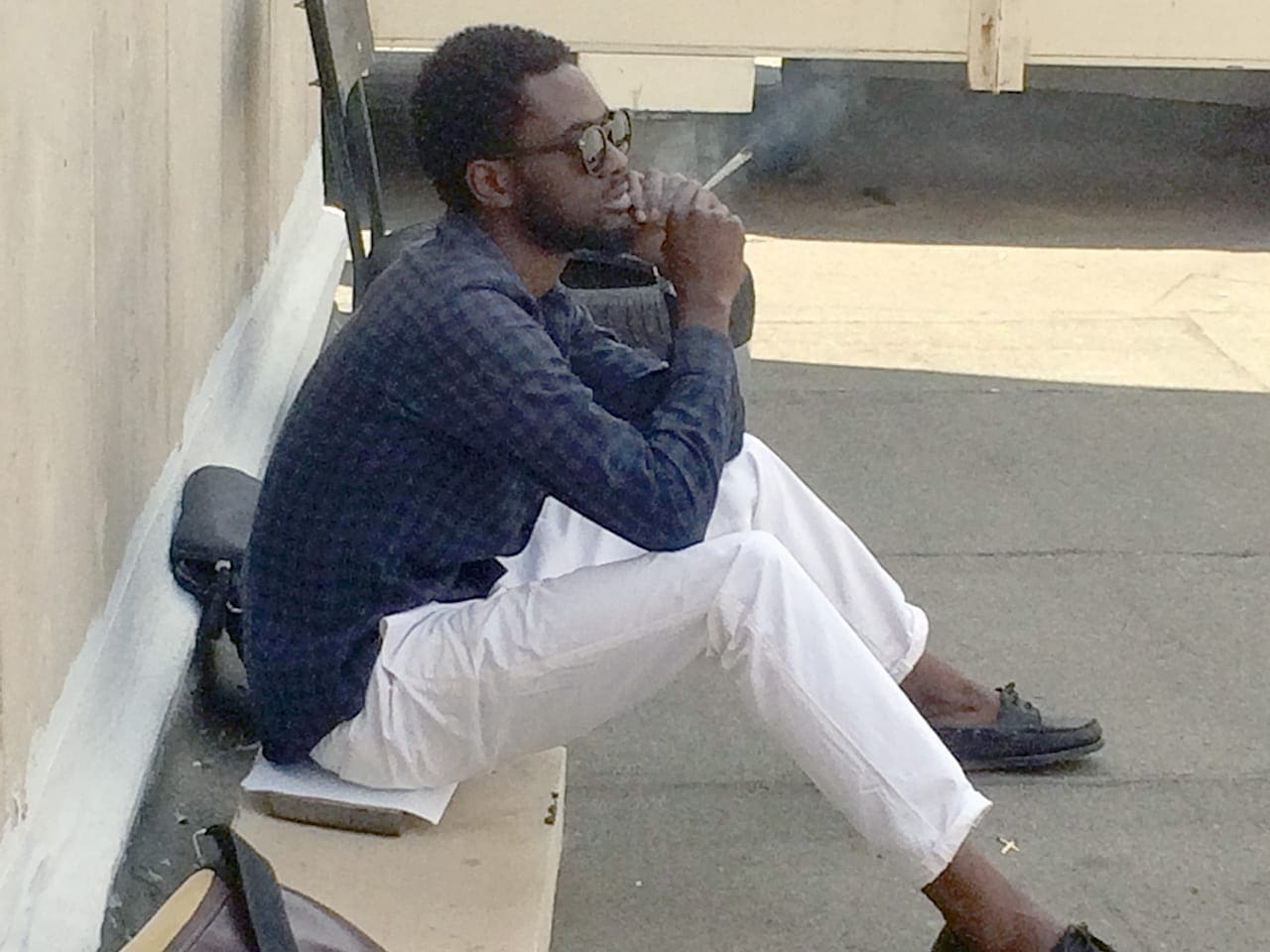Israeli archaeologist unearths largest ancient hiding complex in Galilee: compared to ‘revolt-era safe rooms’
Hundreds of caves and caverns – some natural, some carved in the bedrock, and some serving as shelters in cliff faces – allowed the Jews to hide from the Roman legions. We pieced together a narrative of a people who once called this place a home. It sheltered the community as soldiers battled outside.
- 2 years ago
April 27, 2024
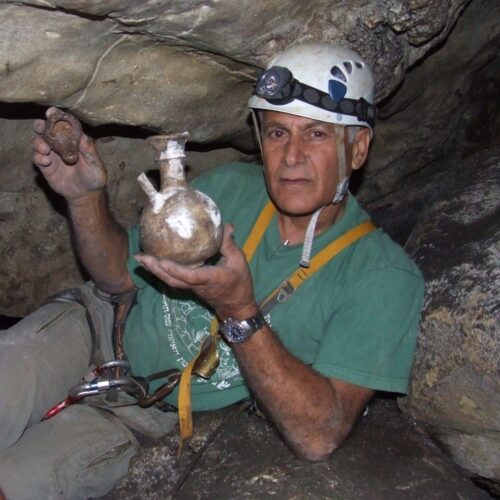
HUQOQ, Israel ꟷ As an archaeologist, I often find myself immersed in the depths of time, looking for stories of civilizations past. Each excavation feels like a new journey into something hidden where I connect with humanity’s heritage. A recent excavation at an old archeological site in Huqoq, nestled deep within the earth, felt extraordinary.
Located in a remote area of Galilee, the site remained covered in mystery for centuries. The Israel Antiquities Authorities (IAA) organized the excavations. This time, the ruins we discovered hinted at a once-thriving complex. I led a team of hundreds of students and civilians to excavate the site. Armed with curiosity, we uncovered the secrets hidden beneath the soil.
Read more stories out of Israel at Orato World Media.
Archeologist is transported back in time, exploring the eight chambers of the Huqoq complex
Having been part of excavation teams in Galilee for years, this project felt uniquely special. Each time we moved forward, we found some hint of the past. We believed what we were finding pointed not just to a living community, but something with a huge role in history. Hundreds of caves and caverns allowed Jews to hide from the Roman legions. Some were natural caves. Others were carved in bedrock or in cliff faces.
We pieced together a narrative of a people who once called this place a home. It sheltered the community as soldiers battled outside. First discovered a half century ago by a member of the Huqoq kibbutz, only now are we properly excavating it. Despite scrutinizing hidden places in Israel and Galilee for years, this place surprised me. It proved to be far more than expected.
Read stories from the Israel-Gaza conflict.
I gained a sense of traveling through time as I passed through each cave. As I moved forward, I imagined all the people hiding and dying inside. The cliffs and surroundings transported me back centuries. I felt pain and shock seeing how people survived in those days. It makes me think about how the Israelis are in war today.
We discovered more than 83 hiding complexes. Many, if not all, apparently date to the First Jewish-Roman war known as the Great Revolt. That war ended in ignominy for the Jews in the year 70 C.E. I believe, based on my studies, the rebels launched attacks on the Romans from concealed dens in Judea. In addition, I believe 16 of the Galilean hiding complexes relate to the Bar-Kochba rebellion. In the subterranean complex in Huqoq, tunnels connect eight chambers. They sit beneath homes that open at the surface like a jewel in a crown.
Archeological discovery noted as most extensive hiding complex to date in Galilee
Digging through layers of soil and sediment requires patience and endurance, and we faced challenges. While developing our physical endurance to work inside the site for hours in burning heat, we also remained careful not to damage any object we found in the earth. We crawled around the site covered in sand everywhere, maintaining a keen eye on detail. Many moments of frustration ensued when progress slowed, barely moving as we uncovered history.
Despite those challenges, the rewards proved immense. Each day new discoveries emerged. After a few months, the first hint at shelter homes in the complex popped up. We discovered hastily constructed walls. Moving further, we found outlines of small, cramped rooms with low ceilings. Some of the walls revealed written scriptures dating back to 132 C.E. A sense of admiration arose for these people, who lived before us, and faced so much difficulty.
In a poignant moment, we discovered a burial site with skeletal remains. The bones offered clues about individual lives – their age, health, and perhaps their personalities. All these impressive discoveries made the Huqoq hiding complex the most extensive in Galilee to date.
A bath house revealed hidden tunnels and chambers, to escape Roman soldiers
In the early Roman period, Huqoq was a Jewish town. It retained its status in the aftermath of the abortive rebellions. The Talmuds, or holy texts of Jerusalem and Babylon, mentioned the sages of Huqoq – Pinhas and Hezekiah – after the Romans kicked the Jews out of Jerusalem and the center of Jewish culture moved to Galilee.
The dating comes from discoveries like pottery, a pretty ring, a knife, and other items. Each room and place in the complex told a story. They were stories of families huddling together in fear and communities banding together to save themselves amidst conflict. We see evidence of the struggles they faced within the walls. Charred timbers hint at fires, perhaps sparked by violence outside. Of great importance, we found the skeletal remains of an individual who perished within the shelter homes. It served as a testimony to war and crime.
One of our discoveries – a mikve or bath used in Jewish rituals – appeared in perfect condition. It had stairs leading down from it and bell-shaped water cisterns. It seemed the Jews of Huqoq preferred survival to ritual purification, however. They converted the mikveh and cisterns into a giant hiding place, making tunnels and chambers in the bedrock. The complex sits about five meters below the surface. They crafted the concealed entrance using the mikveh.
In essence, they destroyed the public water system. However, the chambers enabled people to stay there for long periods. Inside we found lamps, cook pots, and other things. Hundreds of broken dishes from clay and glass lay strewn. The tunnels, dug with 90-degree angles, would hamper the heavily armed Roman soldiers chasing the rebels.
The power of archeology, to uncover hidden truths
Amidst the tragedy of the Huqoq hiding complex, we saw evidence of resilience and hope amongst the community members. Sitting back in the corner of the site sat a crude alter with a smooth surface. Even in the darkest of times, the people found solace in faith and community. The humbling experience of tracing history which dates back centuries and seeing its wonders humbled me.
Being in the site felt like living through the emotional and horrible moments of war. To ensure their stories will be told for years to come somehow feels like I have honored their memory. As I packed up my tools and prepared to leave the site behind, I felt so much appreciation for the power of archaeology. So many truths remain hidden under the surface in this world.
The shelter homes we excavated were more than just crumbling walls and faded artifacts. They represented the stories of the people who lived through the darkest hours of the war. I can now only appreciate the resilience and spirit of those human beings, especially as I see Israel at war again today and thousands of innocent people dying.

